THE GIFT OF LIFE IN A KIT
May 17, 2013
When it was time for me to welcome my baby girl into the world, I checked into a hospital. I had a doctor and nurses and medicine and a clean, safe environment. Everything was sterile. Everything was clean. Everything was safe.
I am so grateful for these modern day conveniences– for the luxuries I am afforded simply because of the place I was born and raised. But there are many, many women who are not in my circumstances. They labor and push and welcome new lives on dirt floors, or in the case of 30-year-old Tewabech Kutambo, on the side of the road.
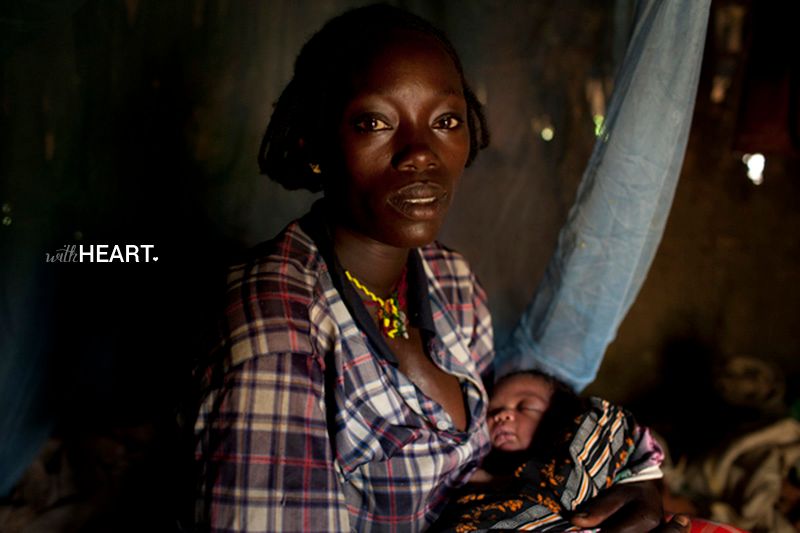
She was on her regular two hour walk back from fetching water for her family when she went into labor. Tewabech lives in a small village called Lahyte, 370 miles south of Ethiopia’s capital, Addis Ababa. With no one around, and heavy containers of water on her shoulders, she labored by herself. She delivered her own baby girl, washed off with some of the water she was carrying, then after resting for a little while, she picked up her baby in one hand and water cans in the other, and continued the long walk home.
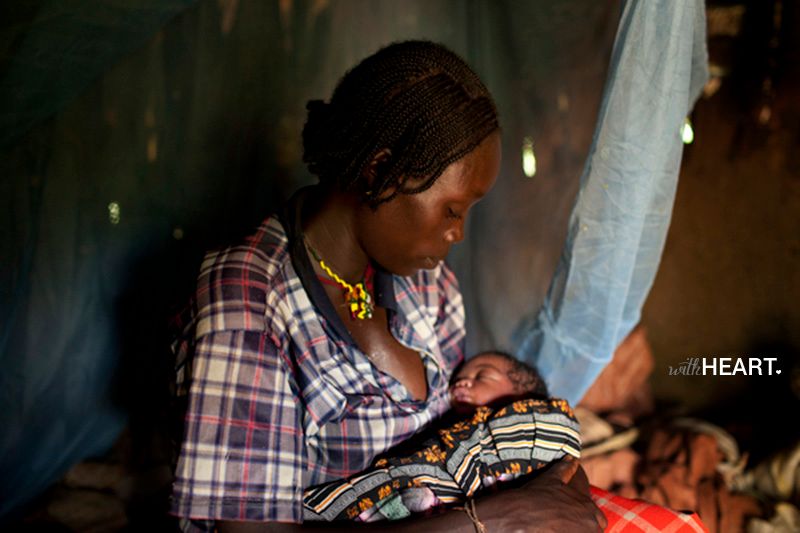
Sadly, Tewabech’s story is not uncommon. Mercedes White, a journalist with the Deseret News, wrote a beautiful article highlighting the need for clean birth kits. Every year 57 million women worldwide give birth without the help of a trained health worker, according to the World Health Organization. “It is often the case that they will give birth on the dirt floors in their homes,” said Dana Allison, executive director of Women’s World Health Initiative. In these circumstances, the risk of infection to mothers and babies is extremely high. And in the developing world, where access to antibiotics is limited, infections are fatal. In this sense, Tewbech and her daughter are lucky. Although the delivery was traumatic, neither contracted an infection.
These simple kits– containing simple hygiene items– dramatically decrease the risk of infection and death for both the baby and mother. And there’s an easy way you can help. $2 pays for a single kit.
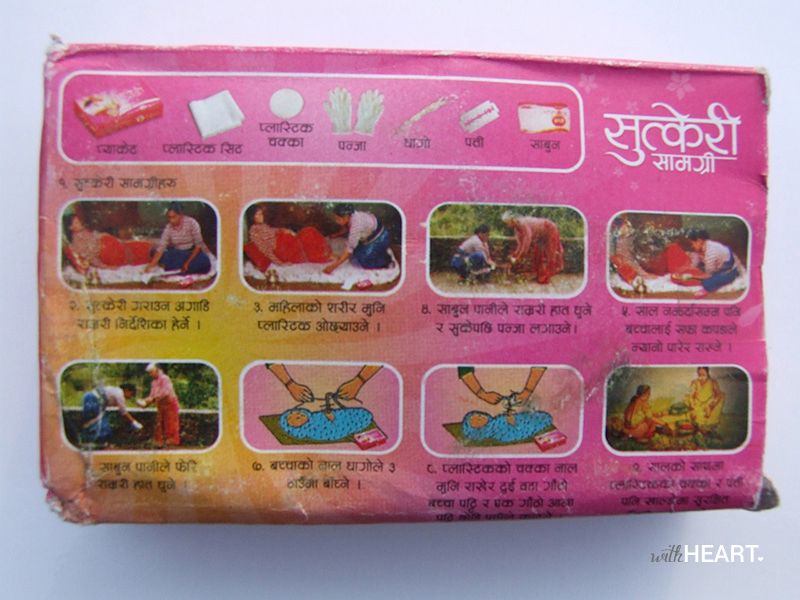
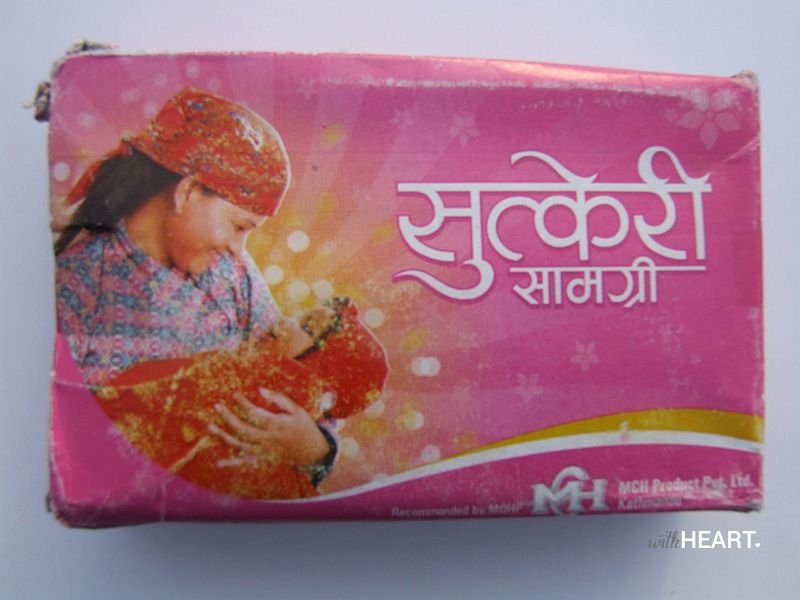
I propose we make this Friday a FEEL GOOD FRIDAY pay it forward. There are several ways you can help provide birth kits.
United Nations Population Fund
Focuses on distributing clean birth kits in conflict regions and refugee camps. From its website: “In a crisis situation one in five women of childbearing age is likely to be pregnant. Conflicts and natural disasters put these women and their babies at risk because of the sudden loss of medical support, compounded in many cases by trauma, malnutrition or disease, and exposure to violence.” An $11 donation covers the cost of clean birth kits for three women. The group also provides options for donors to fund a midwife or purchase supplies for clinics. Donations are accepted online at http://www.globalgiving.org/projects/unfpa-clean-birthing-kits/
Worldwide Healing Hands
This organization was started by Paula Dhandra, a California based OB-GYN. Dhandra’s organization supplies clean birth kits to women in Haiti, Chad and Nepal. Each life-saving birth kit costs $2. Dhandra’s organization also focuses on training local women as midwives. “We teach them what is normal and then what to do when things aren’t,” said Dhandra. A $300 donation covers the cost of training one woman to be a midwife for the village. In addition to helping deliver babies, the midwives learn how to take blood pressure, how to tell if a baby is breech, what to do if a woman is hemorrhaging and how to help a new baby breathe. For more details on donating to Worldwide Healing Hands, visit http://www.worldwidehealinghands.org/how-you-can-help.html
Ayzh
Unlike organizations that are nonprofit, Ayzh is a for-profit social venture operating in Bangladesh. The organization sells low-cost clean birth kits to two different customer groups: medical institutions, which re-sell the kits to women, and nonprofit organizations, which supply kits to women free of charge. The organization uses a B2B business model enabling them to have better access to the women they seek to help. The kits cost about $2, which includes the cost of materials and the labor to assemble the kits. For more information or business partnership inquiries, contact the organization at http://www.ayzh.com/
Doing it yourself
Get together with friends and make your own clean birth kits to send to women in developing countries. Adriel Booker, an Australia-based blogger, collects pre-assembled clean birth kits year round. She donates the kits to MedicalShip, an organization that sends medical supplies to Papua New Guinea, where one in seven women die during childbirth. Each kit should contain the following:
1. Soap (for the birth attendant to wash her hands). Use a hotel-size soap or cut a regular bar of soap into 1/8-sized pieces. (Microwave the bar of soap for 30 seconds to soften it for cutting).
2. One pair of plastic gloves (for the birth attendant to wear).
3. Five squares of gauze (to wipe the mother’s perineum and baby’s eyes). Gauze pieces should be about 10×10 centimeters or 3×3 inches.
4. One blade (to cut the cord). You can buy individually wrapped sterile blades at a pharmacy or buy utility blades (much cheaper) at a hardware store. Women are taught to boil the blades for sterilization, so utility blades work just fine.
5. Three pieces of string (two for tying the cord, one for “just in case”). String should be about 30 centimeters or 10 inches long.
6. One plastic sheet (for a clean birthing surface). Sheet should be approximately 1×1 meter or 1×1 yard and can be purchased at a hardware or paint store.
7. One sandwich-size ziplock bag (to pack the contents).
Pre-assembled kits can be sent to Adriel Brooker, Bloggers for Birth Kits, P.O. Box 6221, Townsville, Queensland, 4810, Australia. For additional questions, consult her Web page, http://themommyhoodmemos.com/2012/08/bloggers-for-birth-kits-faq.
Photos provided by Water Aid America and World Wide Healing Hands
Won’t you help?

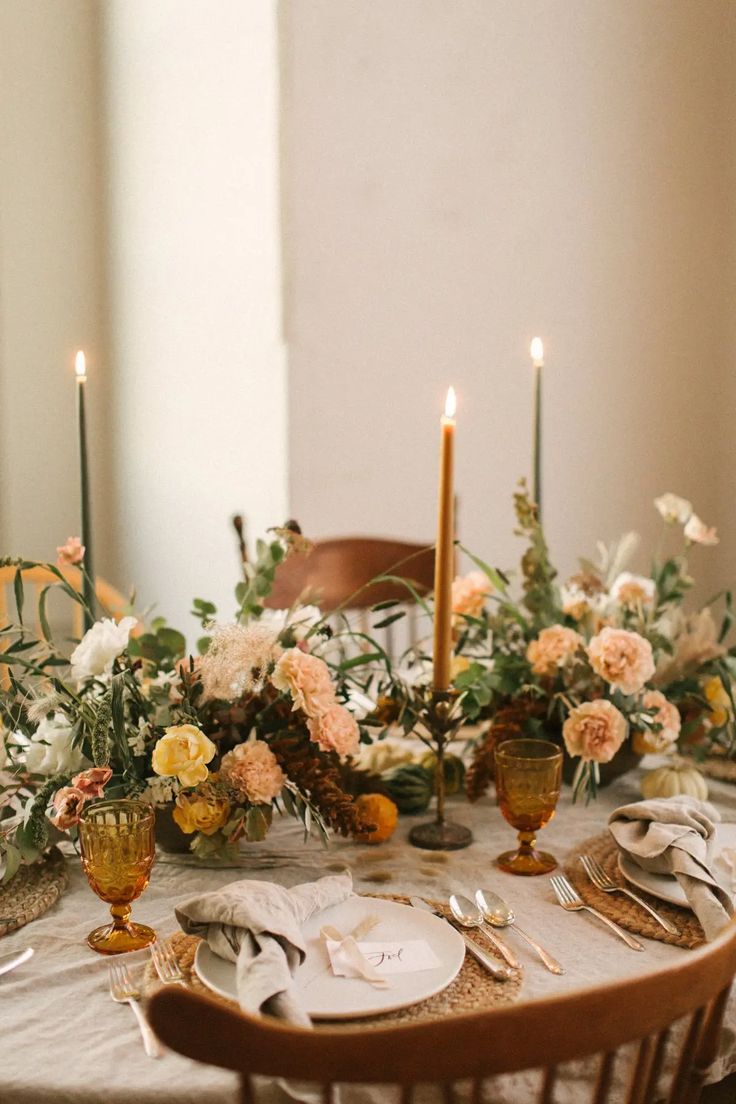
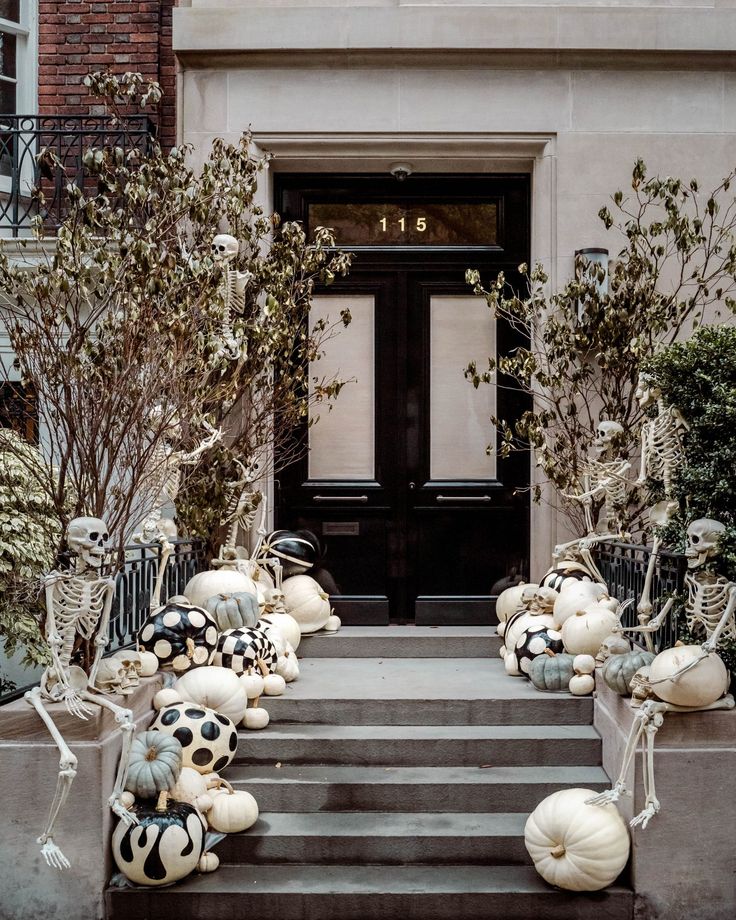

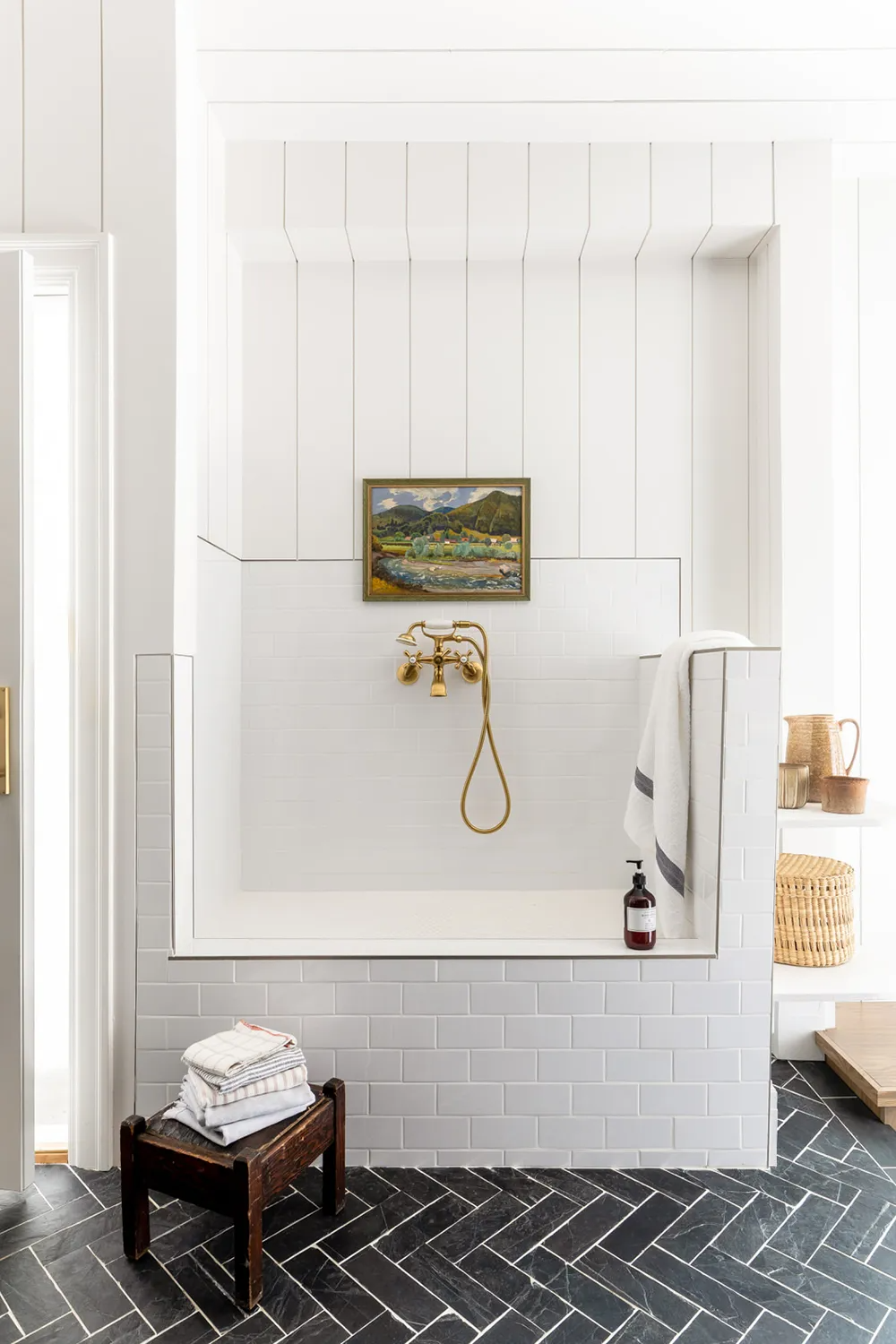
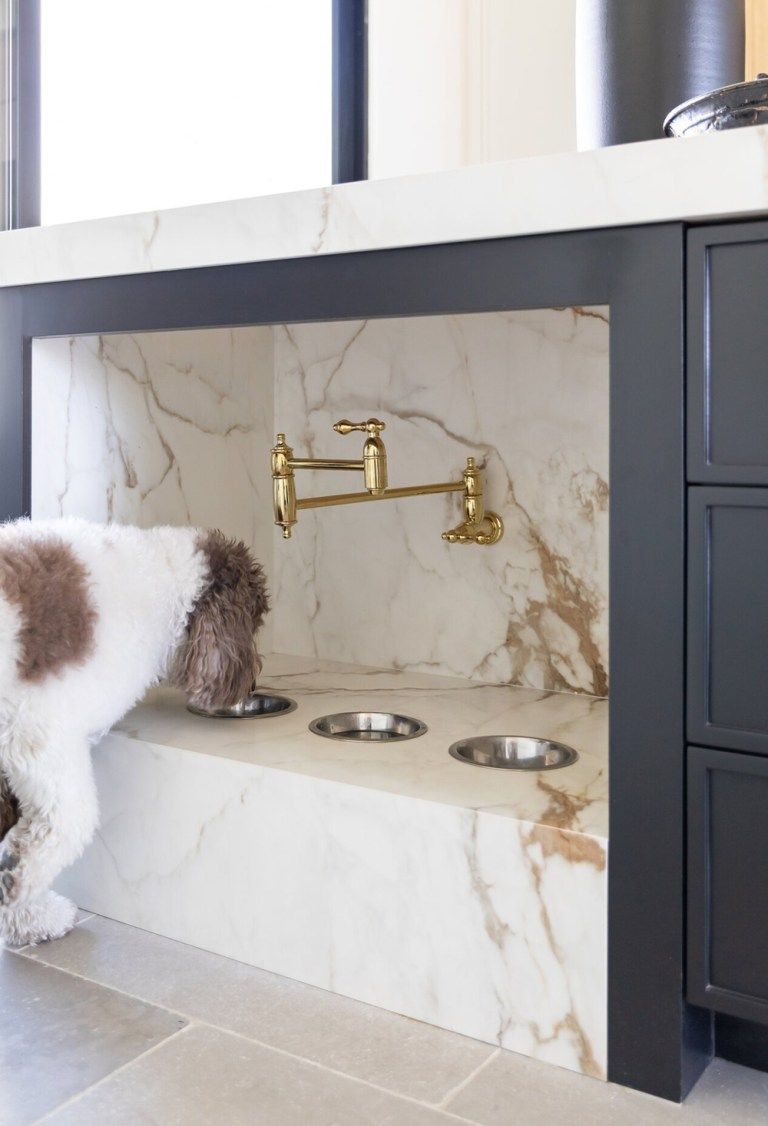
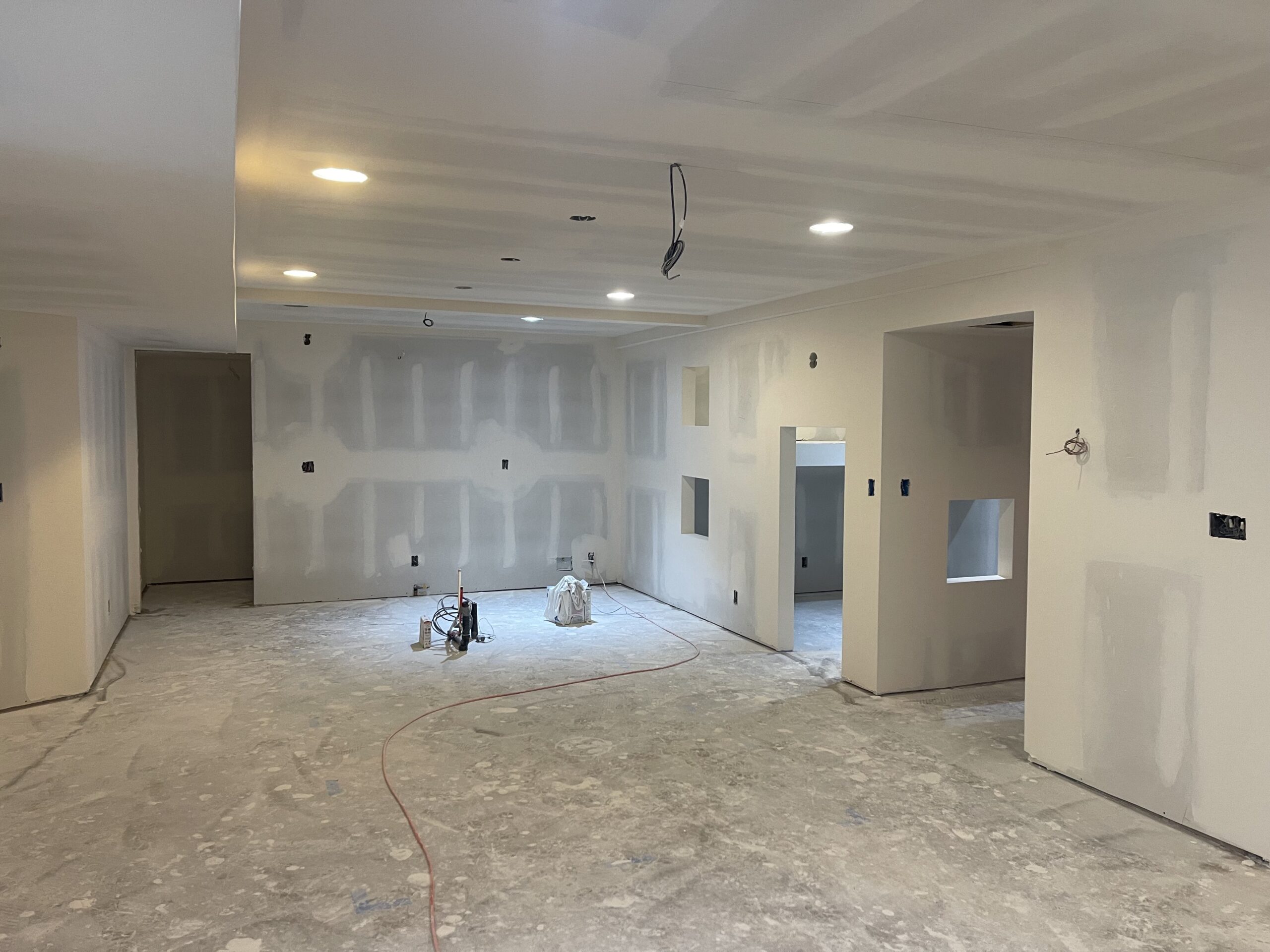

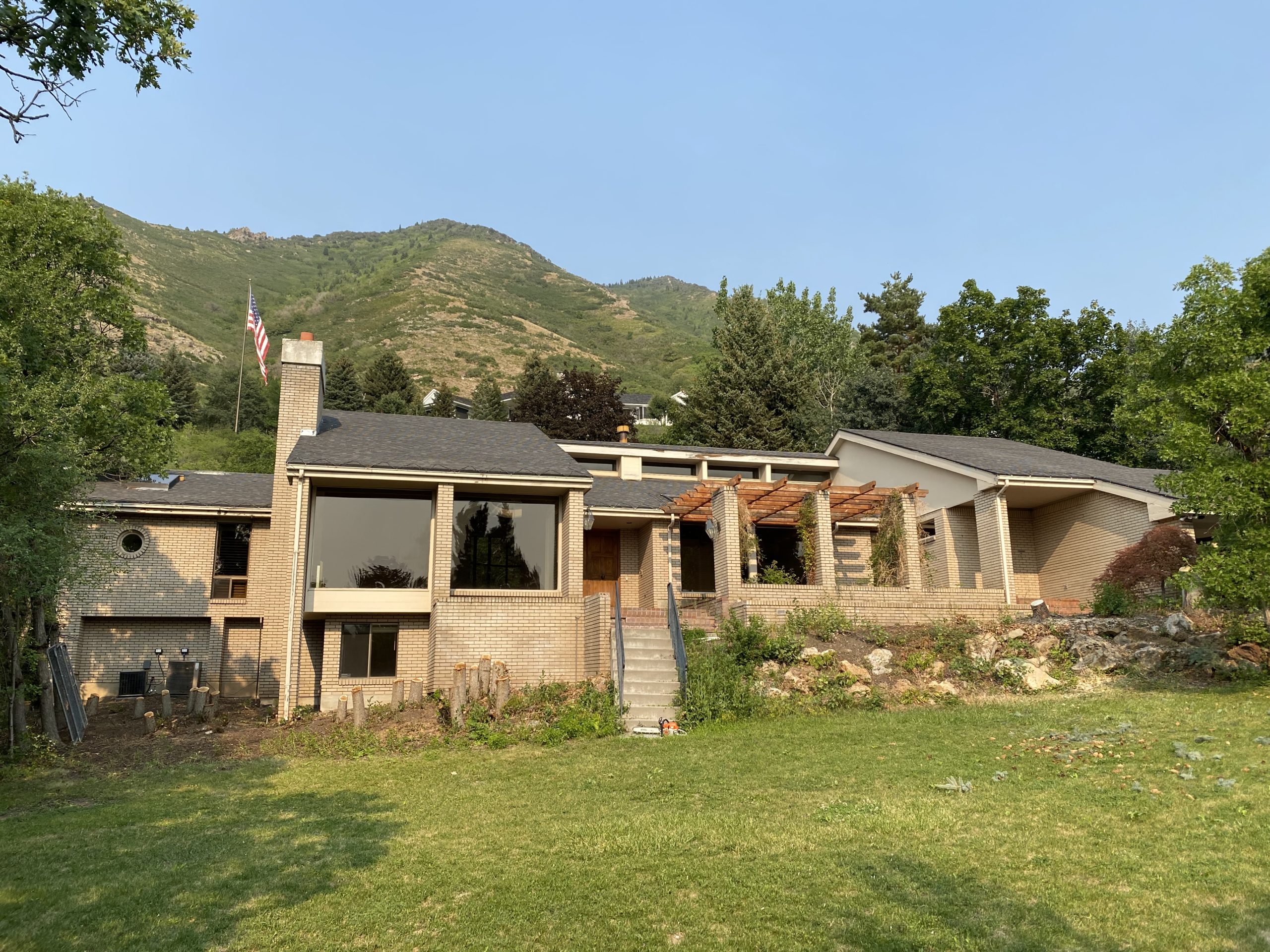
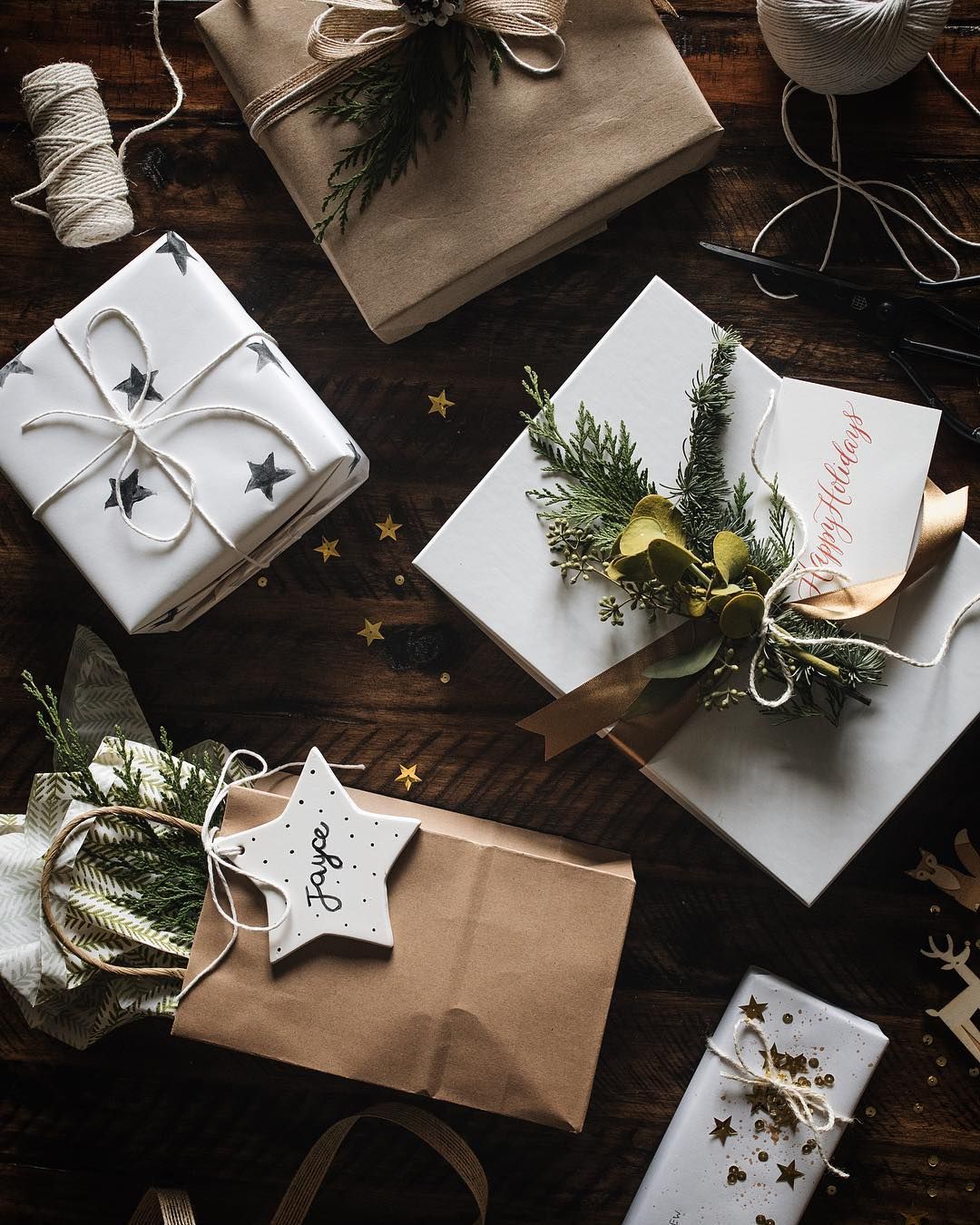
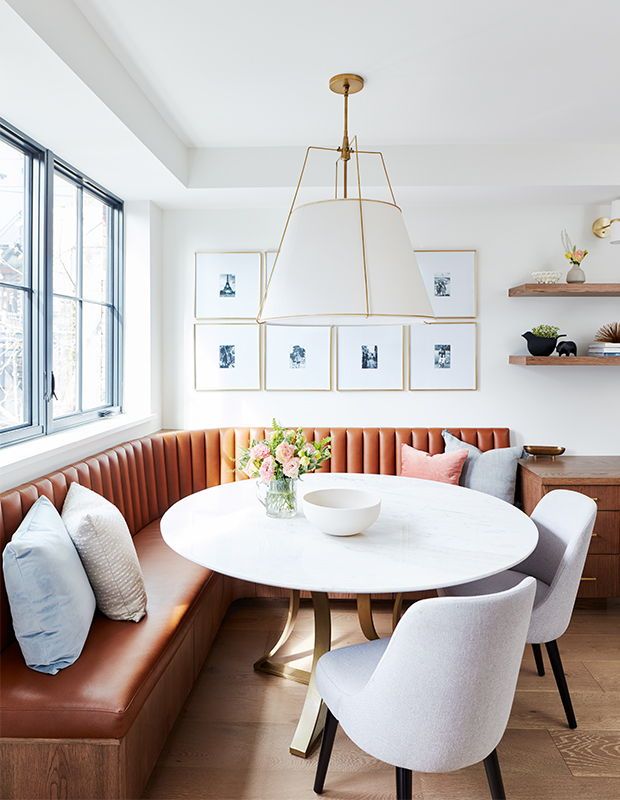
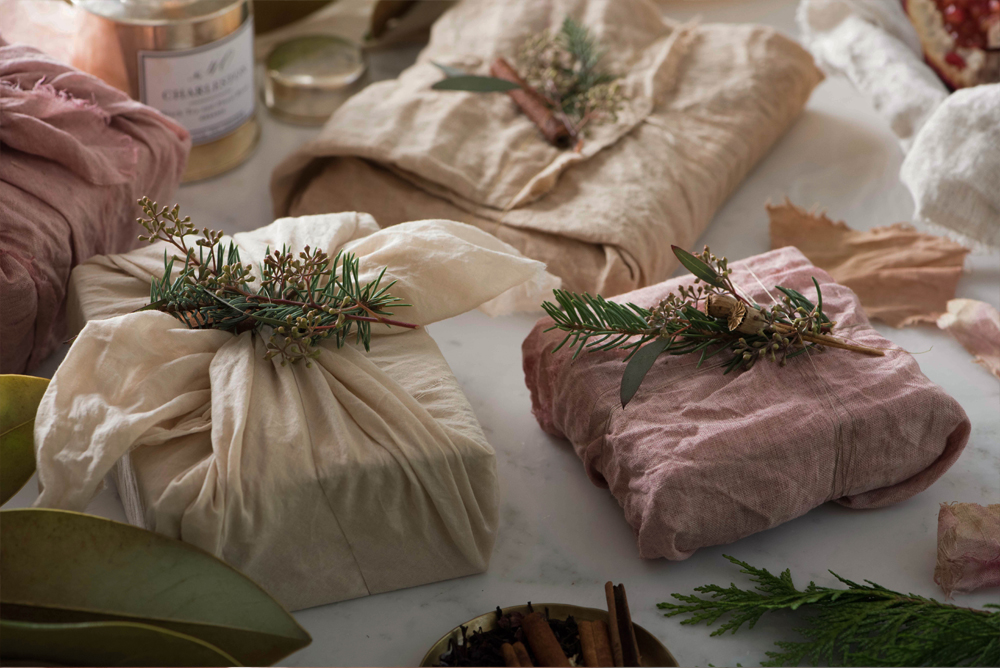
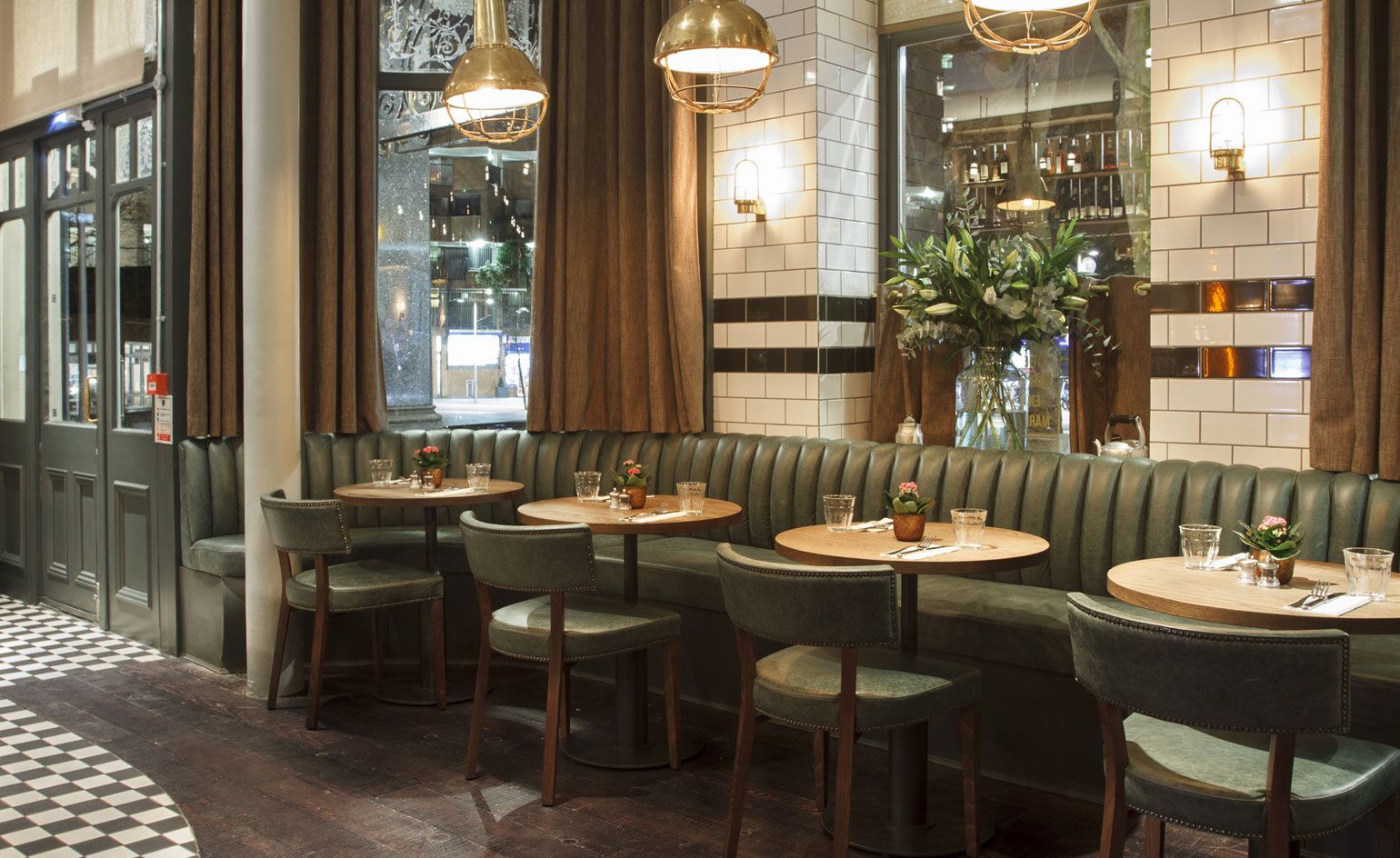
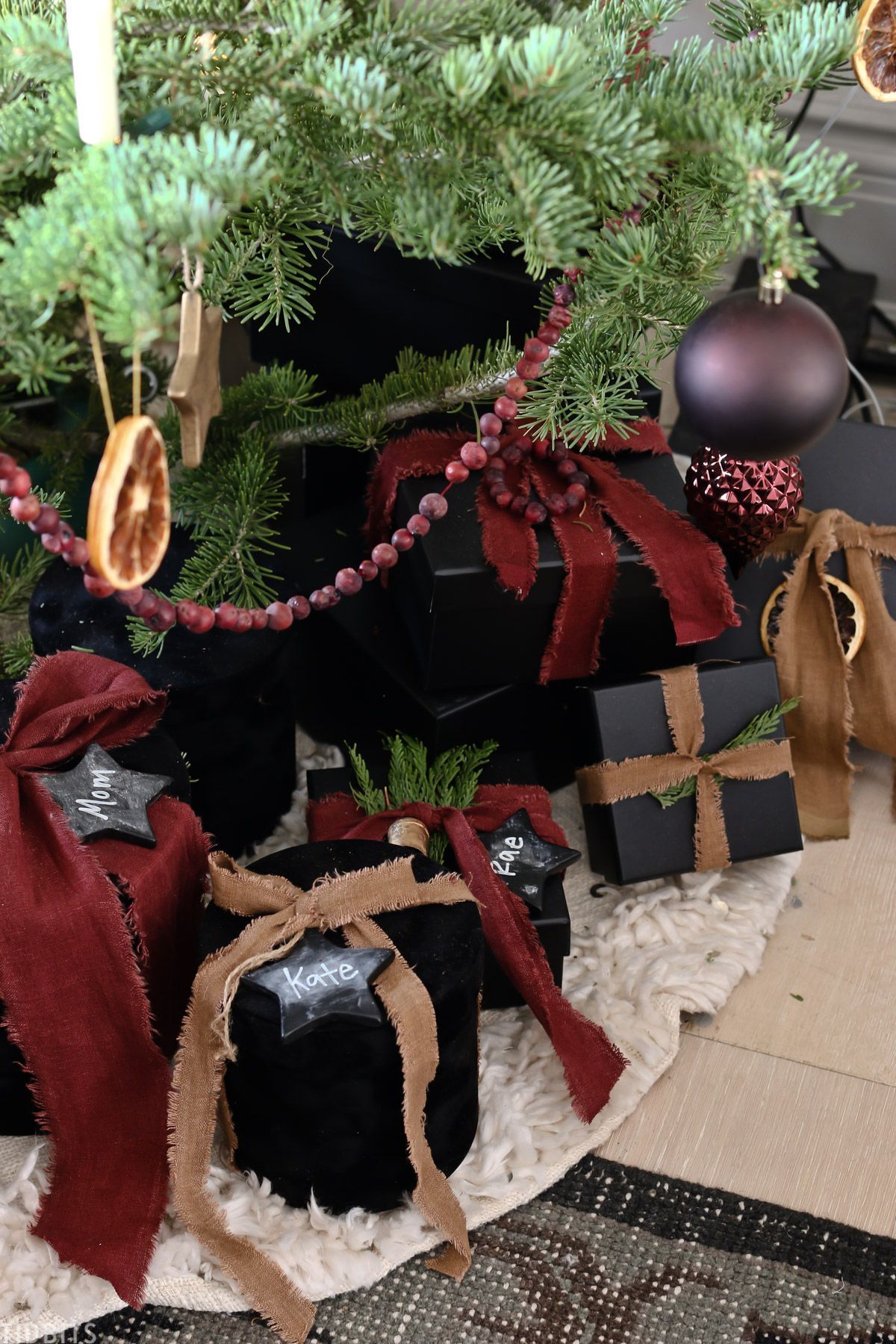
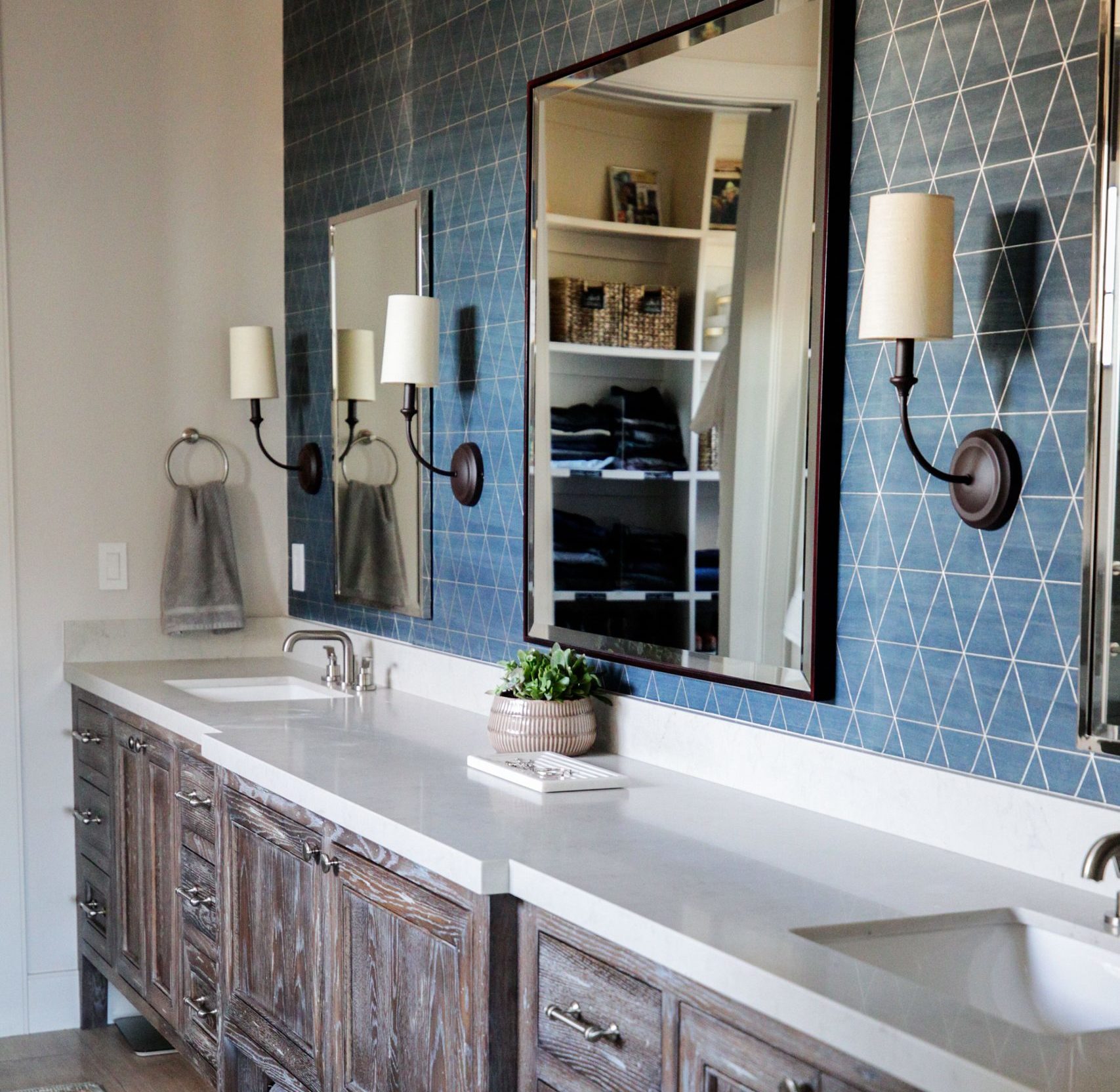
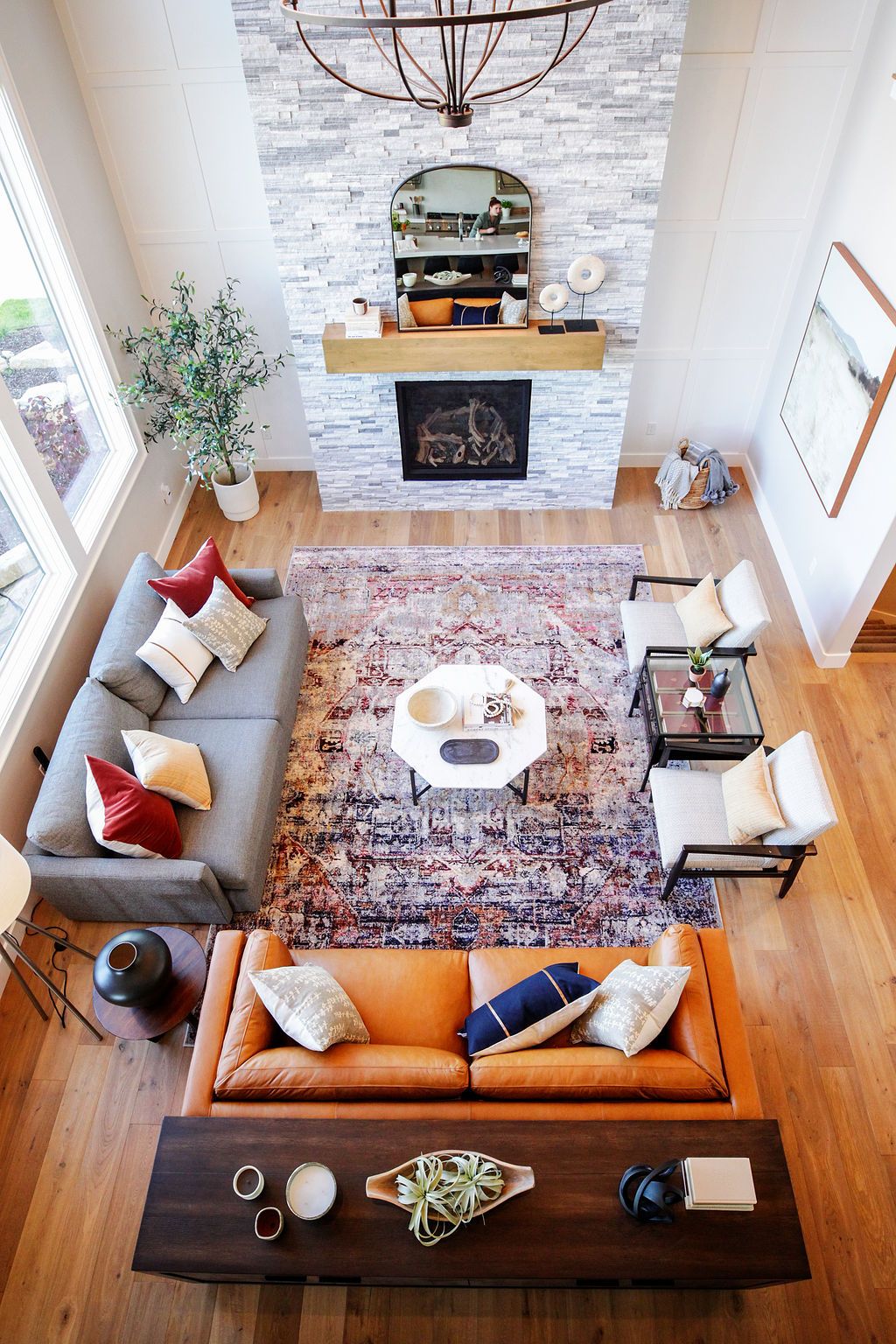
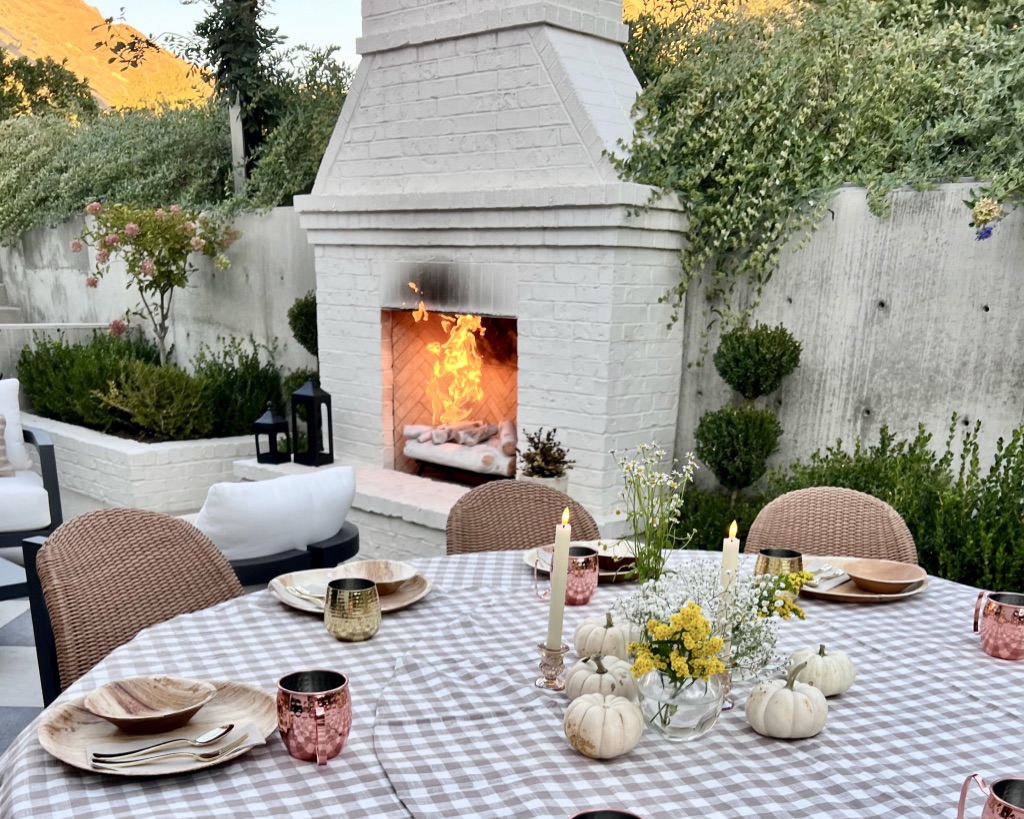

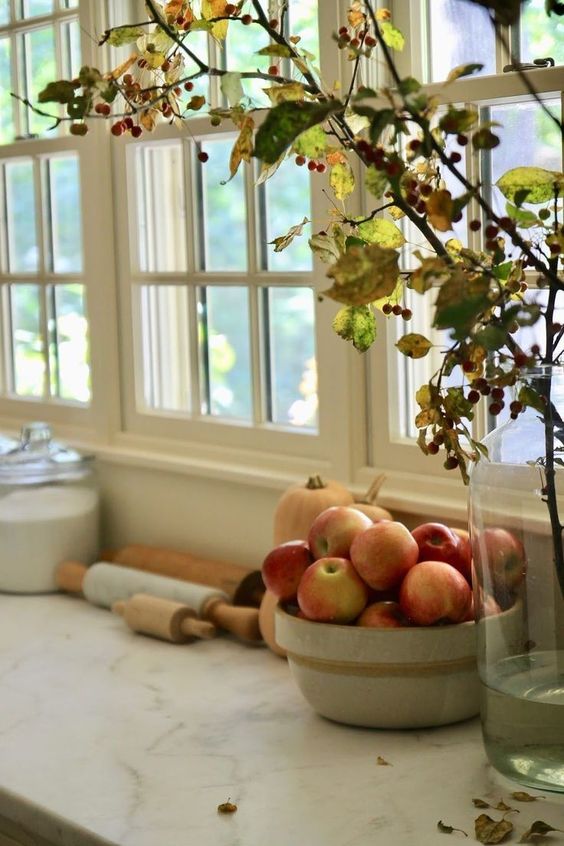
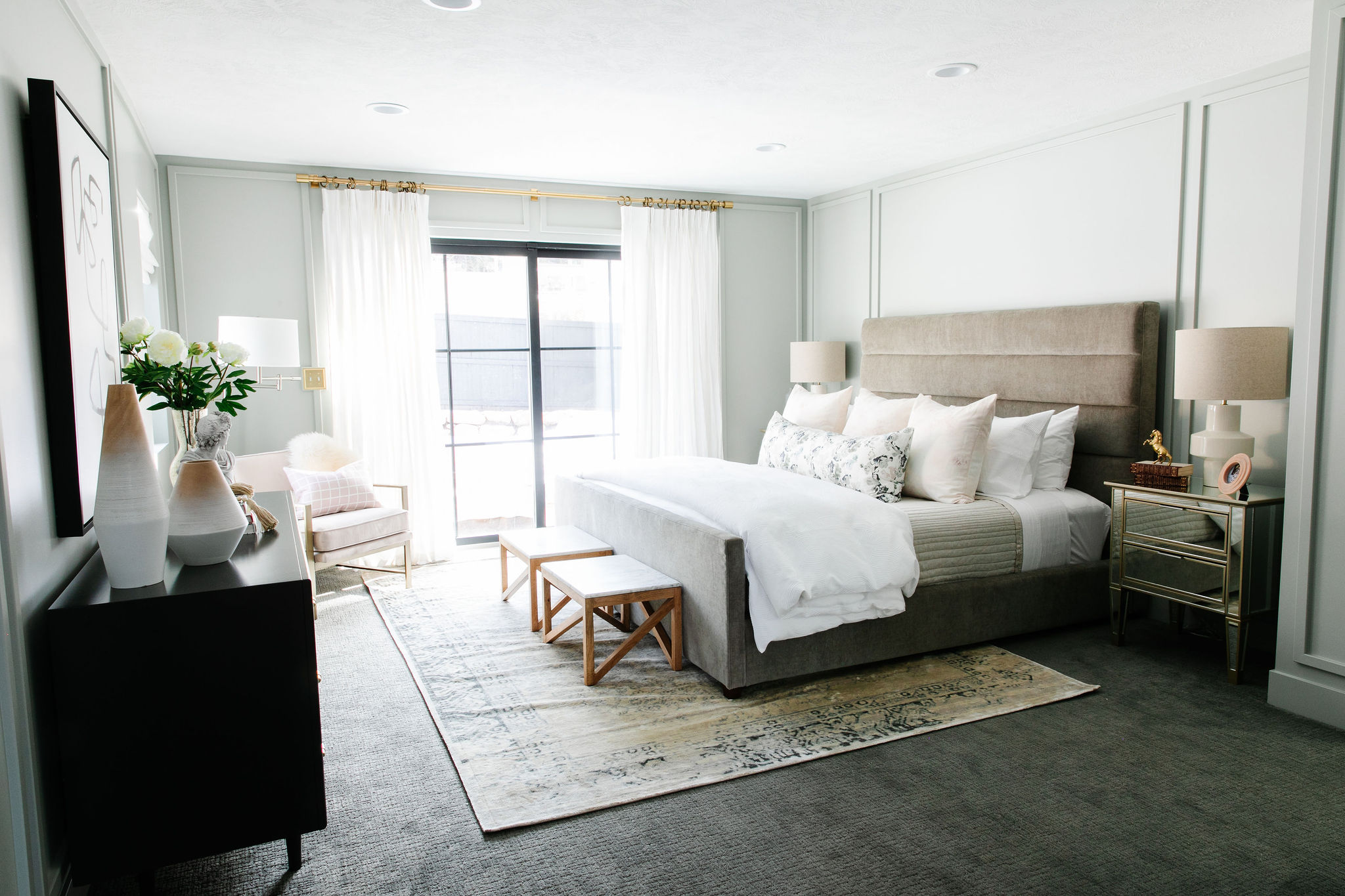
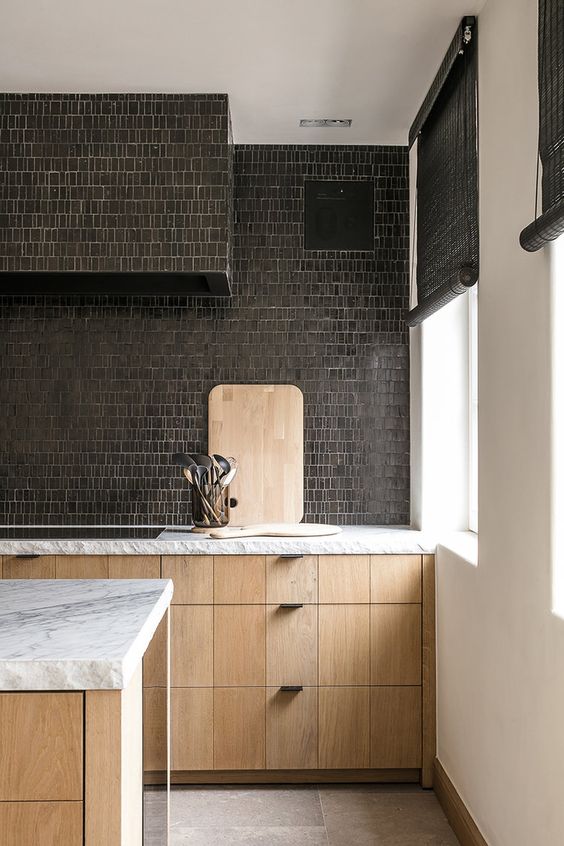

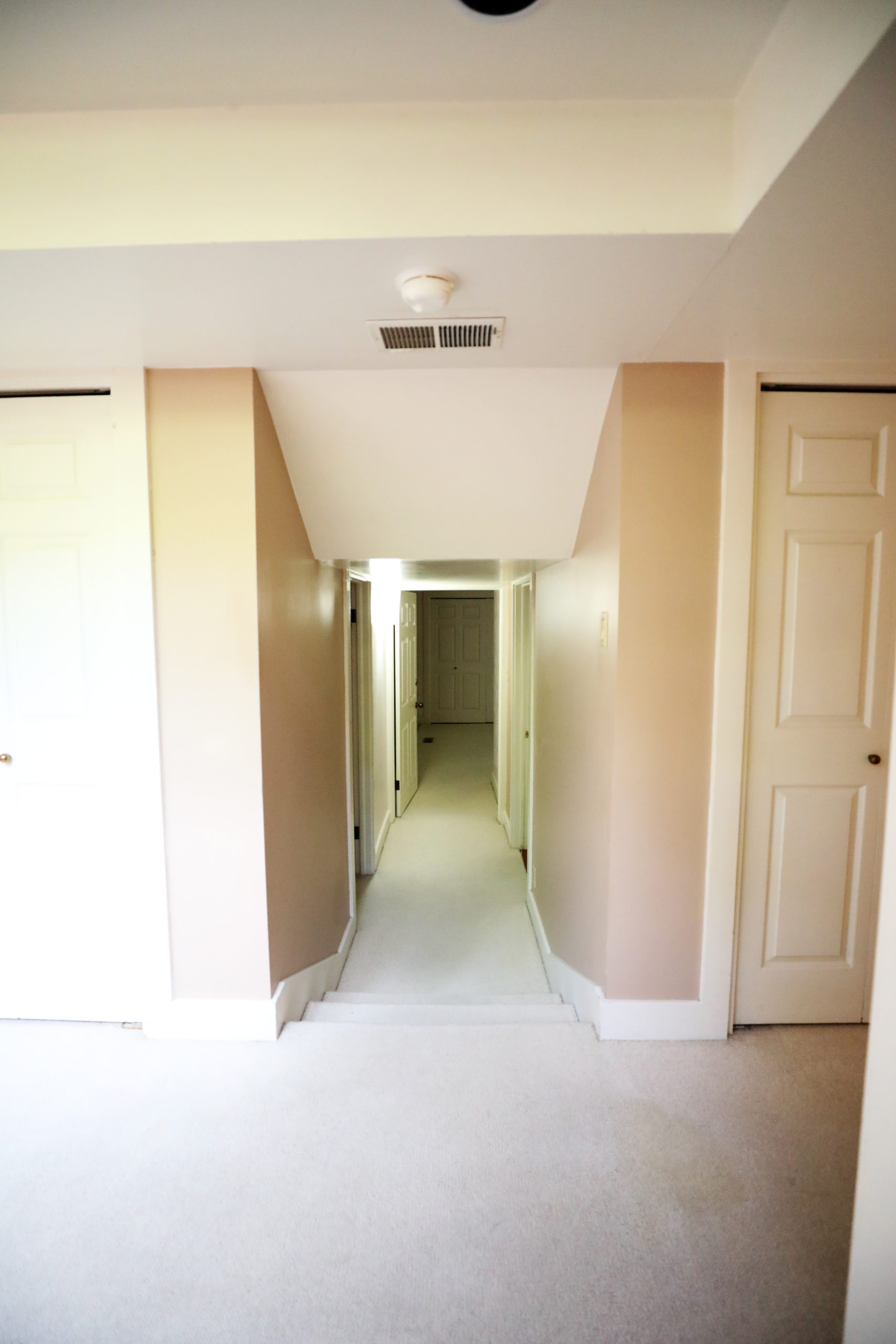


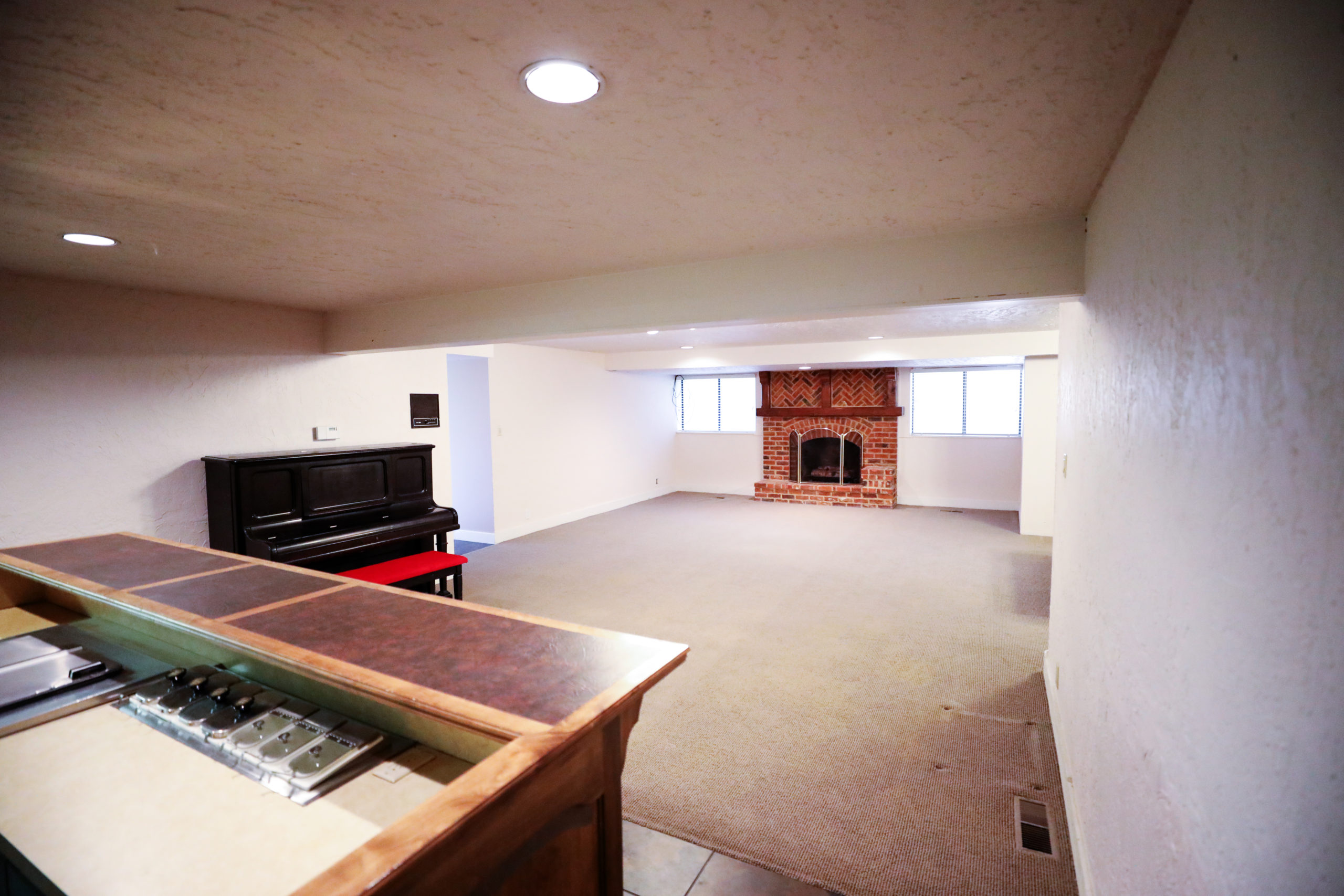
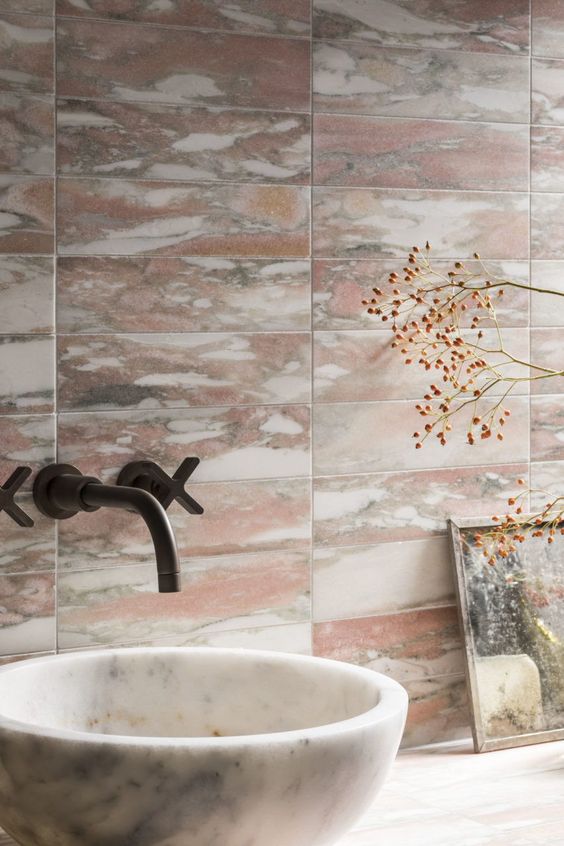
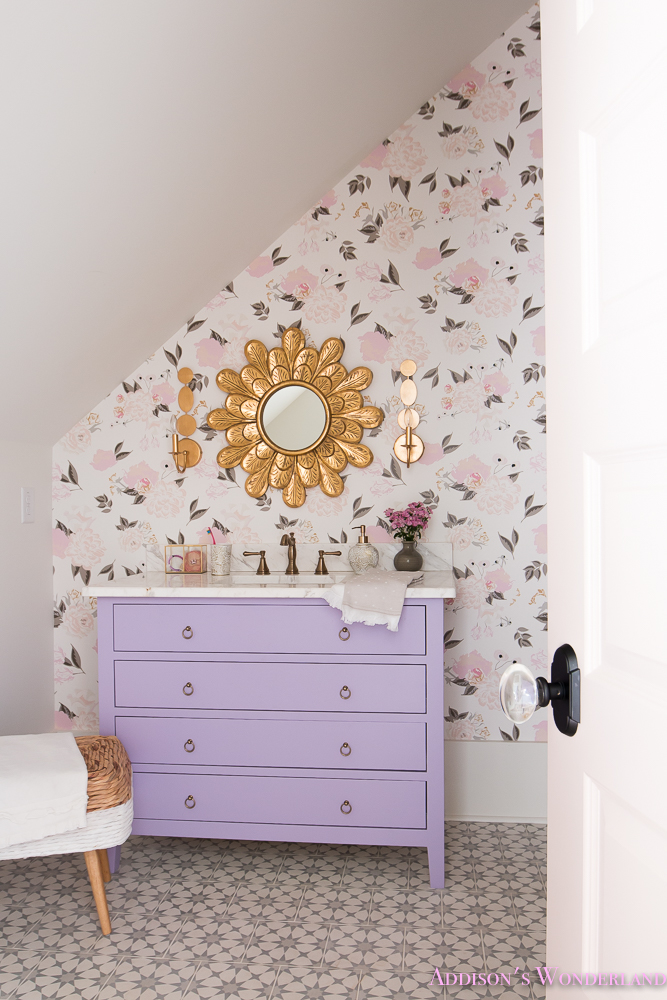
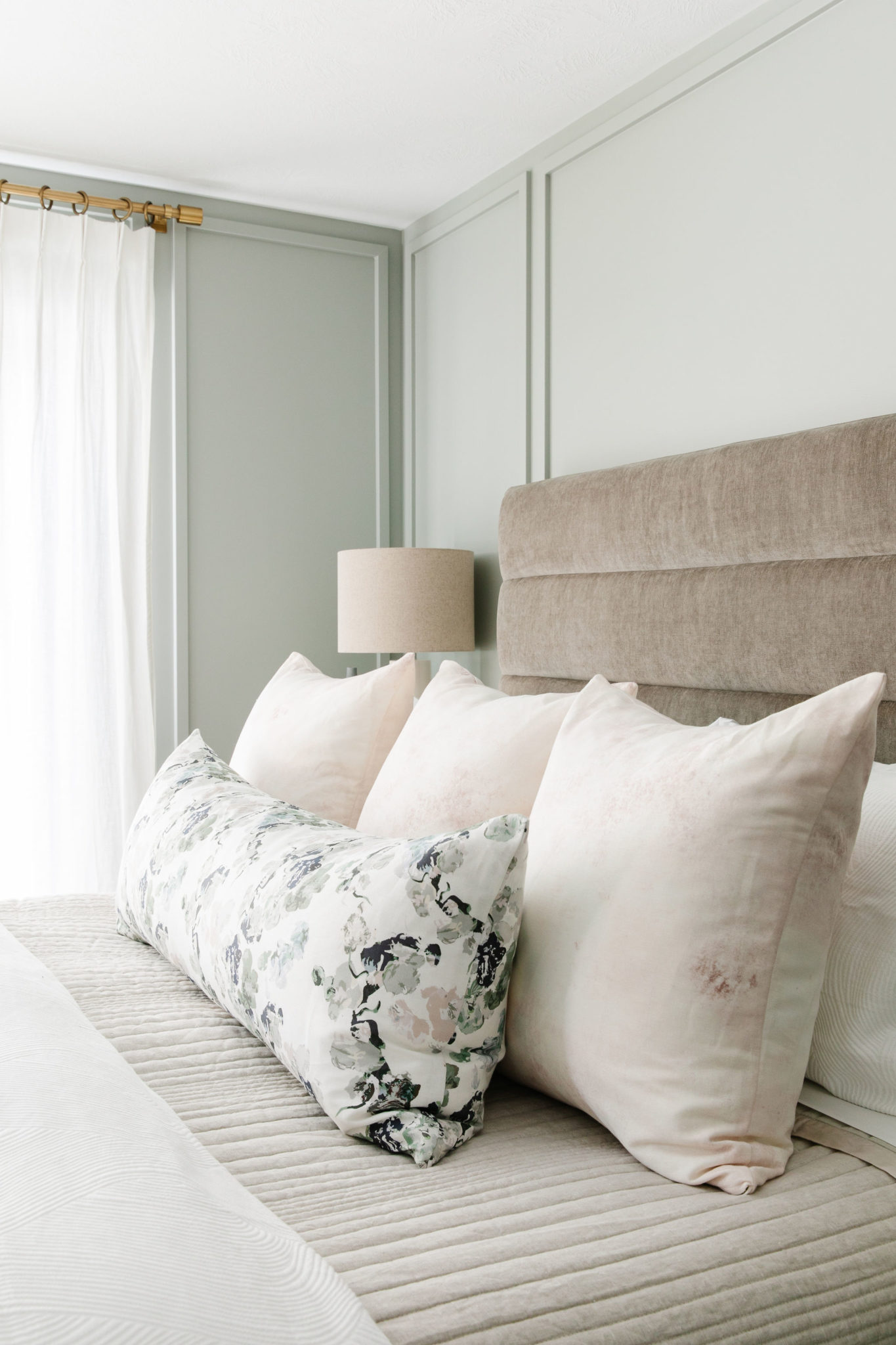

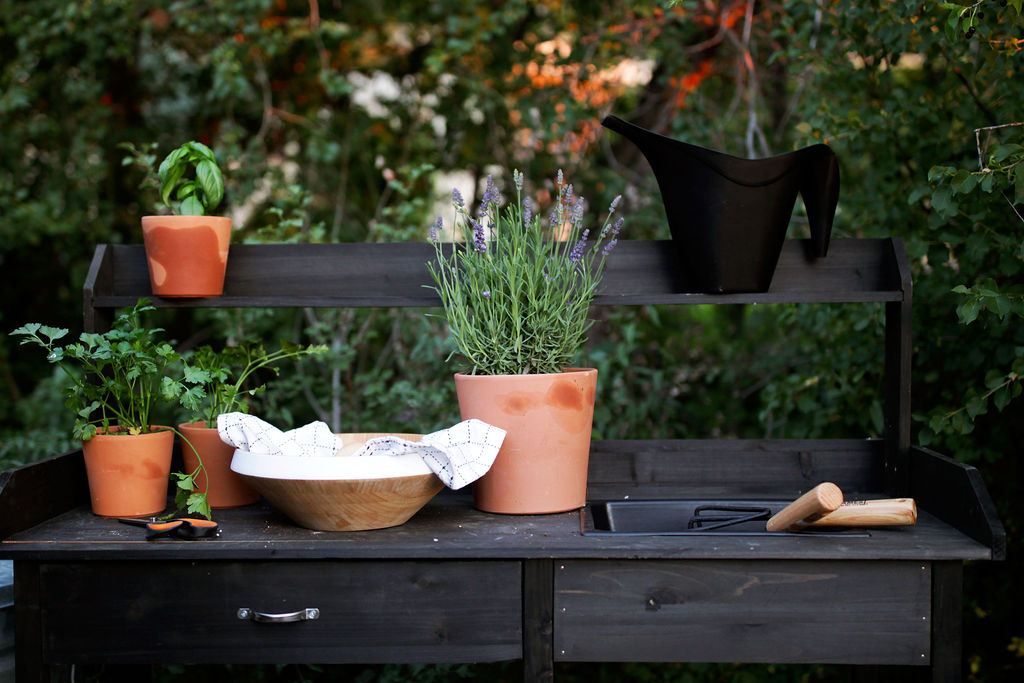
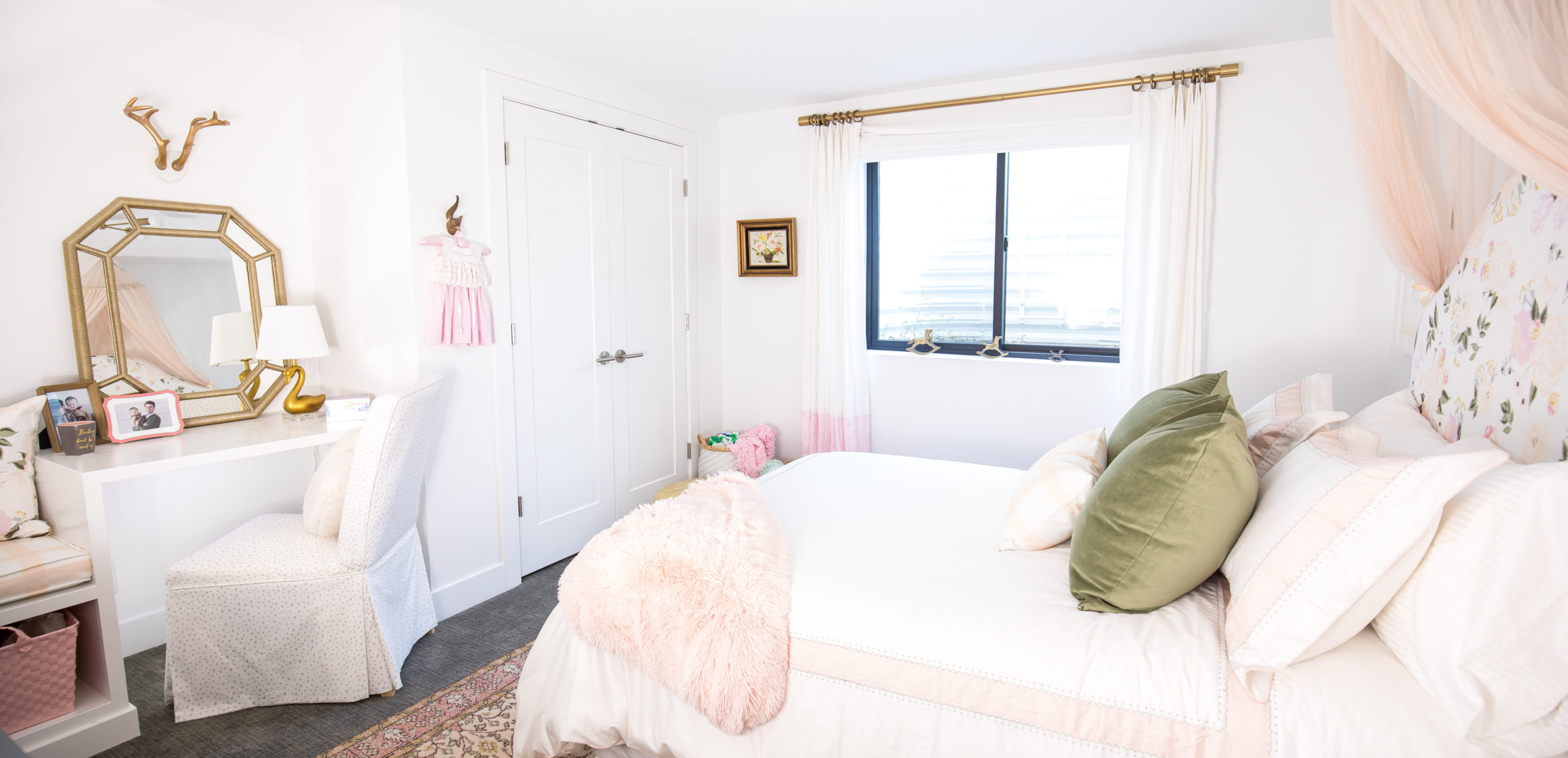
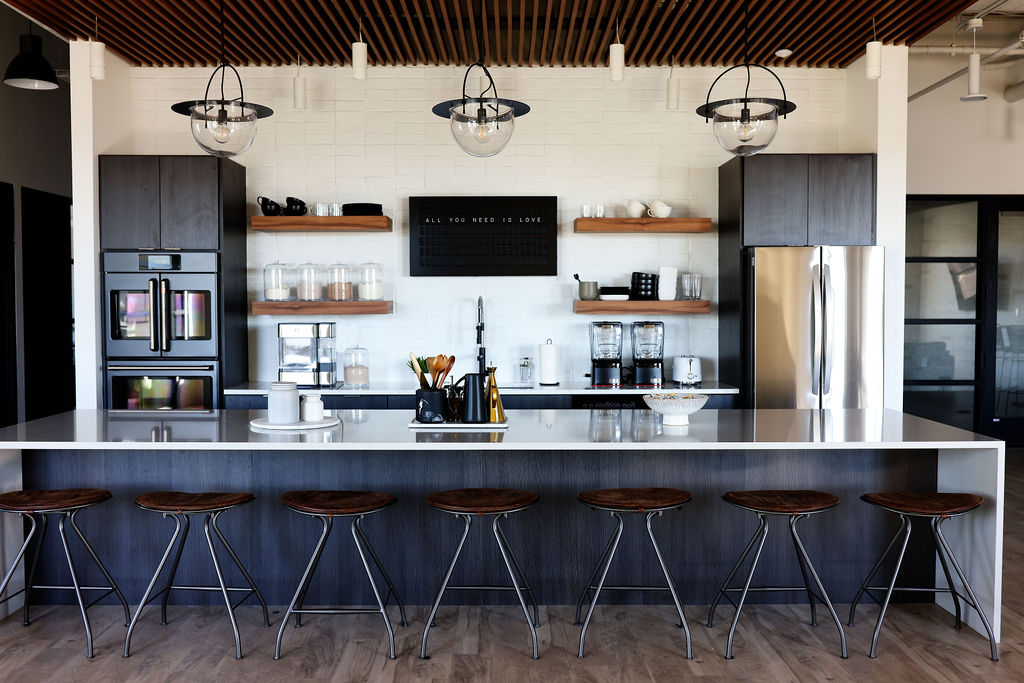
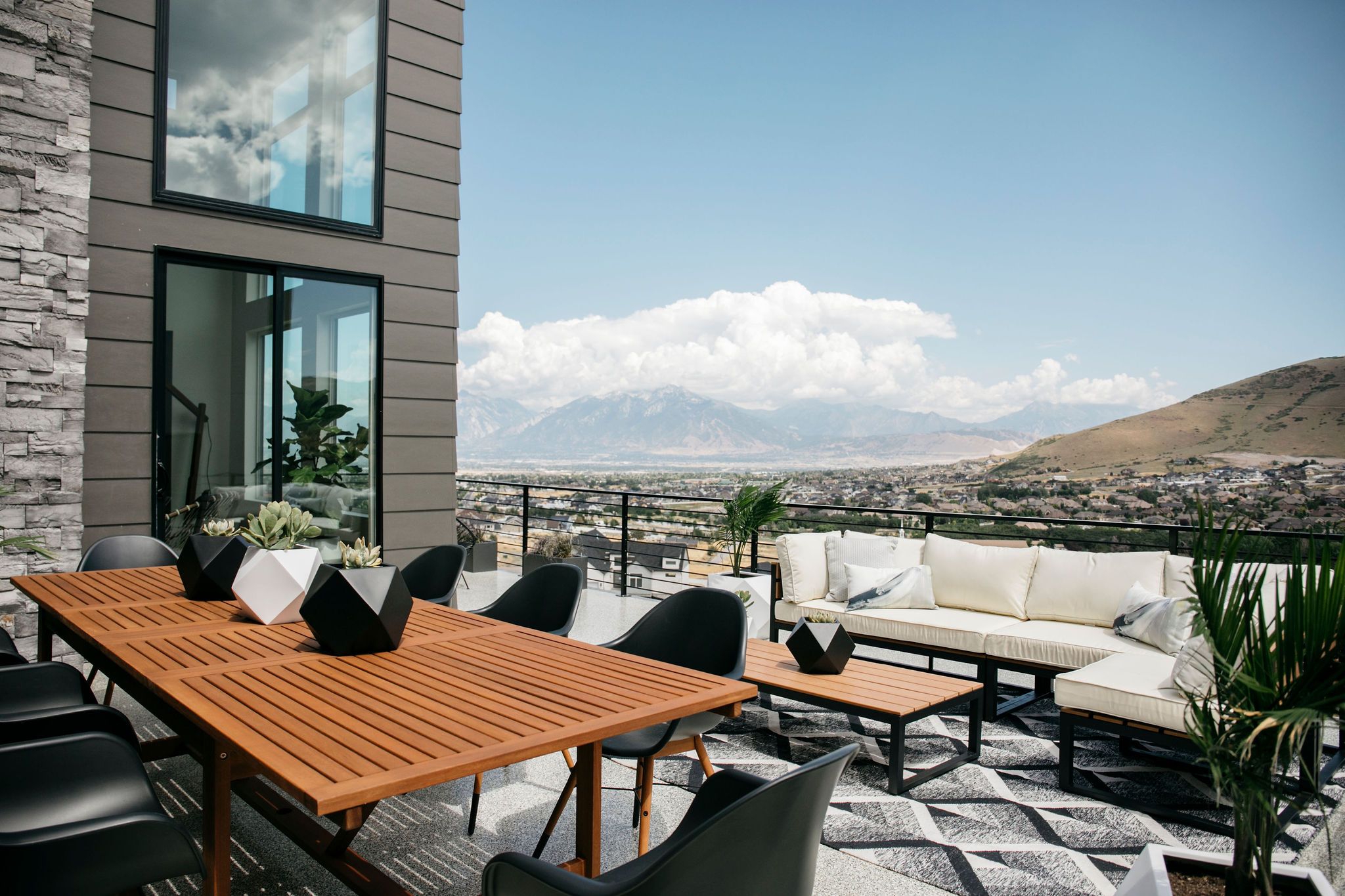


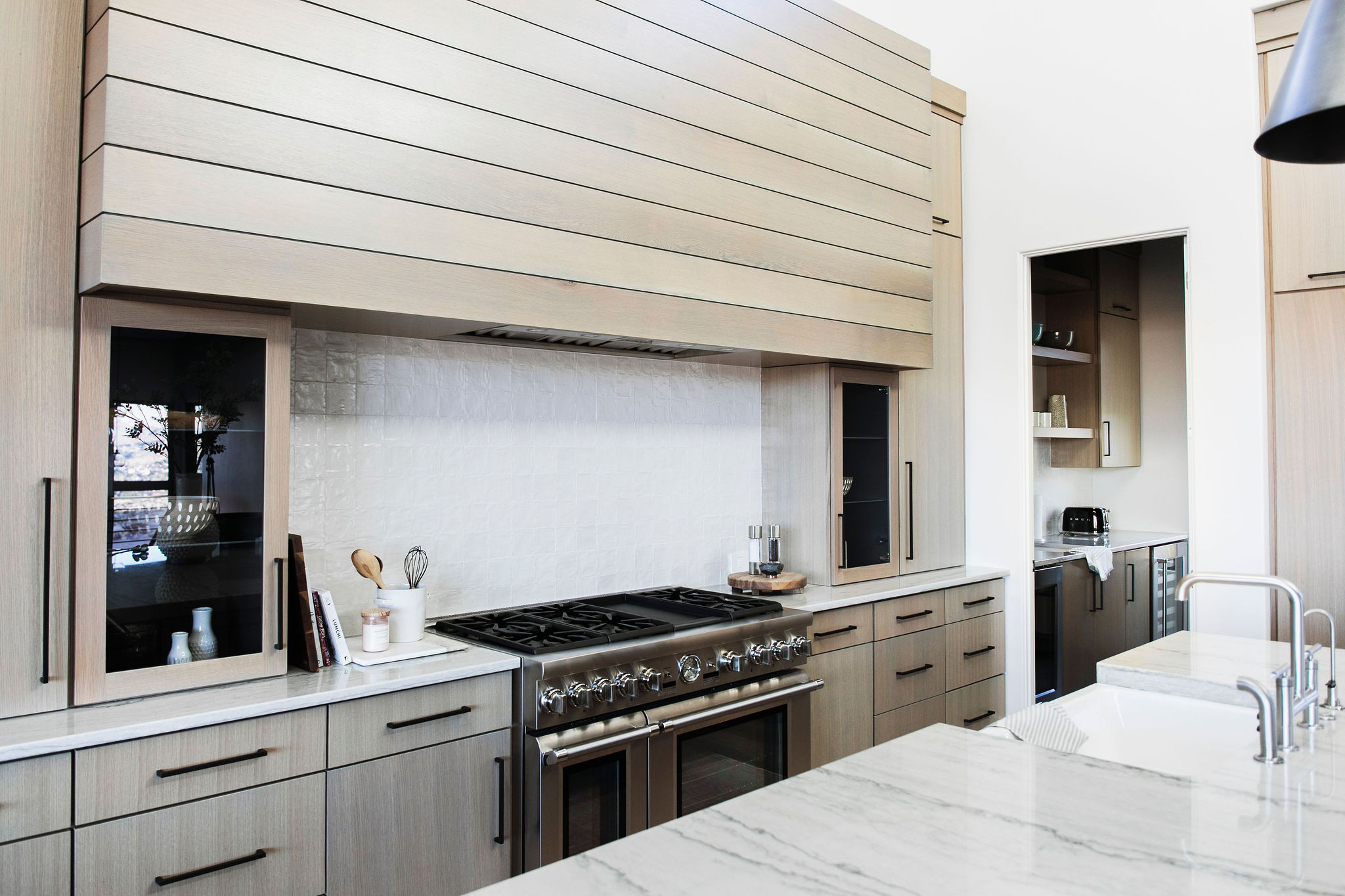


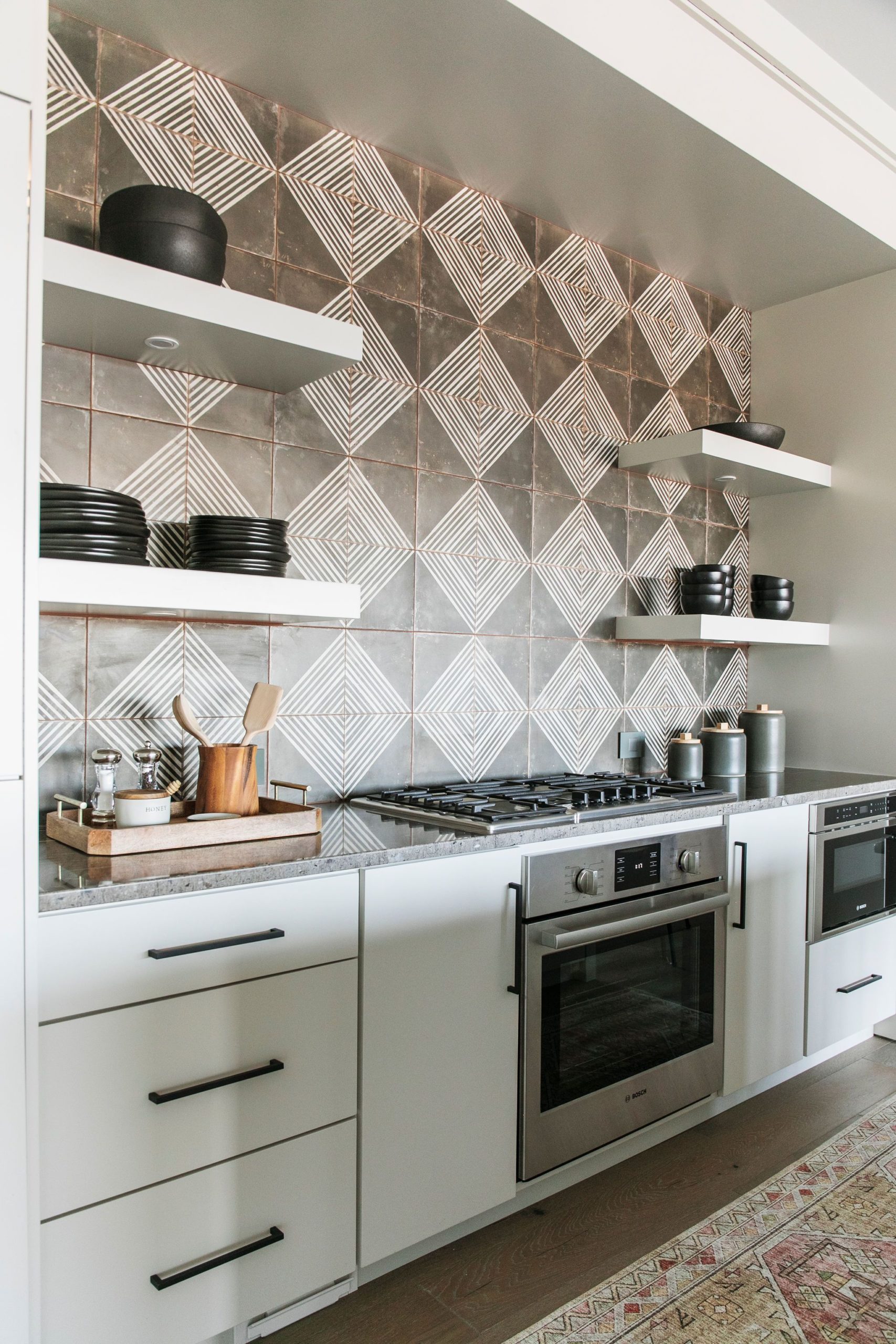
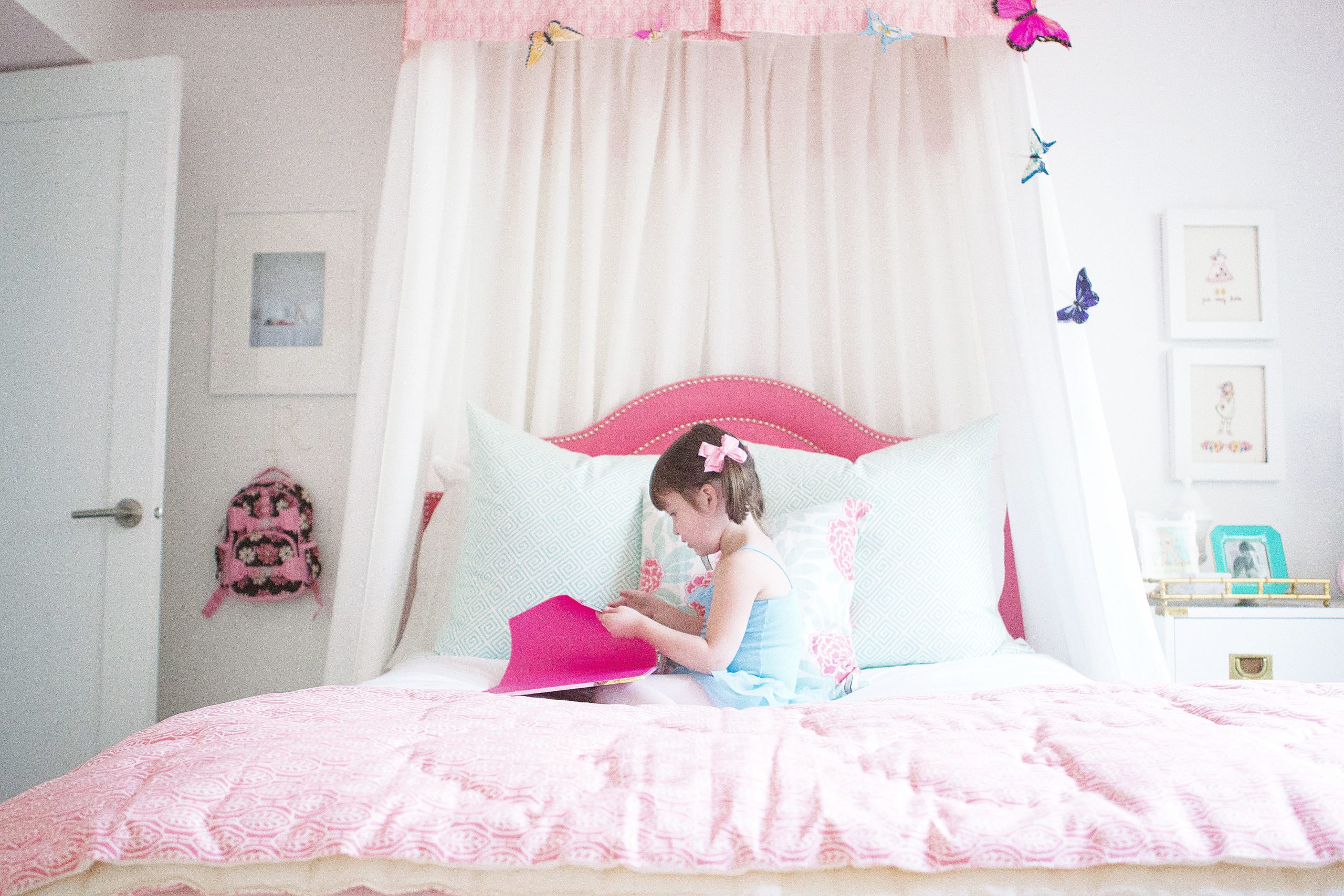
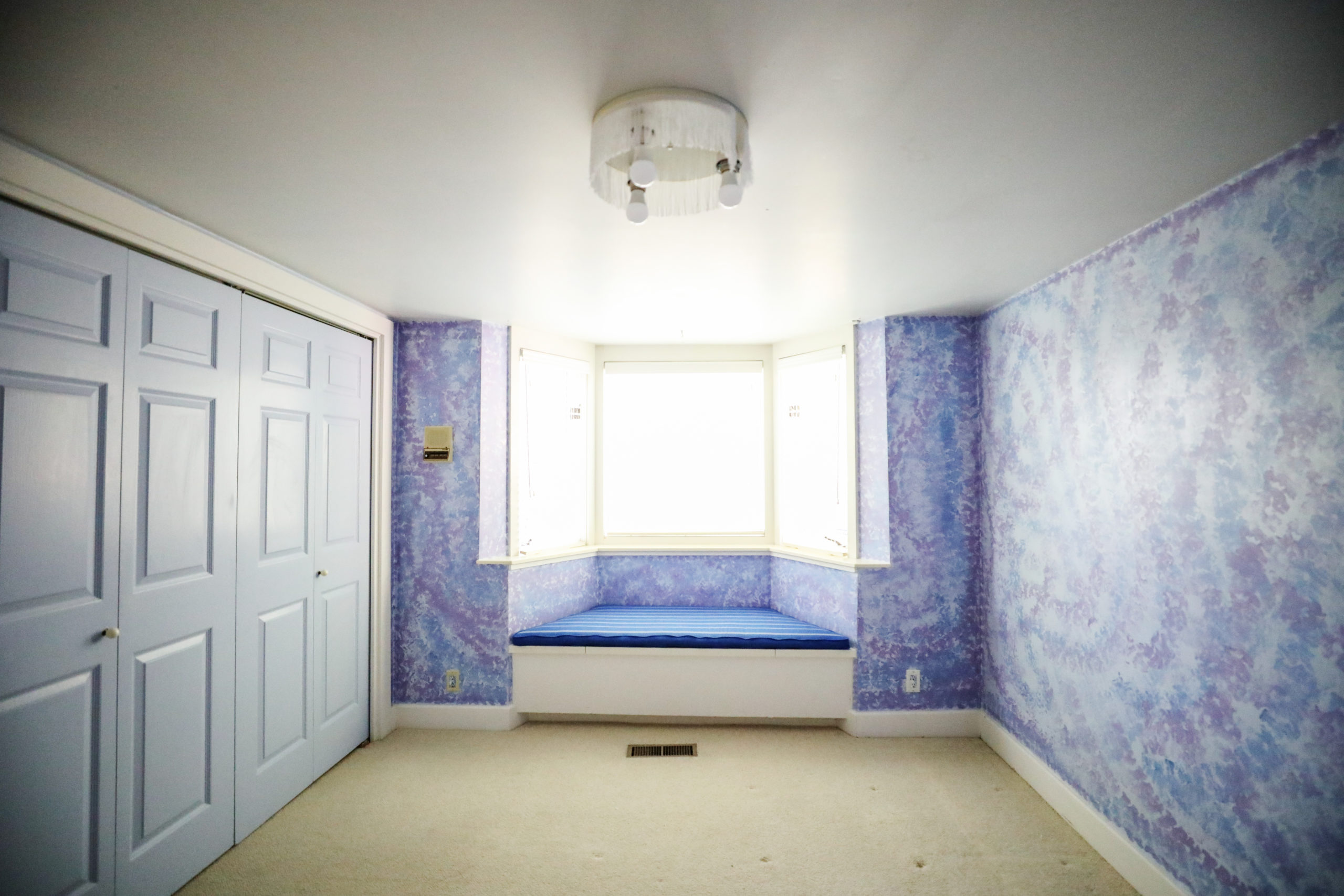

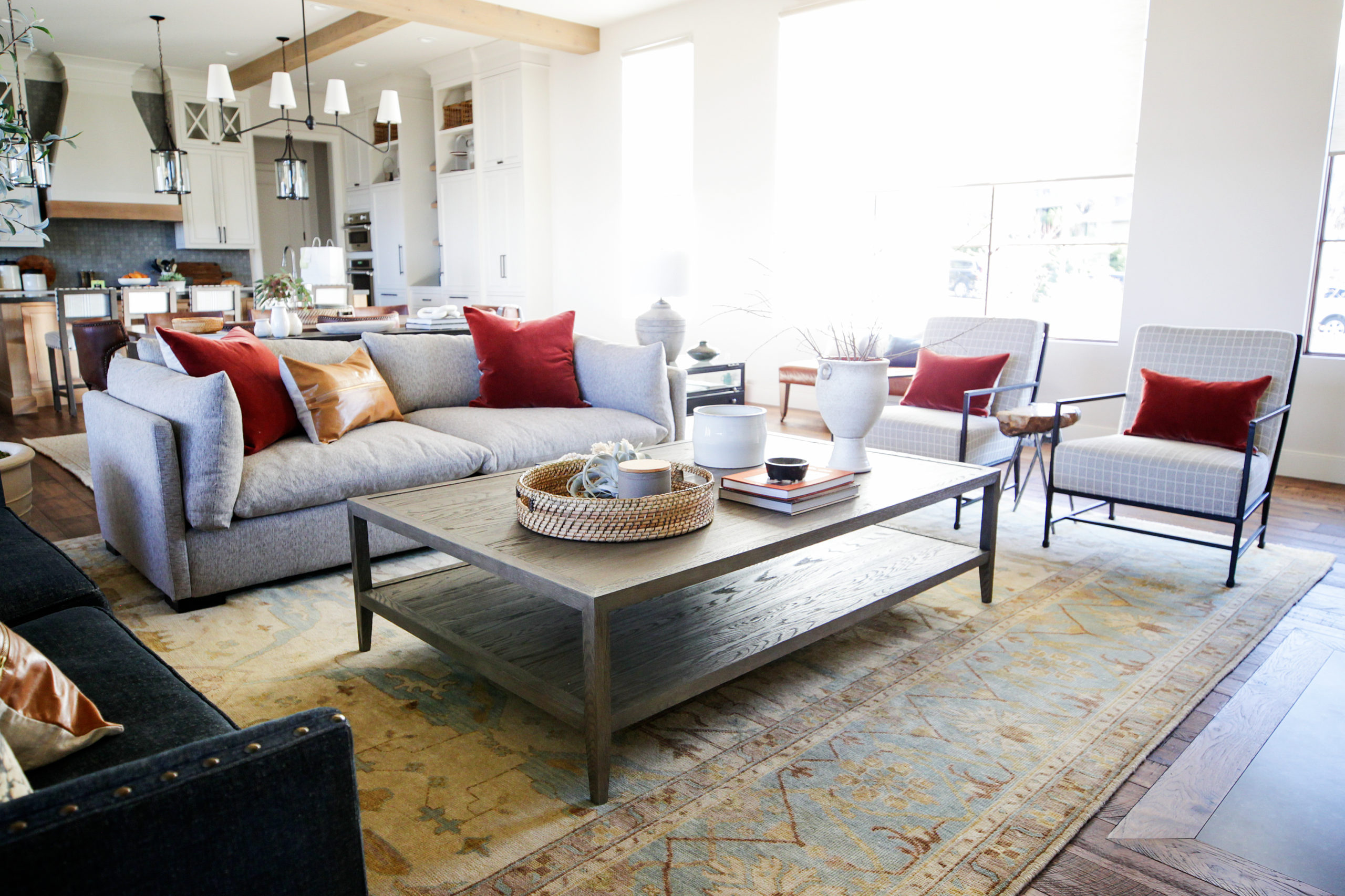
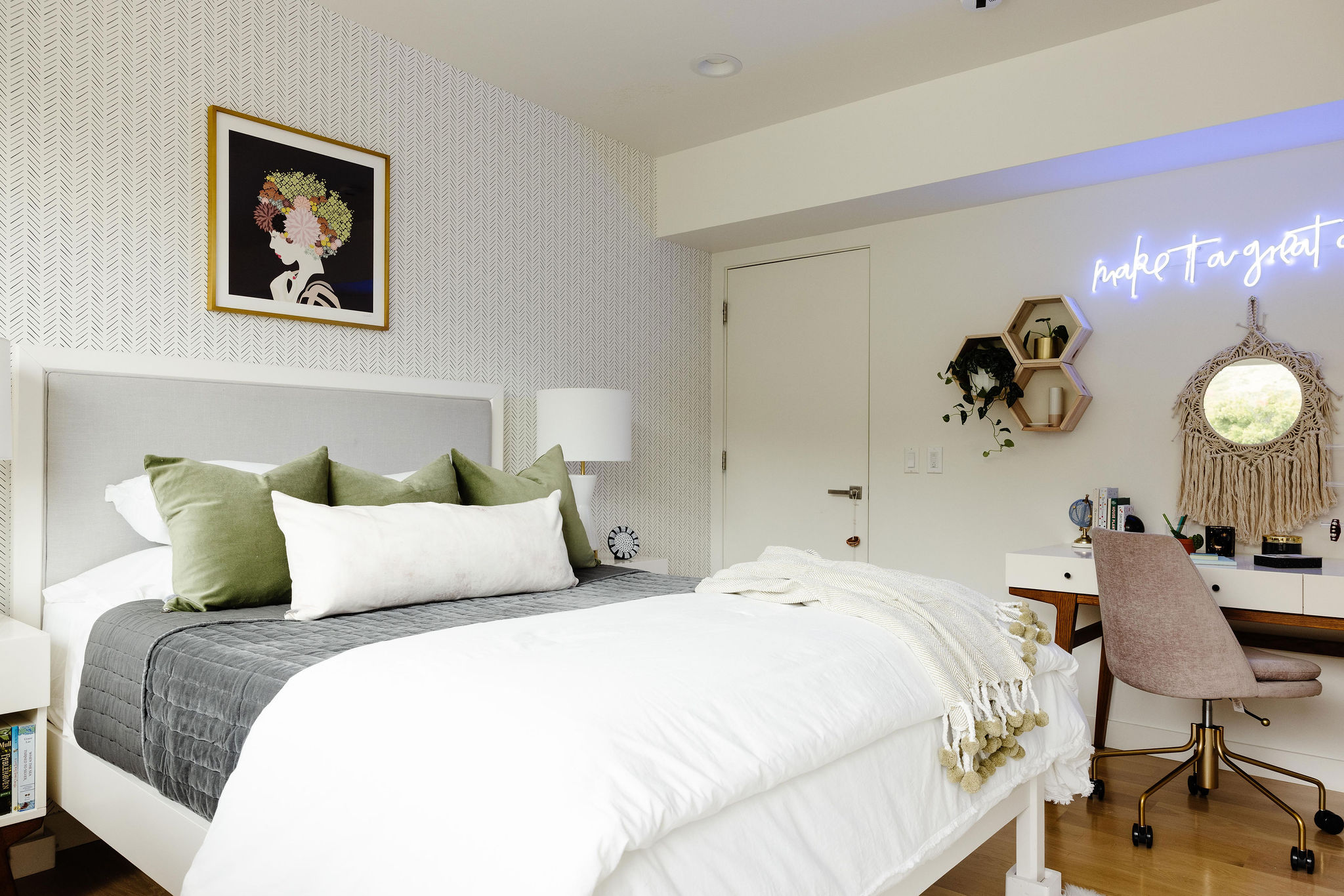


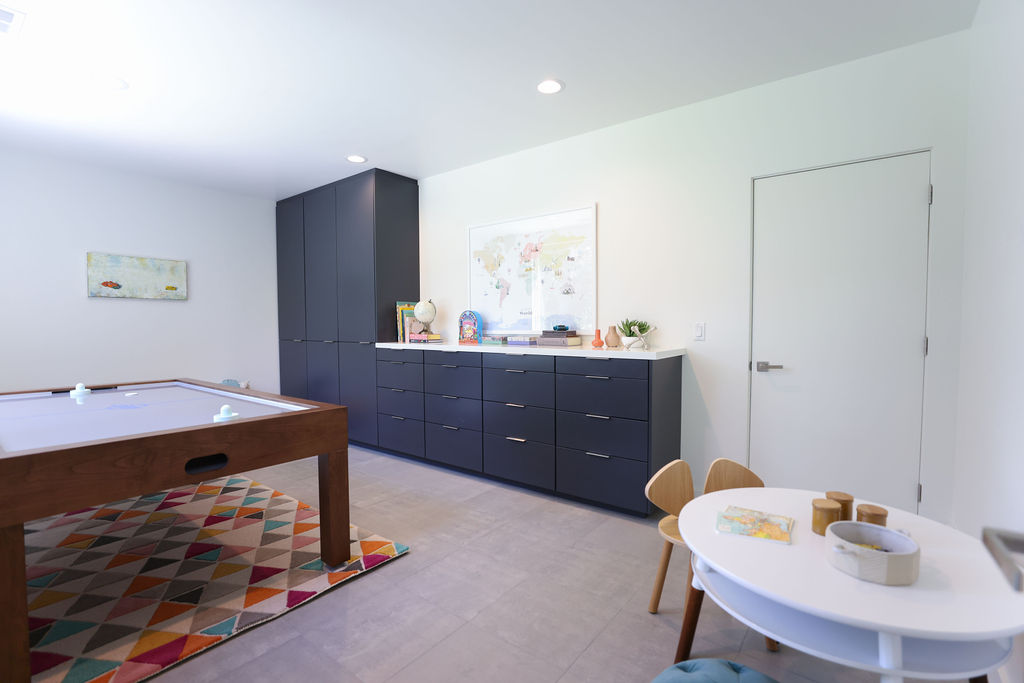
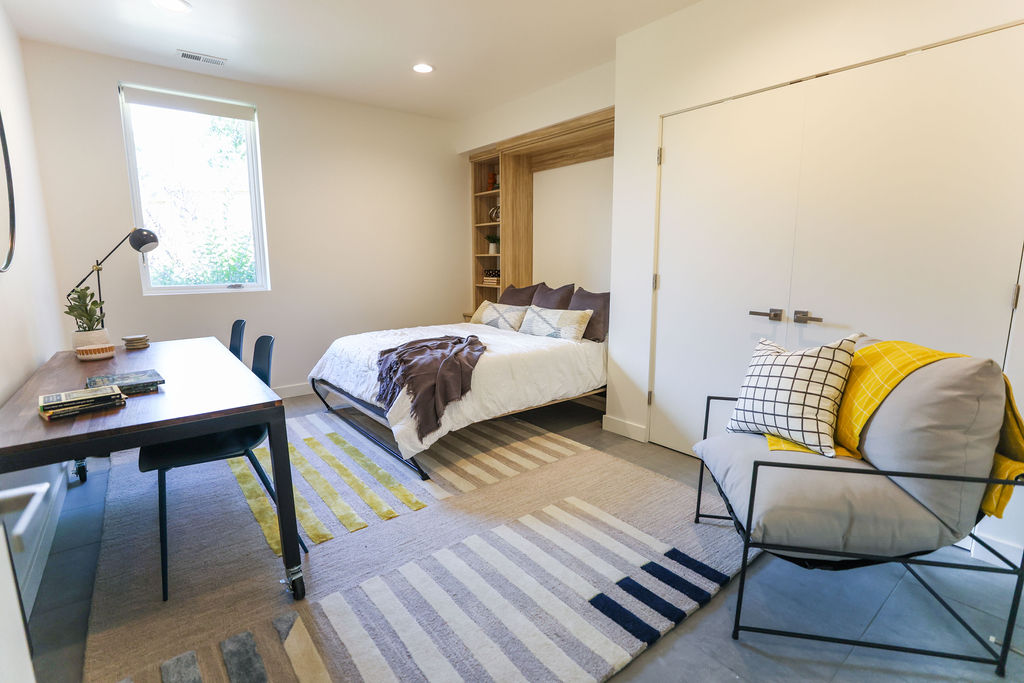
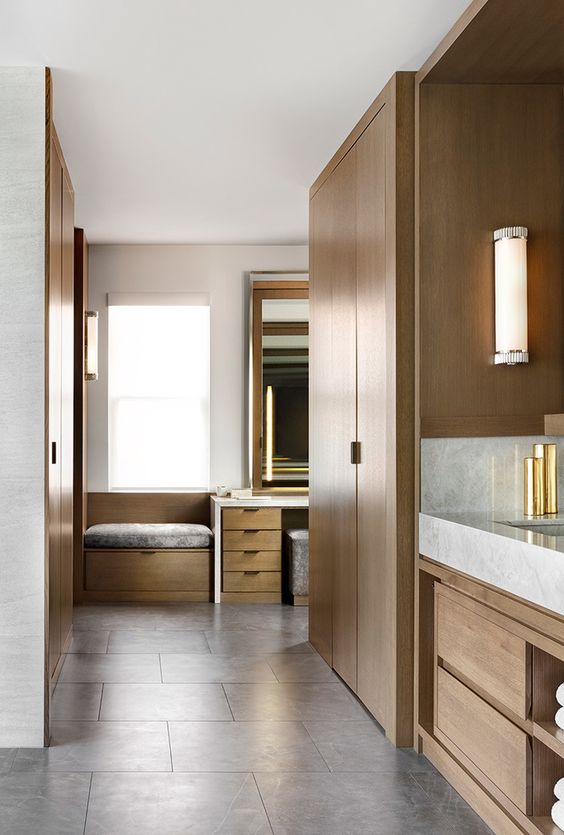

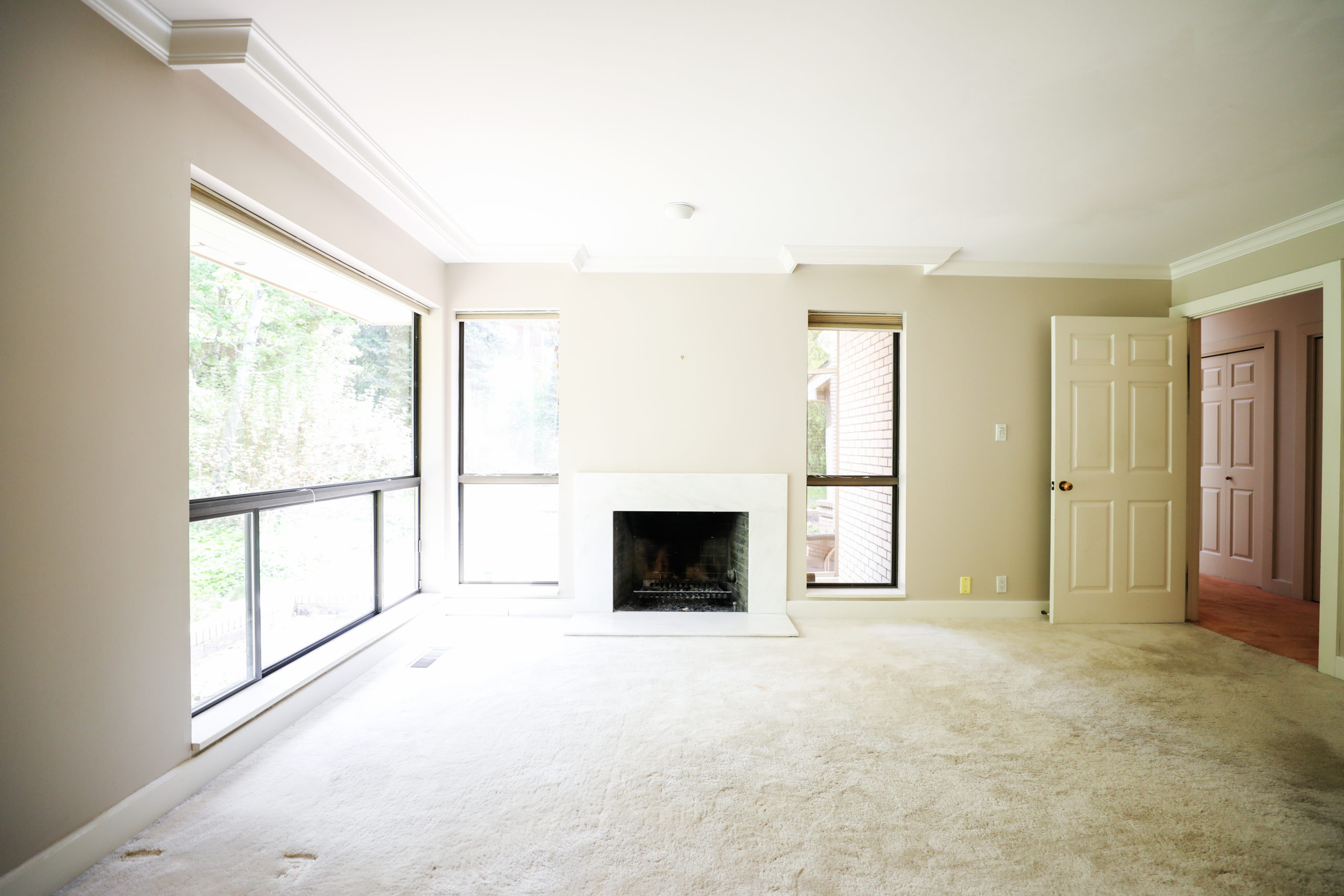
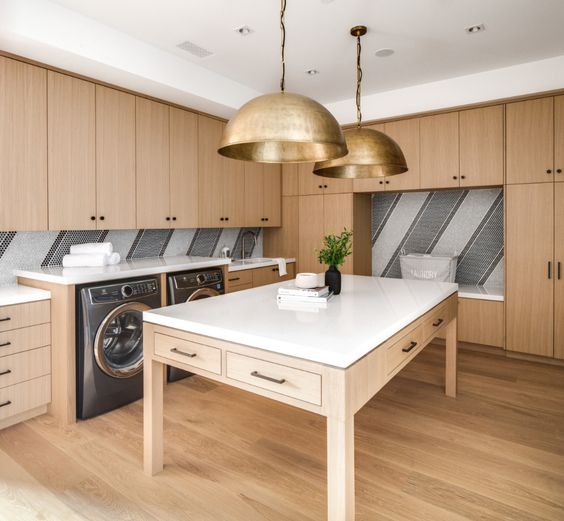

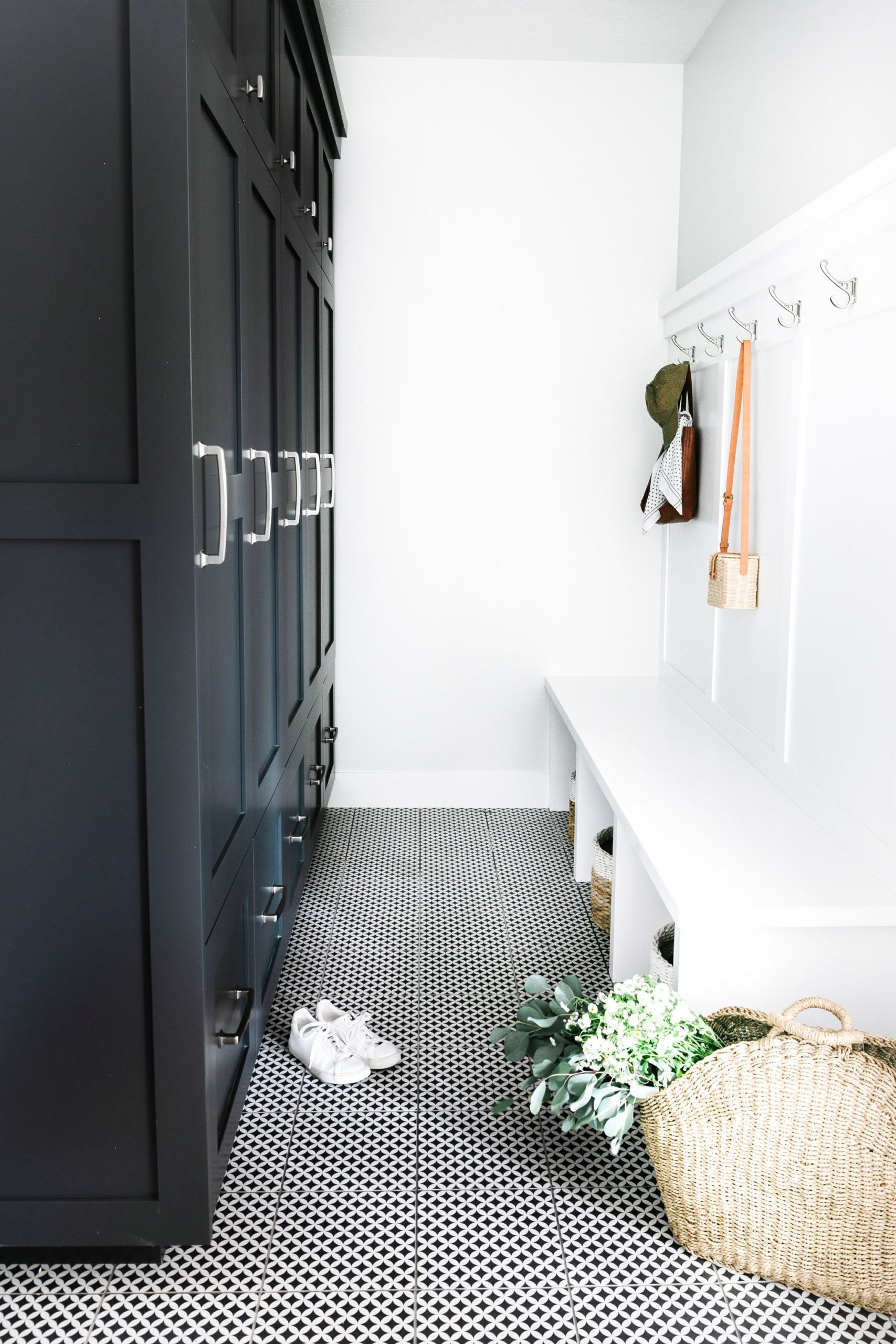
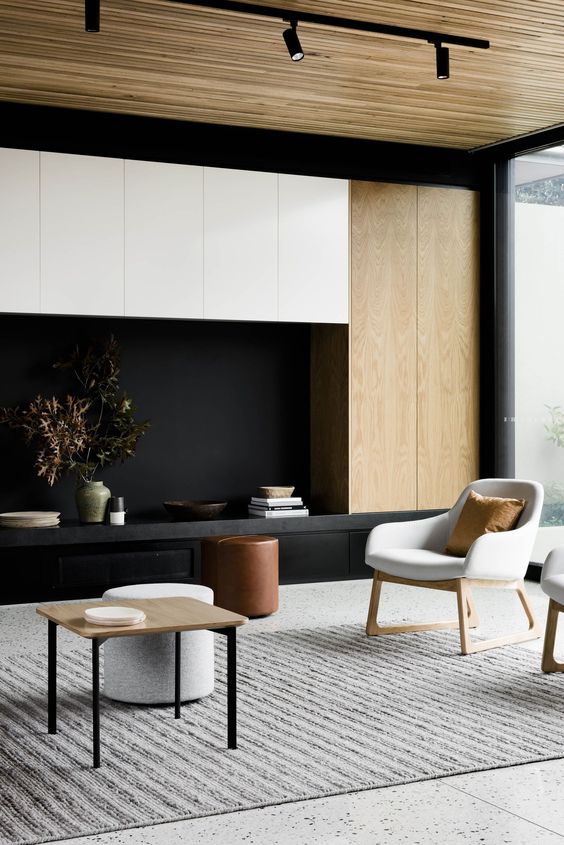
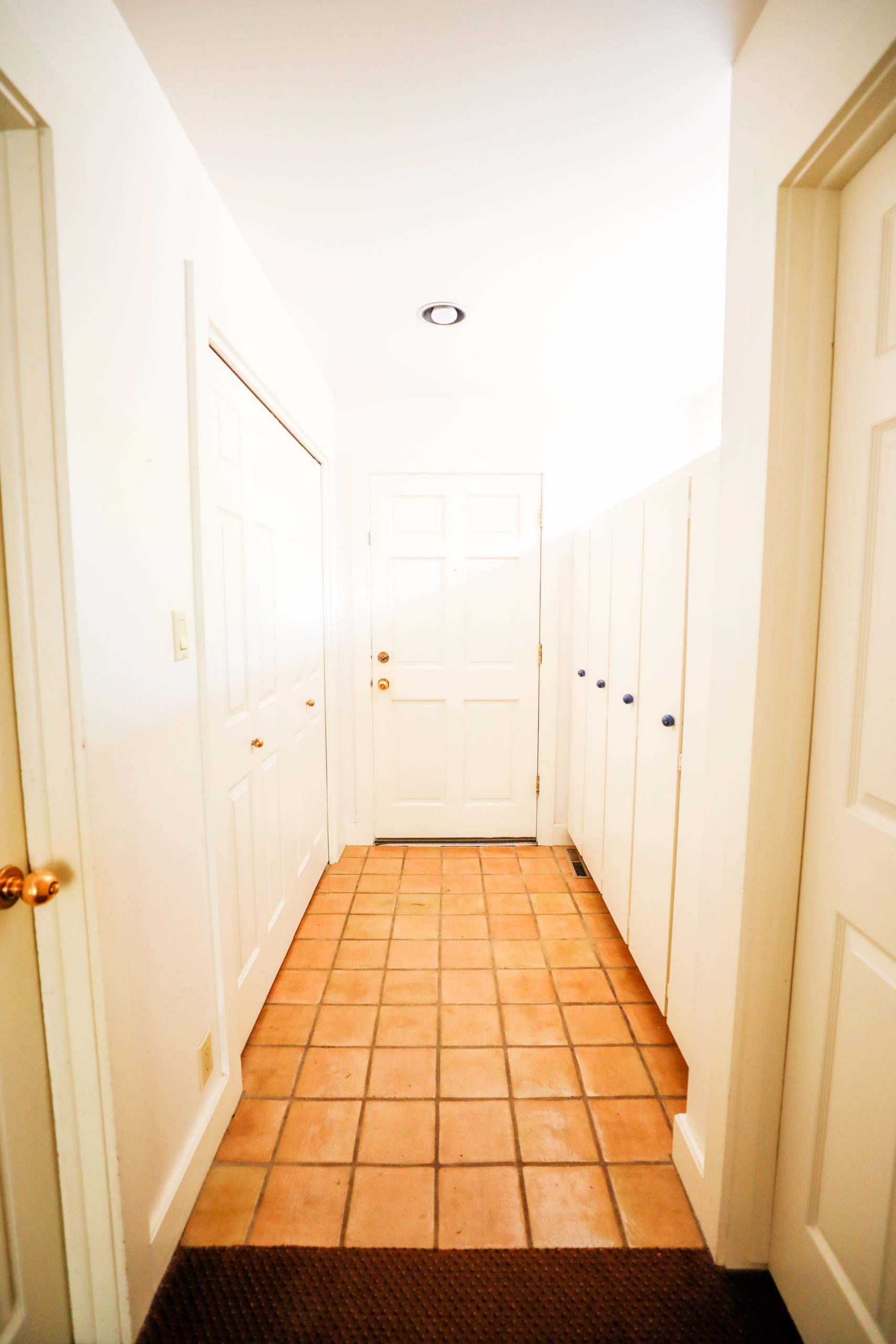
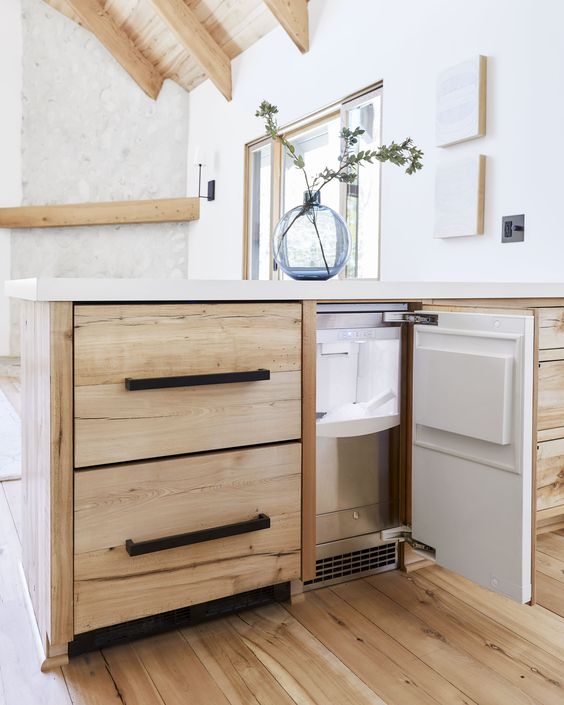
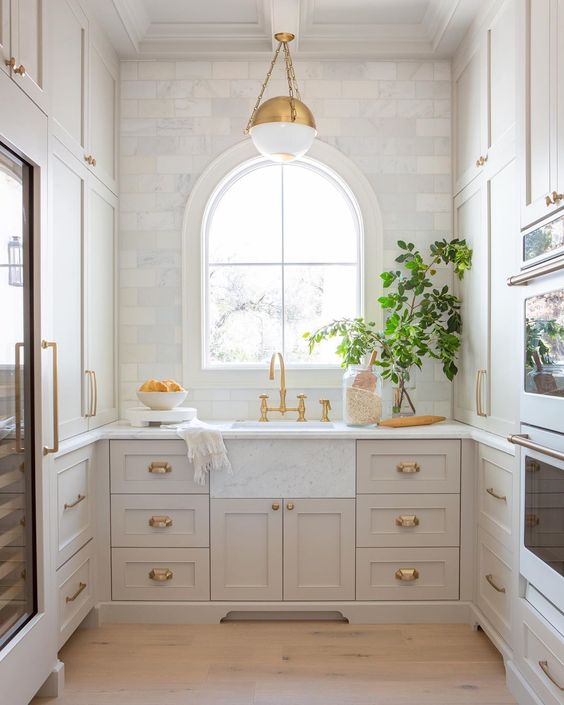
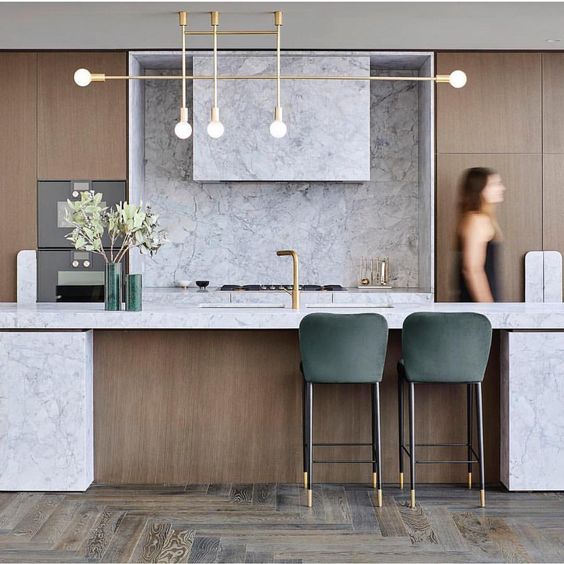
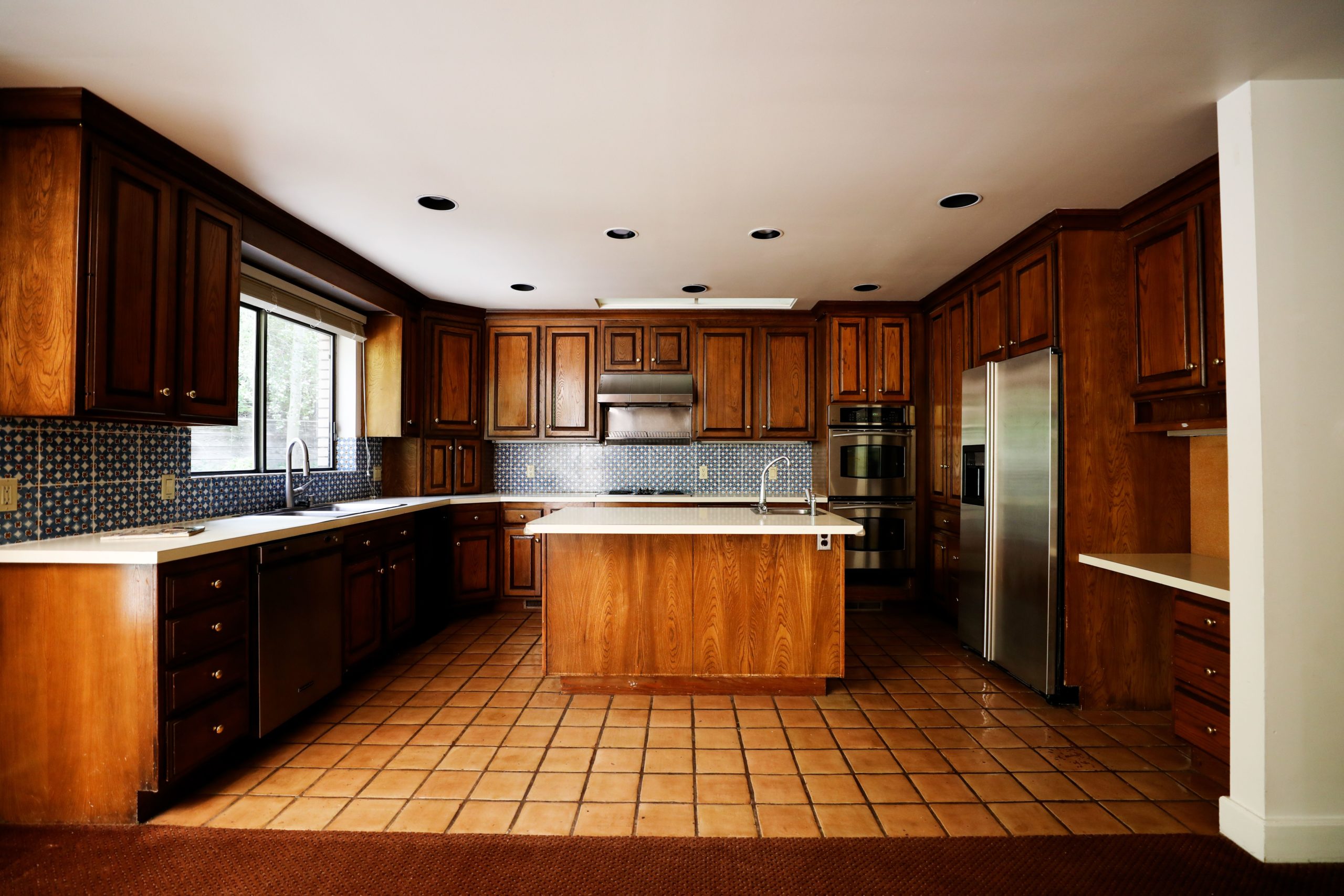
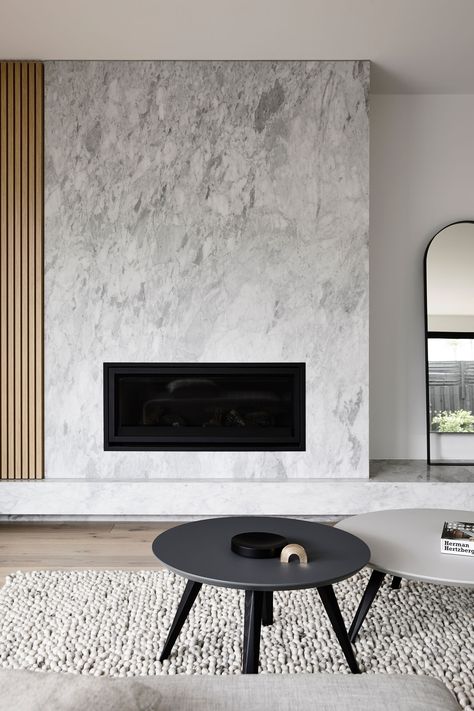
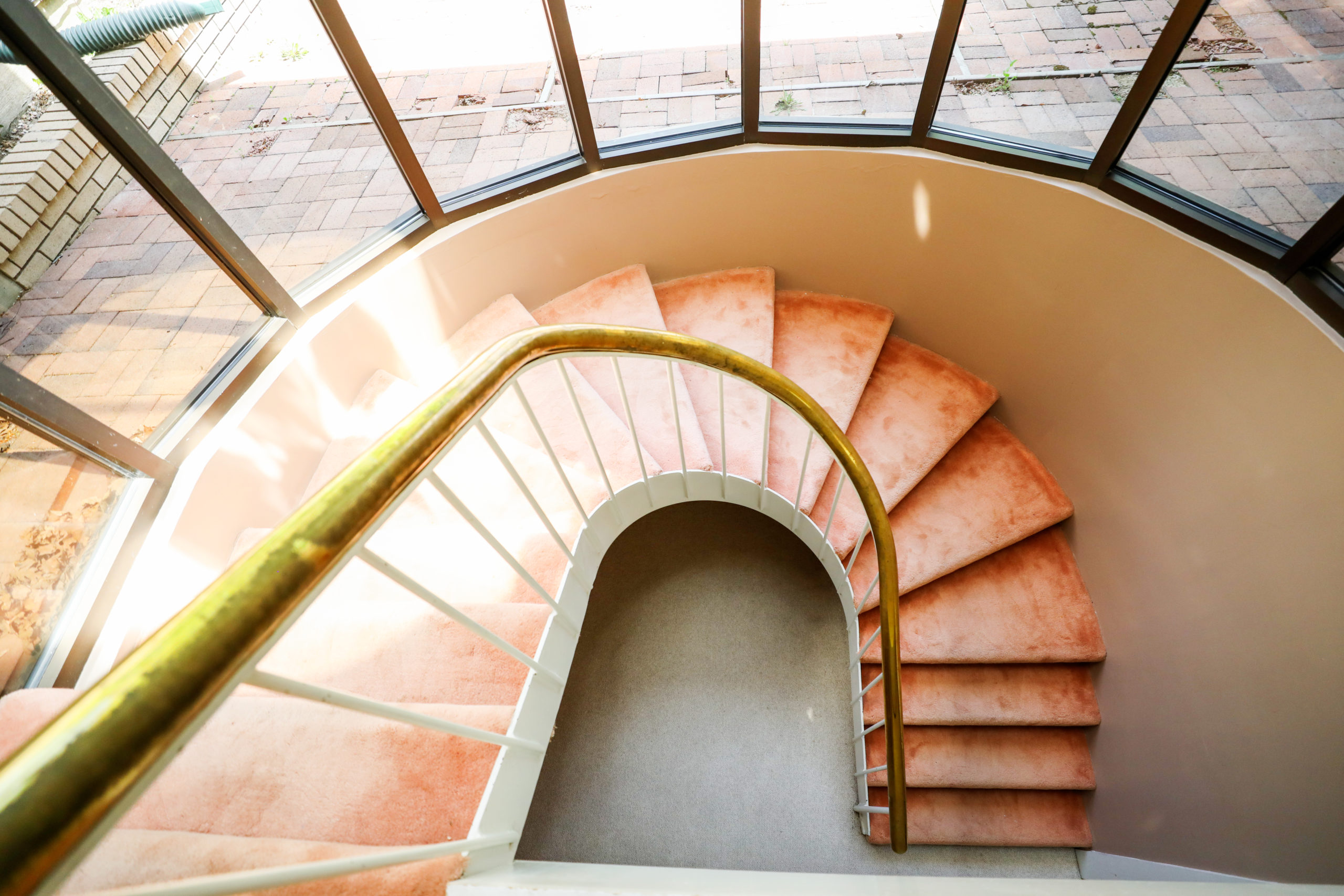
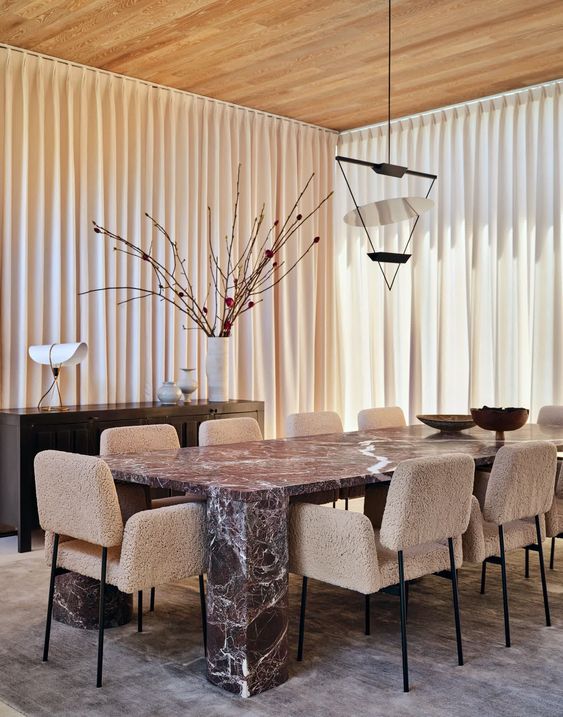
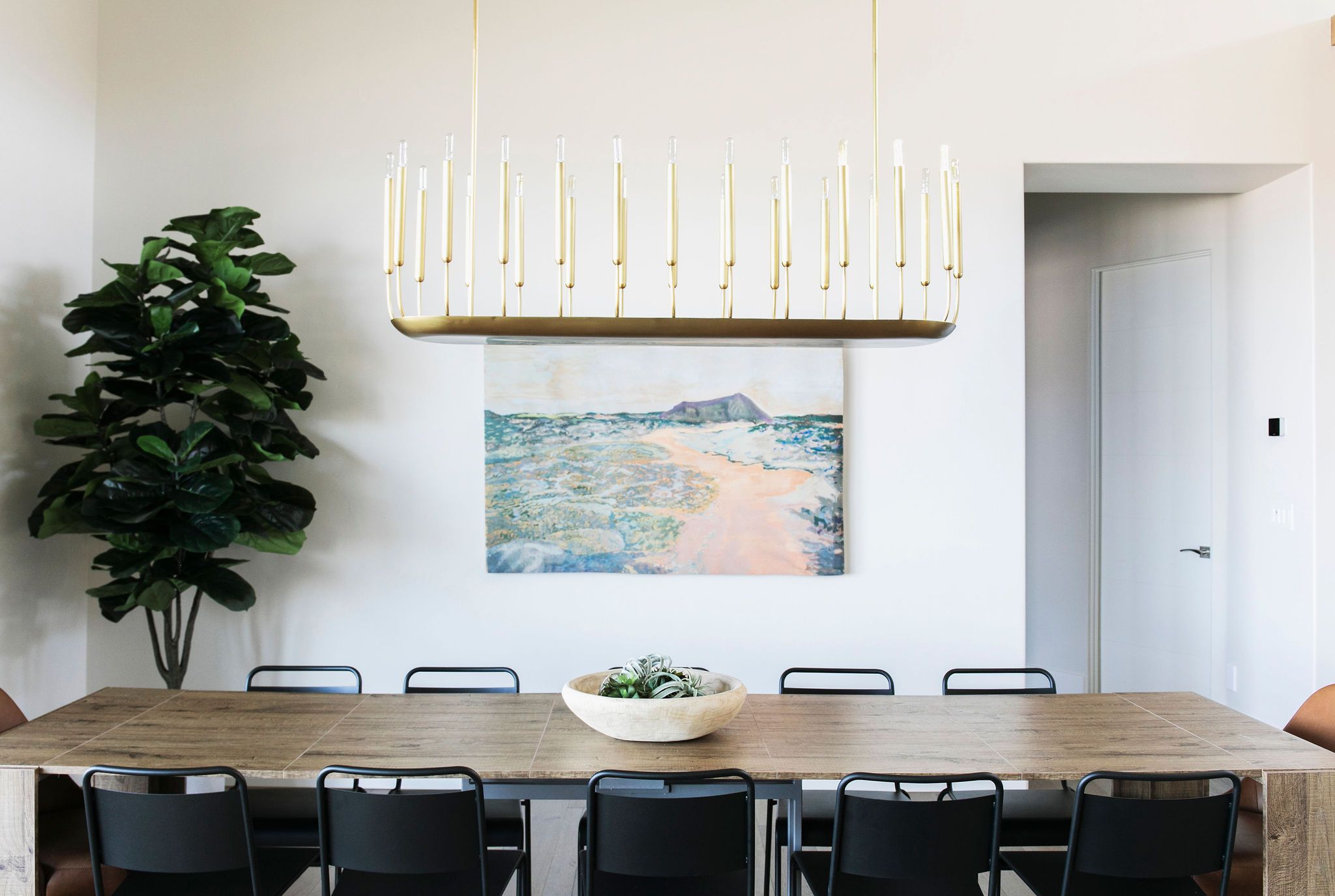
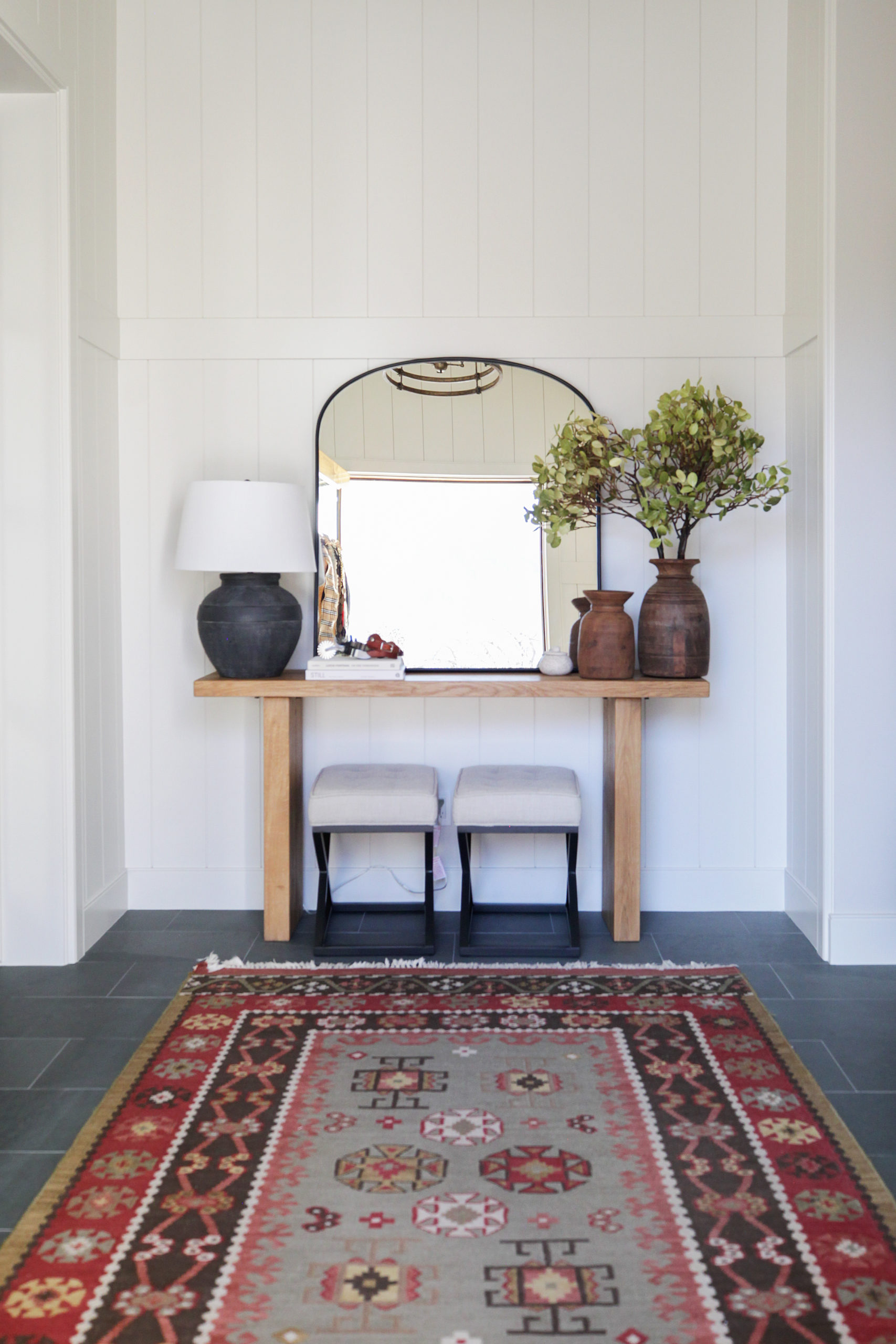

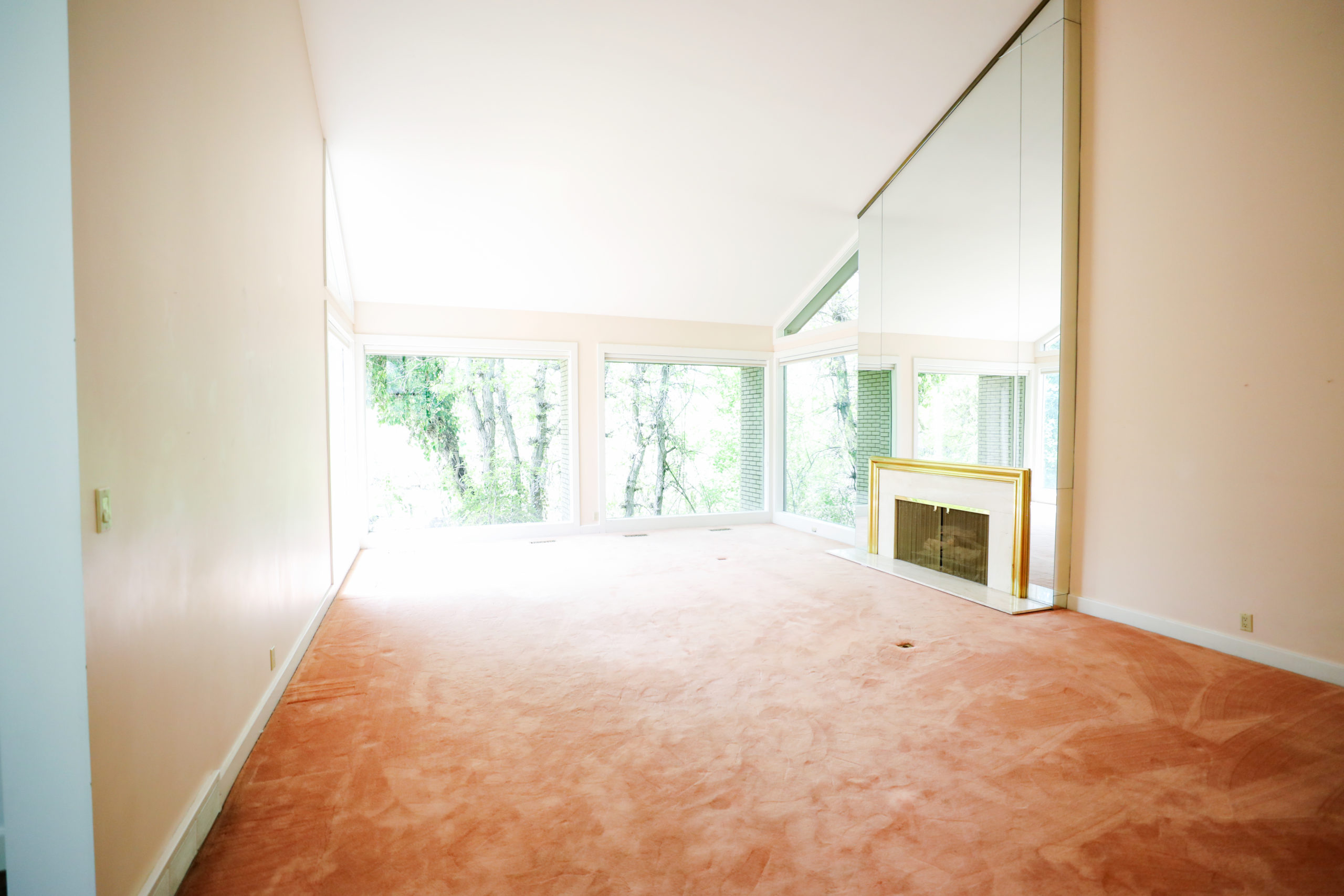
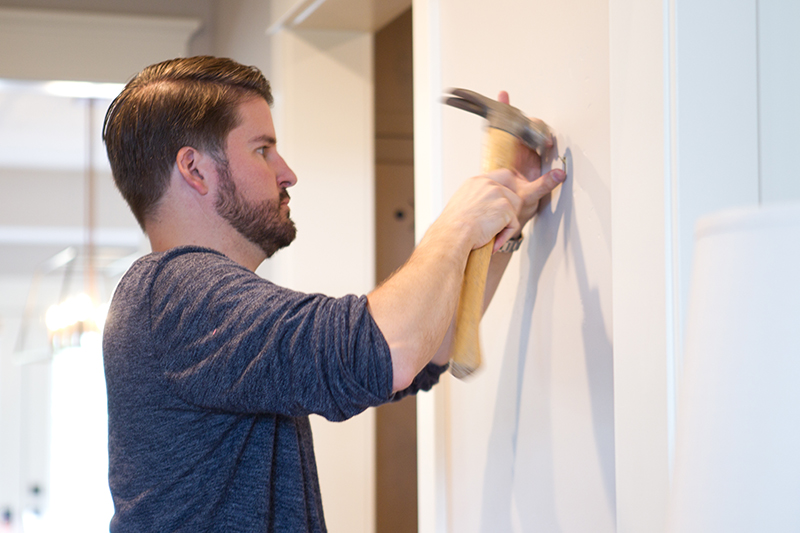

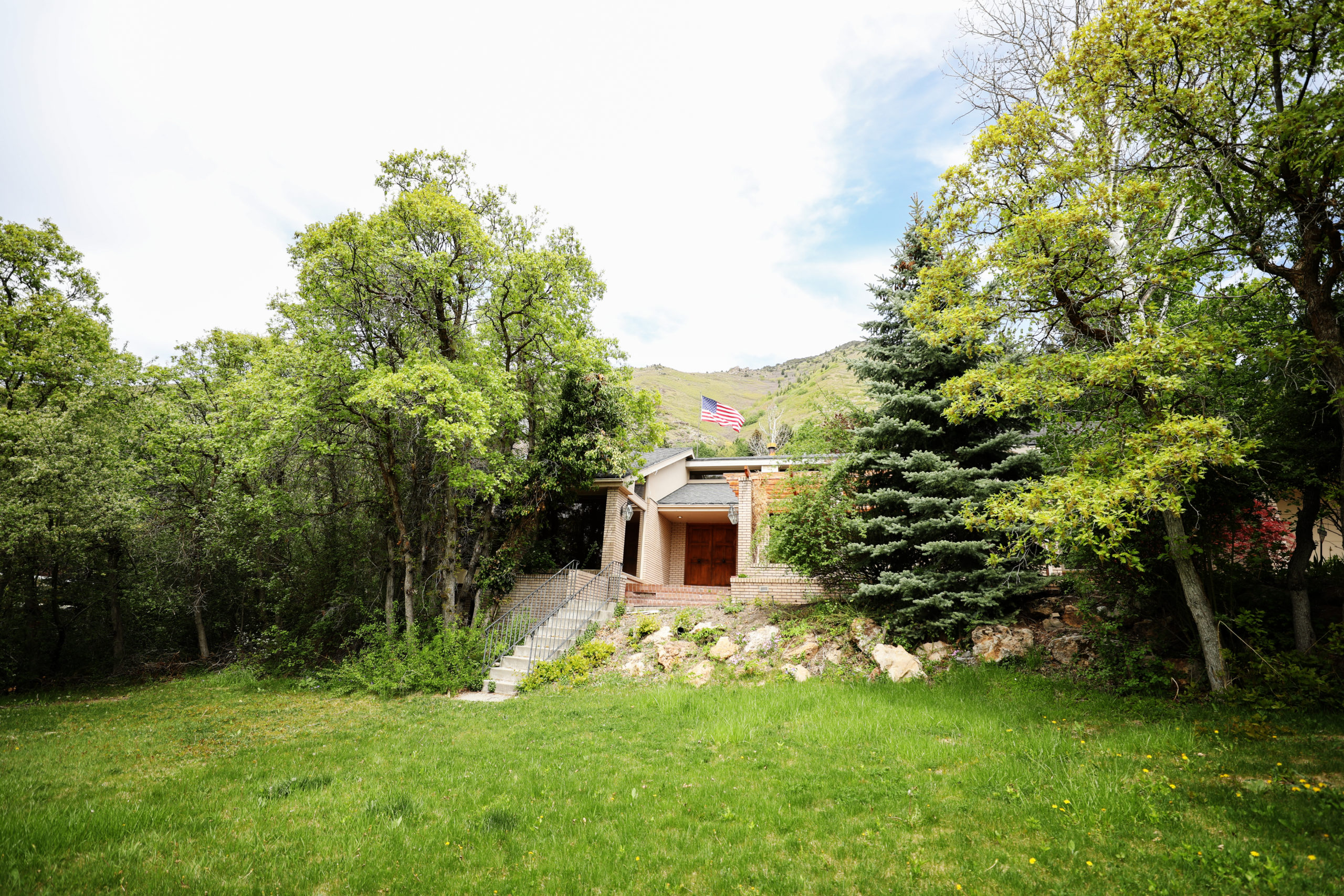
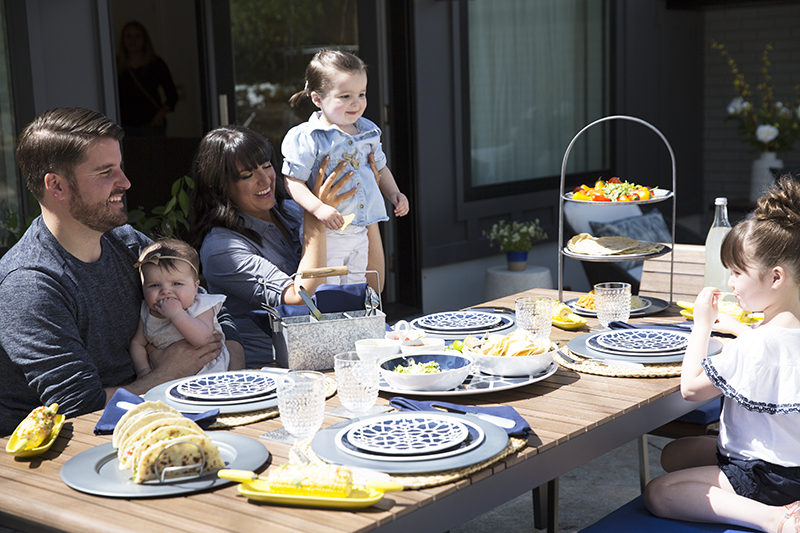

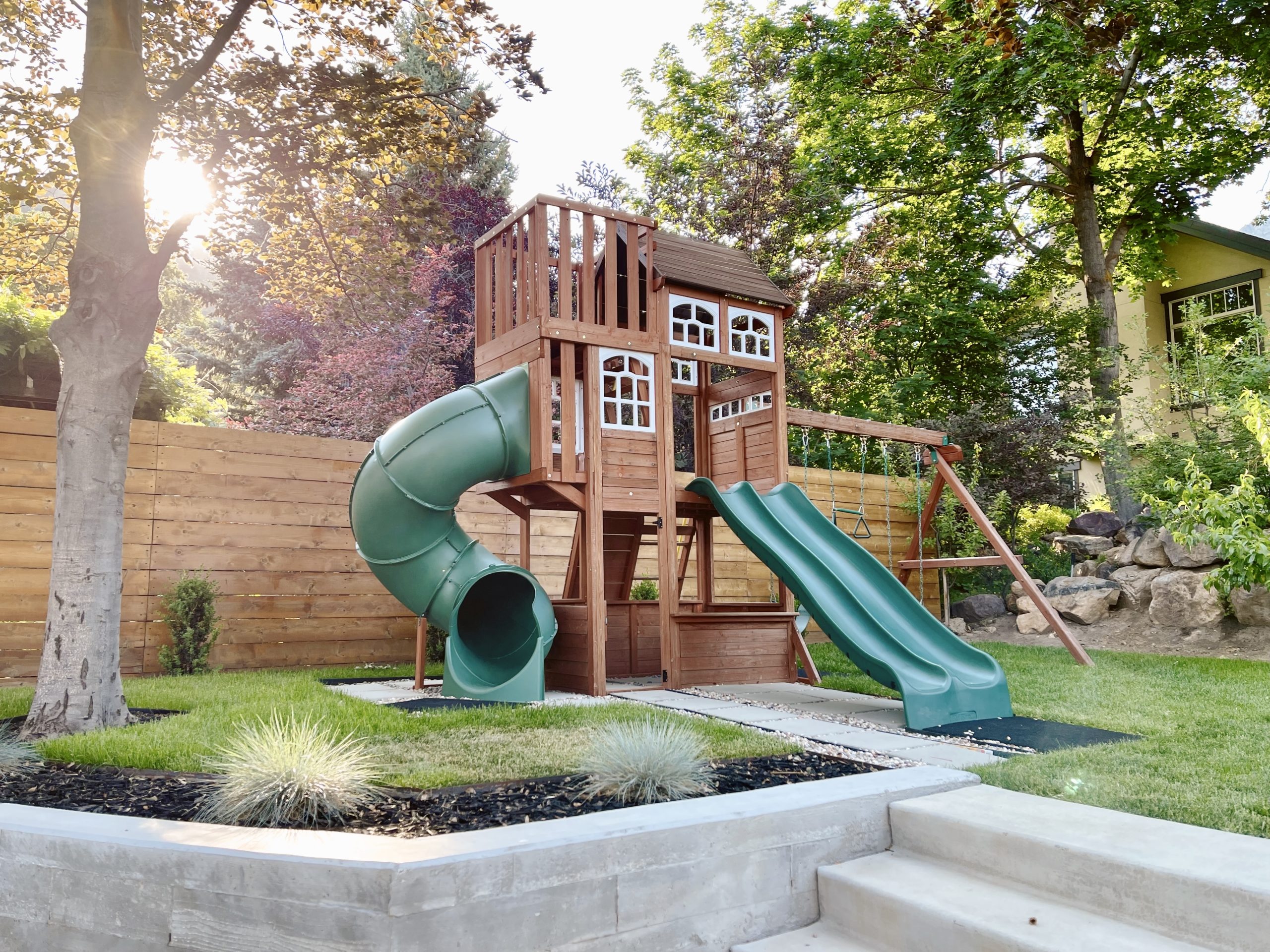
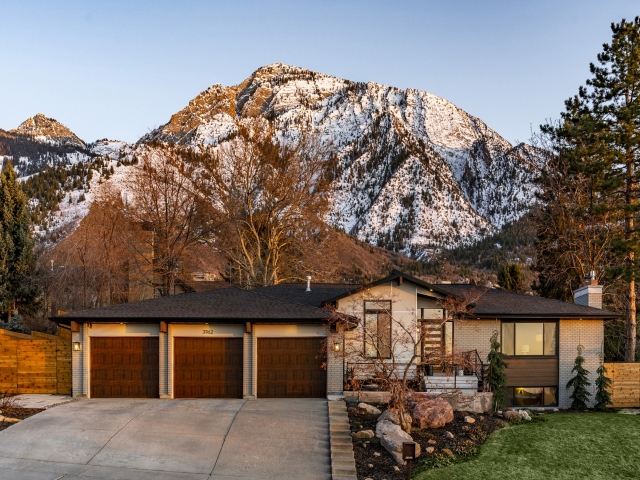



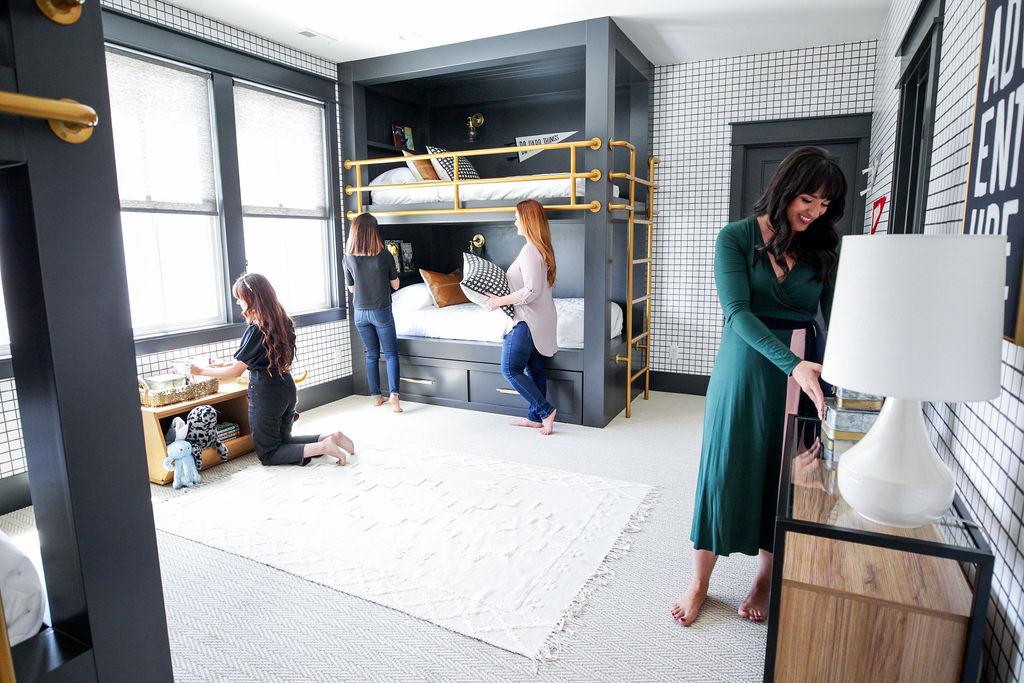
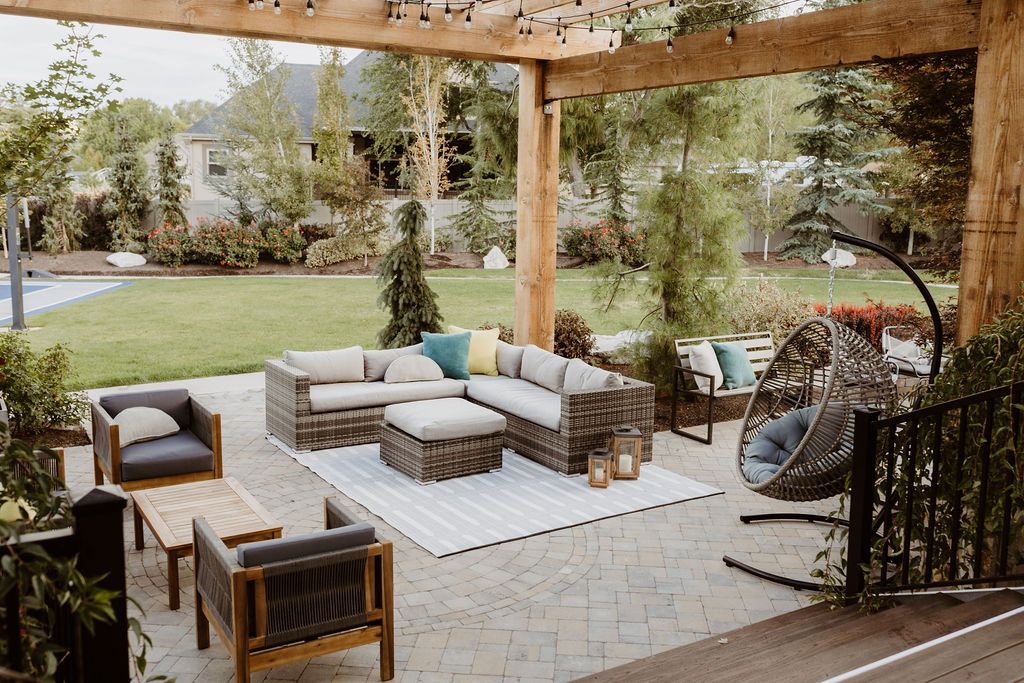
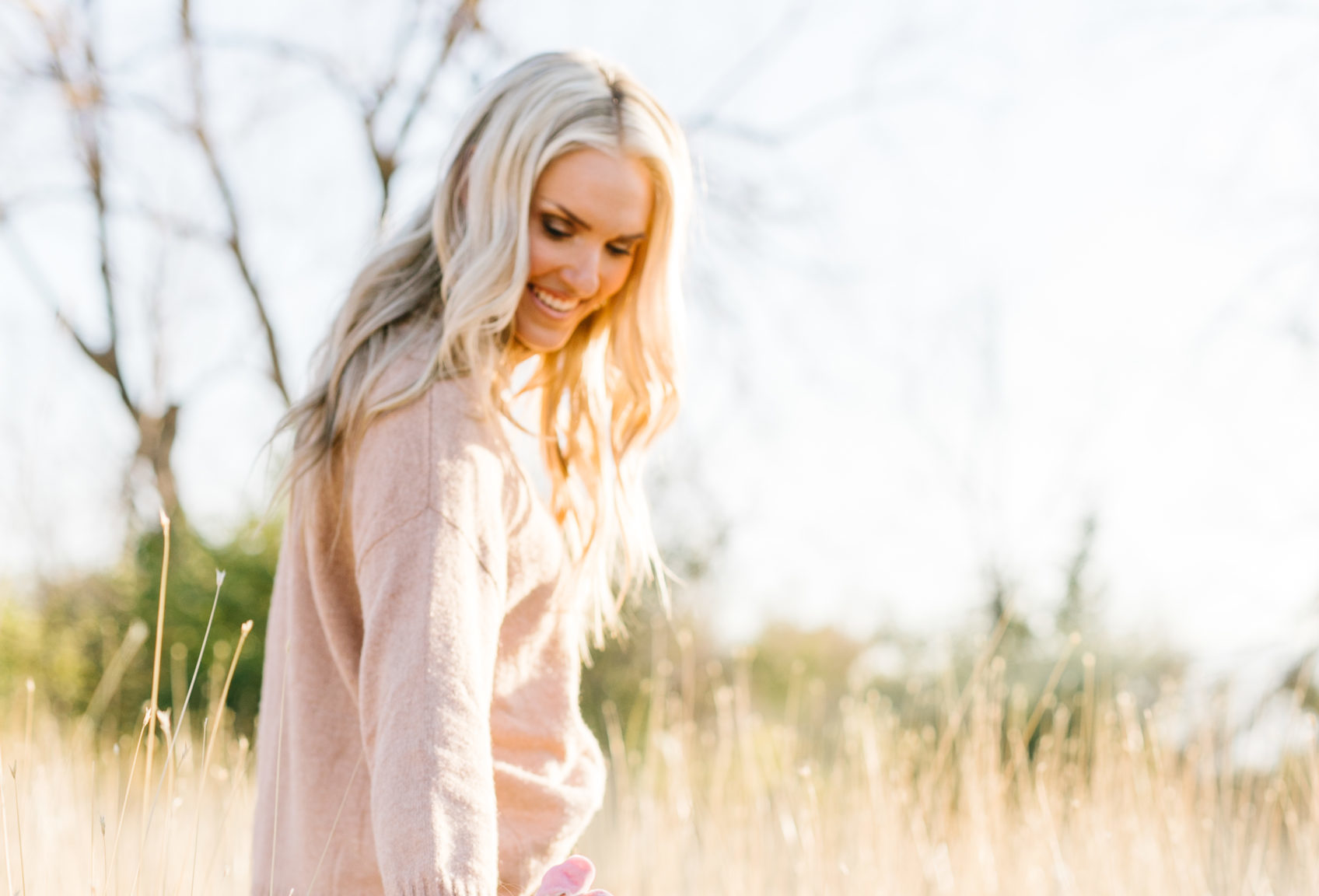
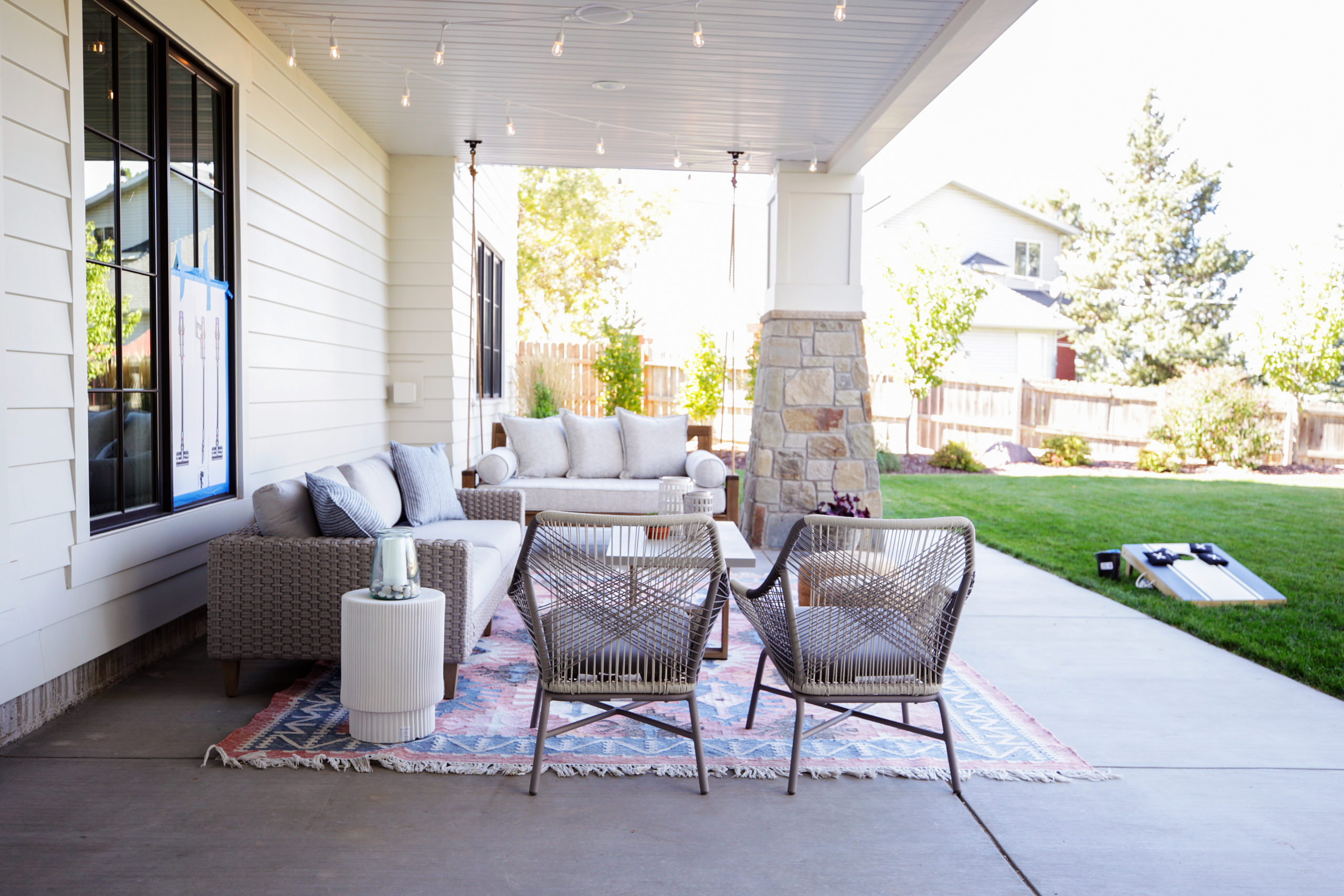
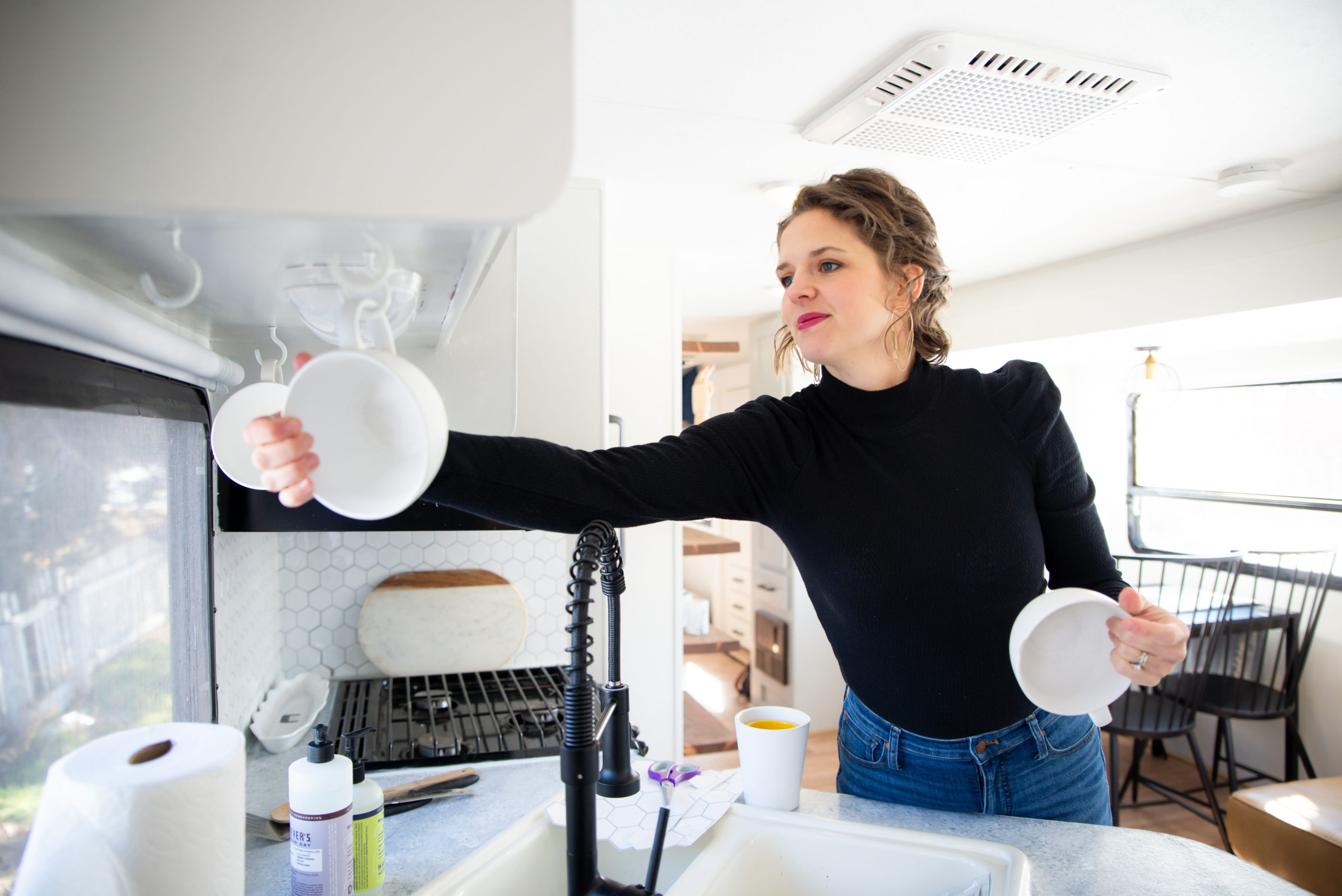
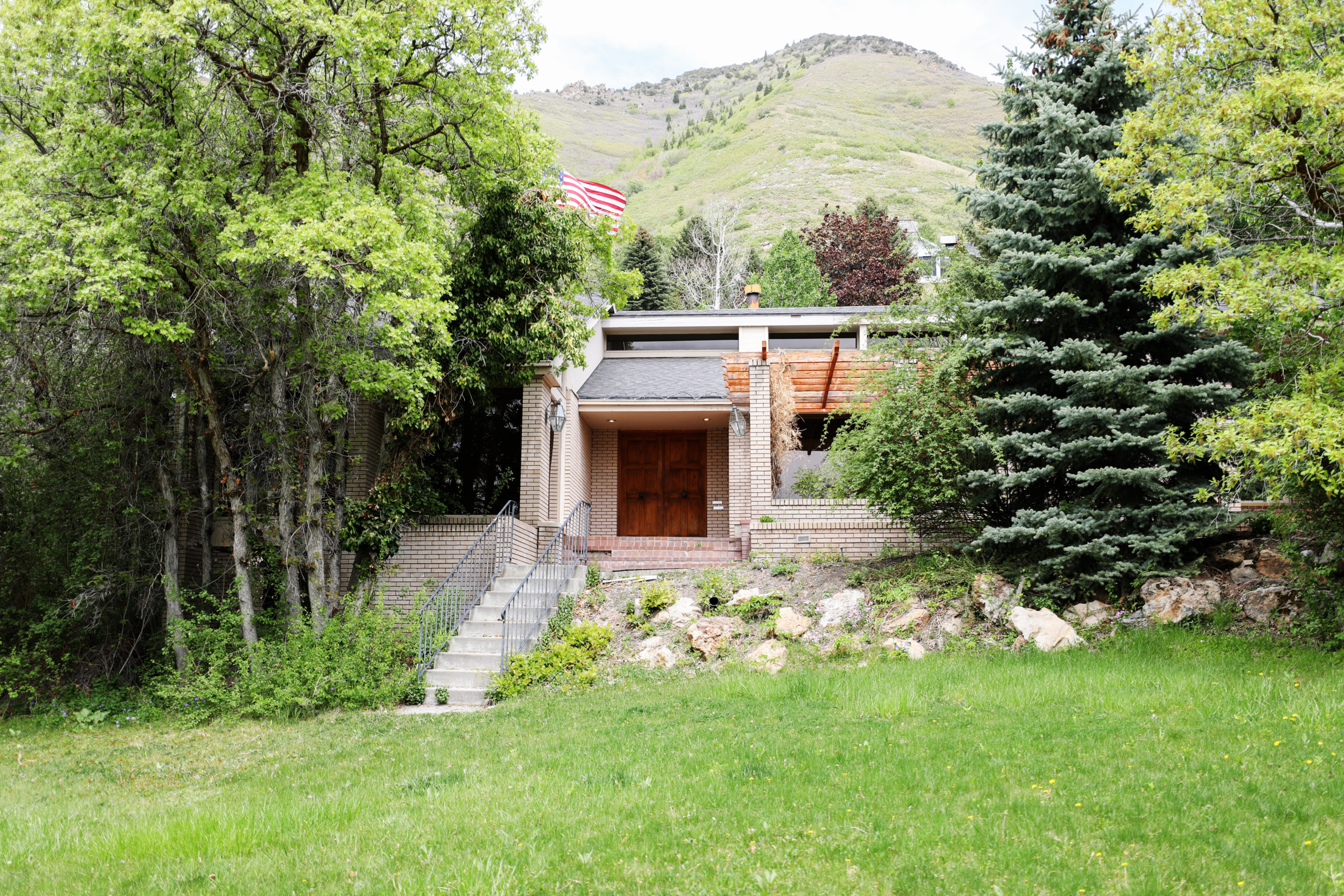
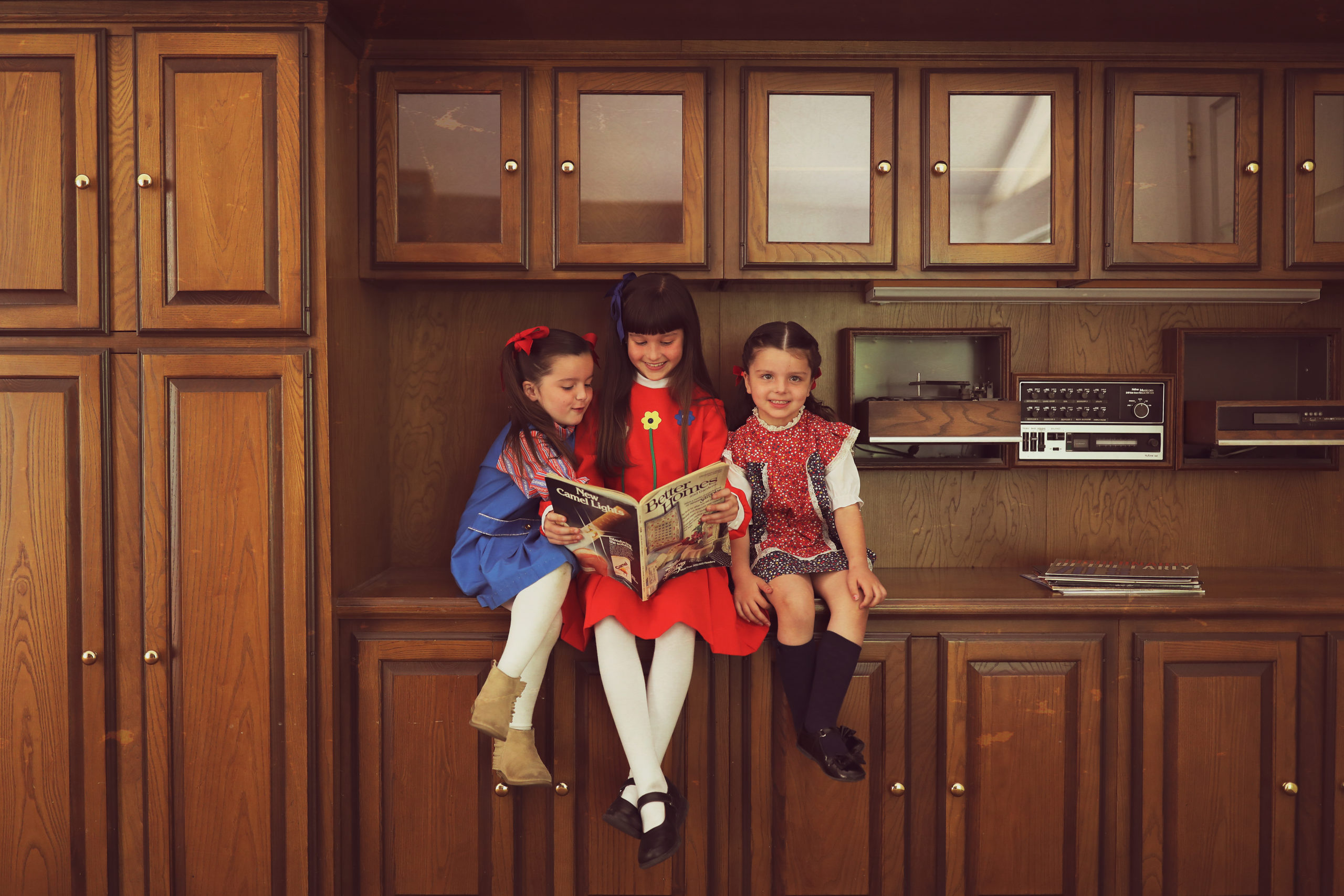
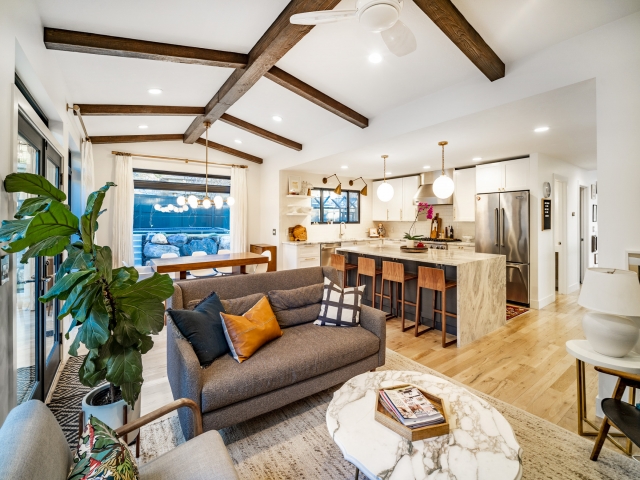
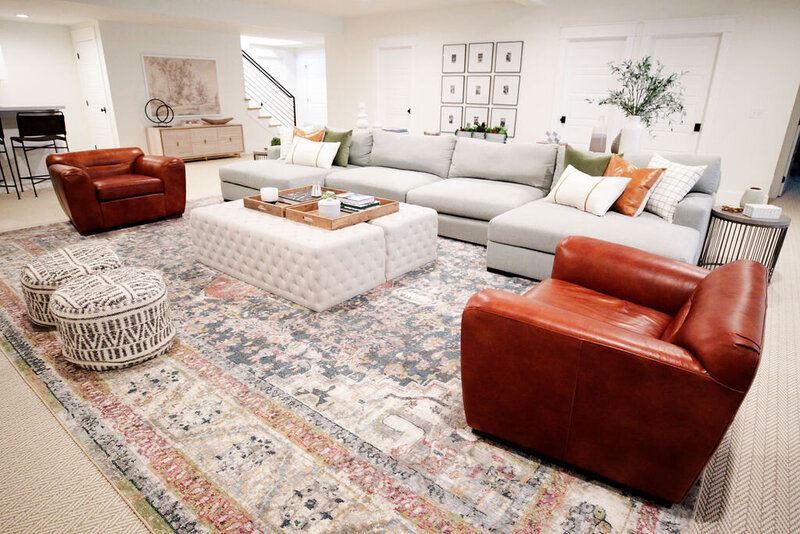
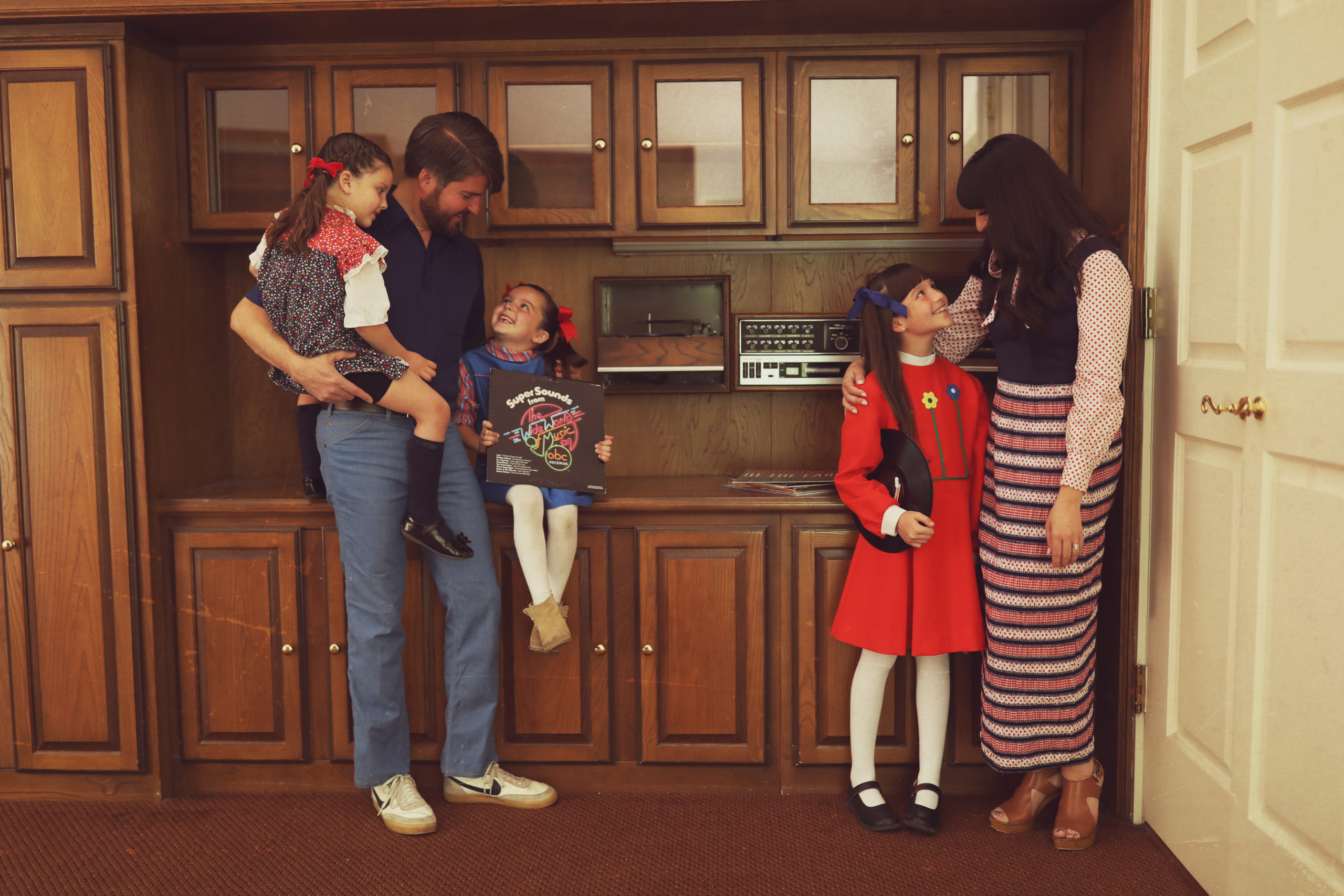
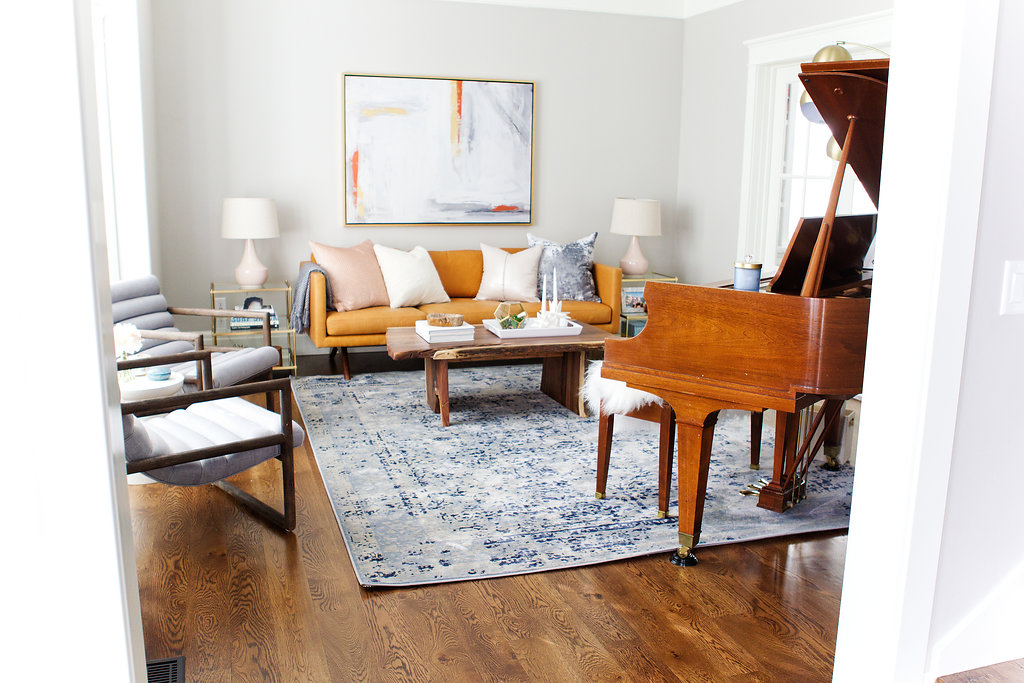
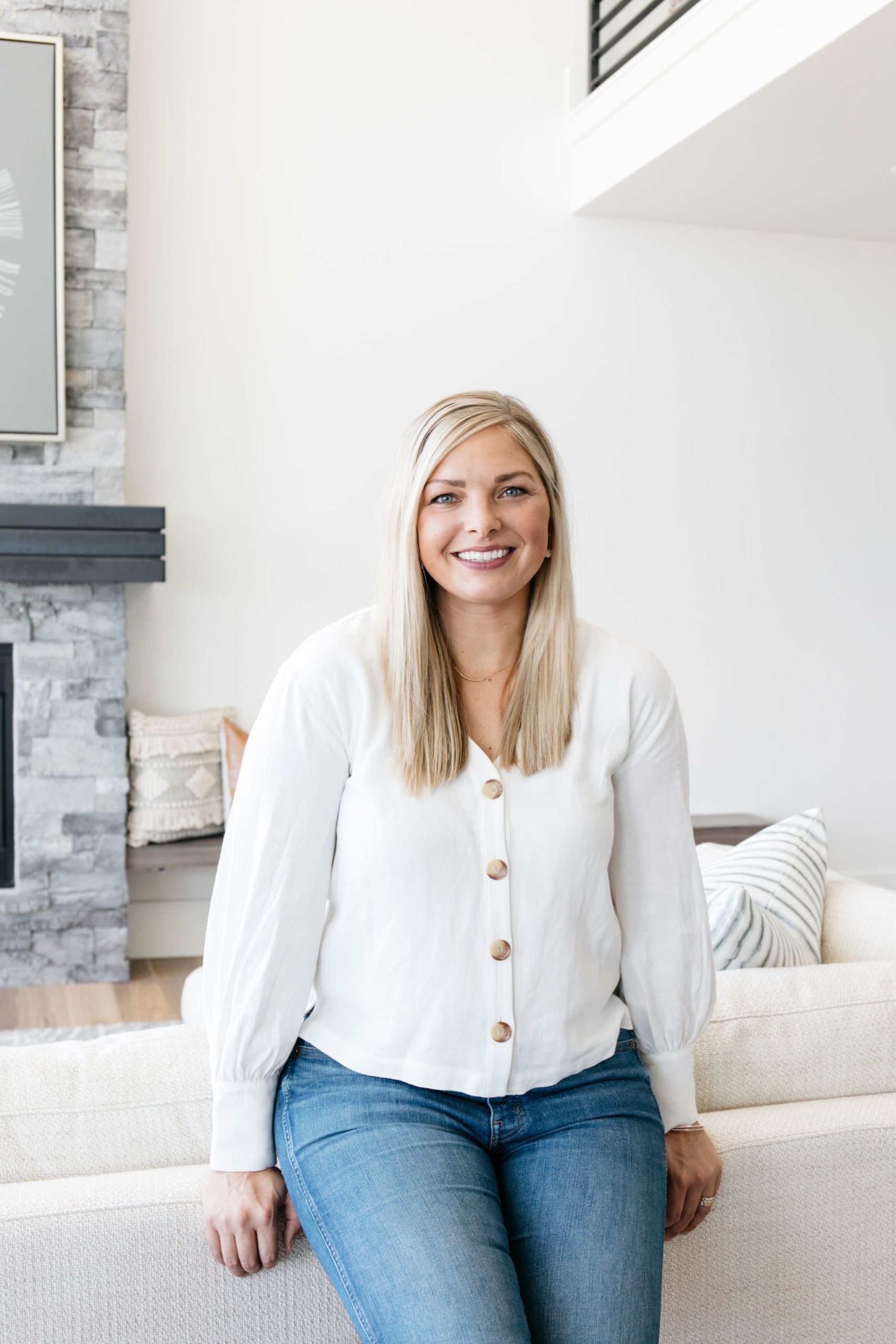

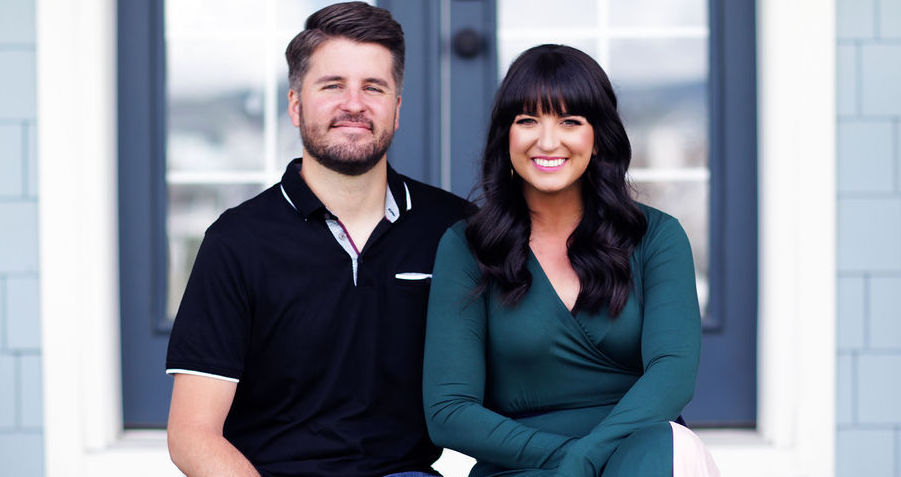
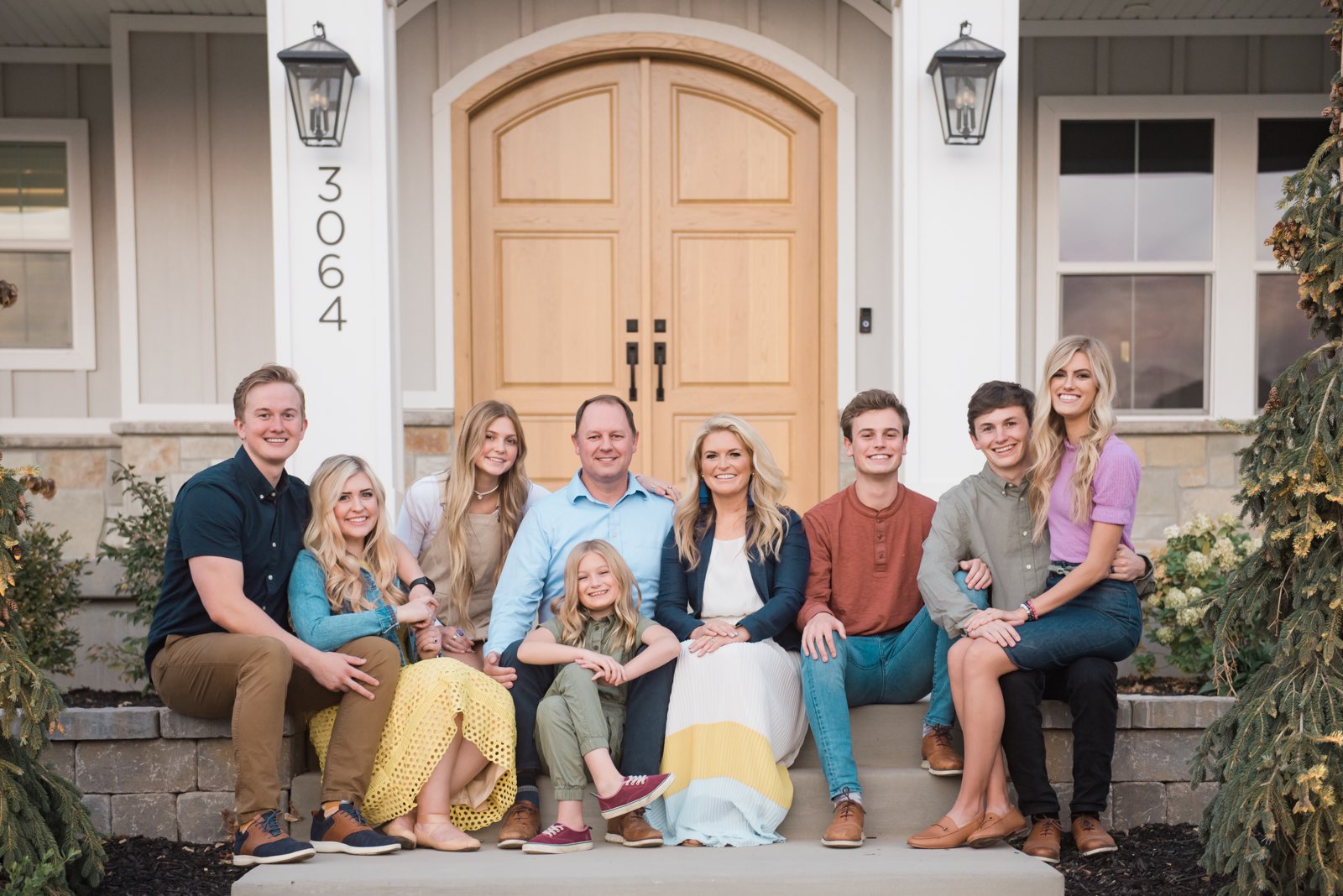

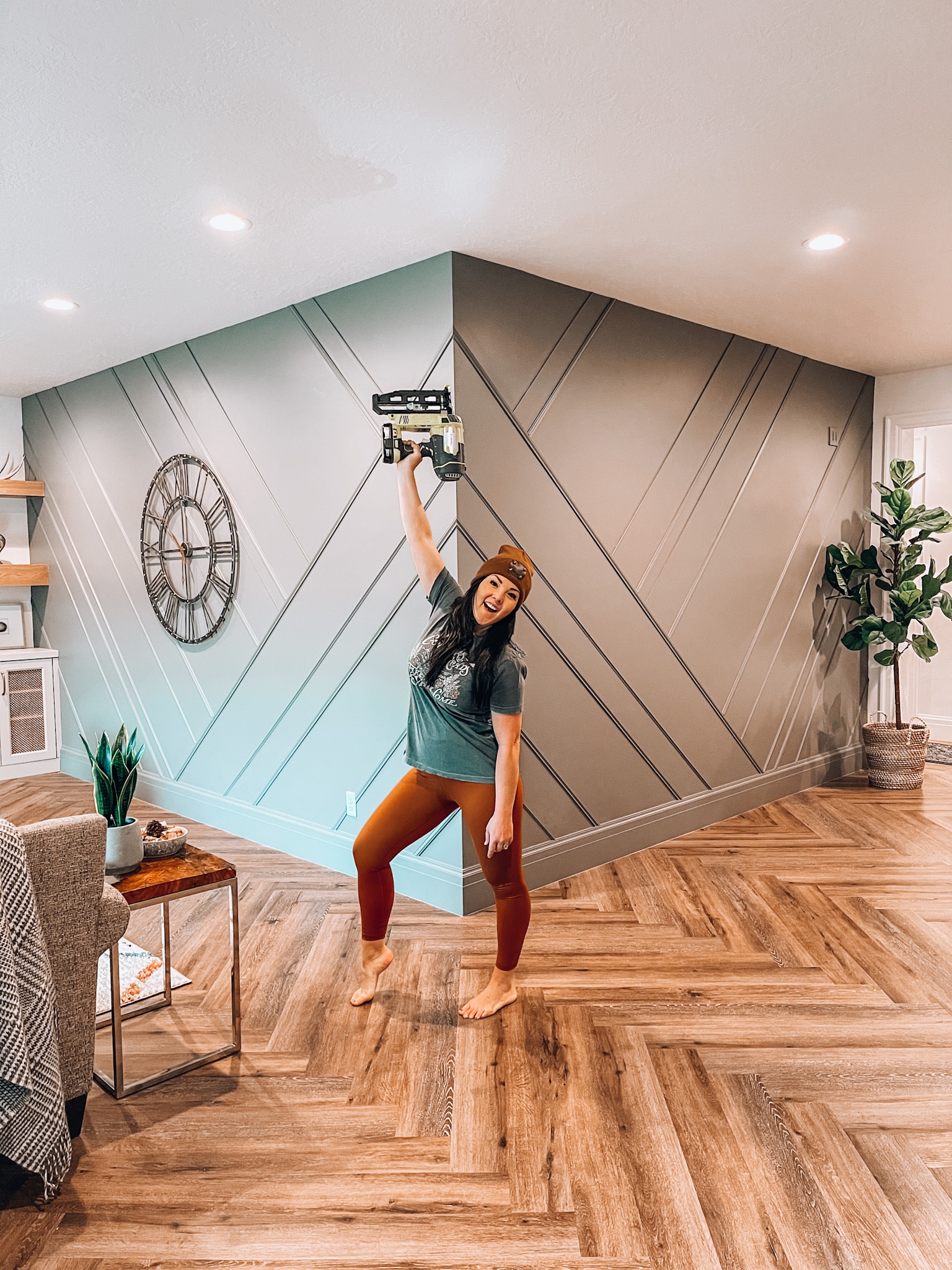
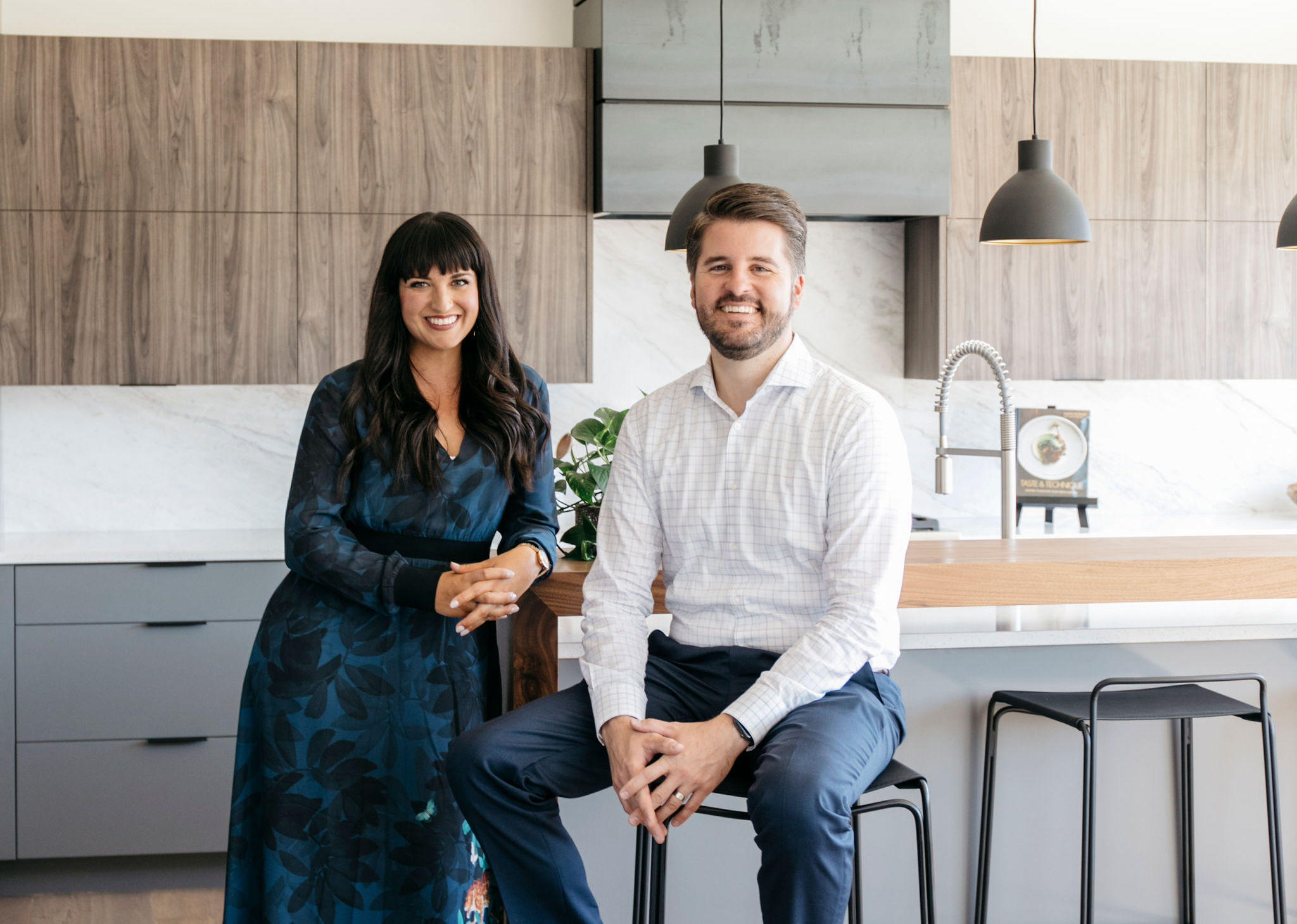
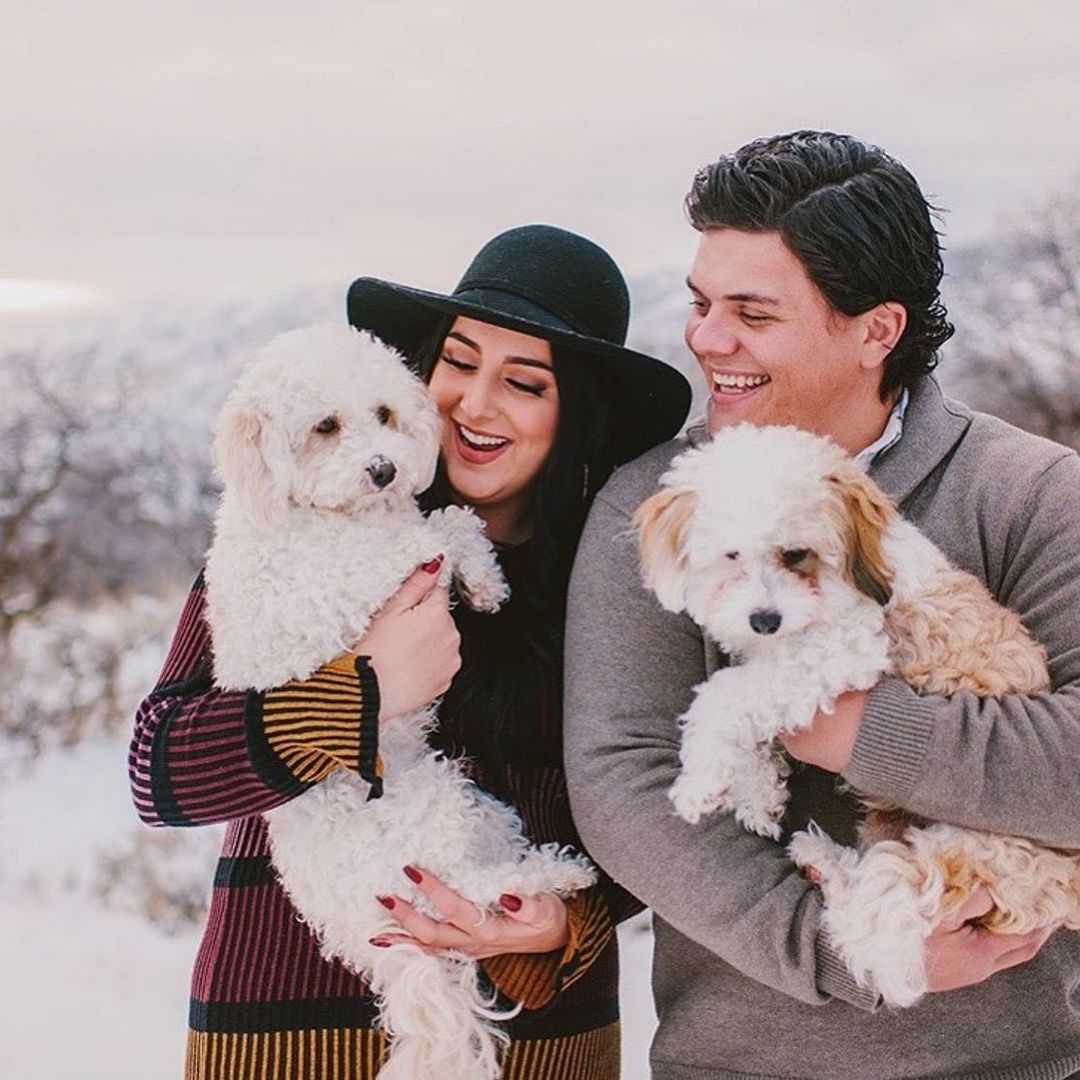
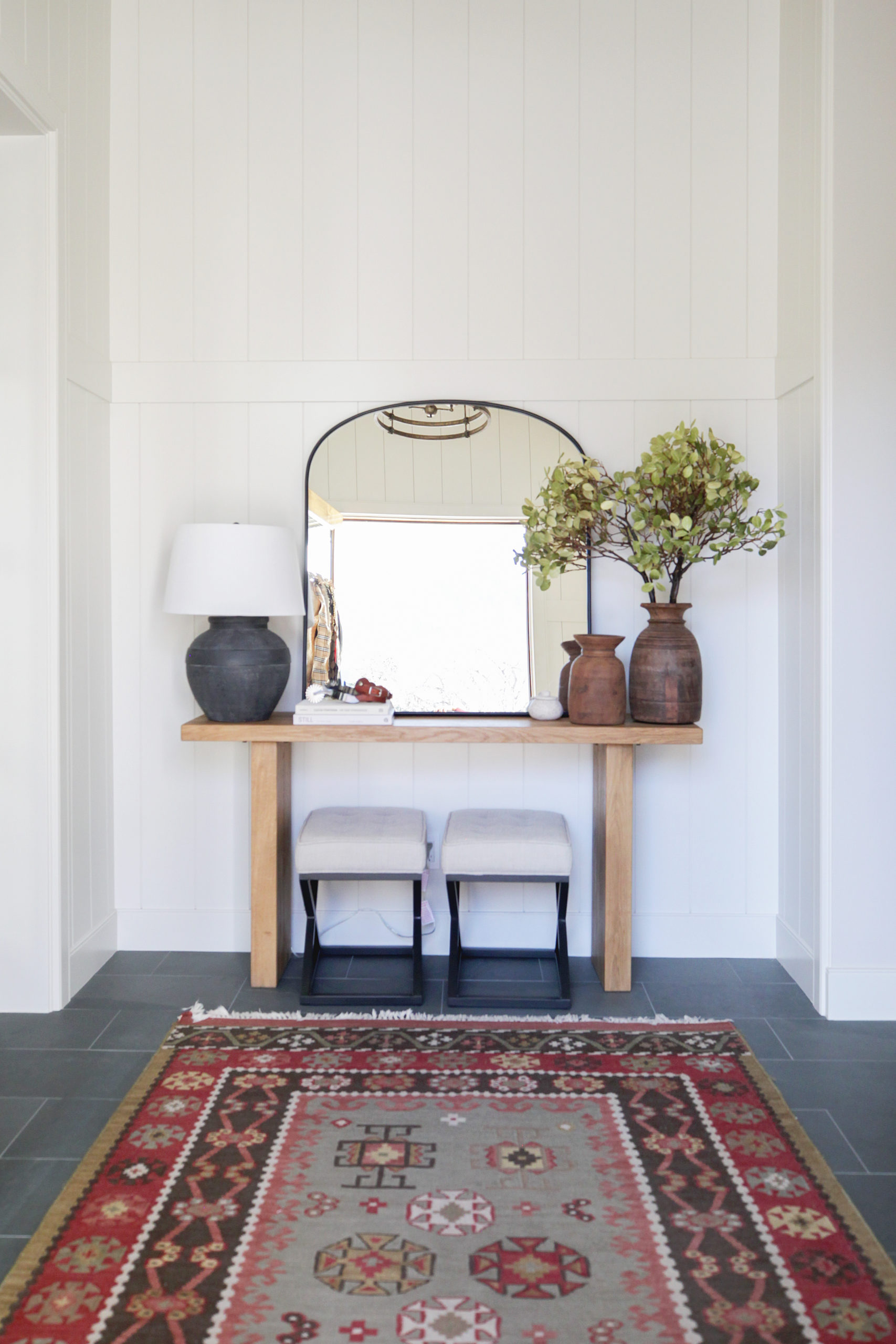
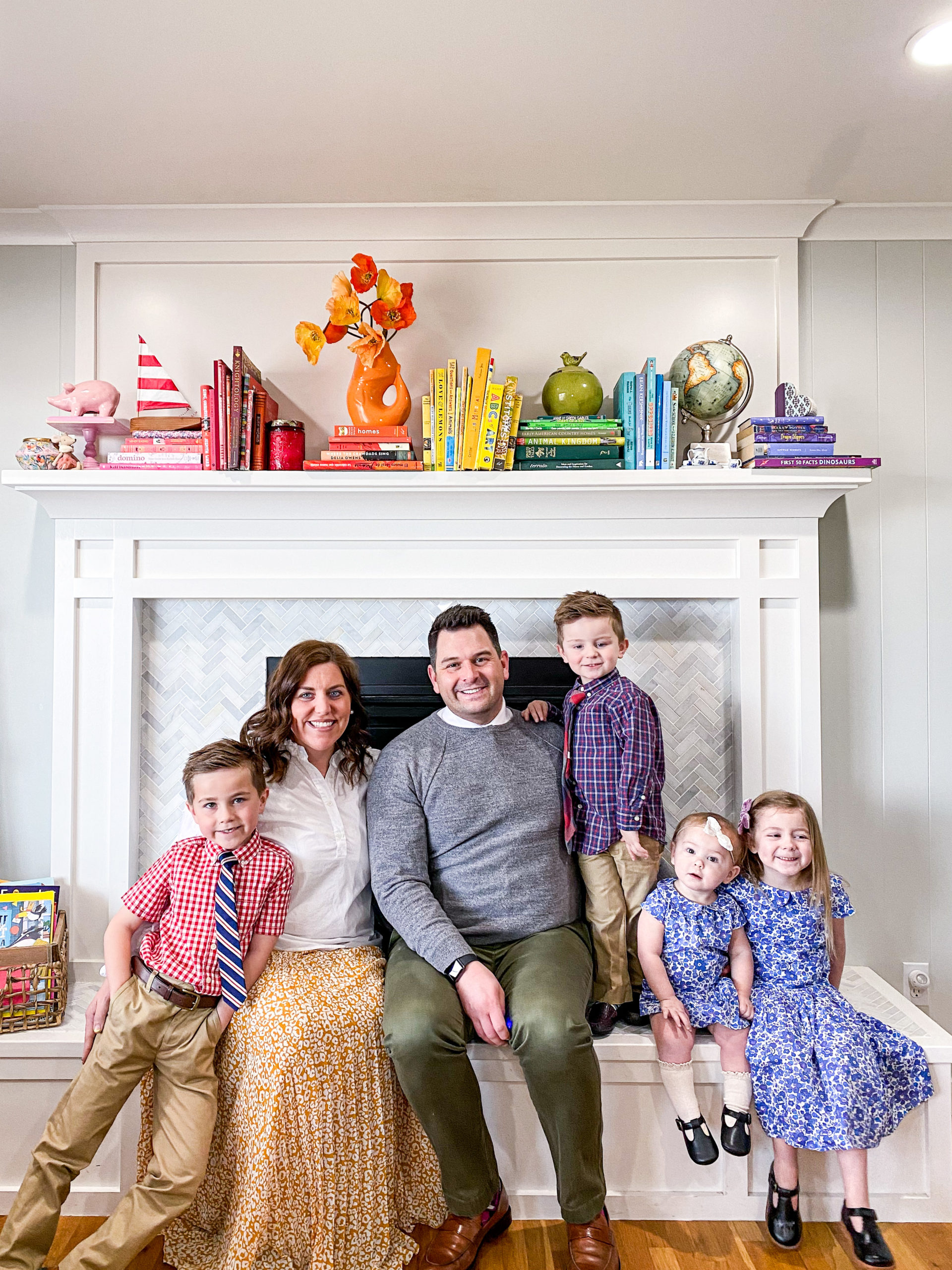
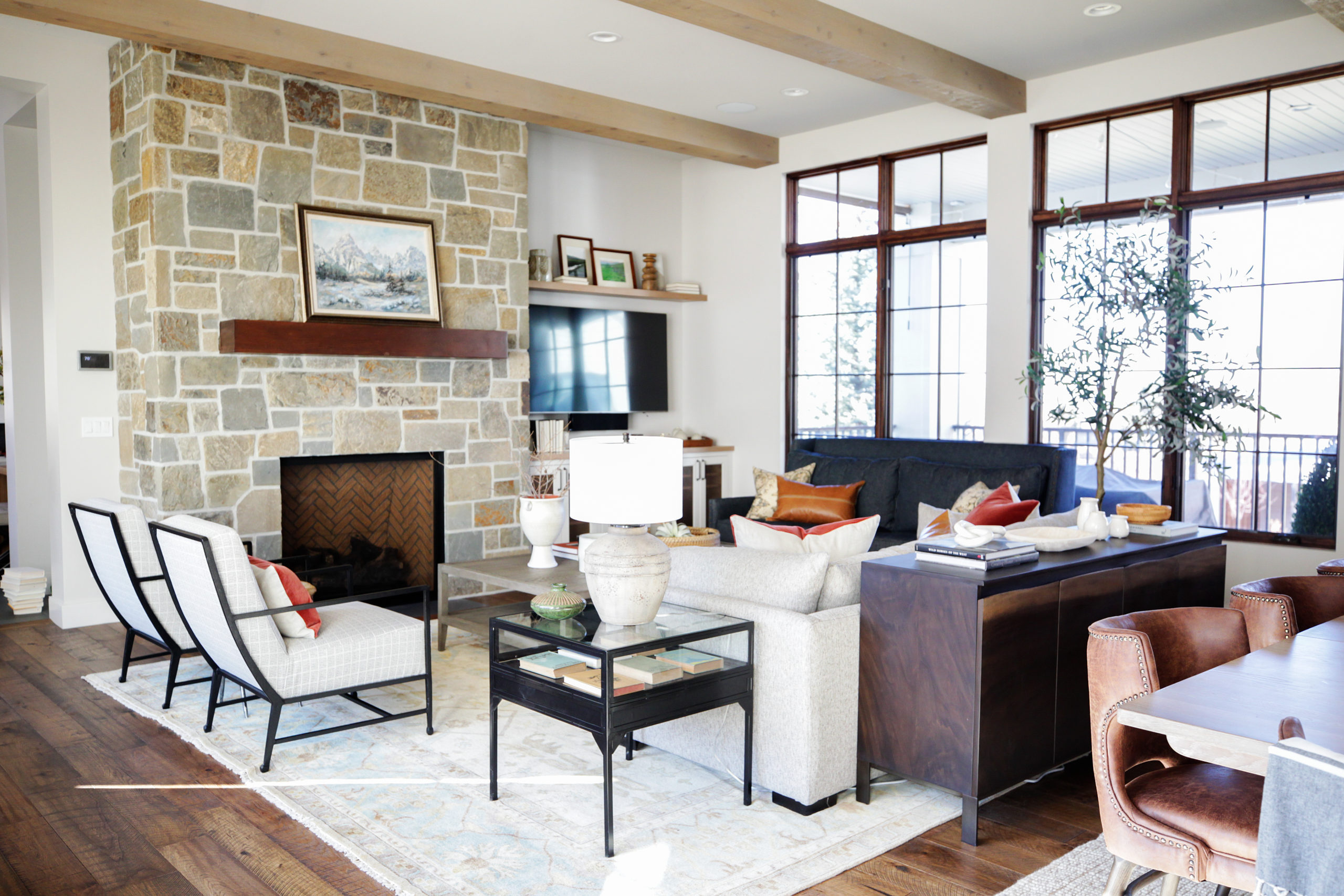
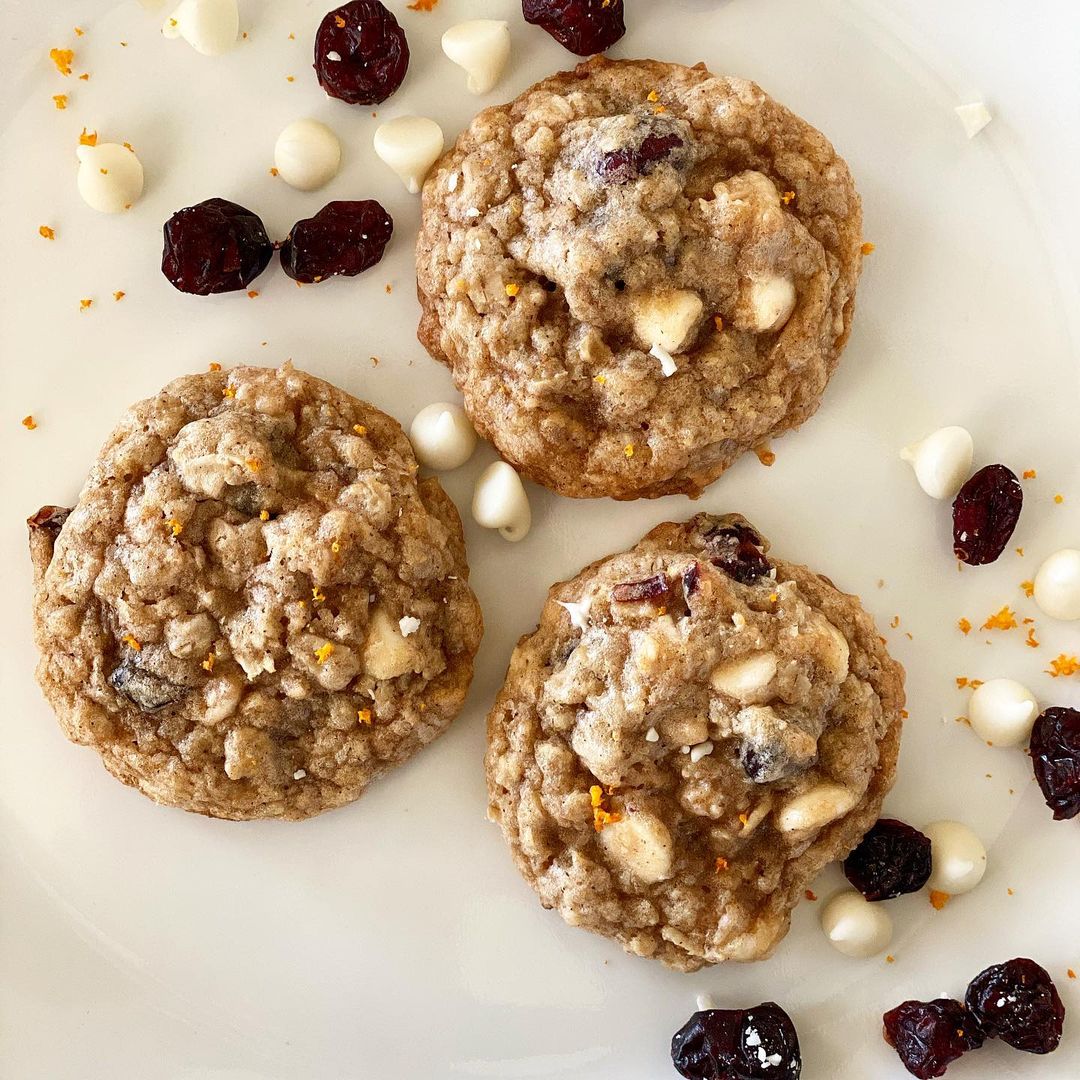

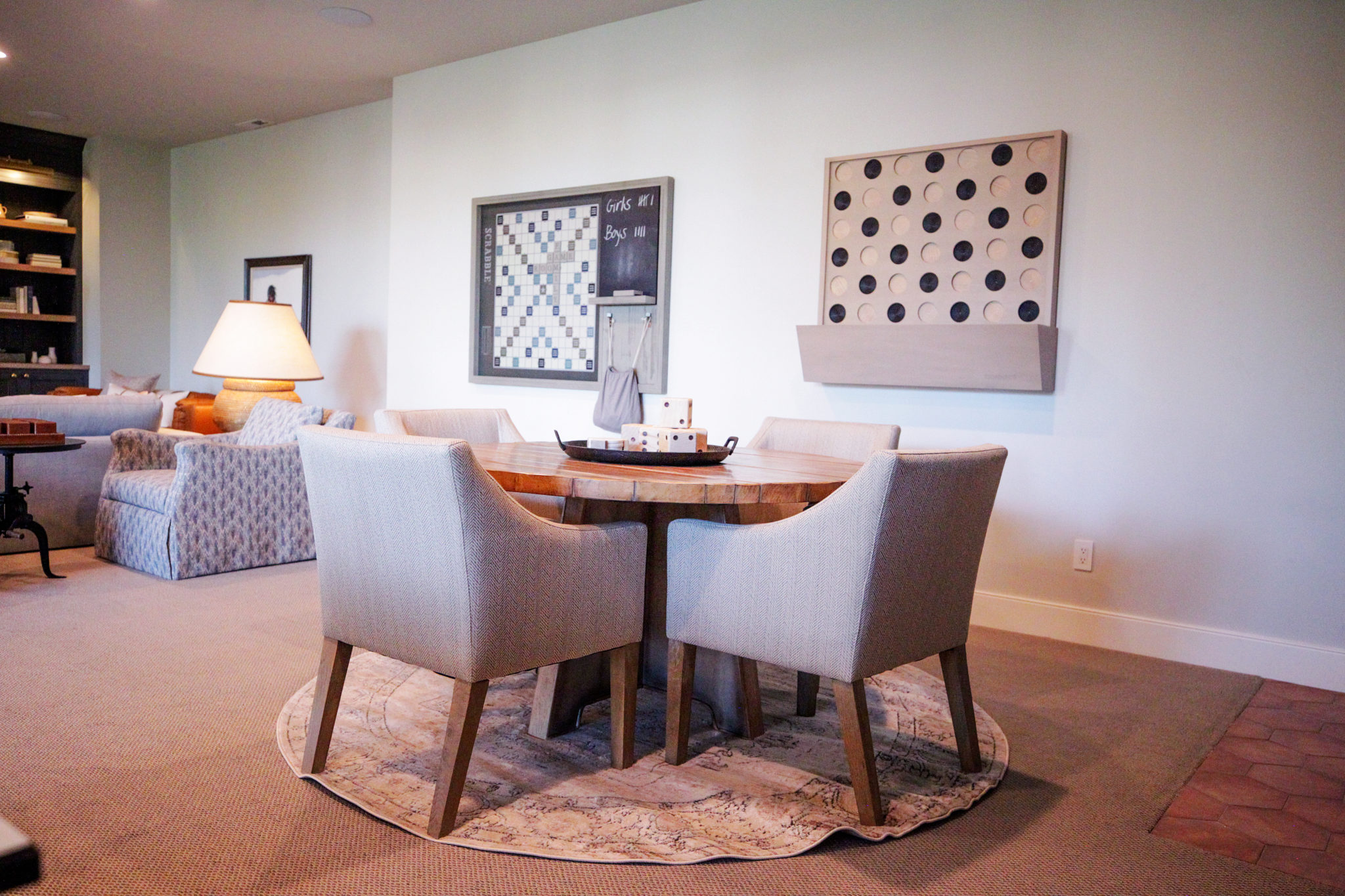
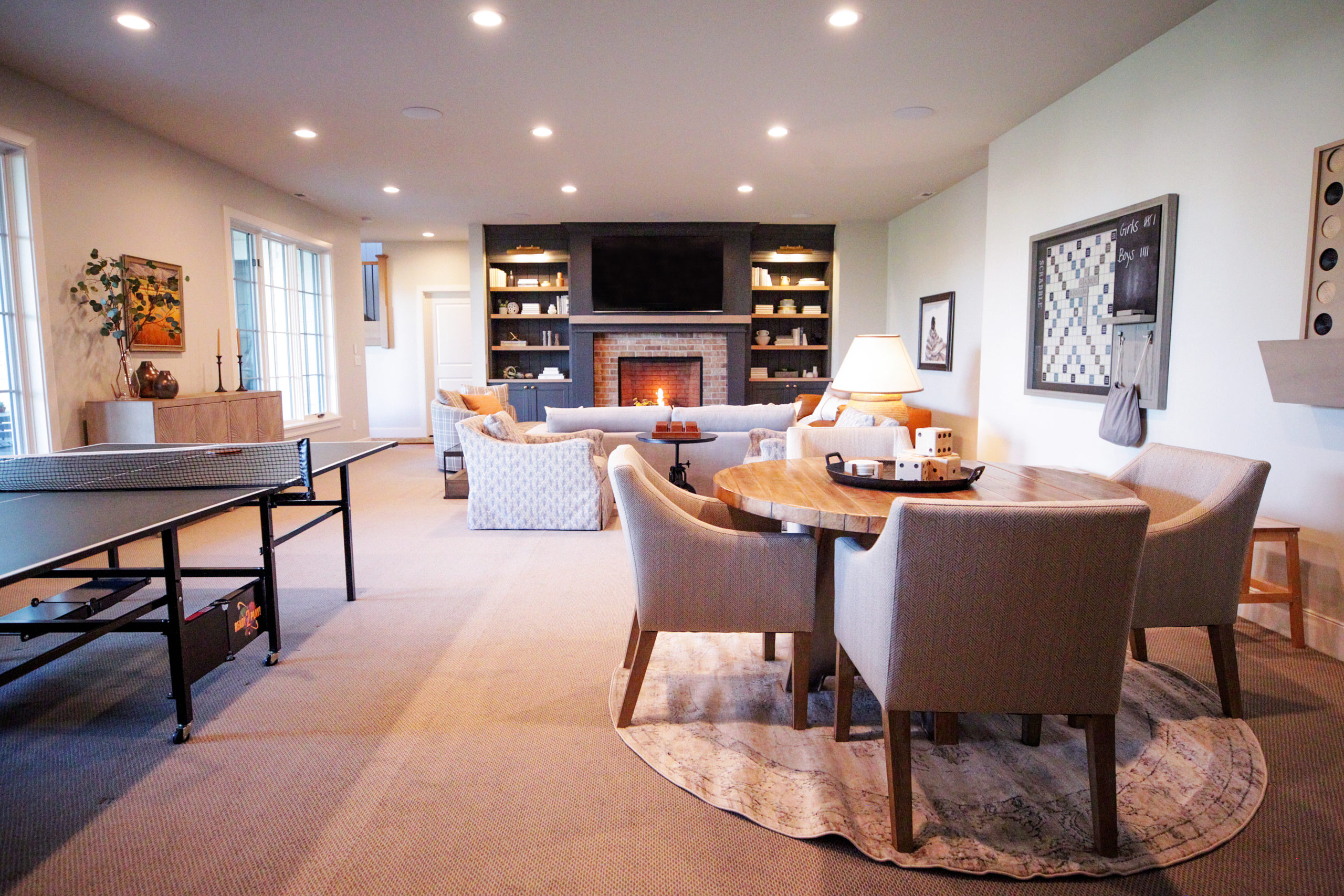
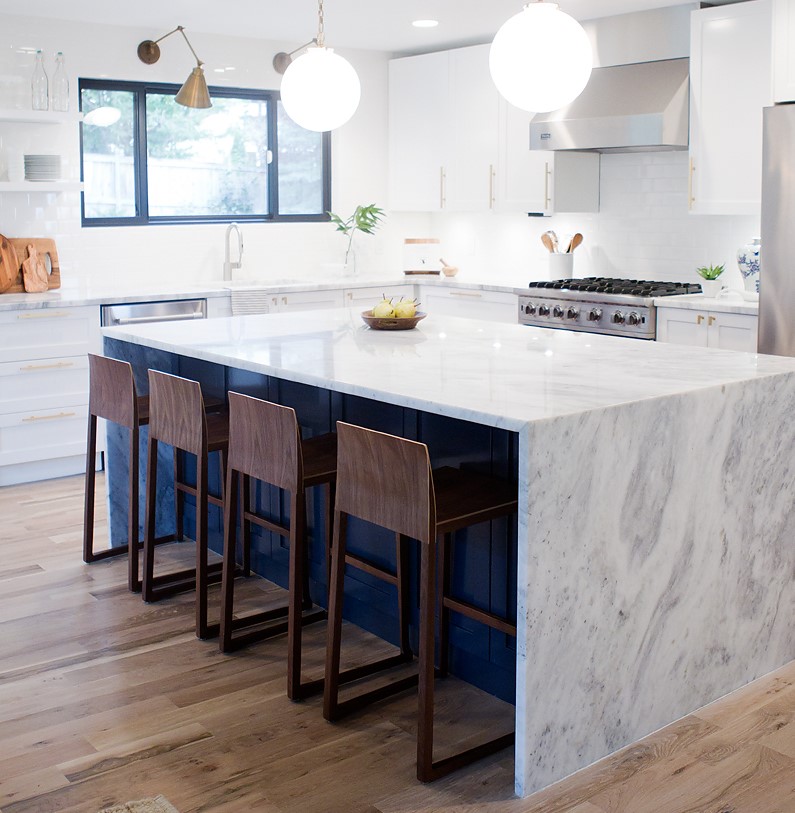
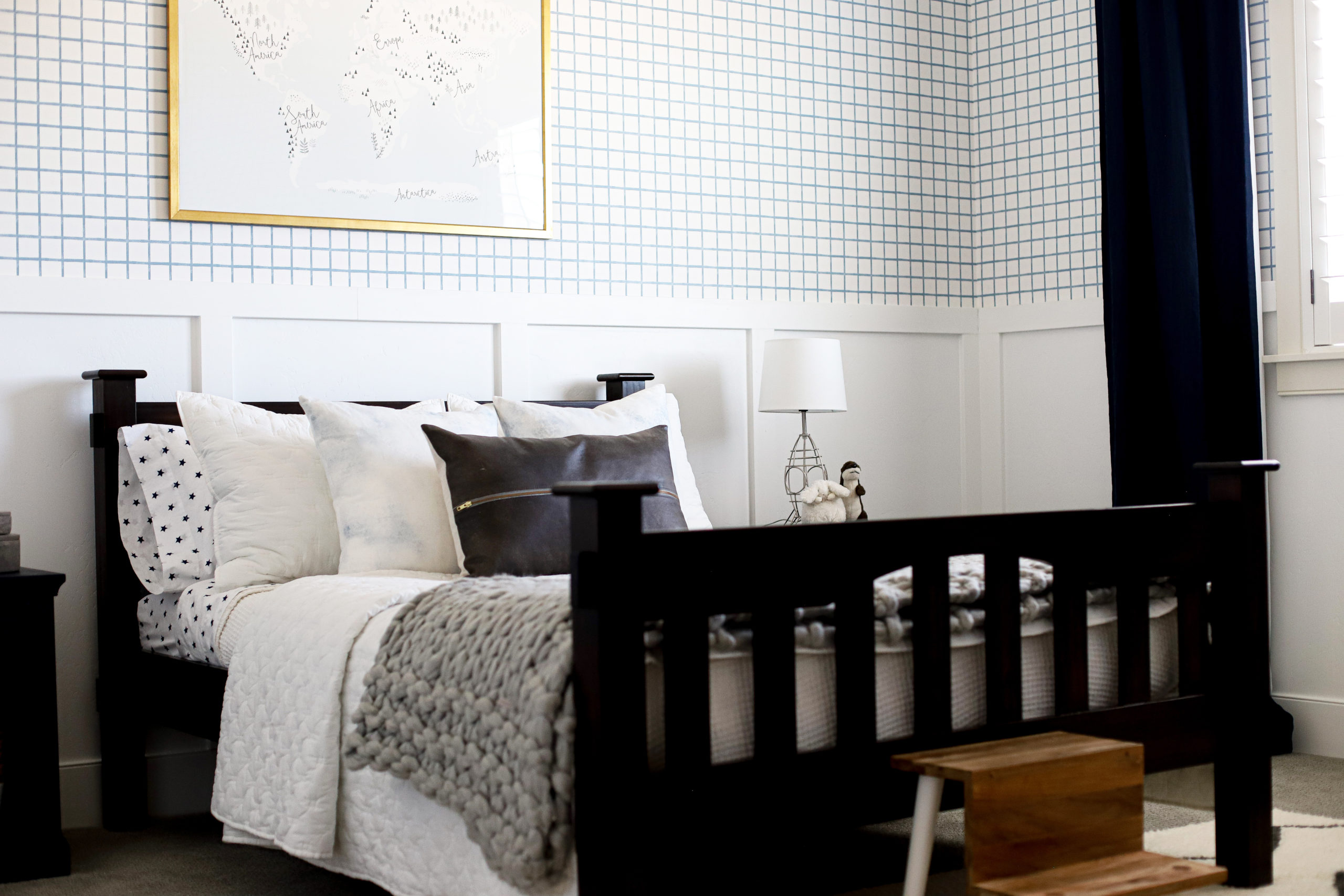
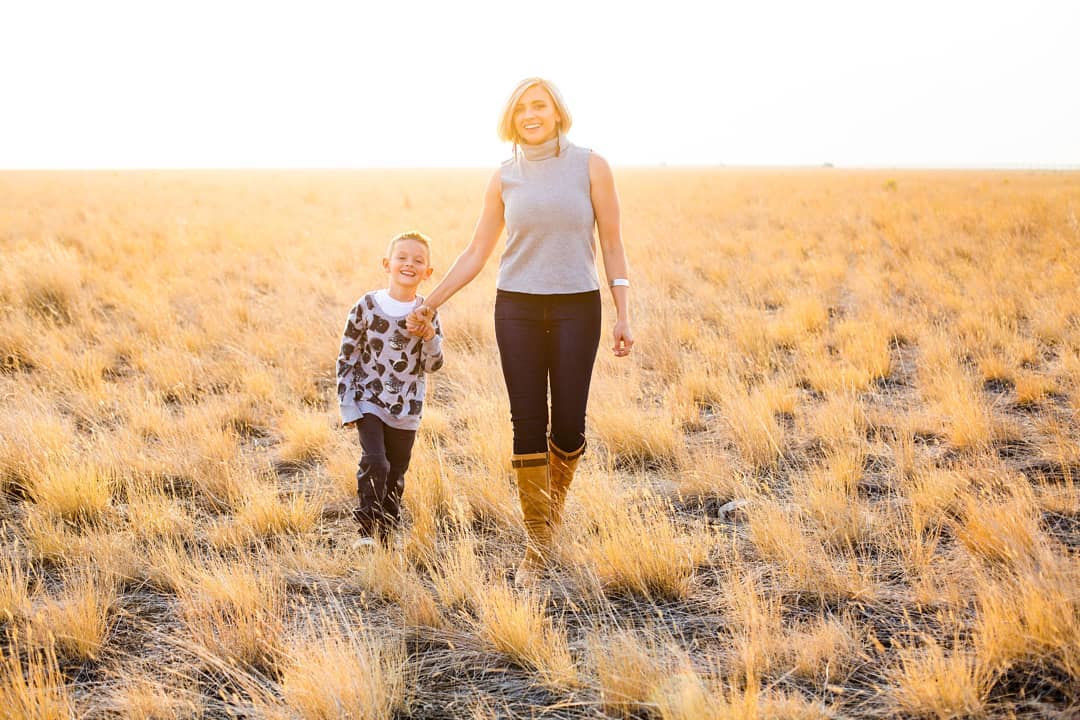
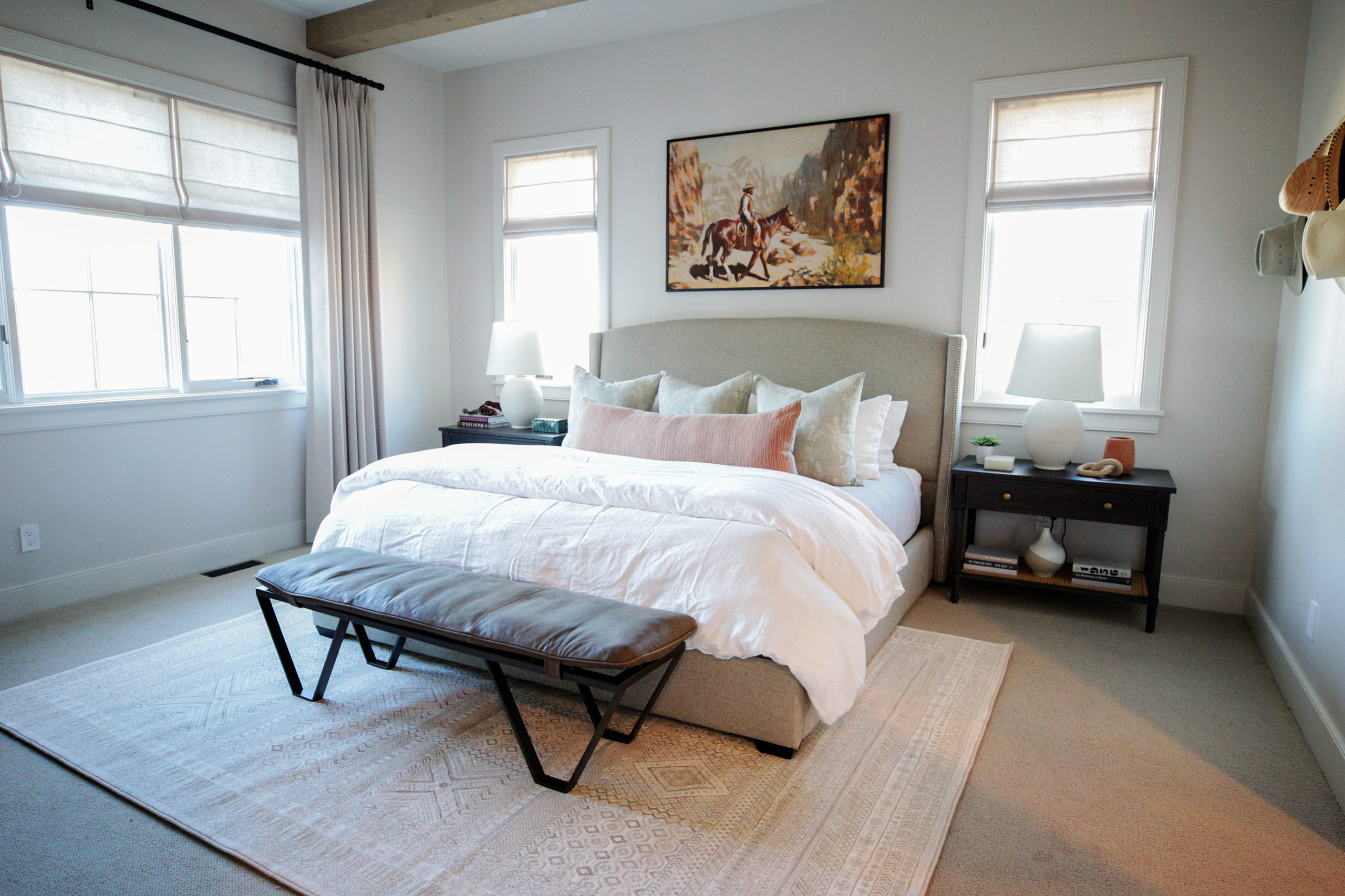
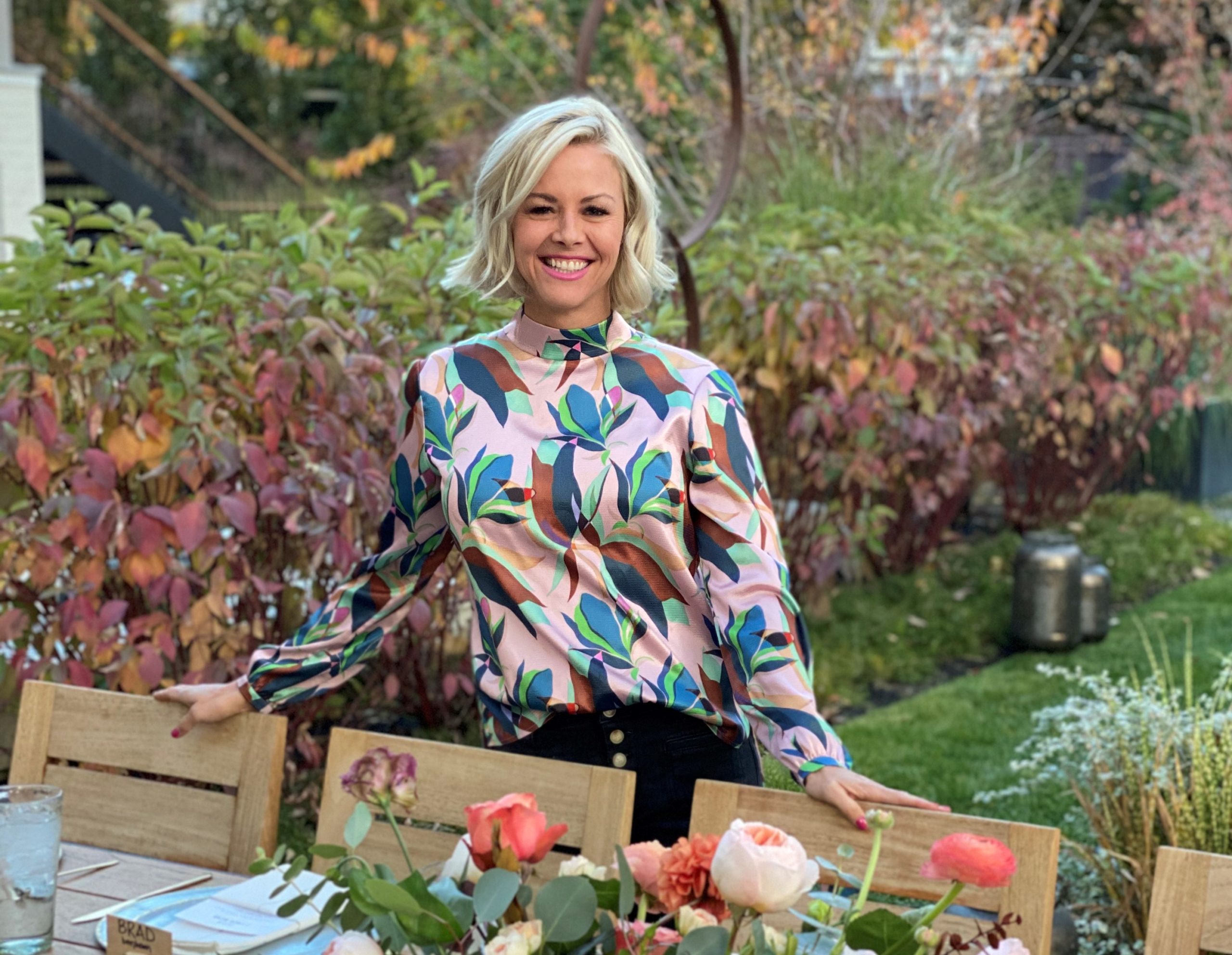
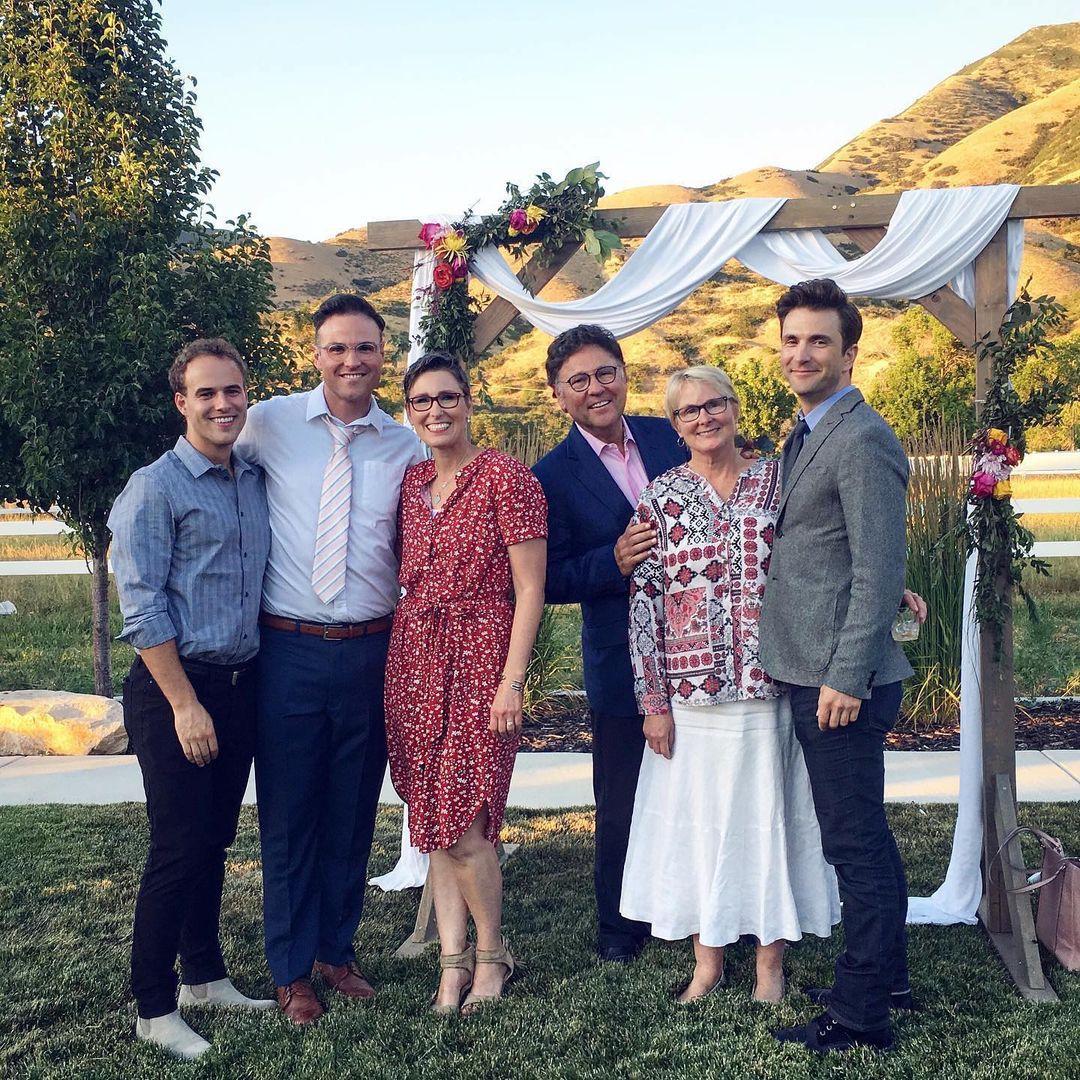
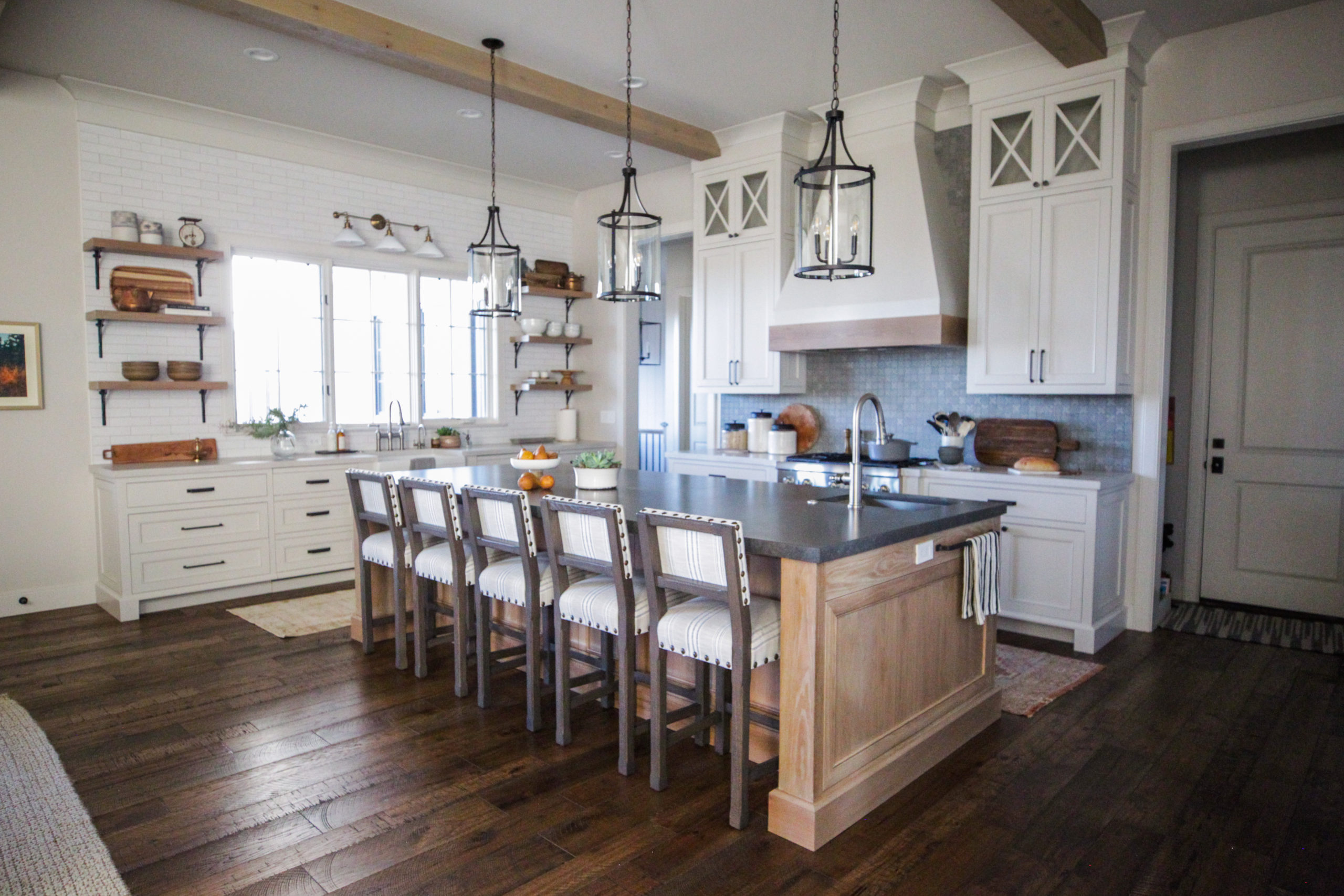
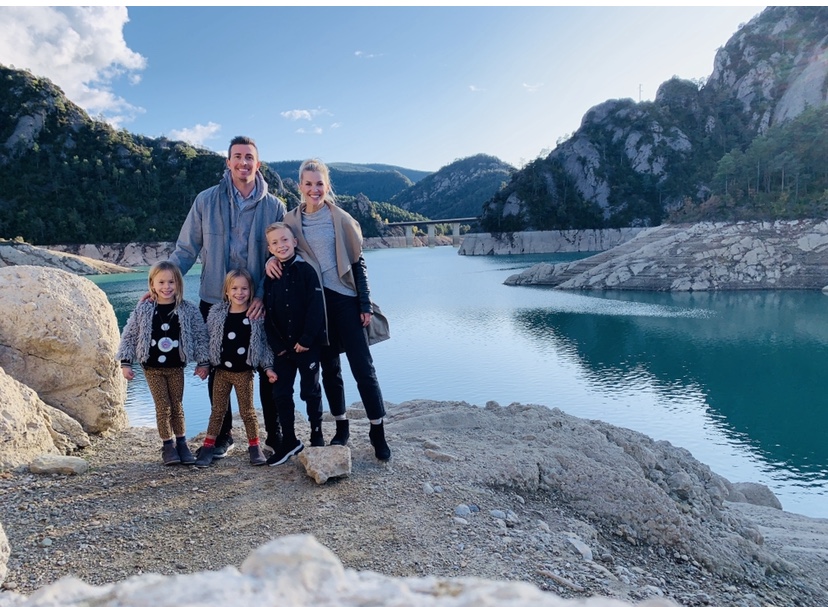
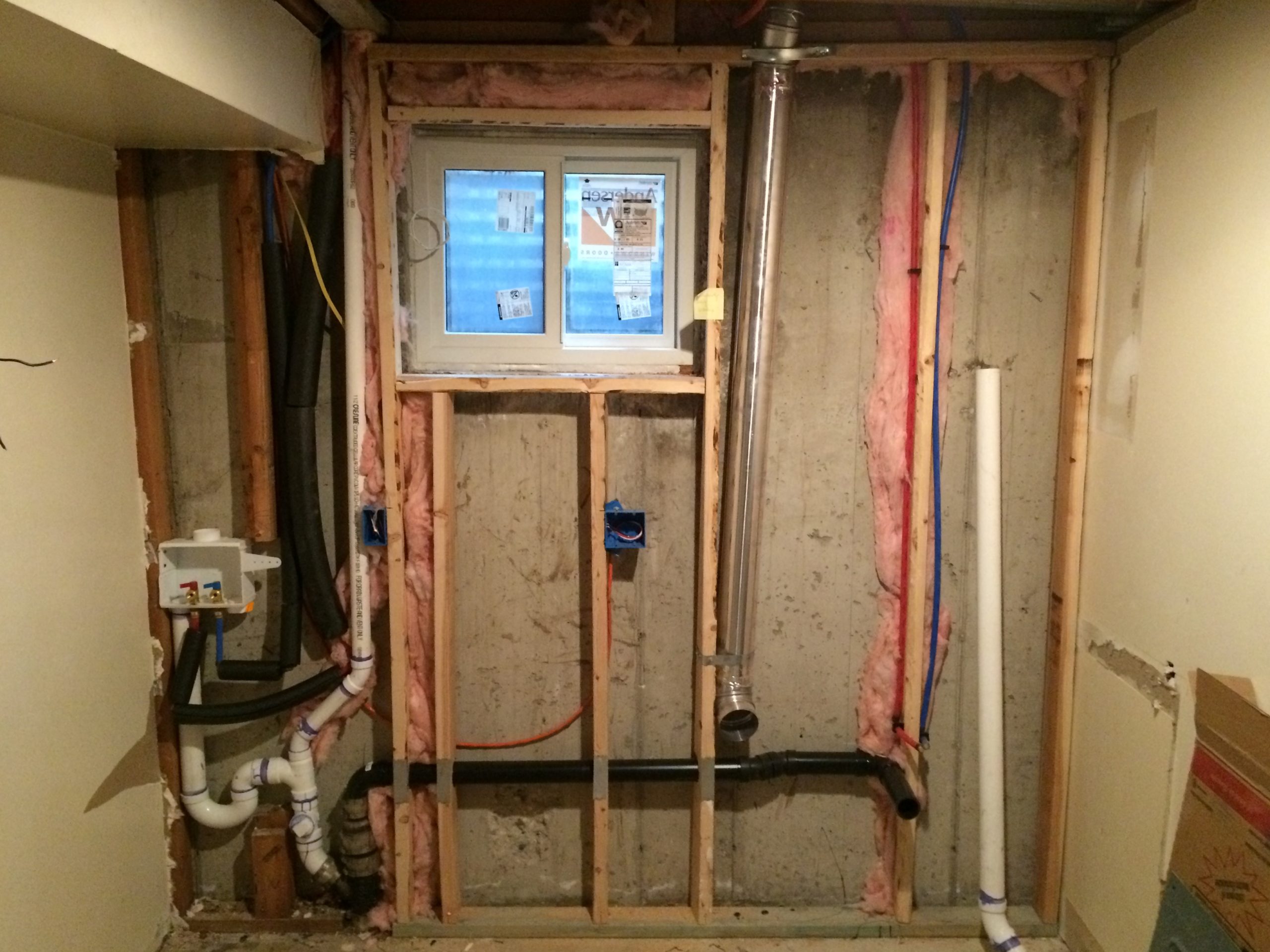
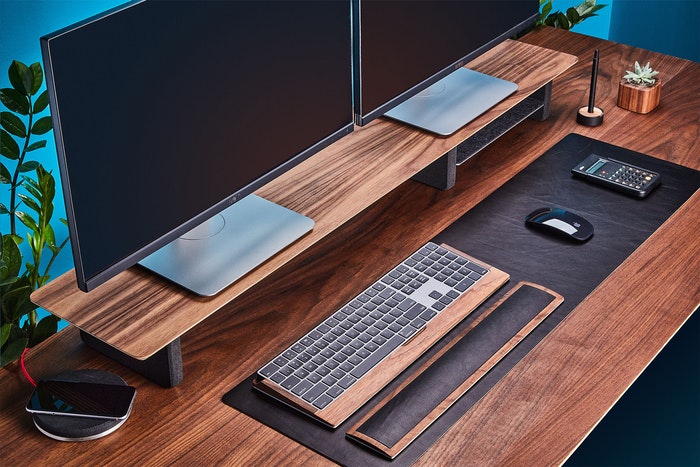

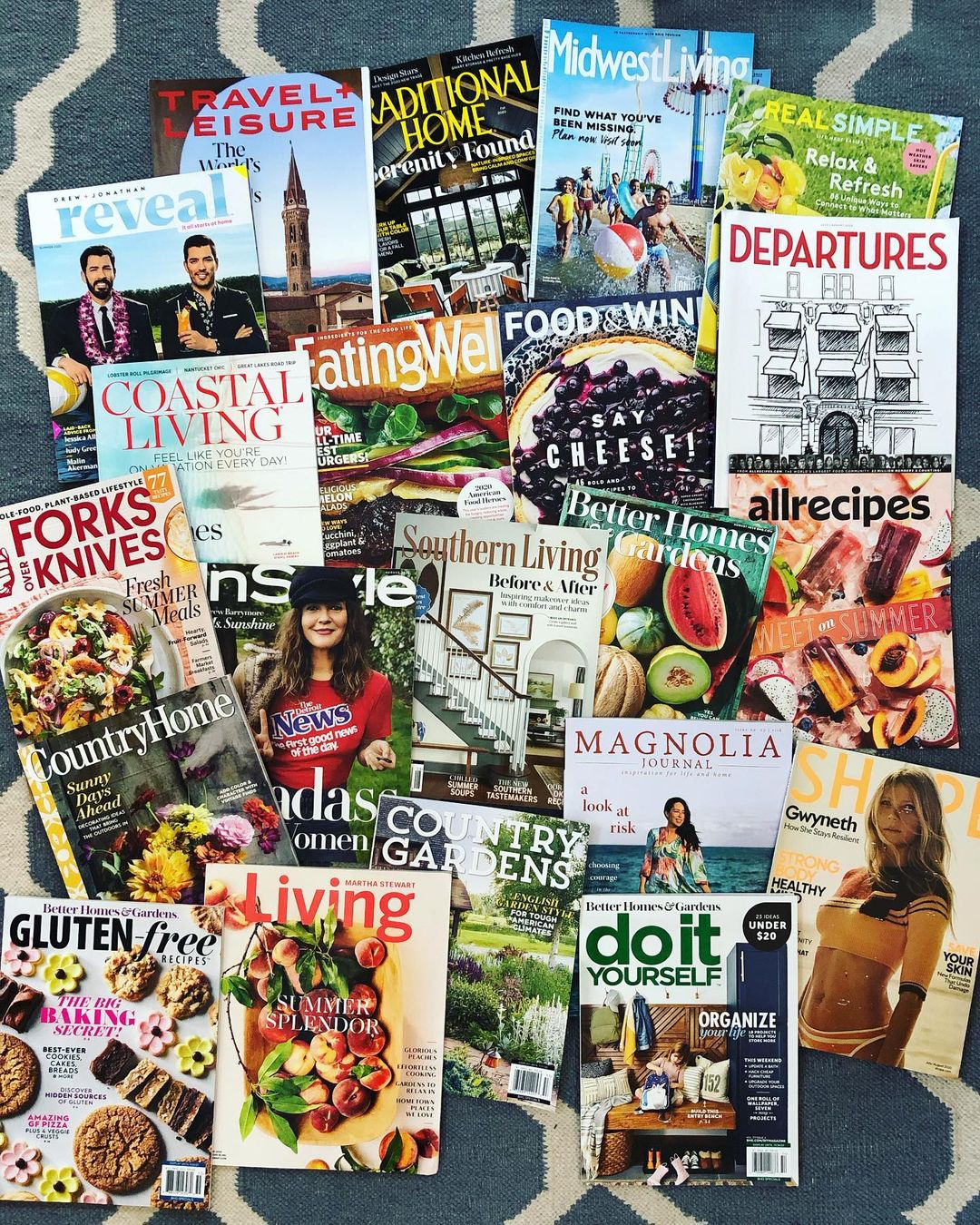
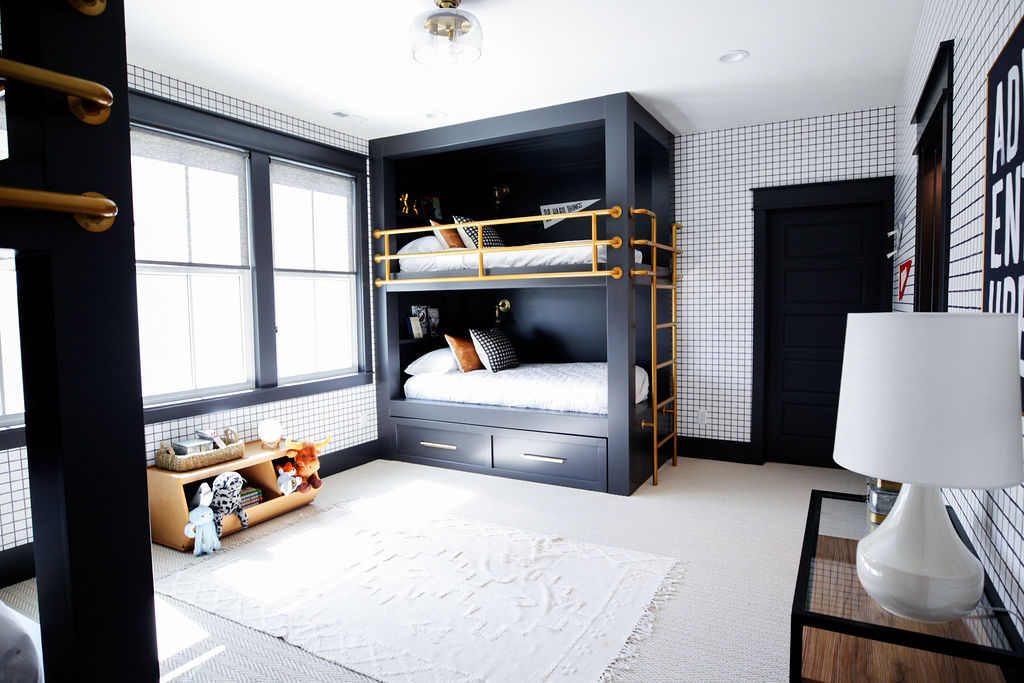
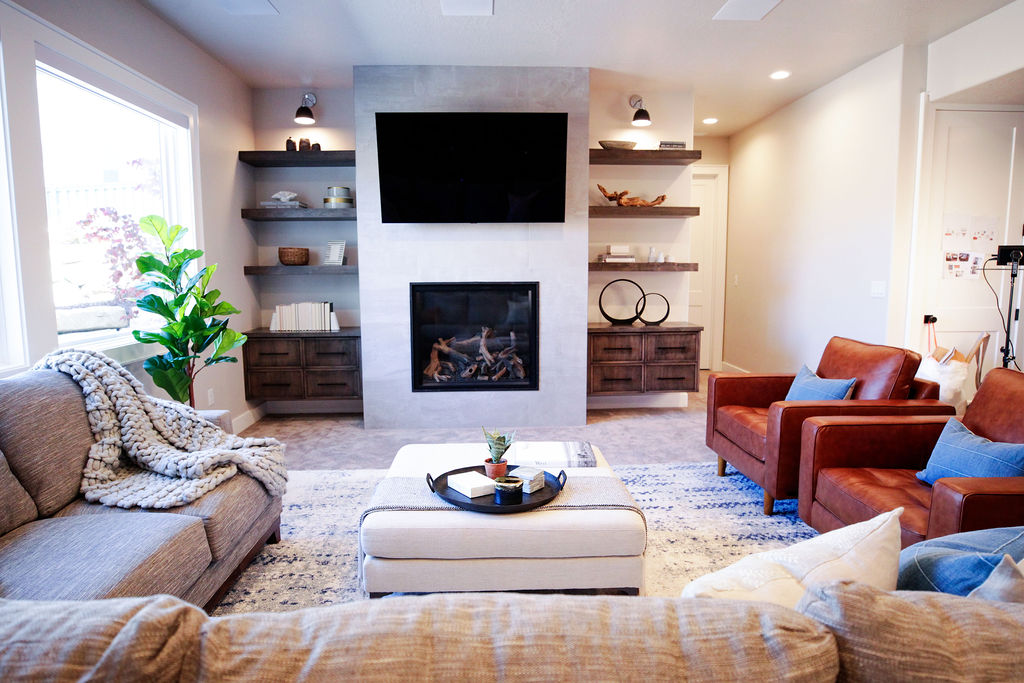
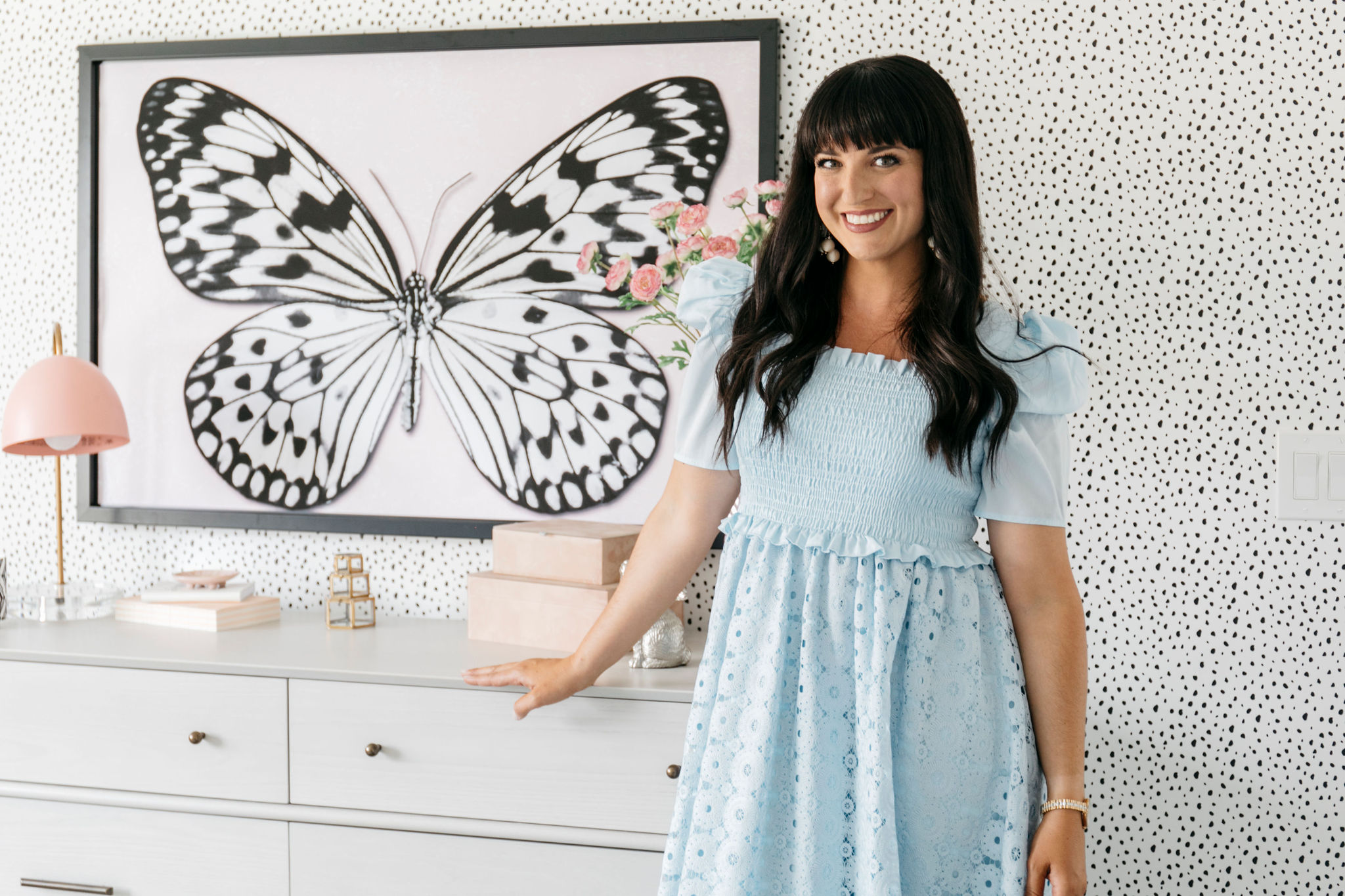
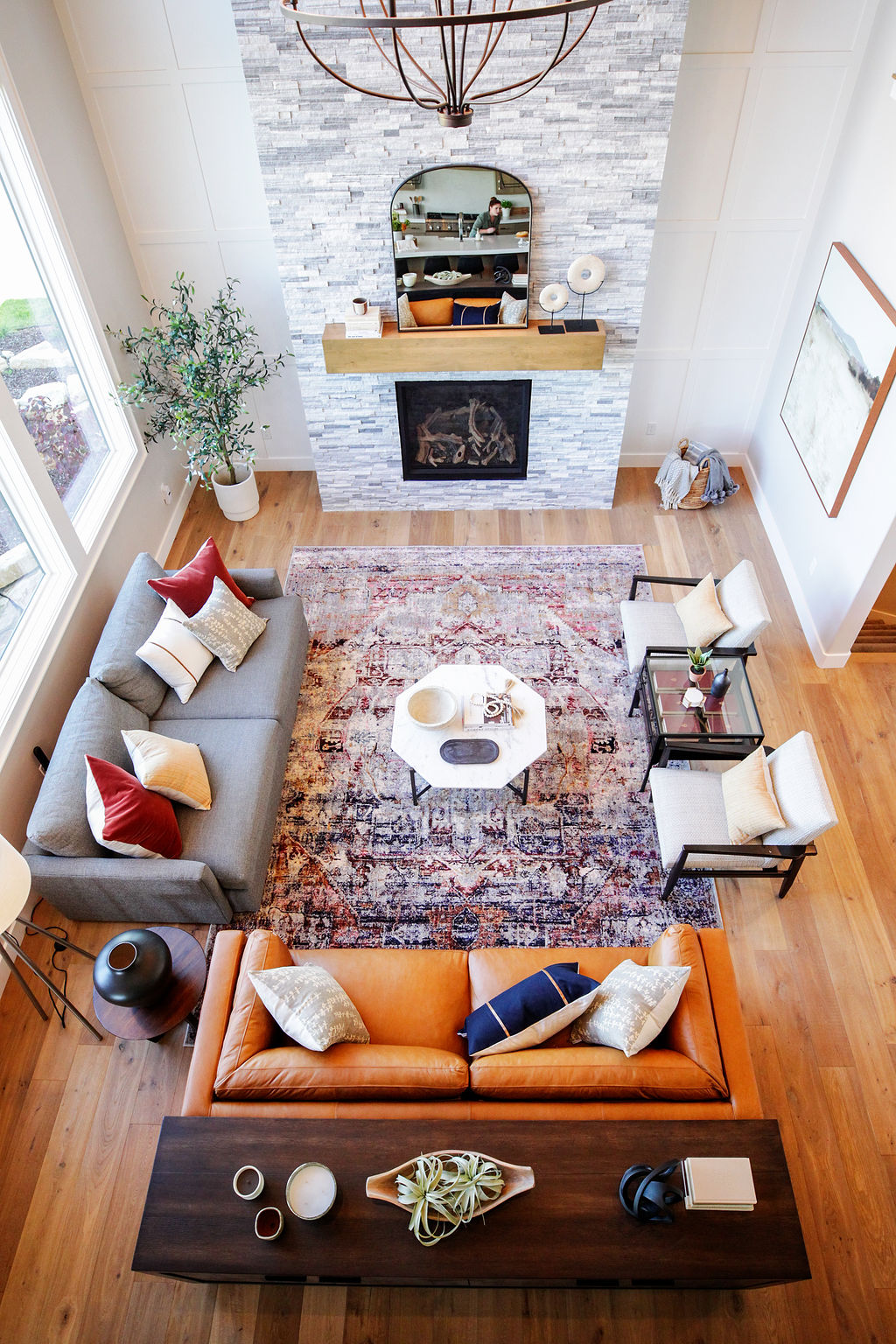
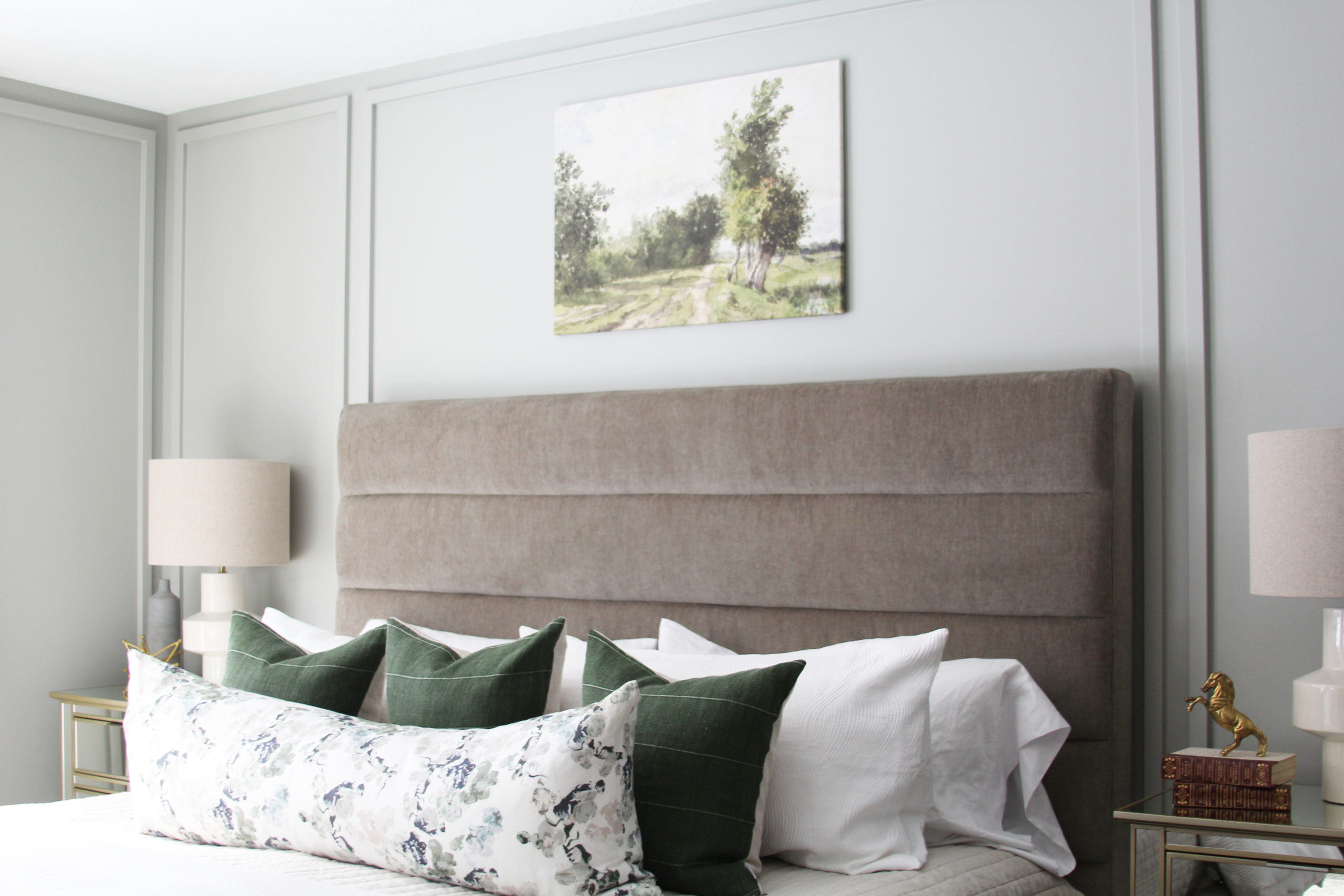
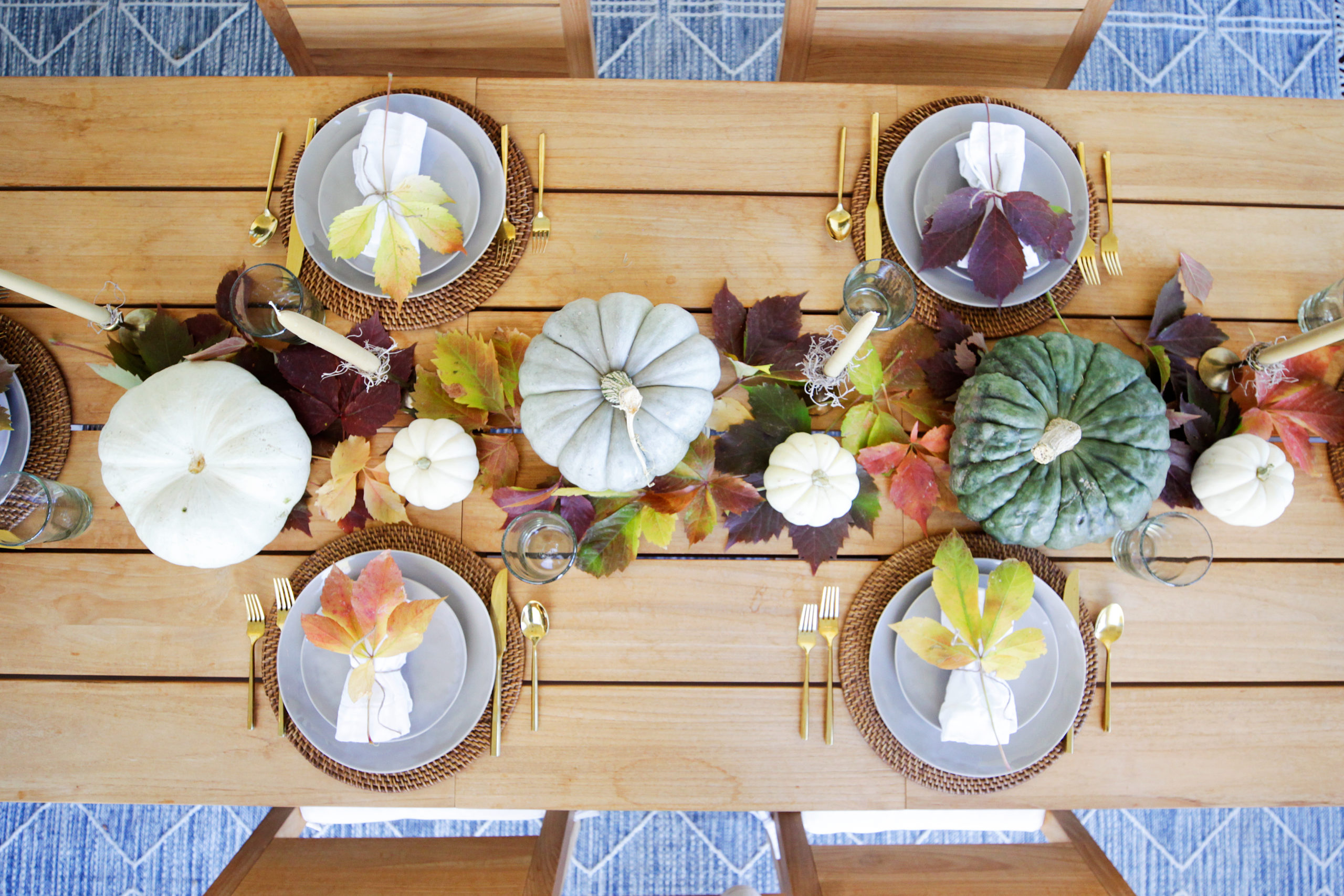
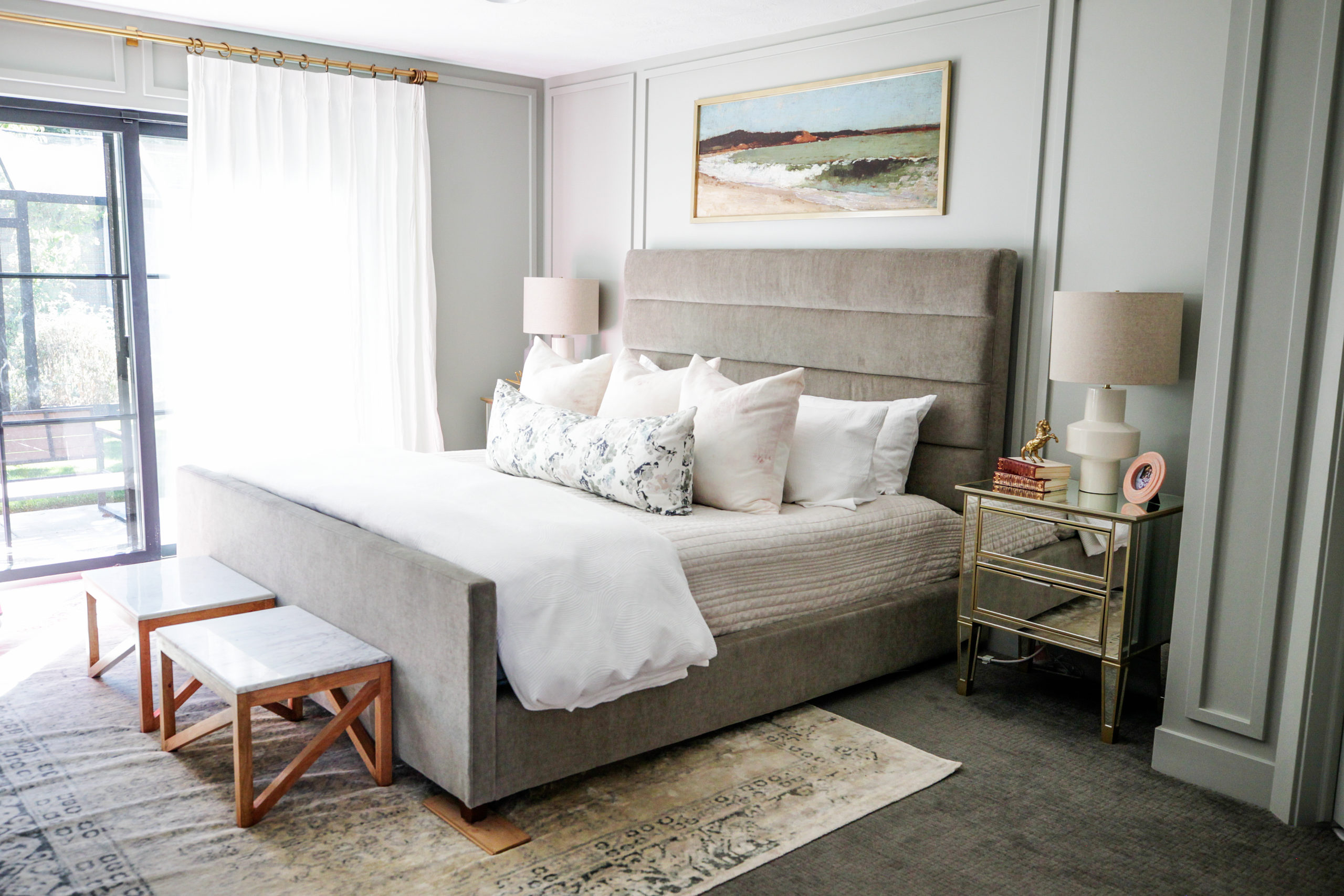
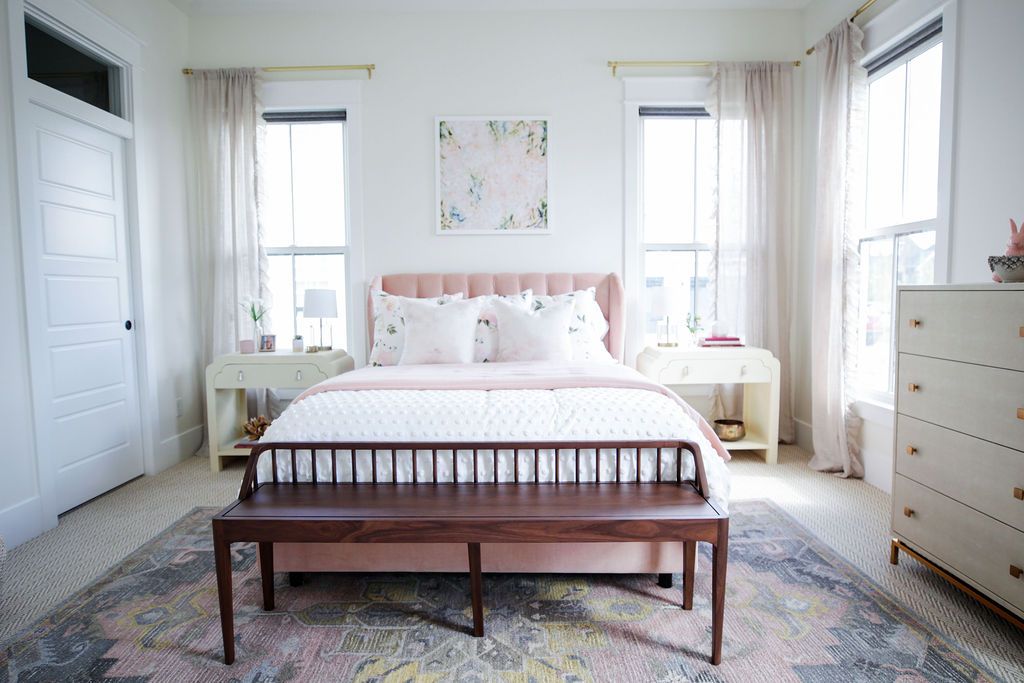
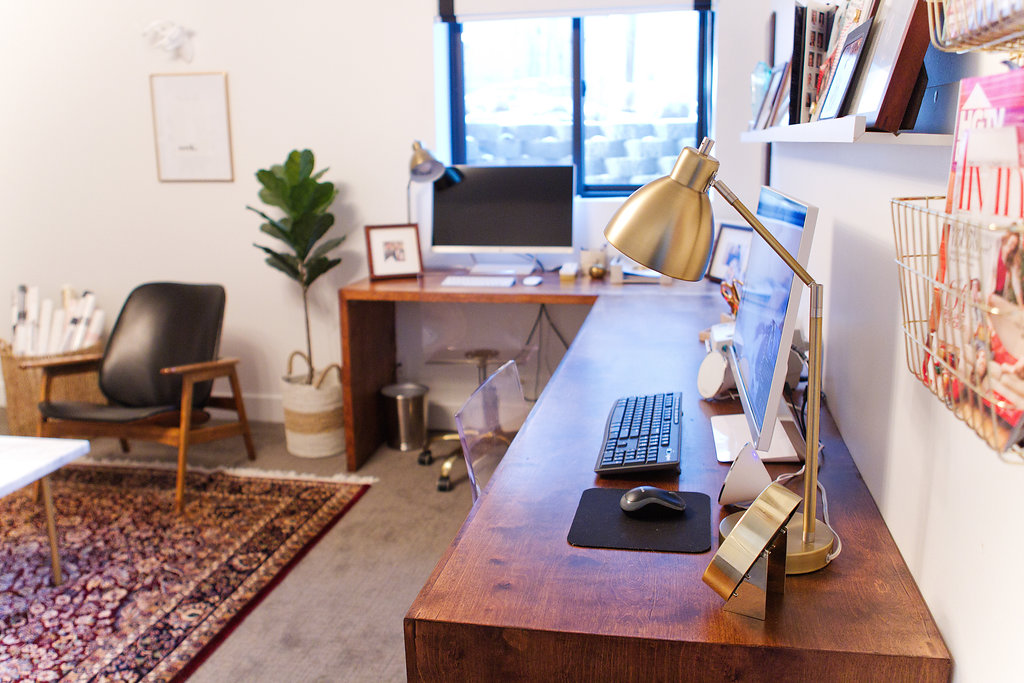
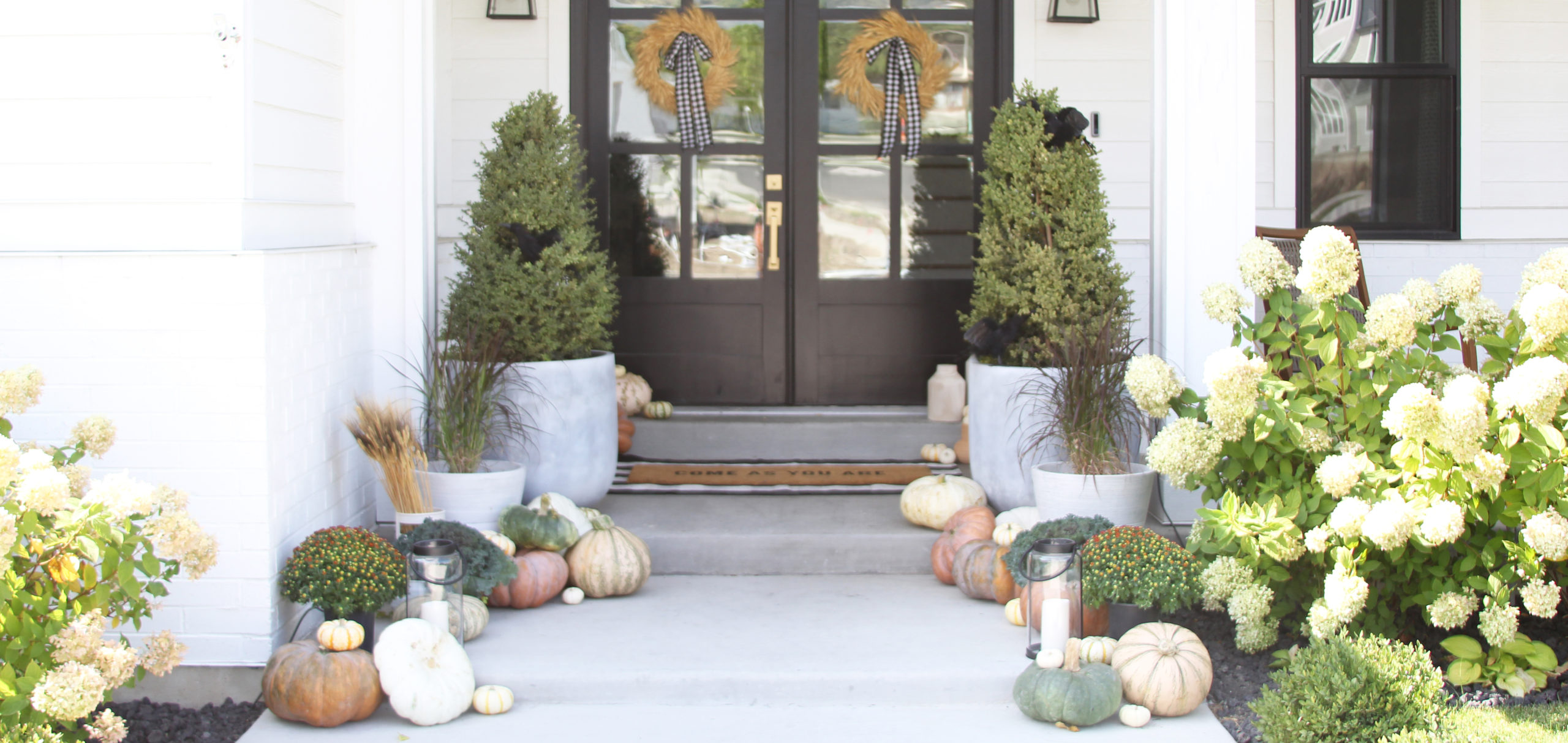
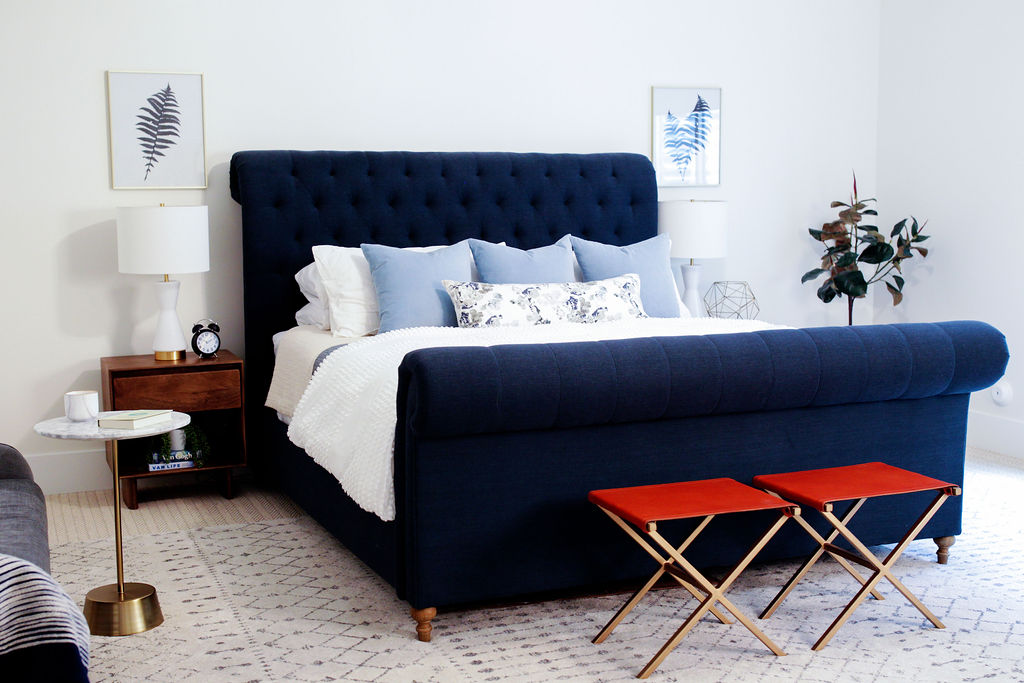
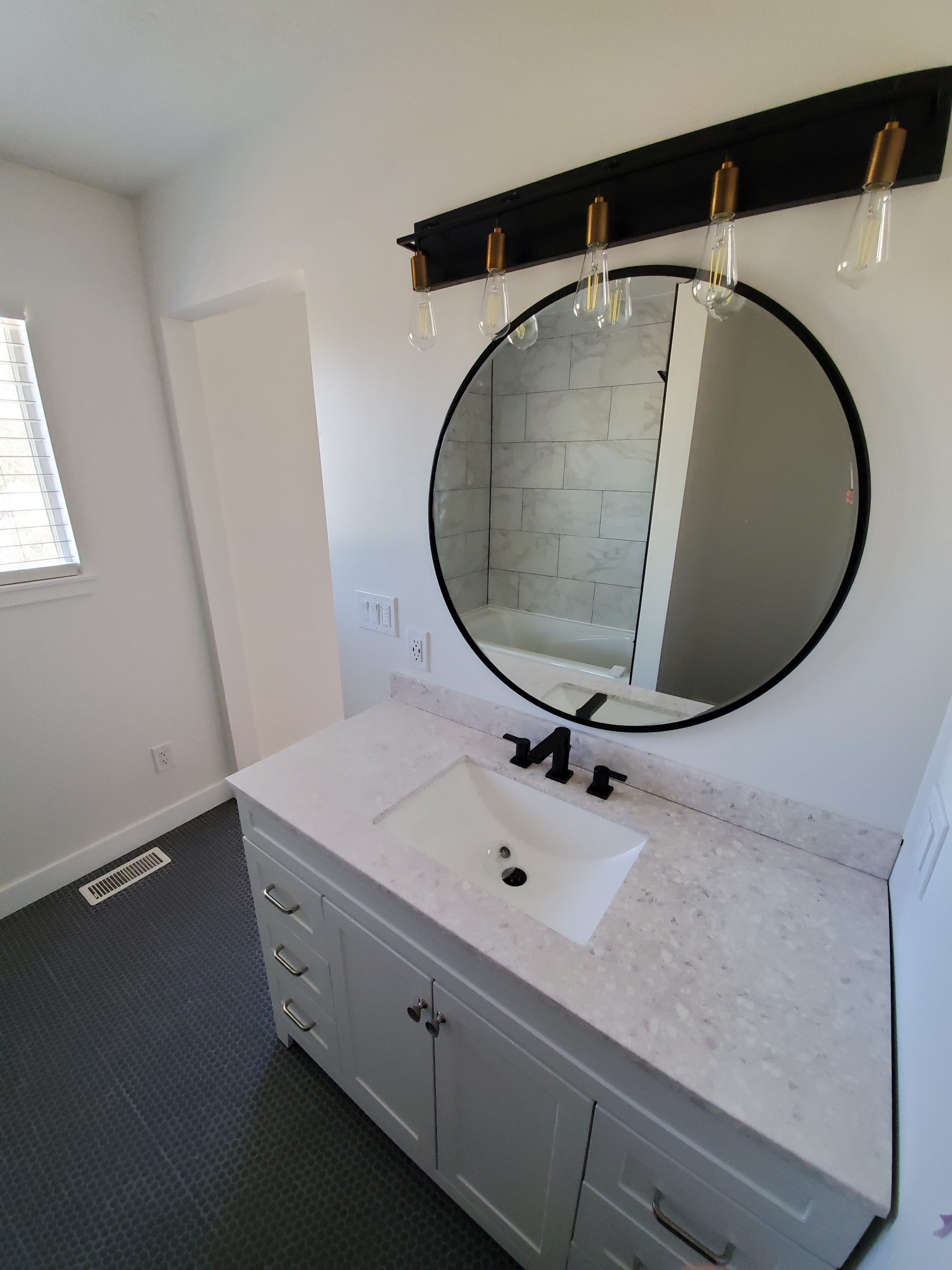
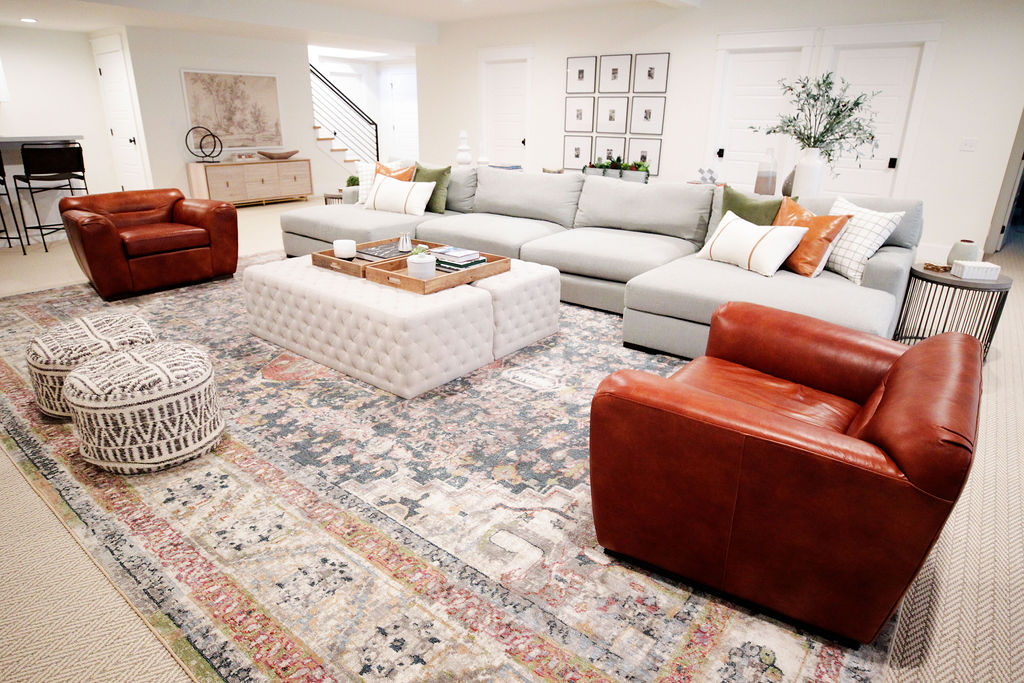

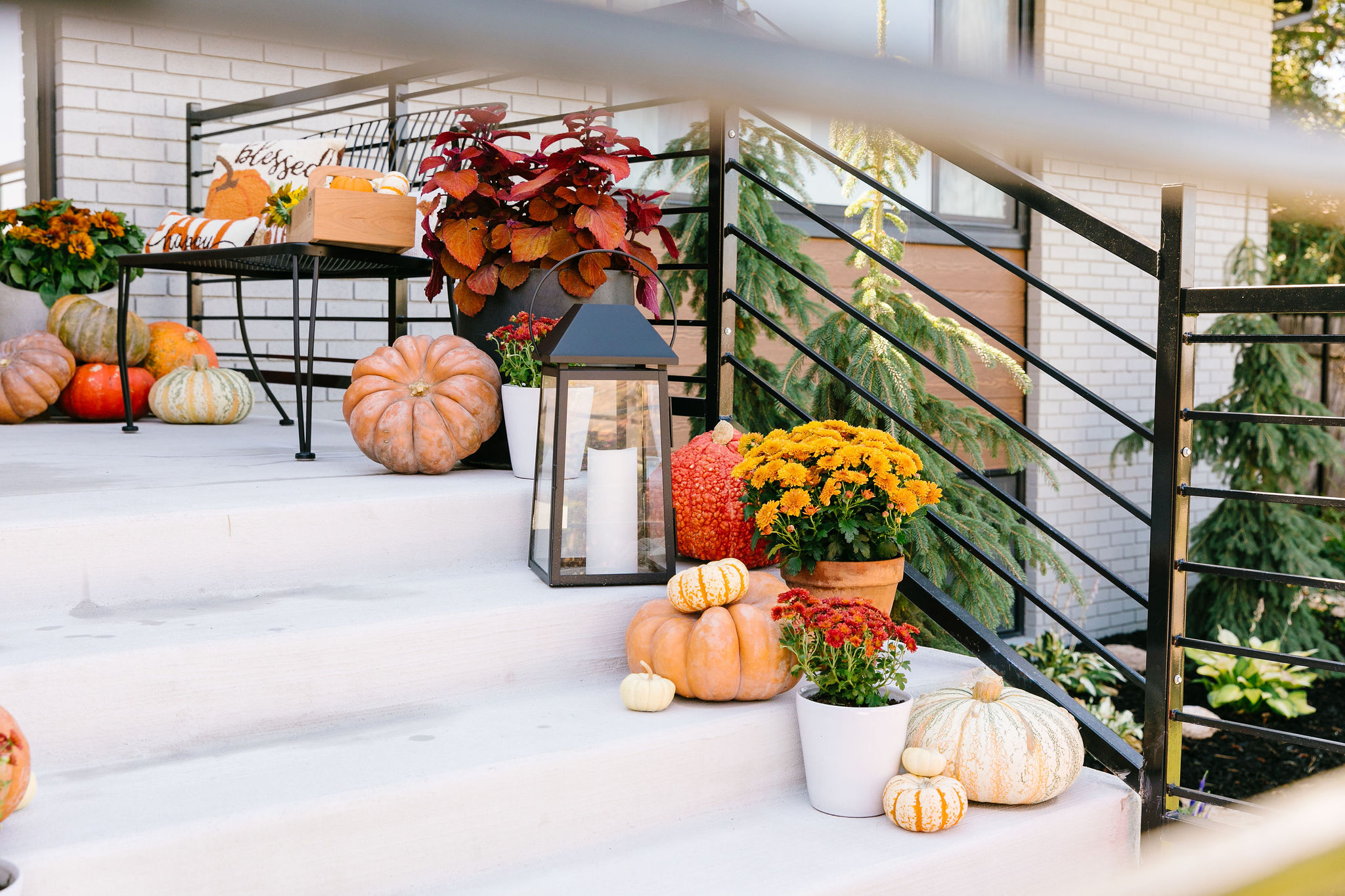
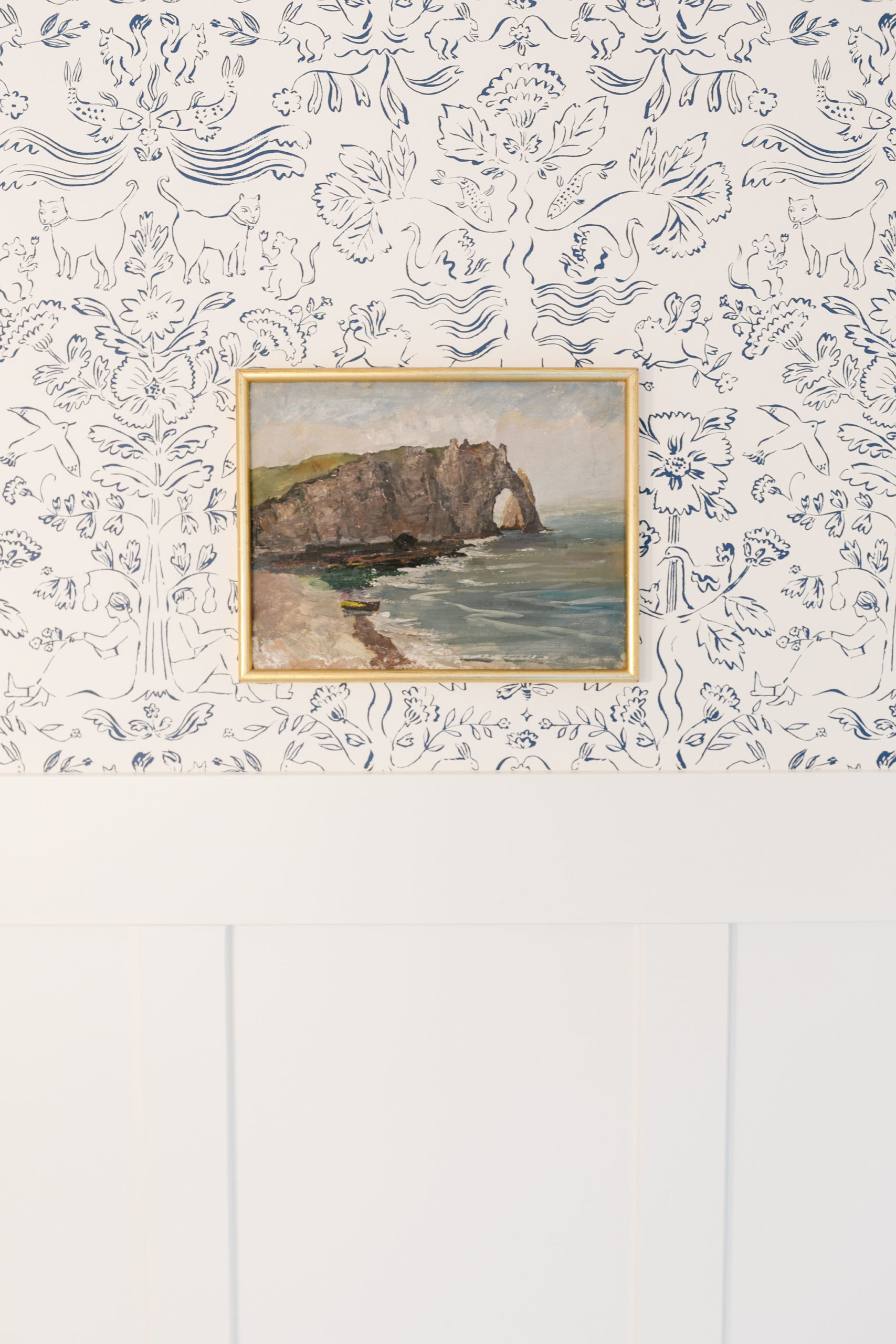
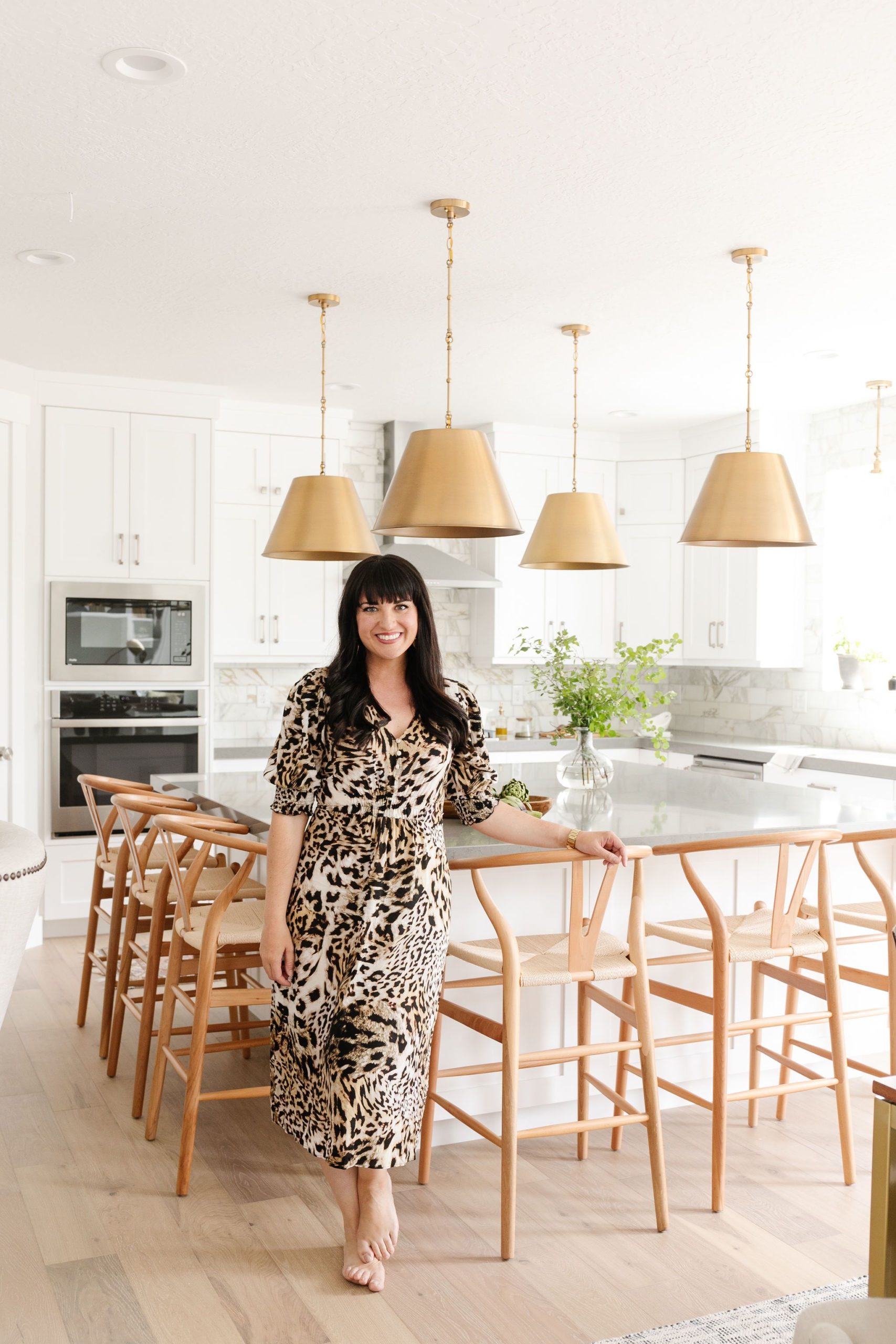
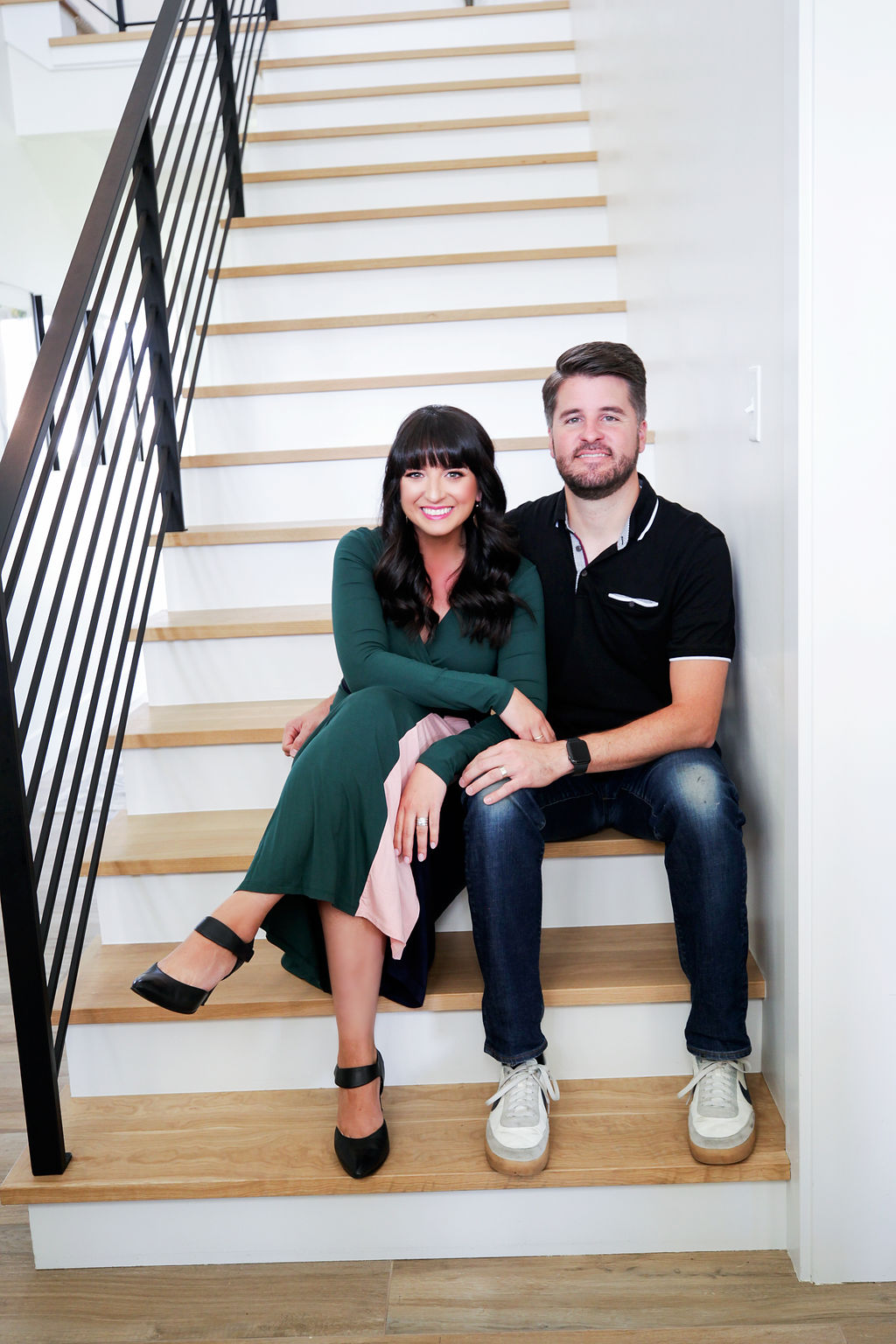
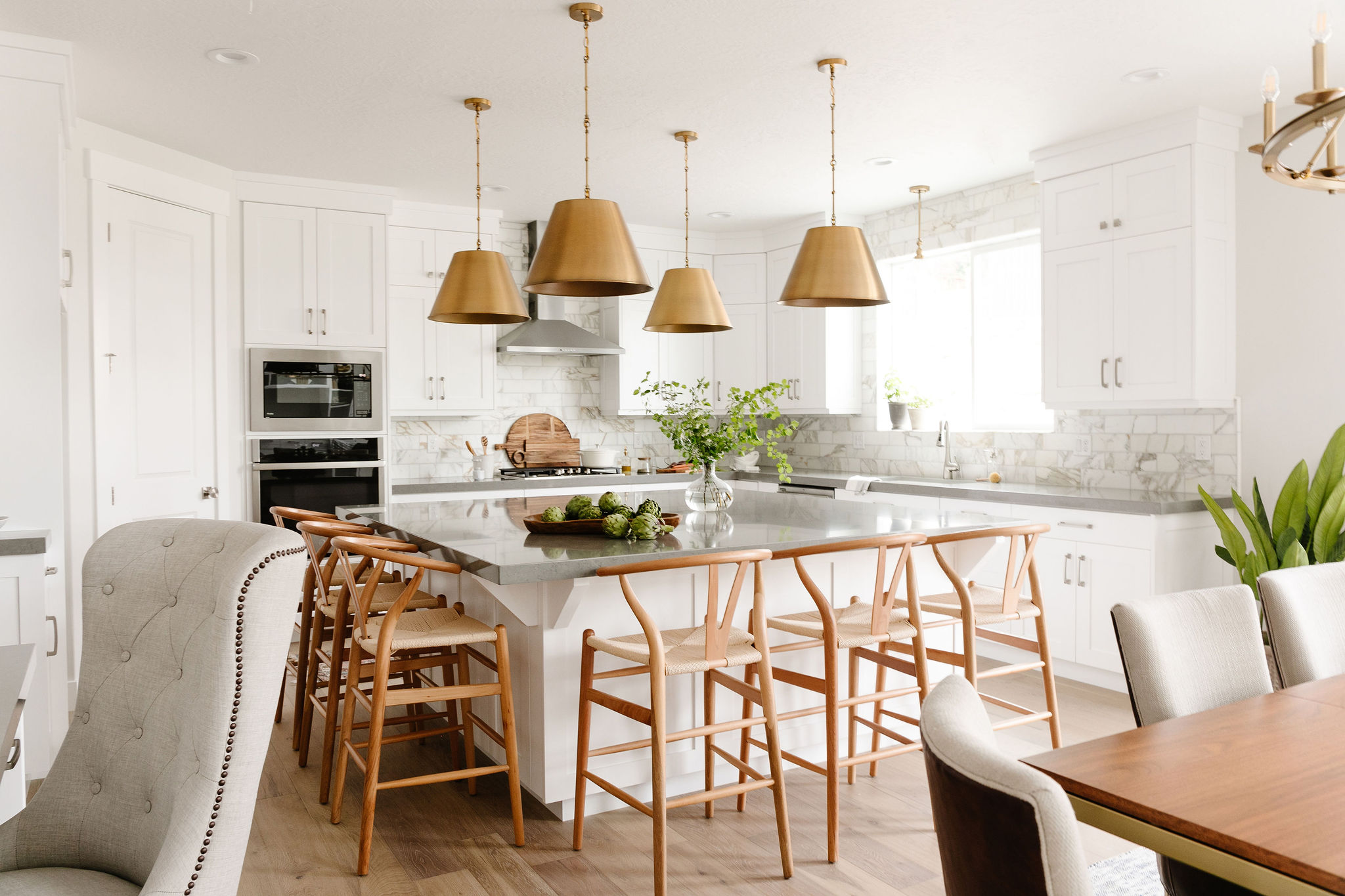
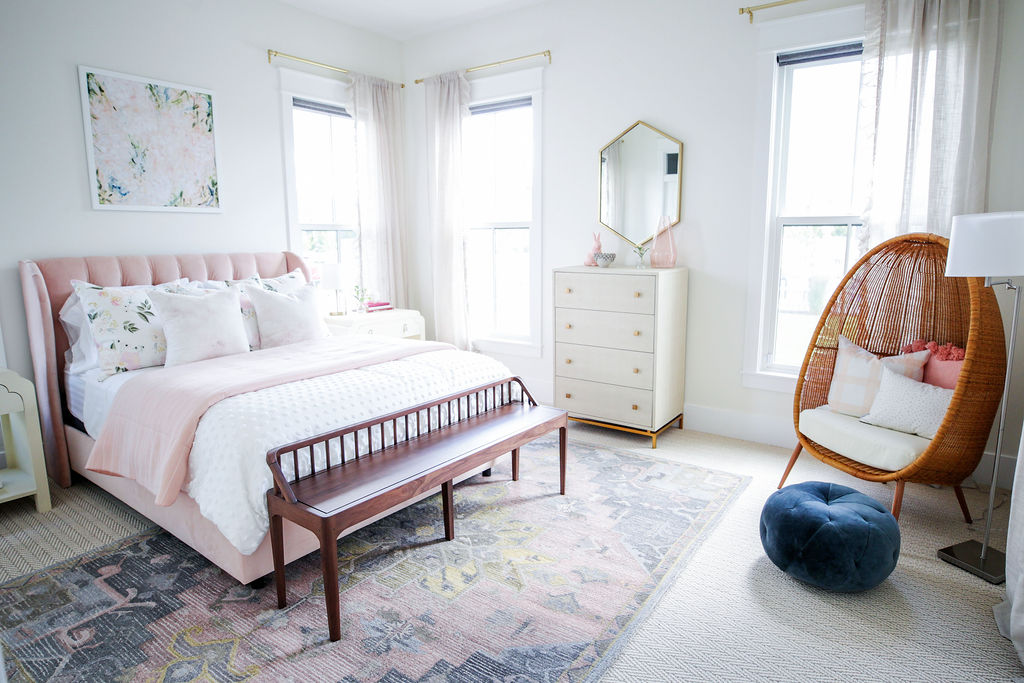
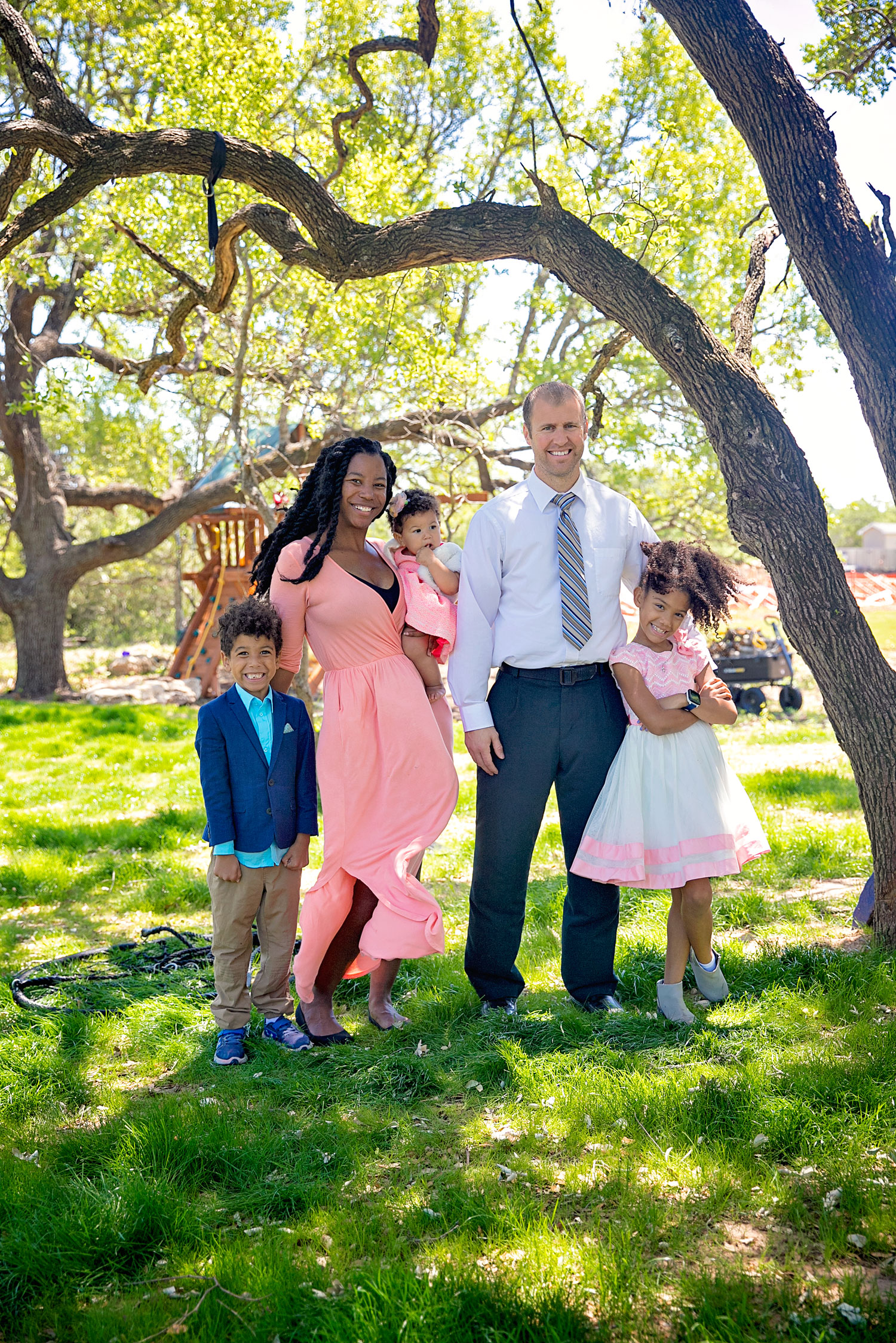
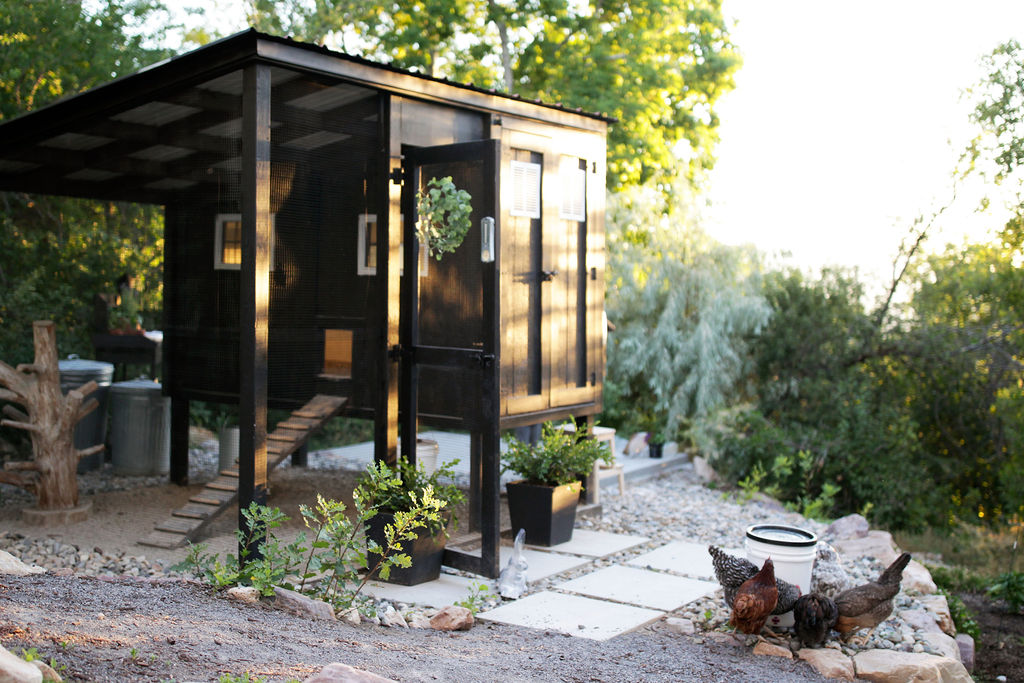
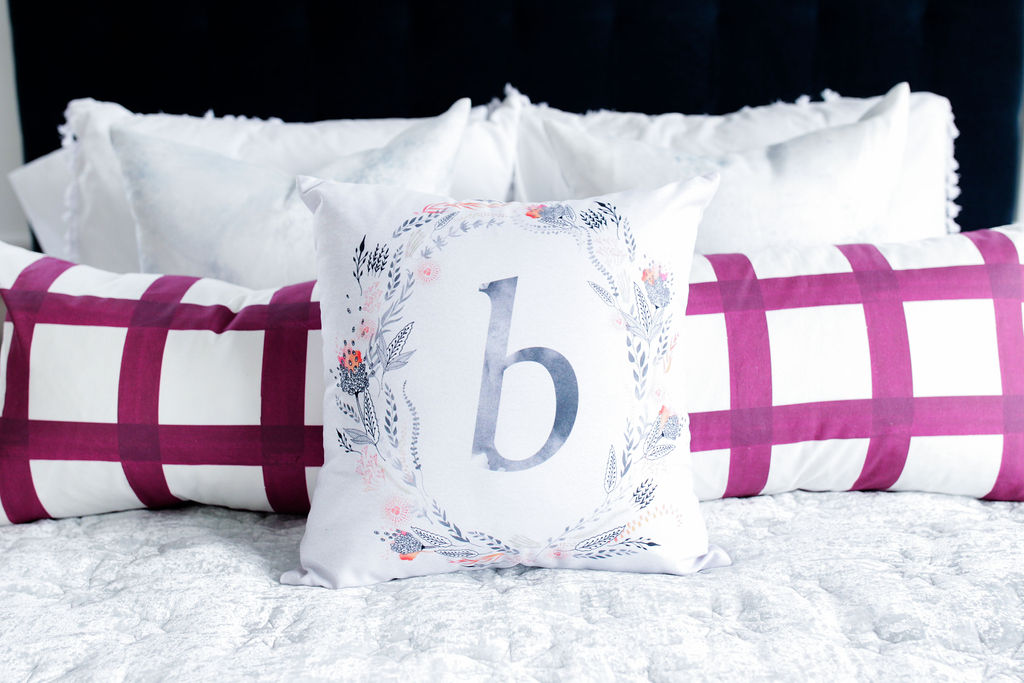


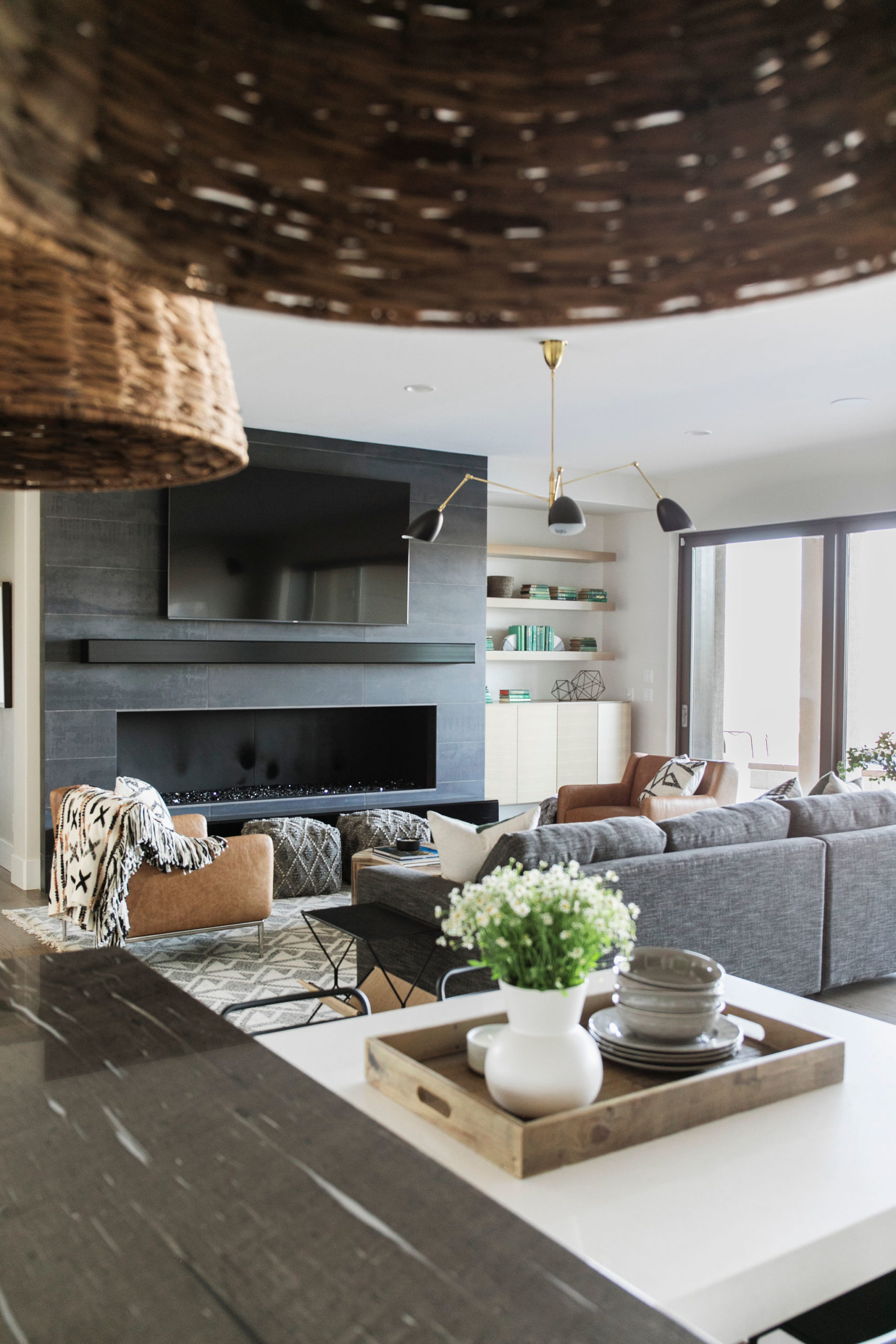
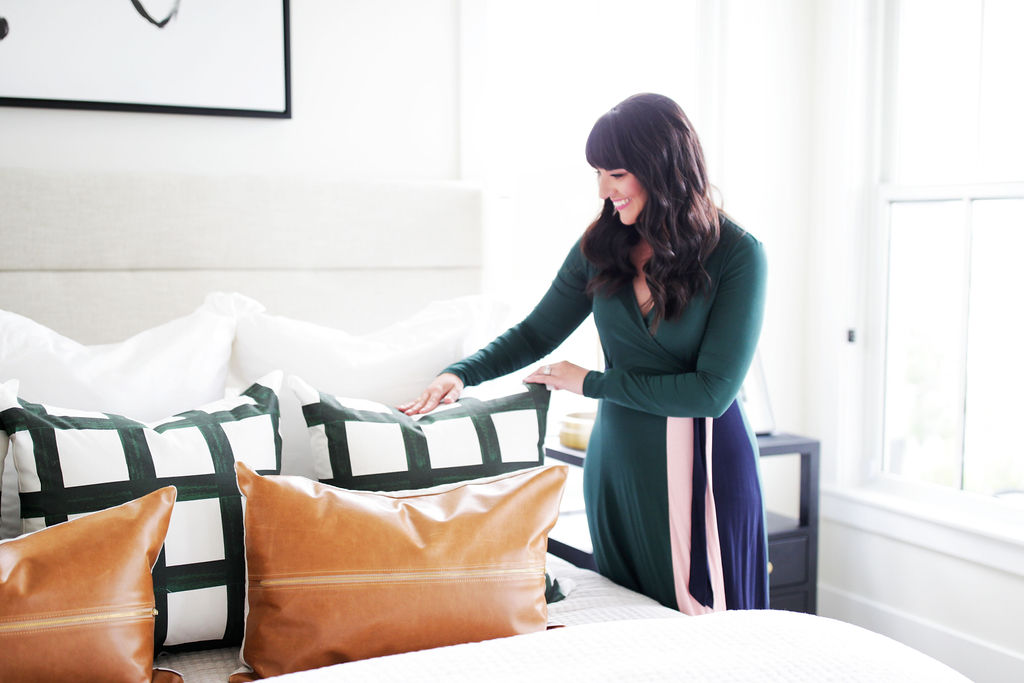
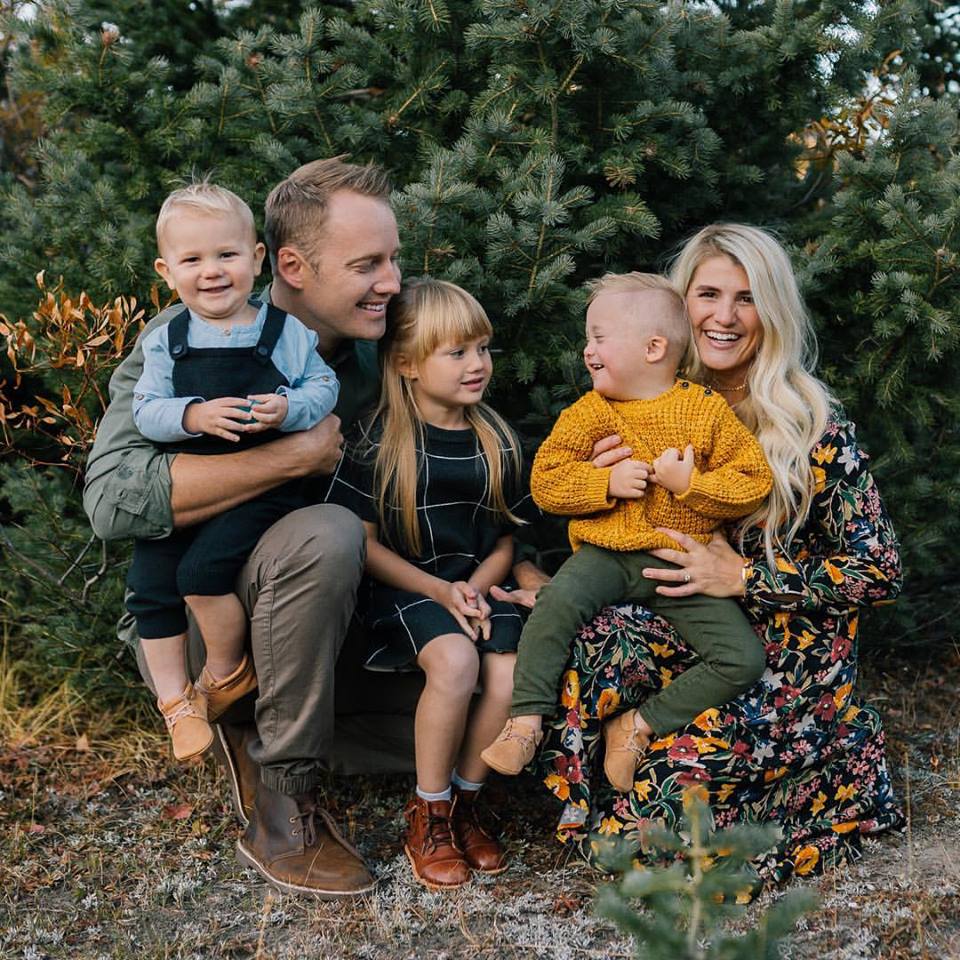

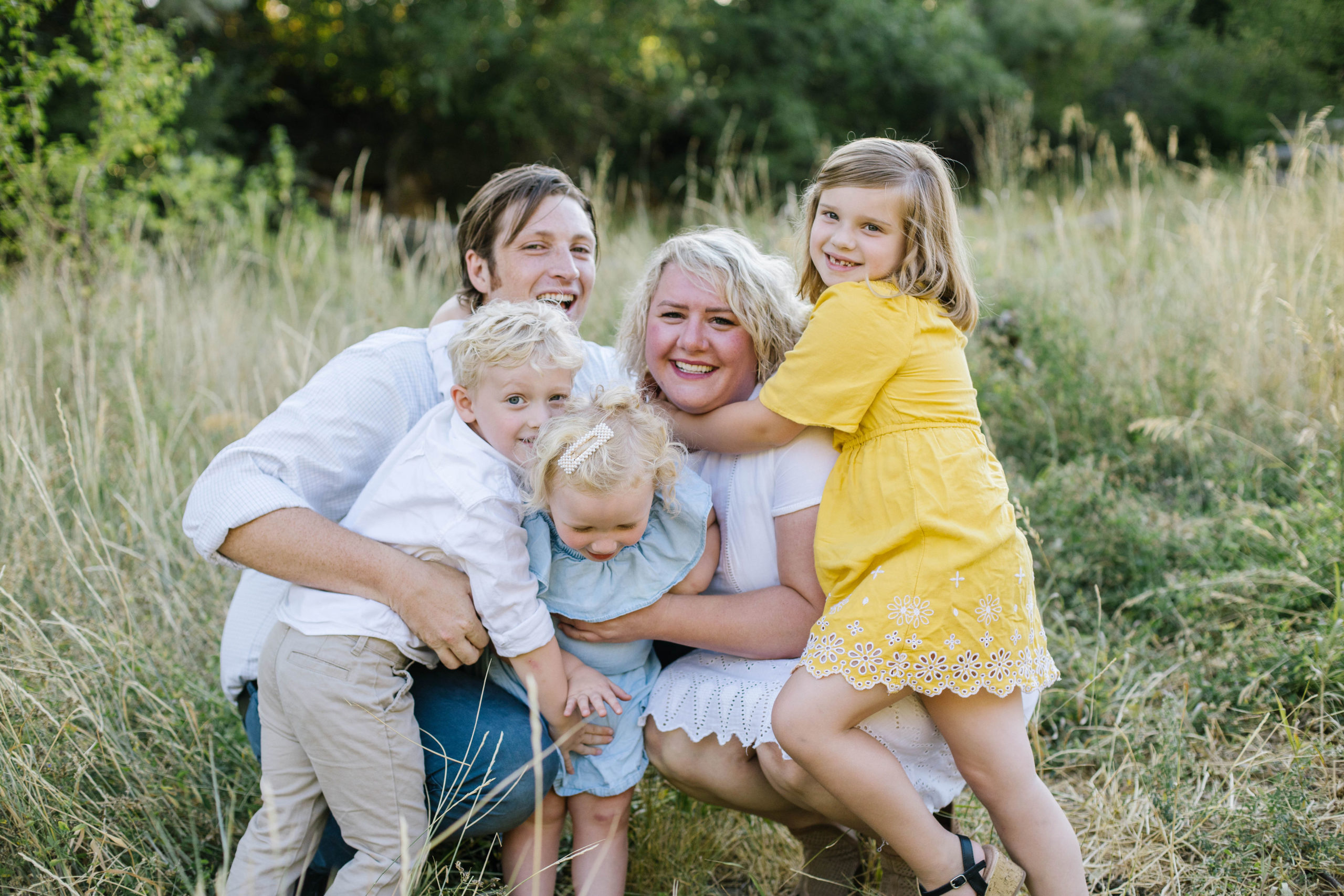

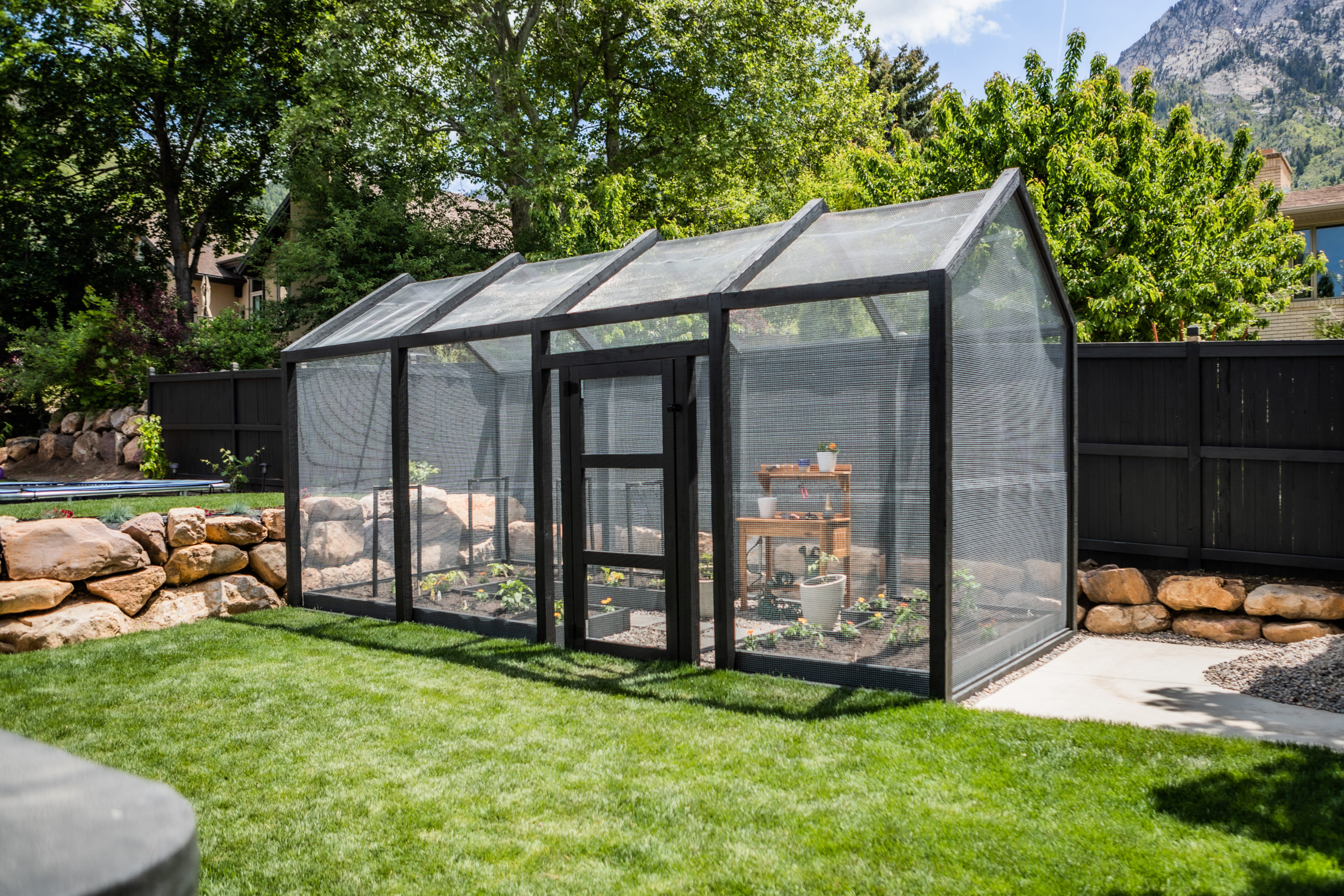
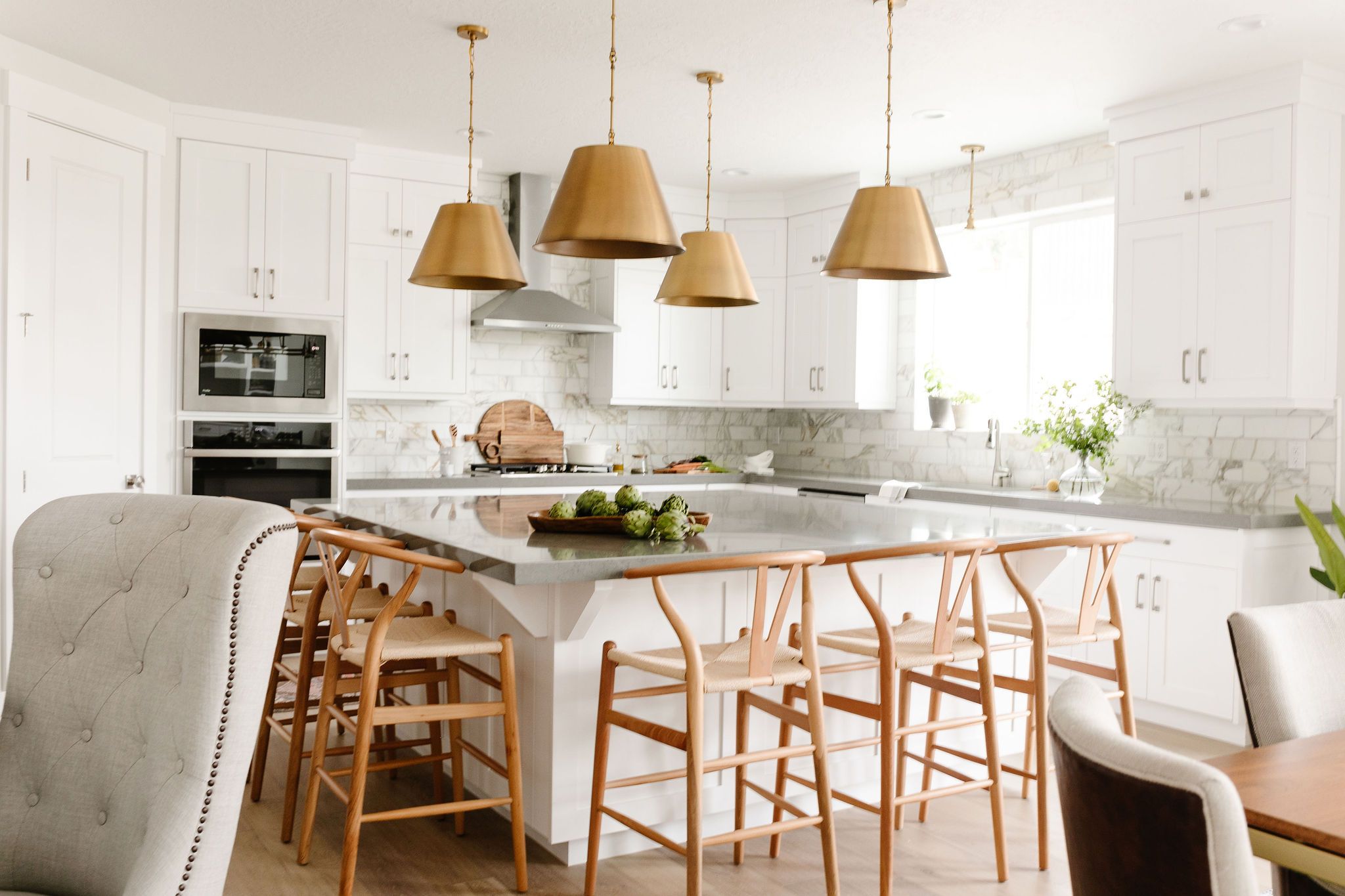
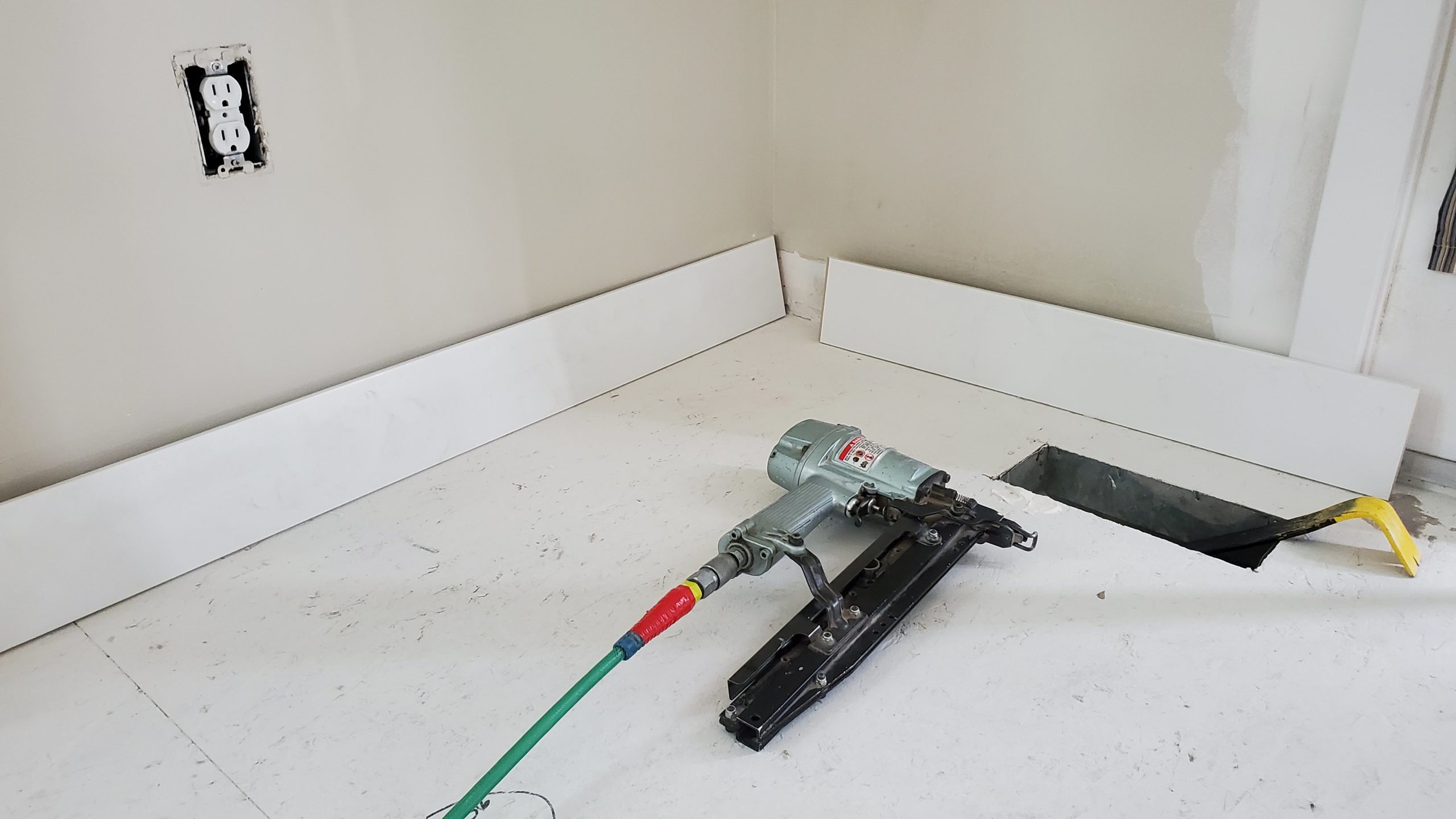

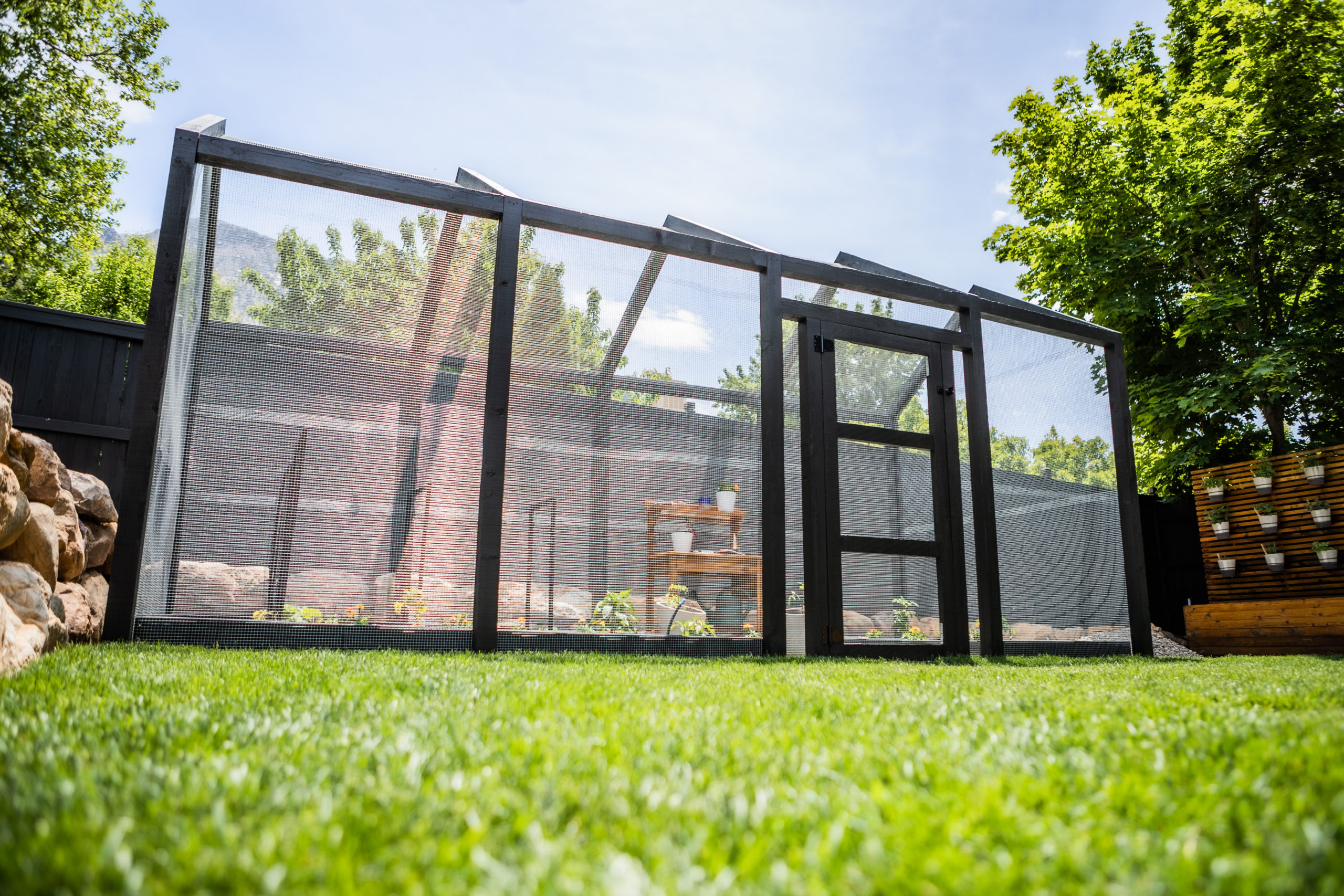
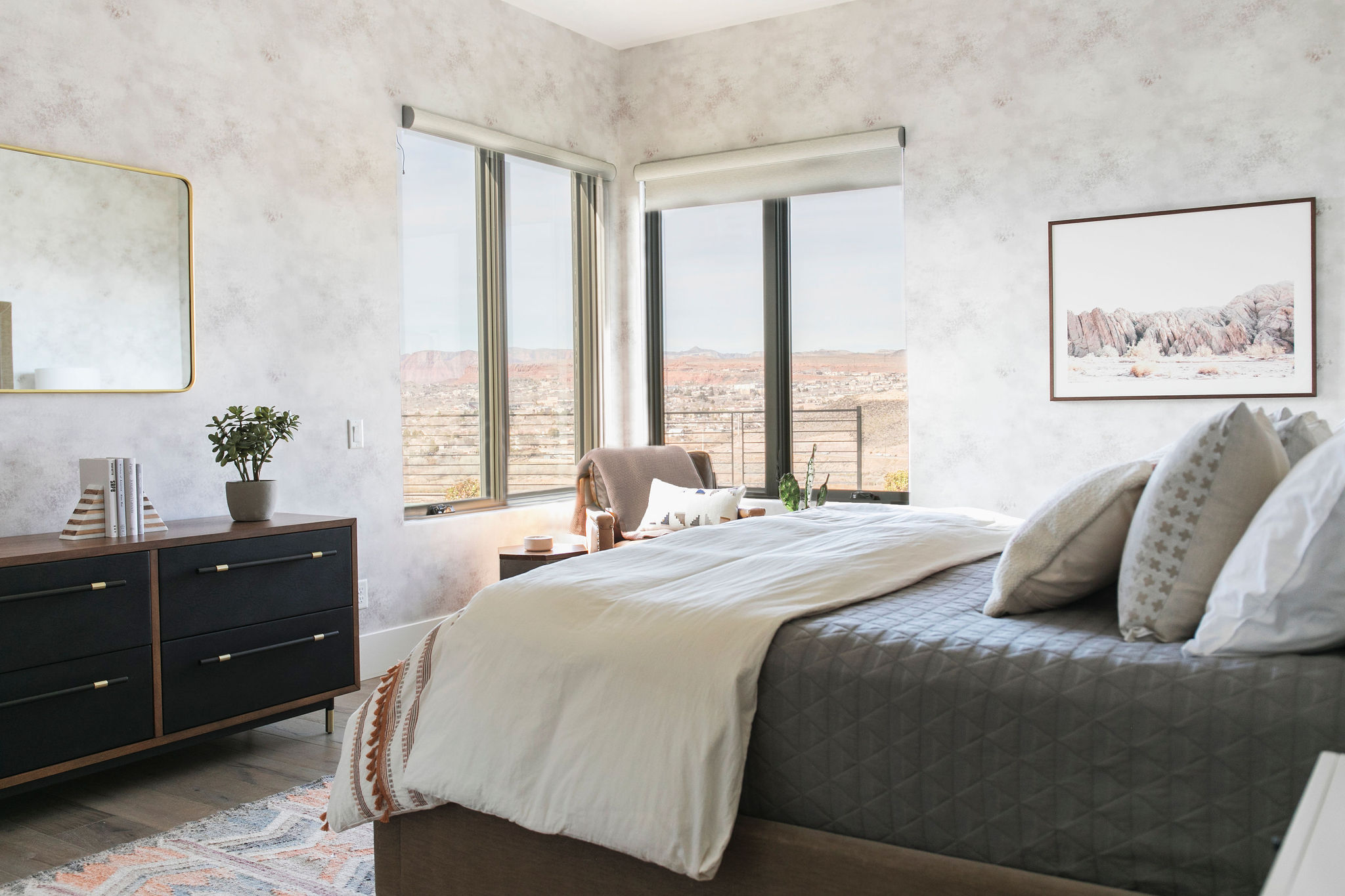
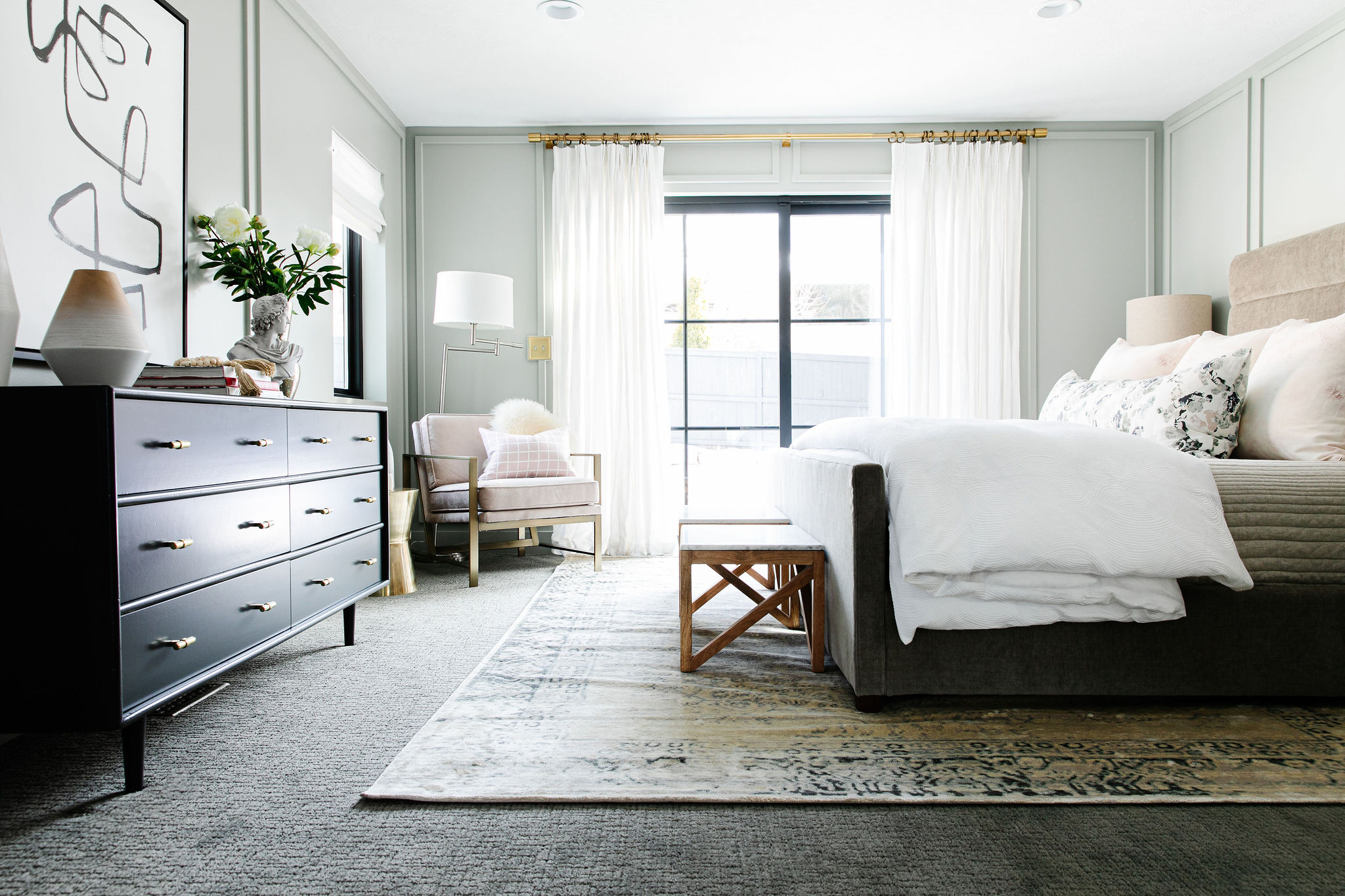
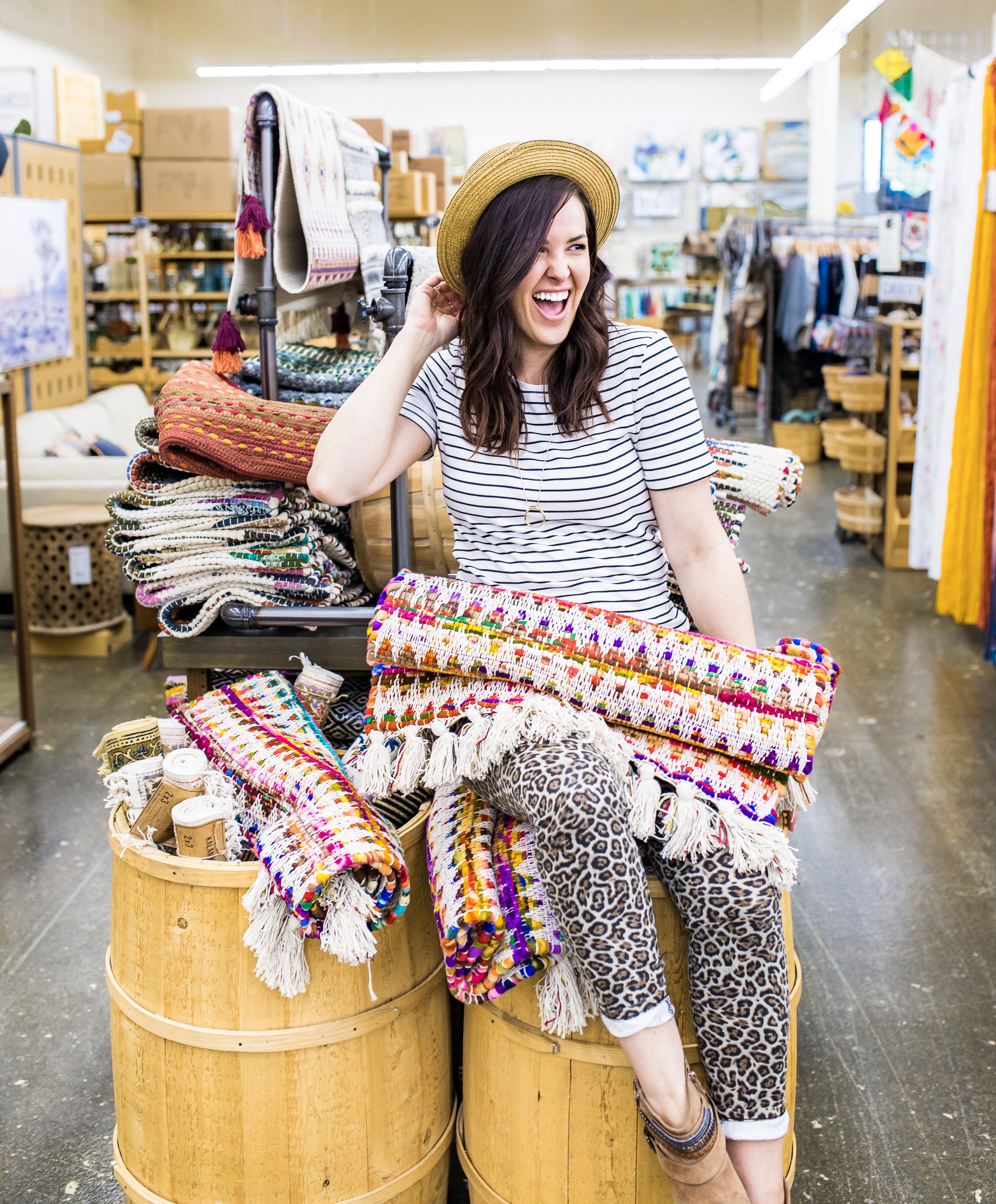
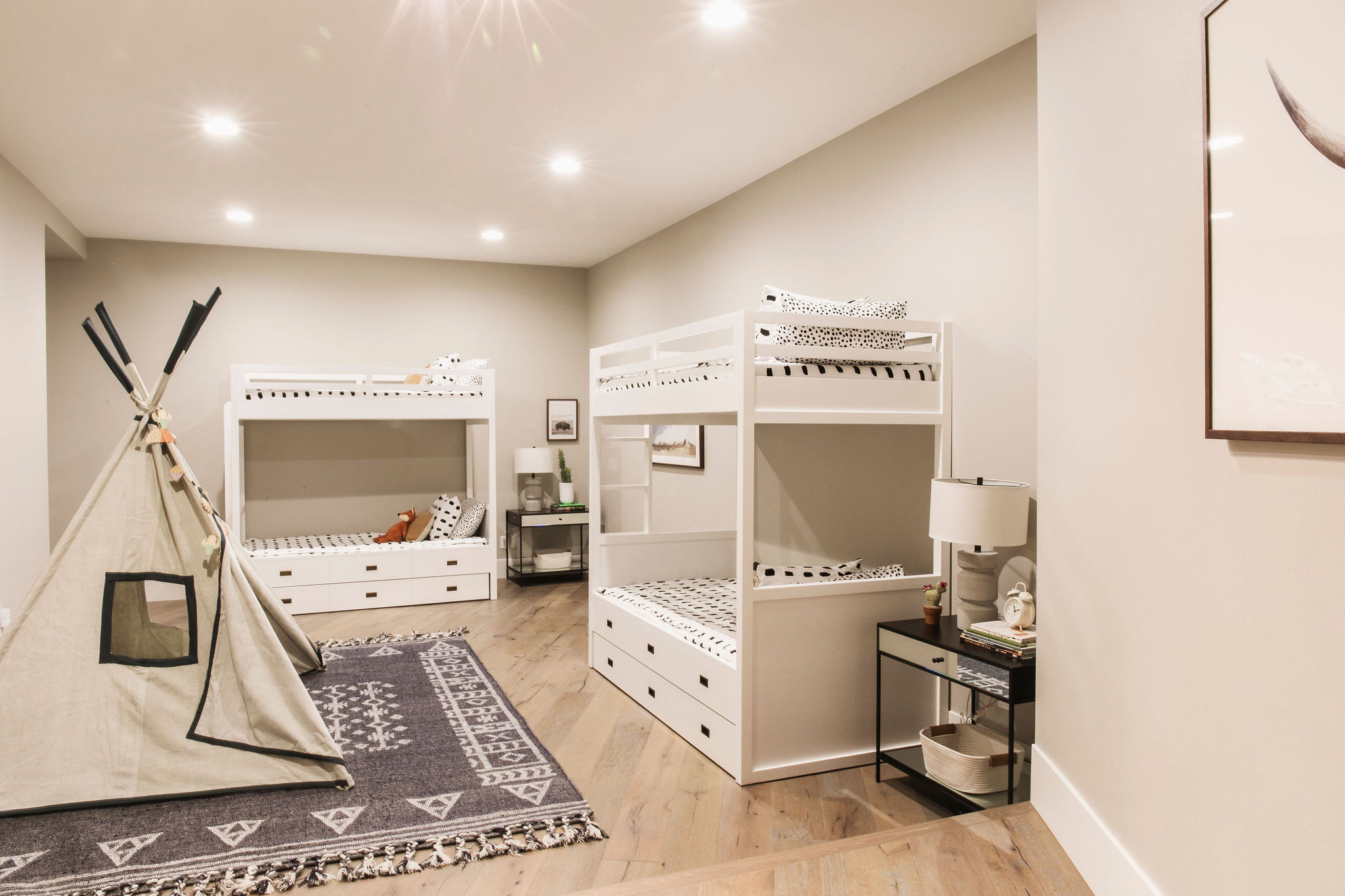

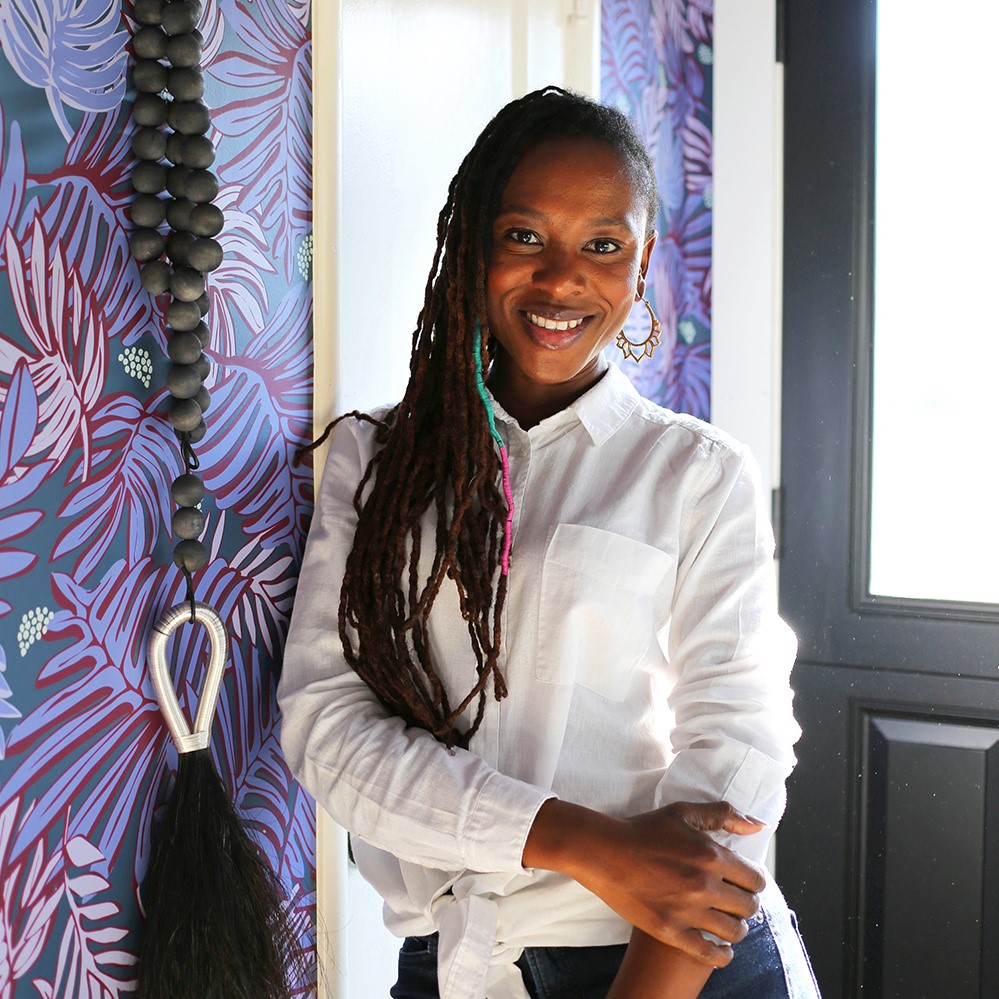
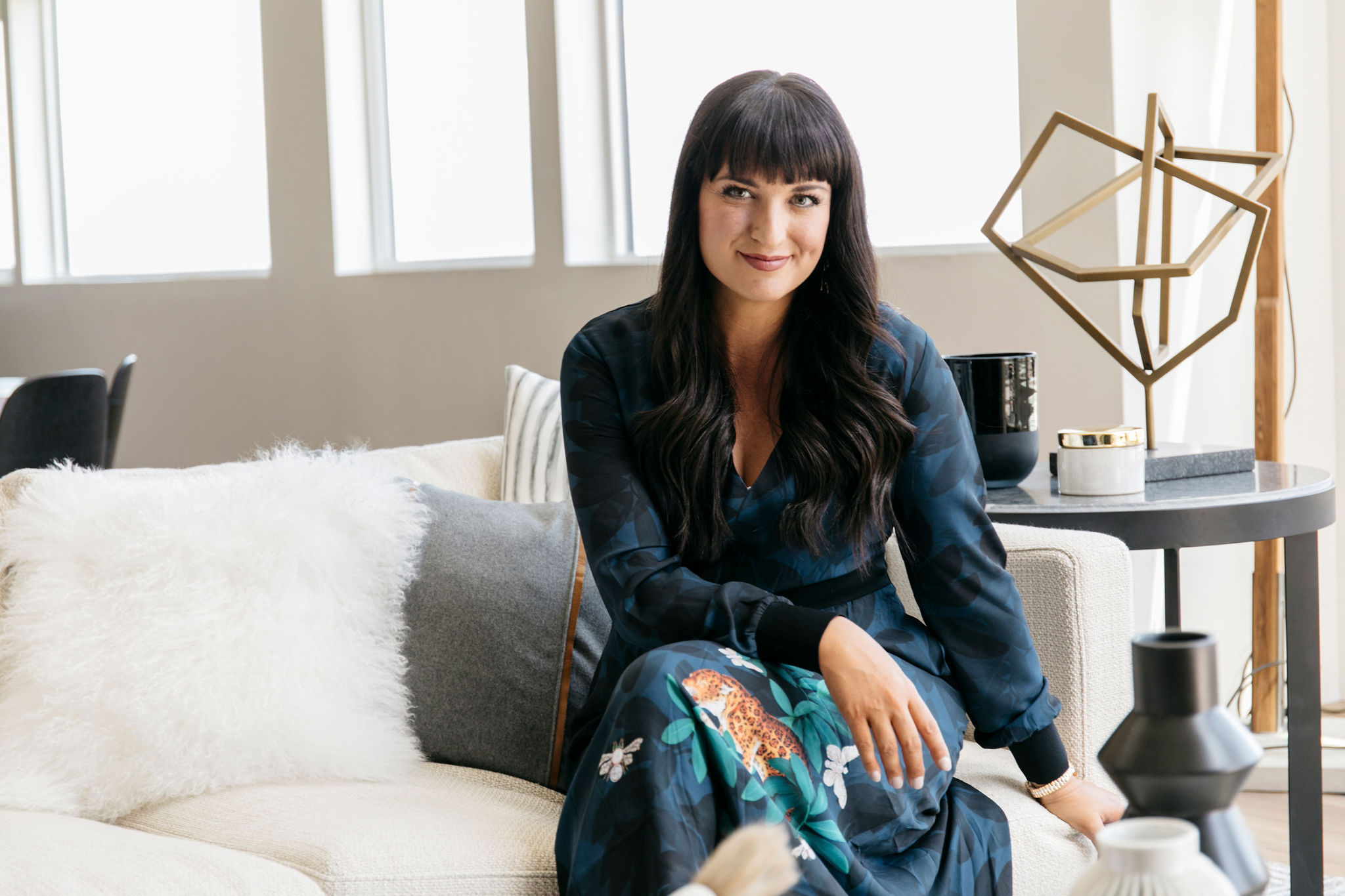
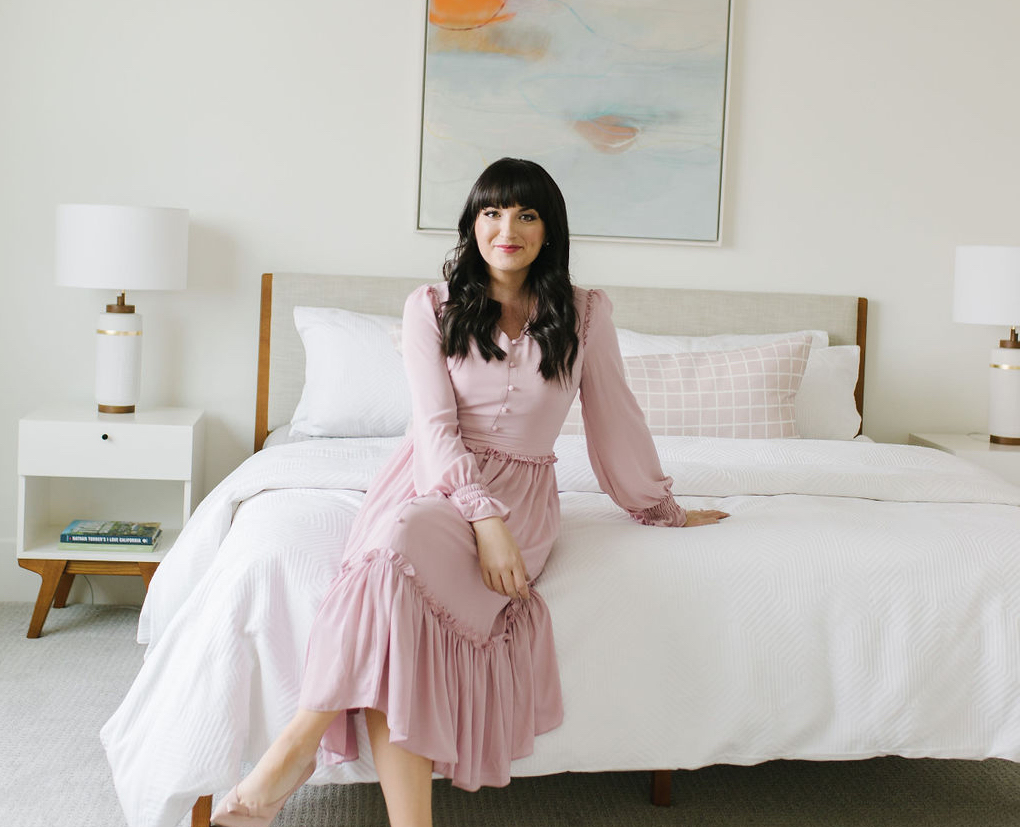
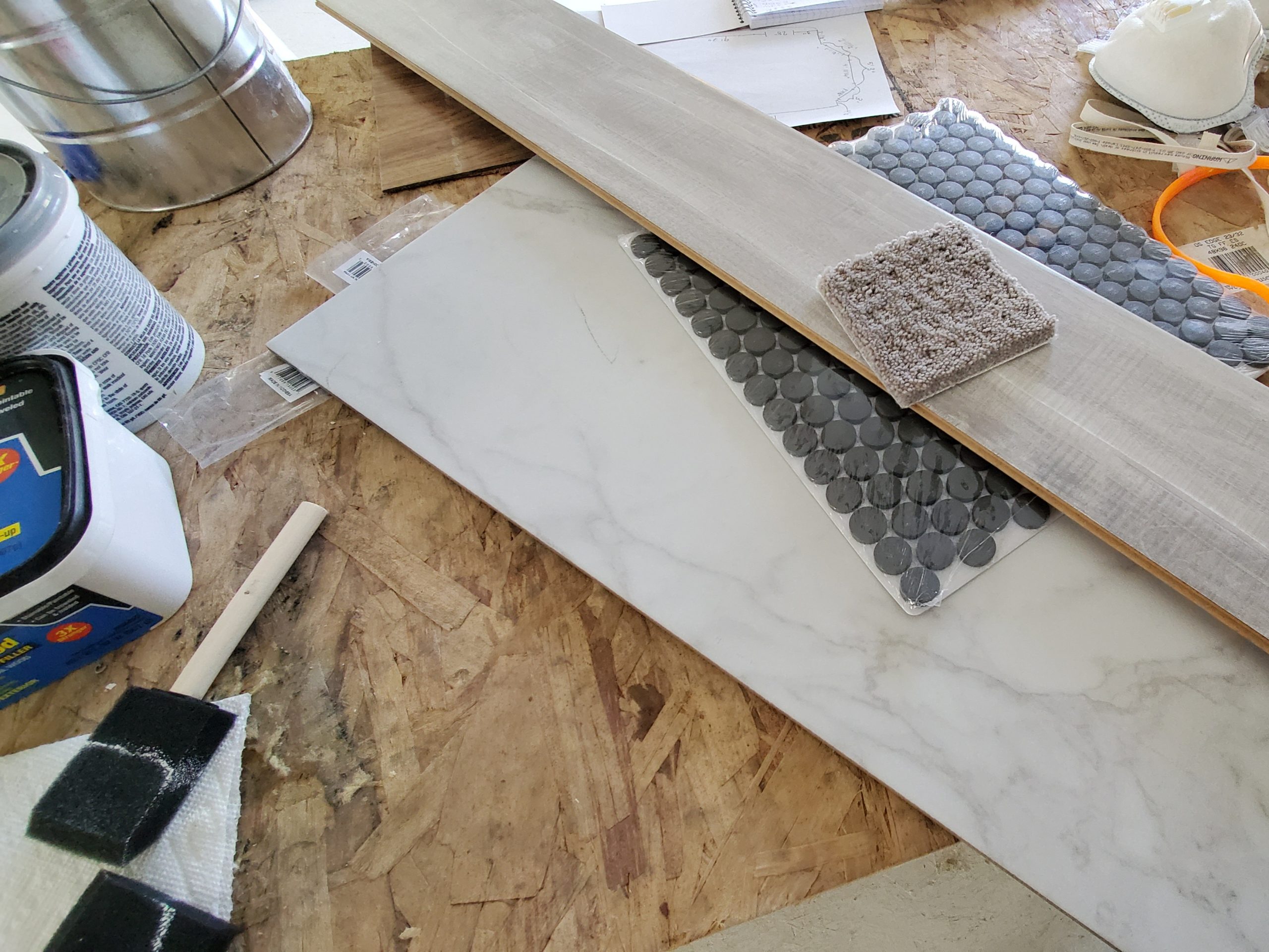

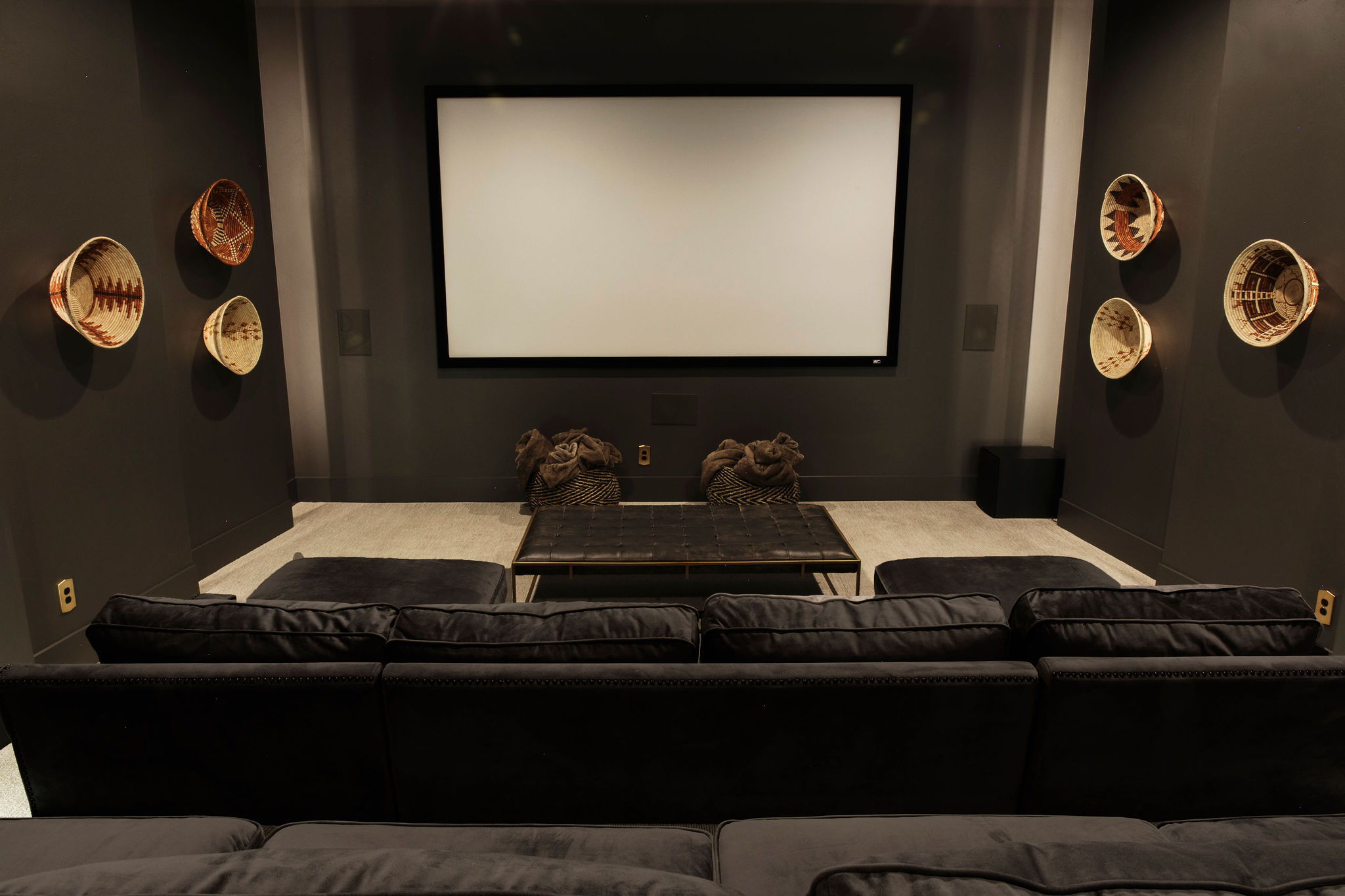
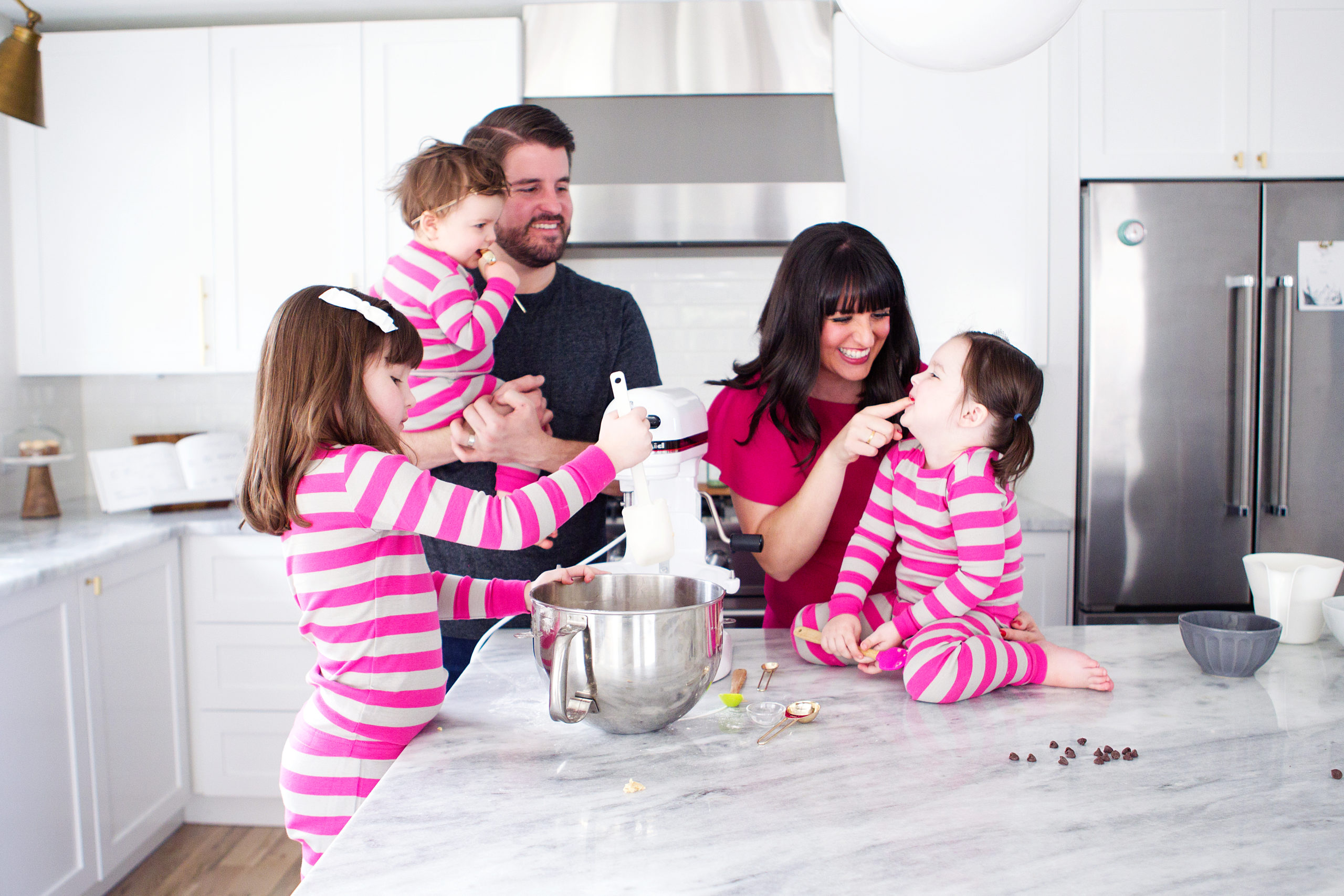
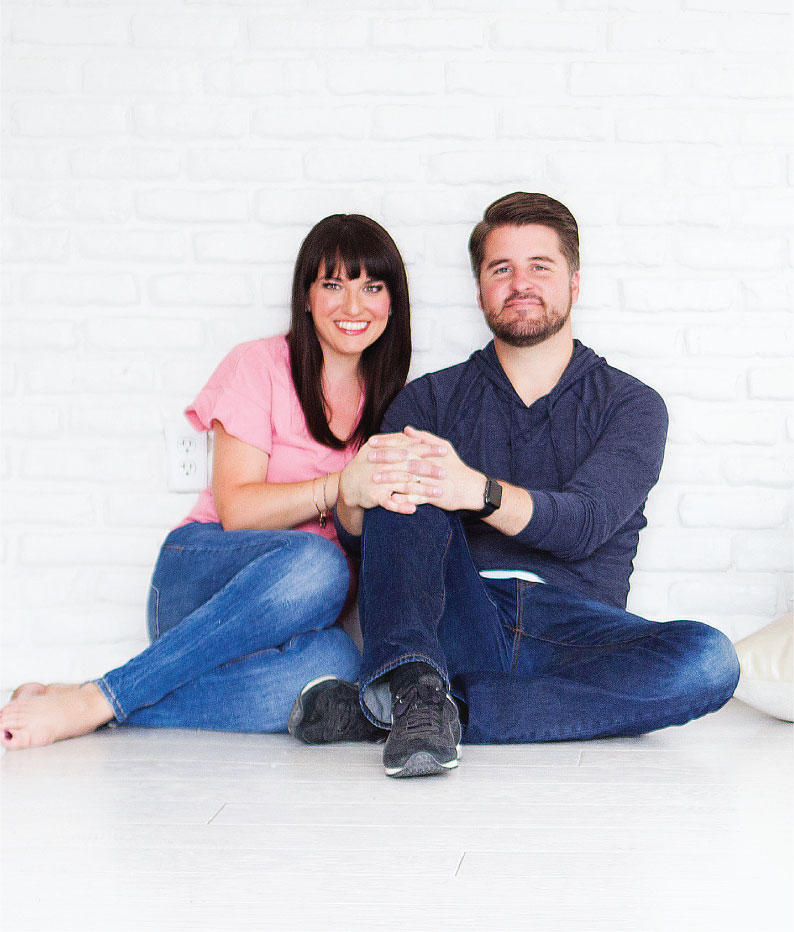

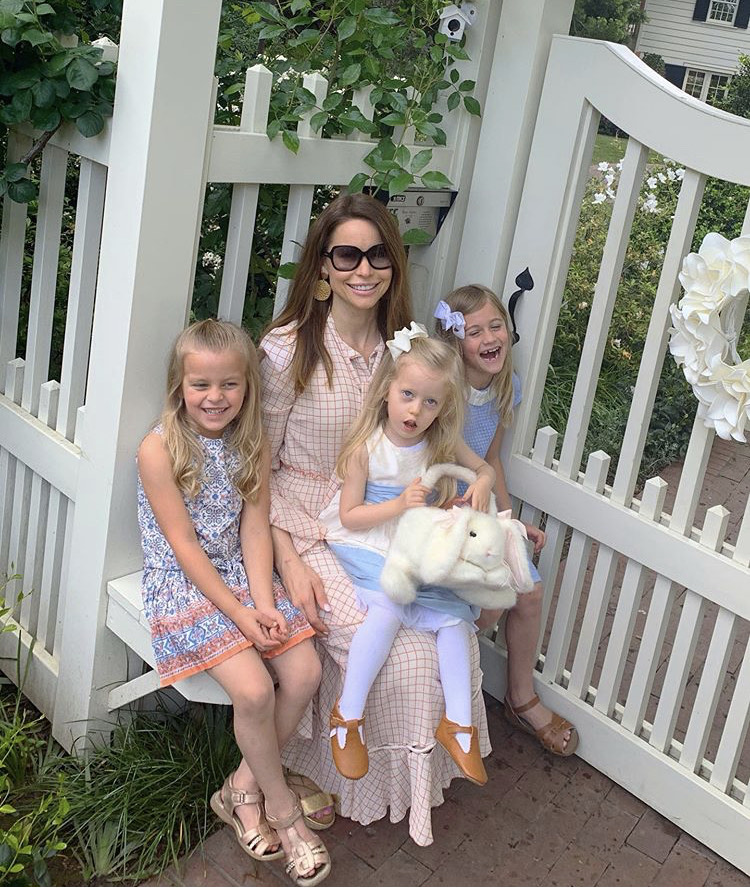
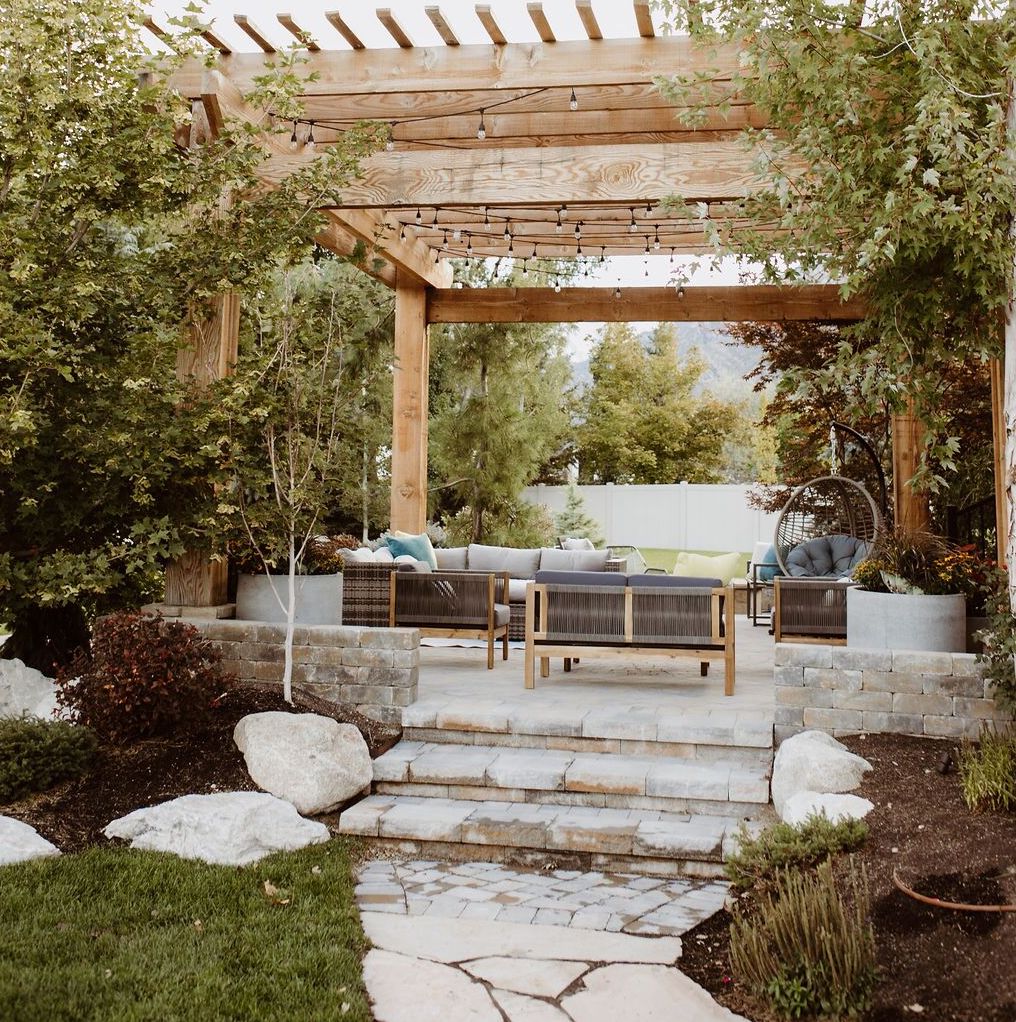
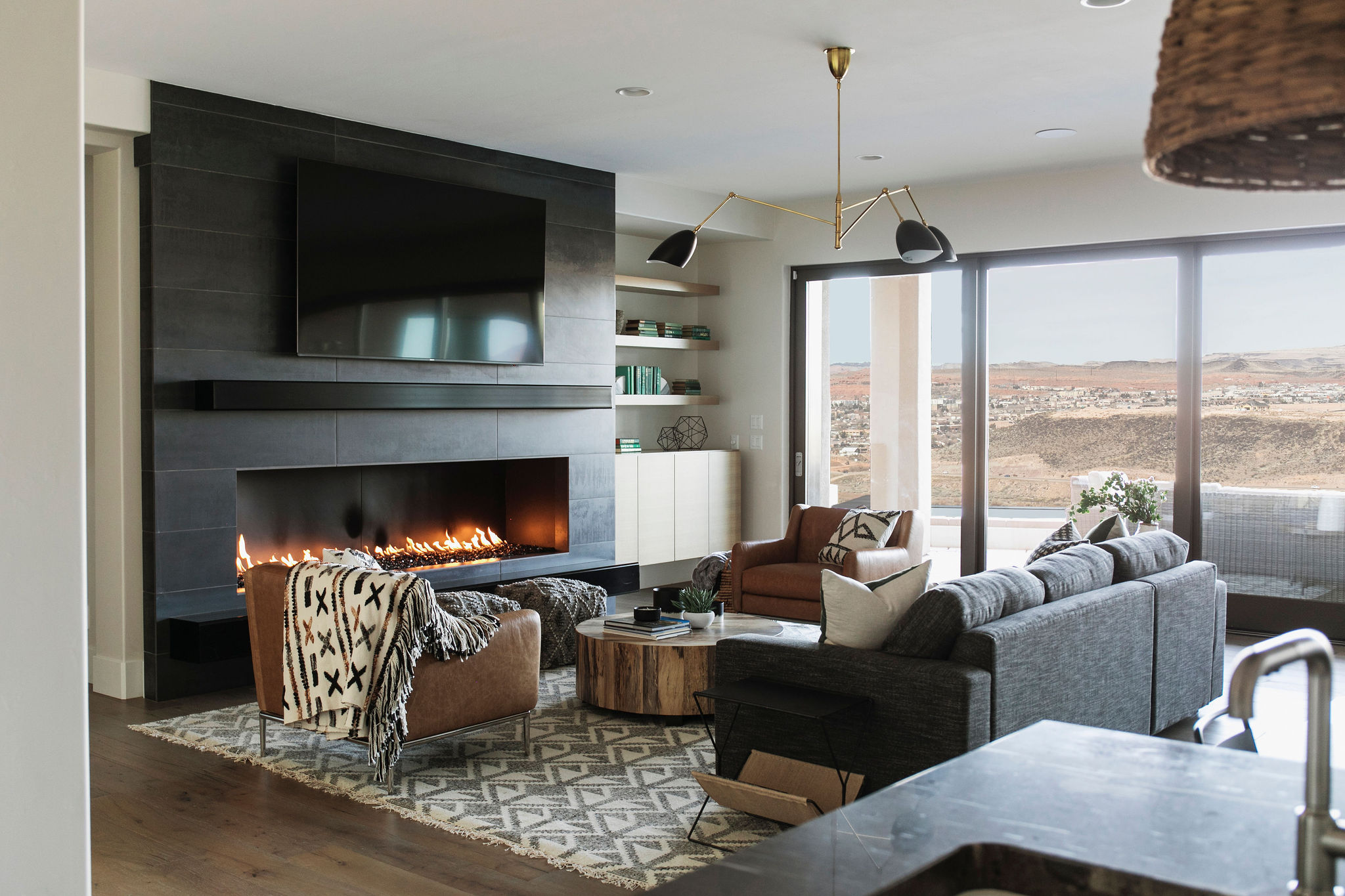
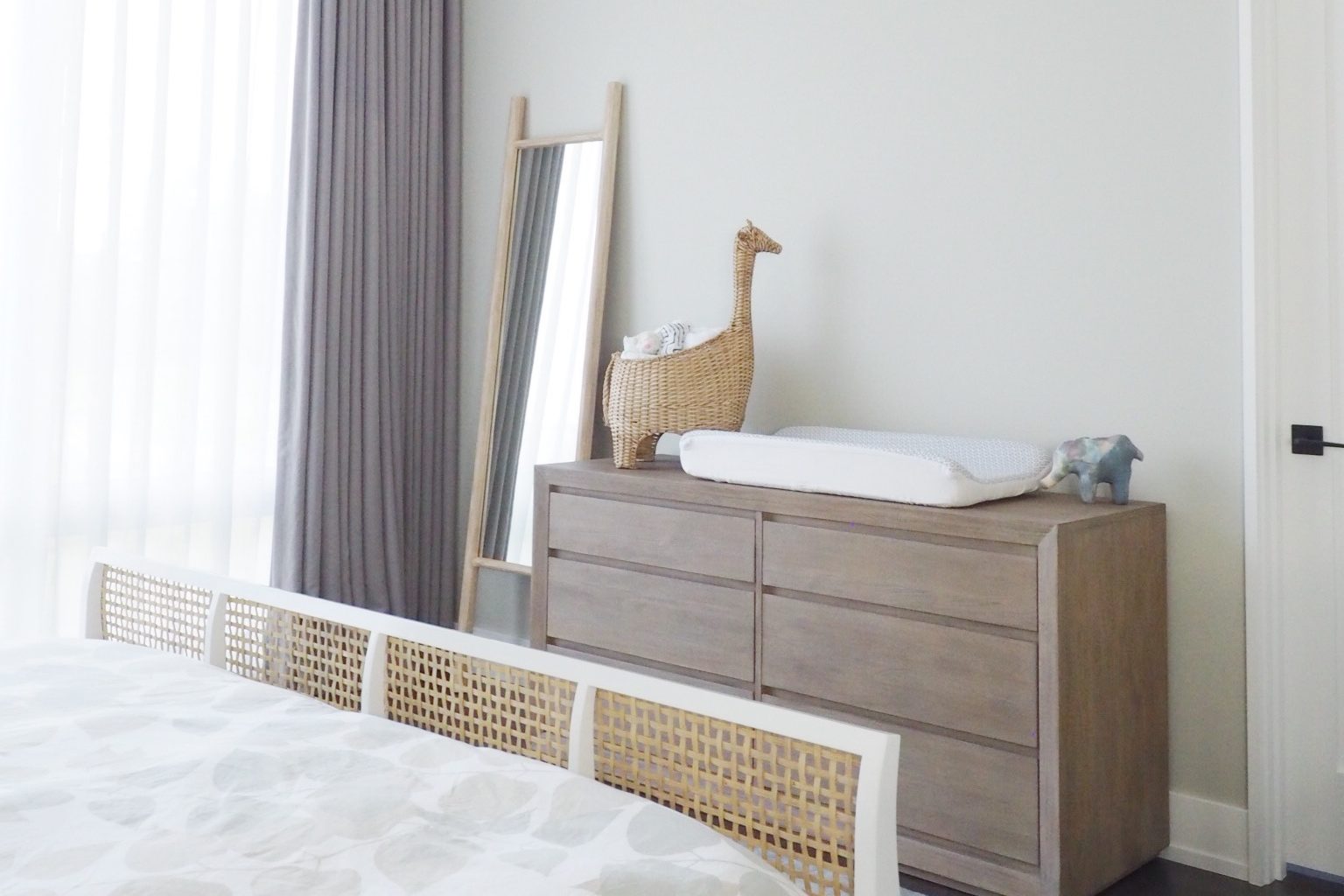
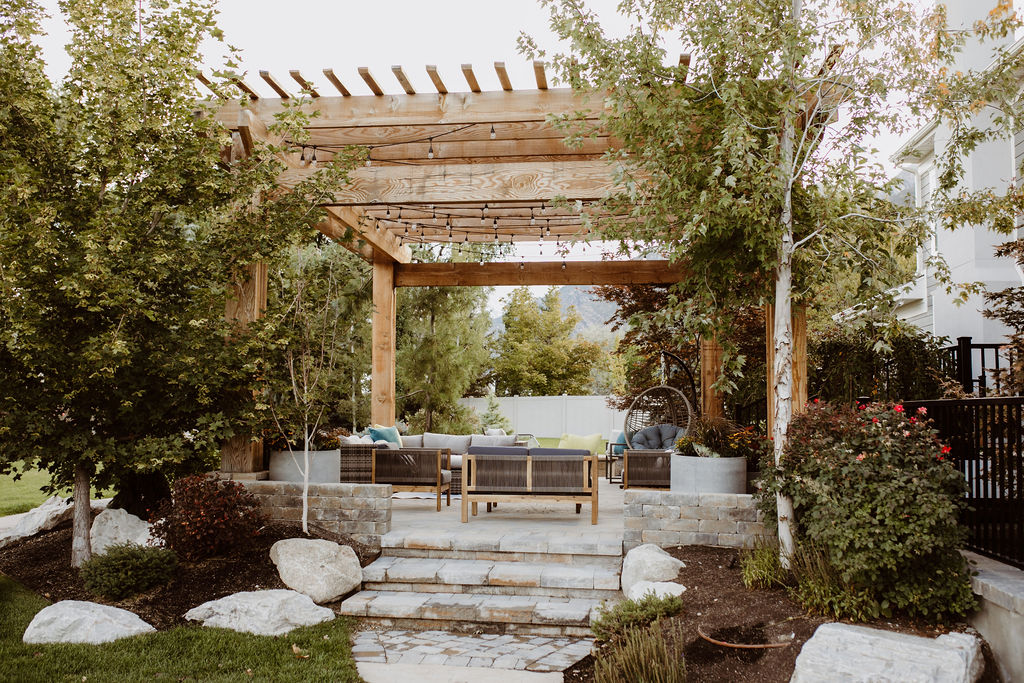
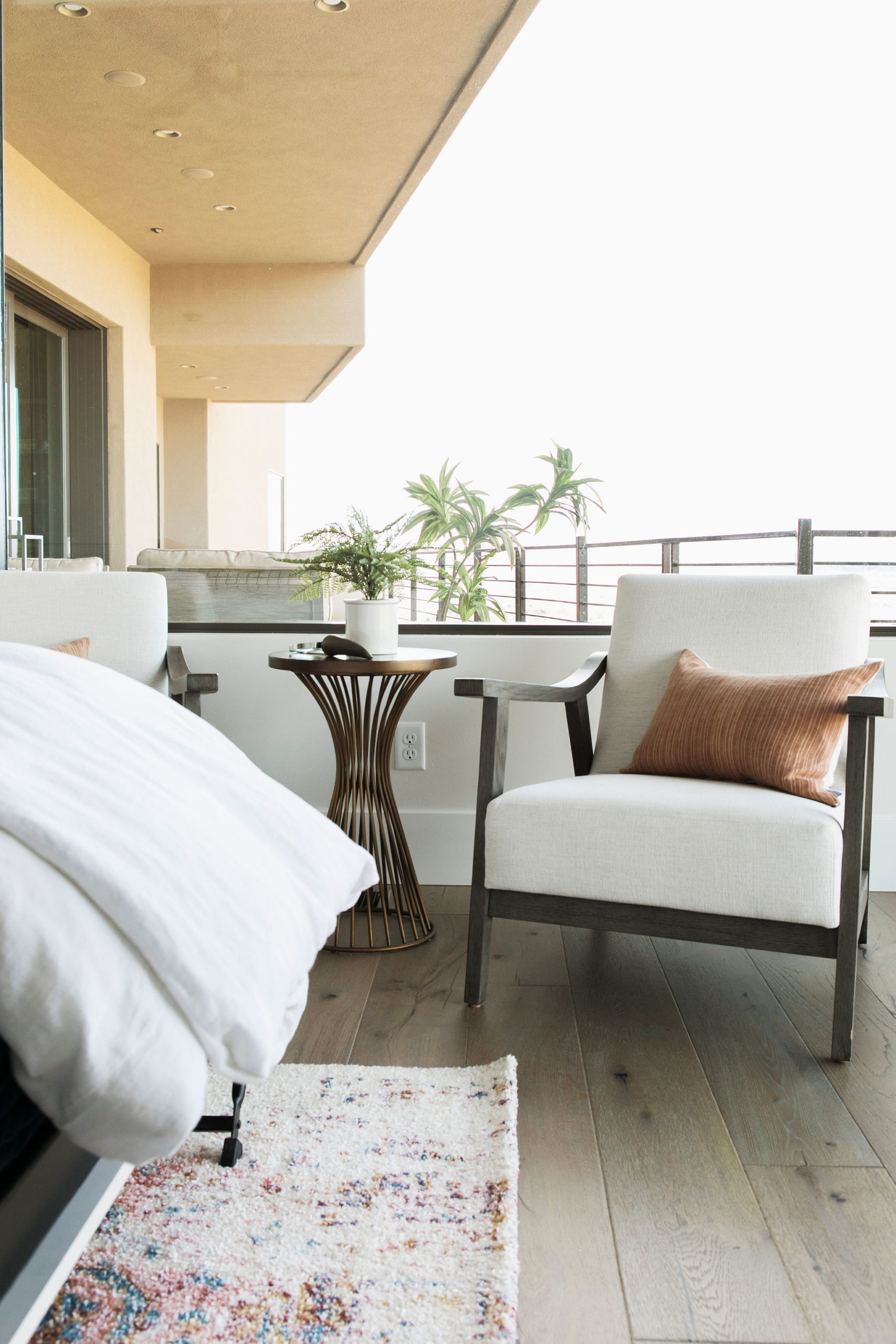
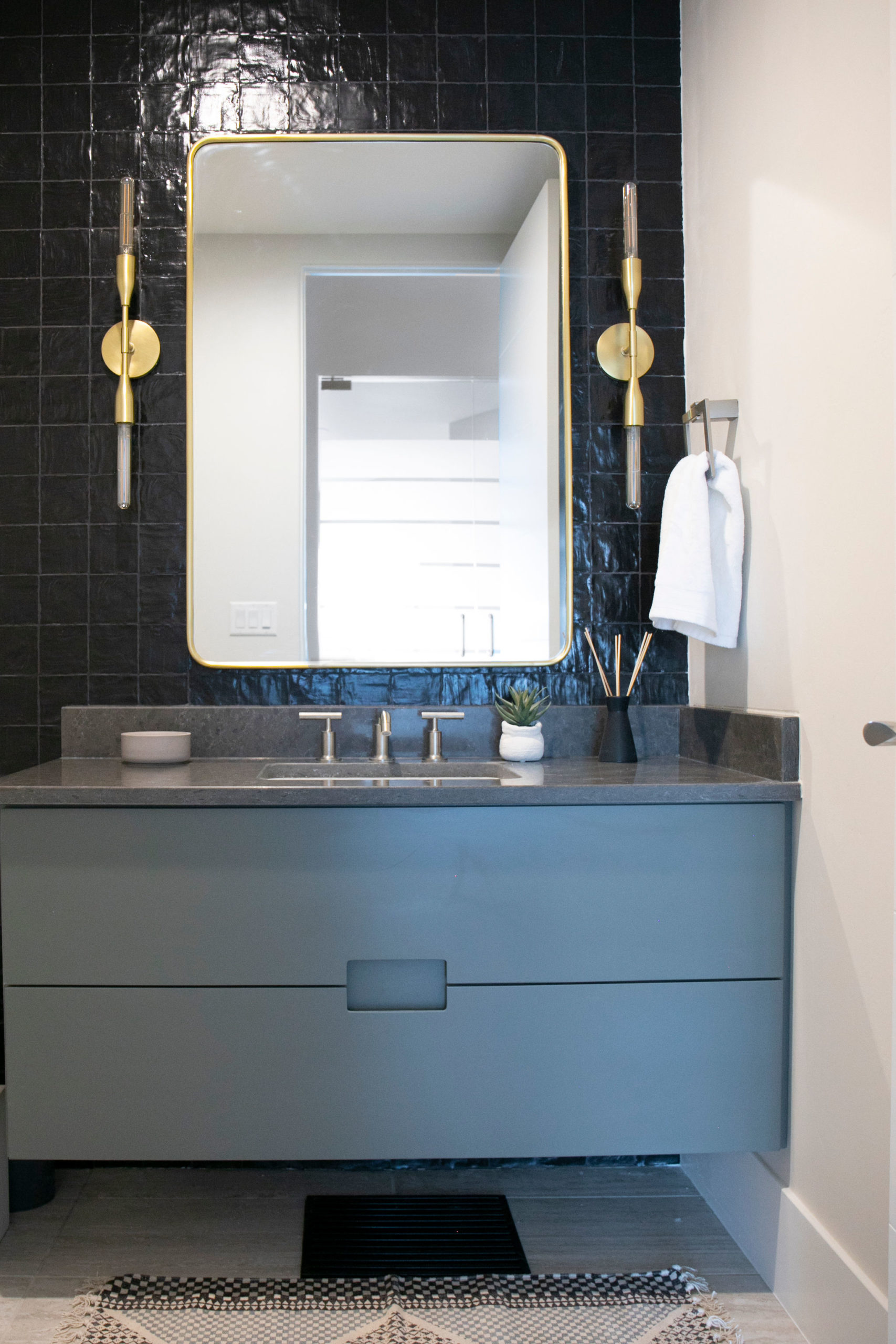
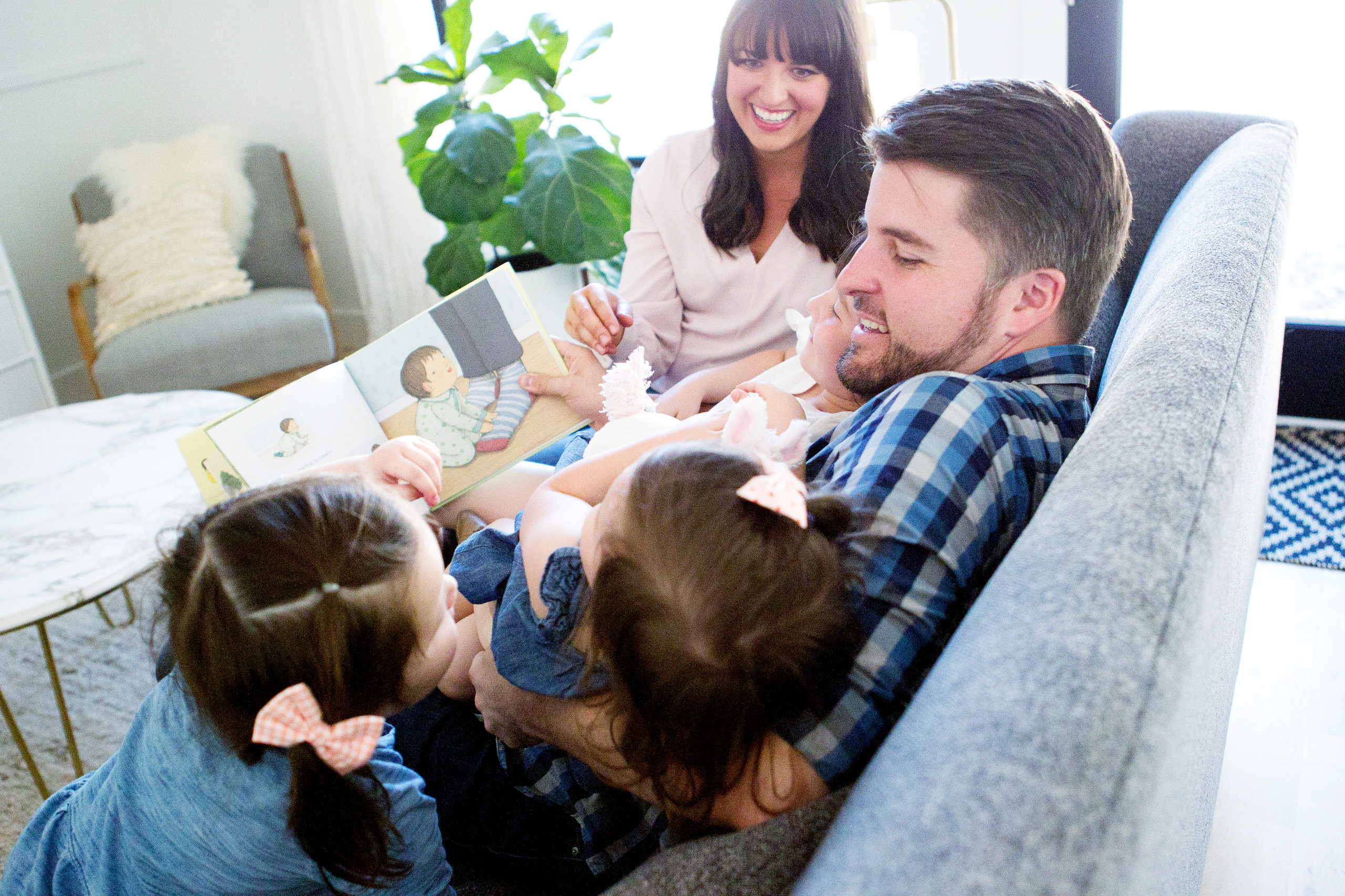
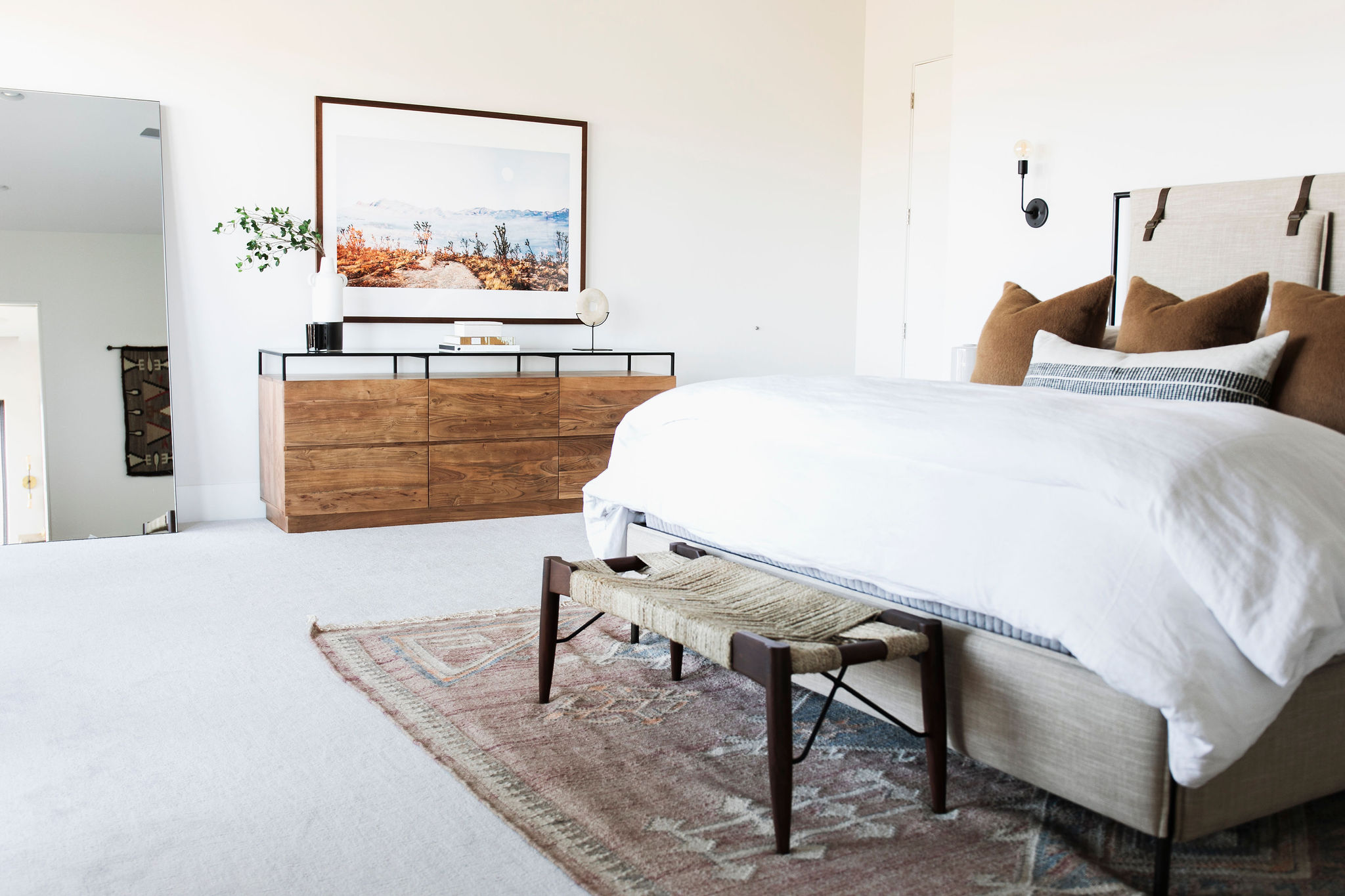
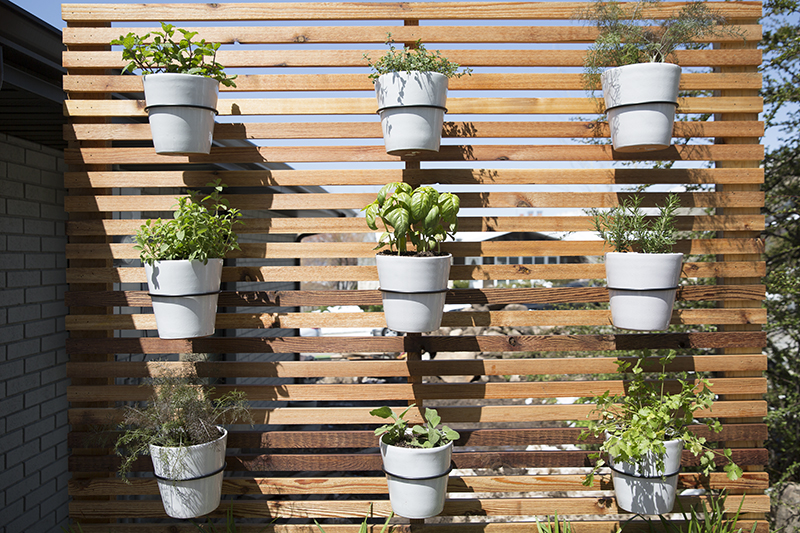

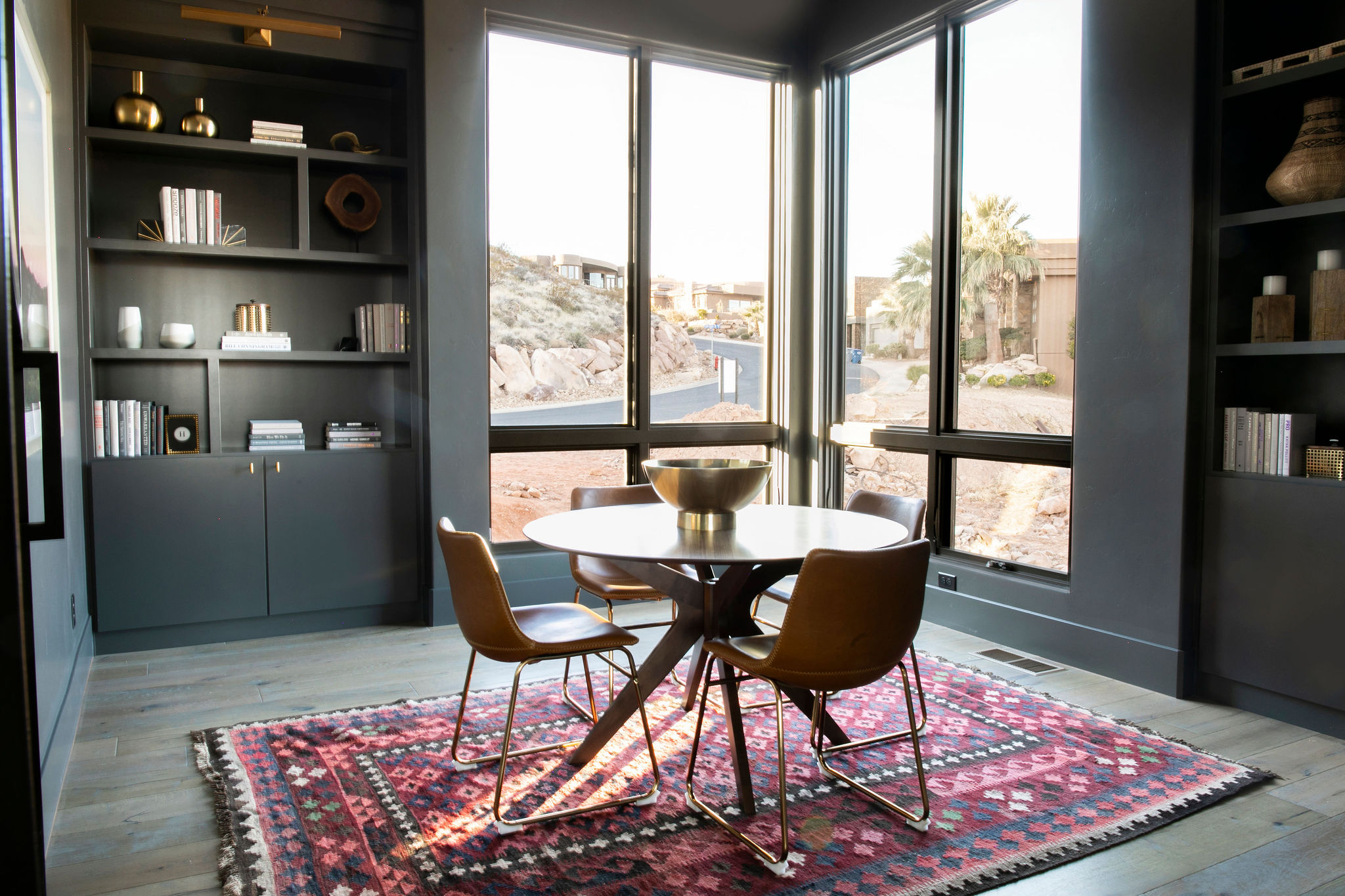

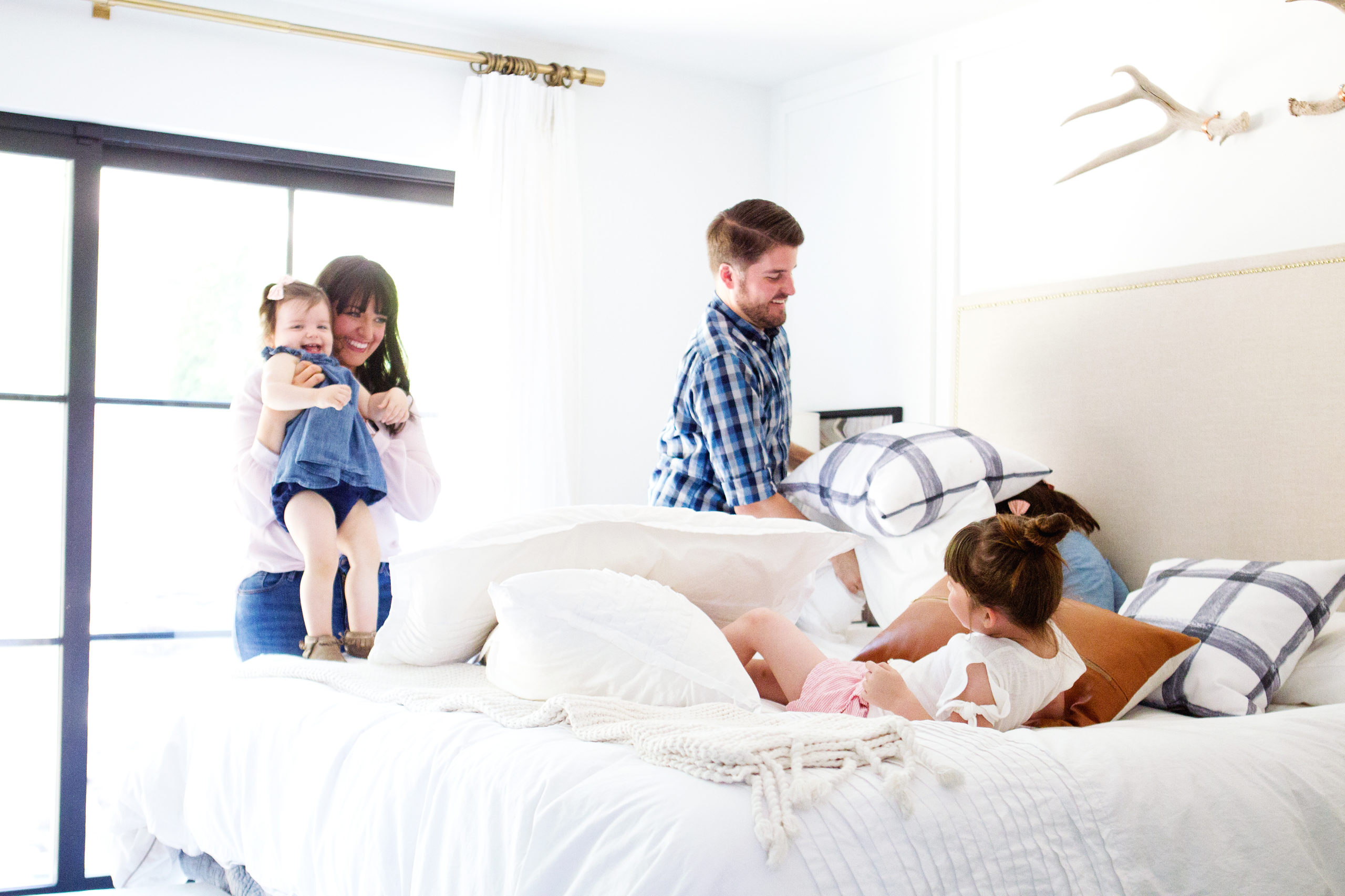

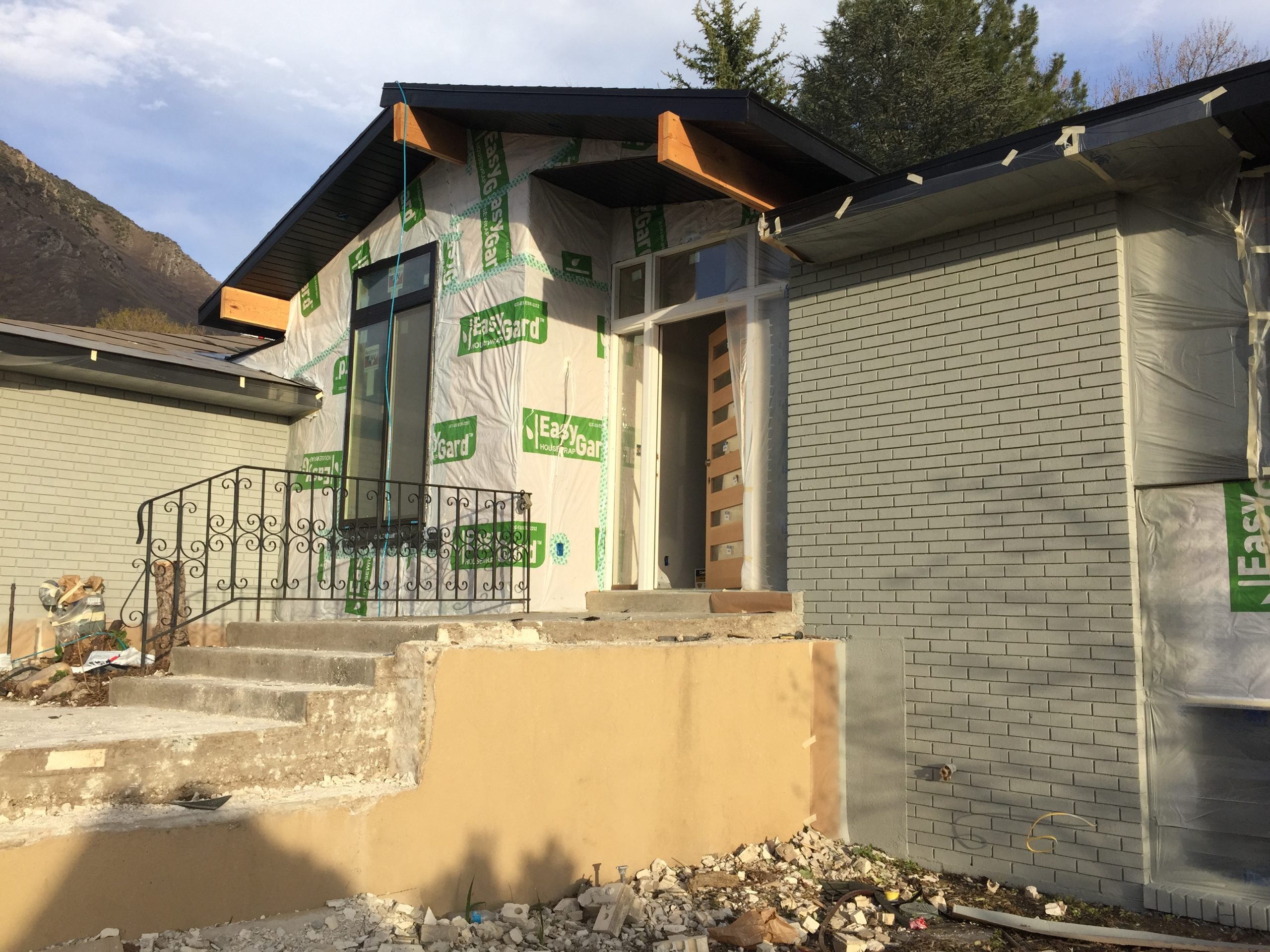
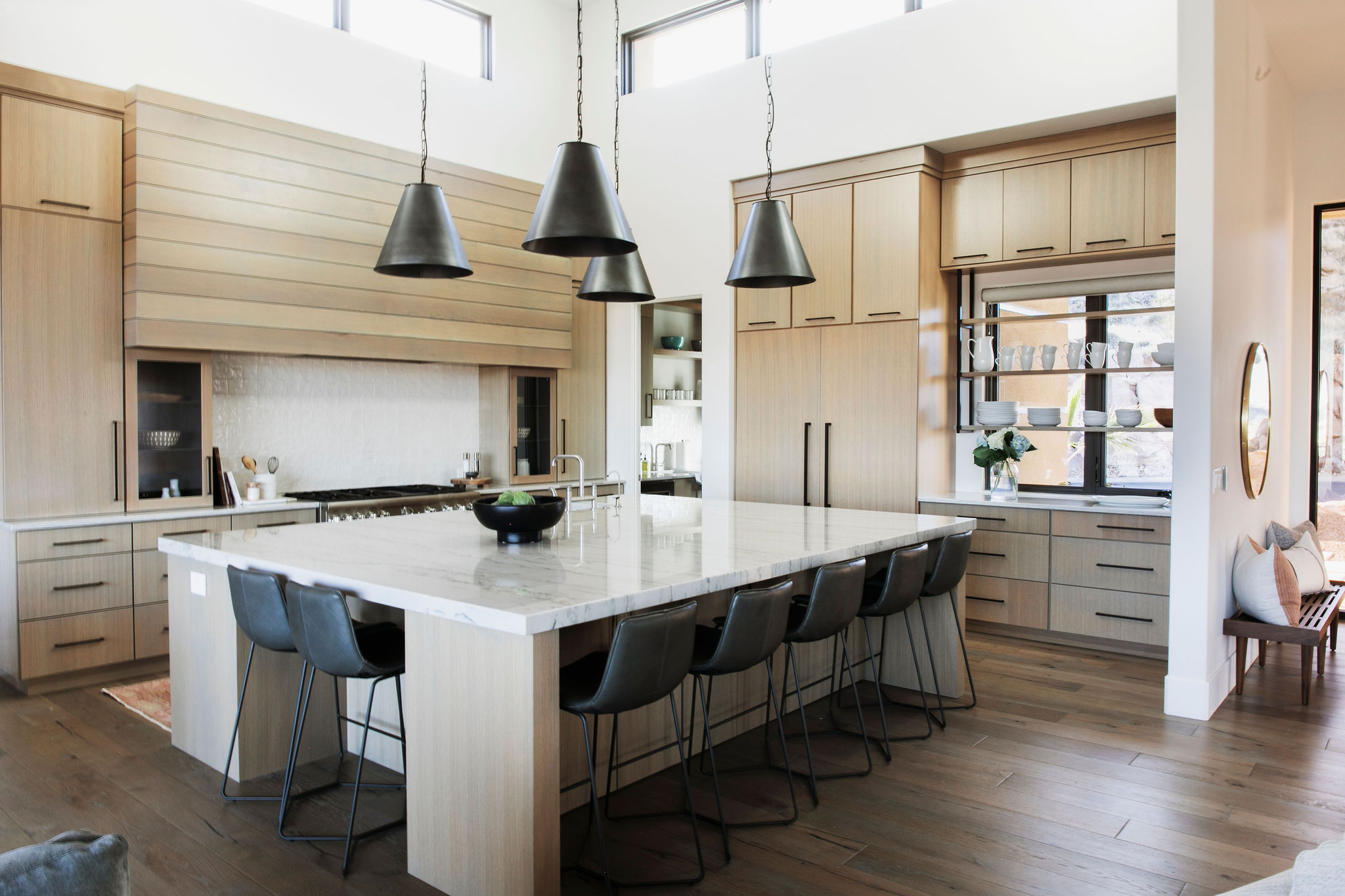
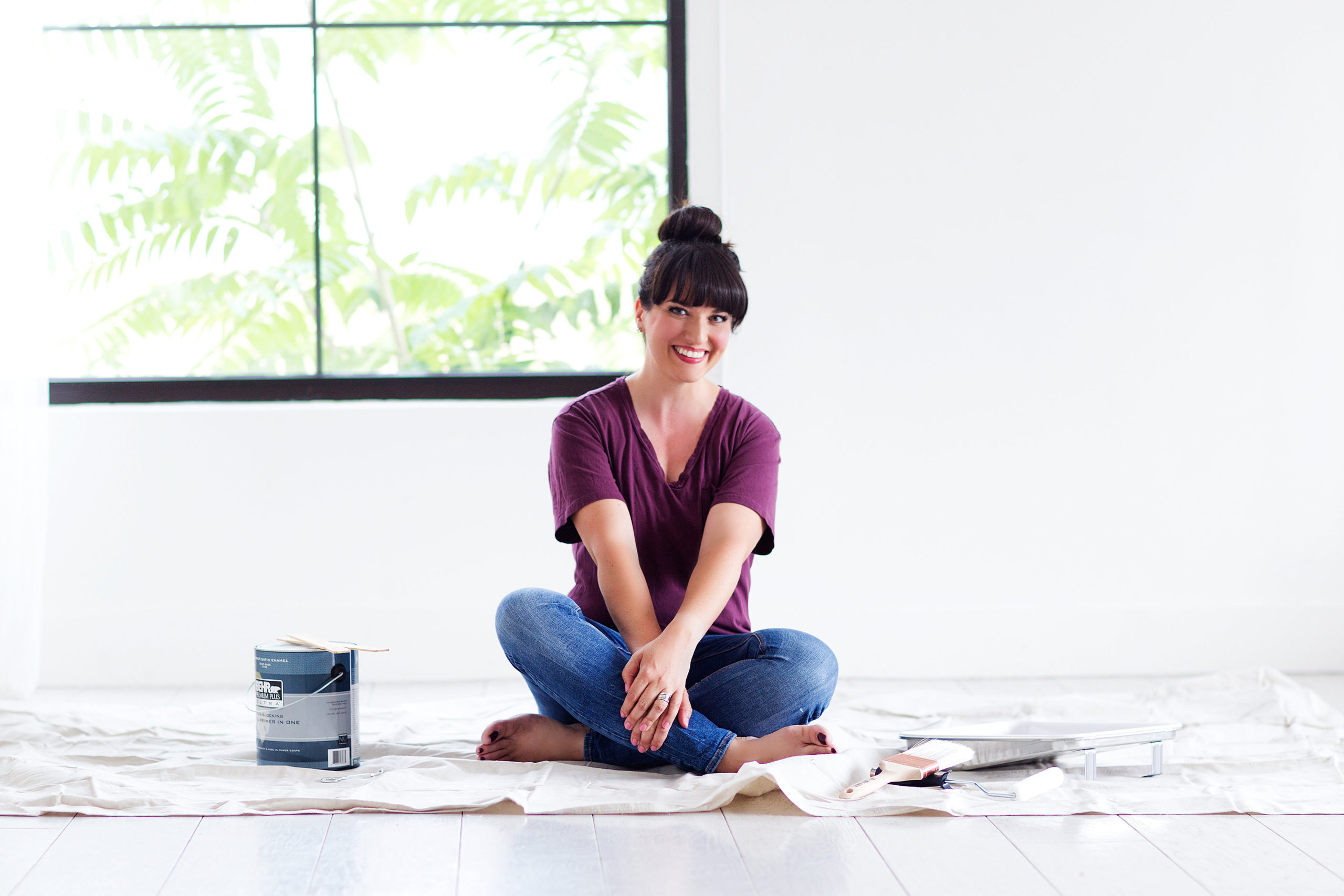




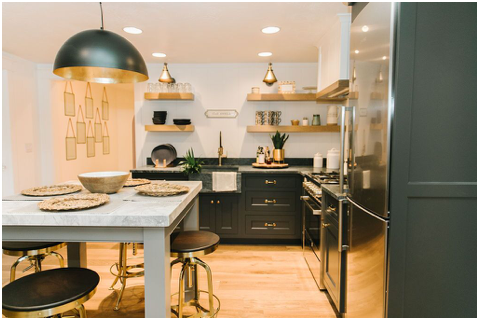

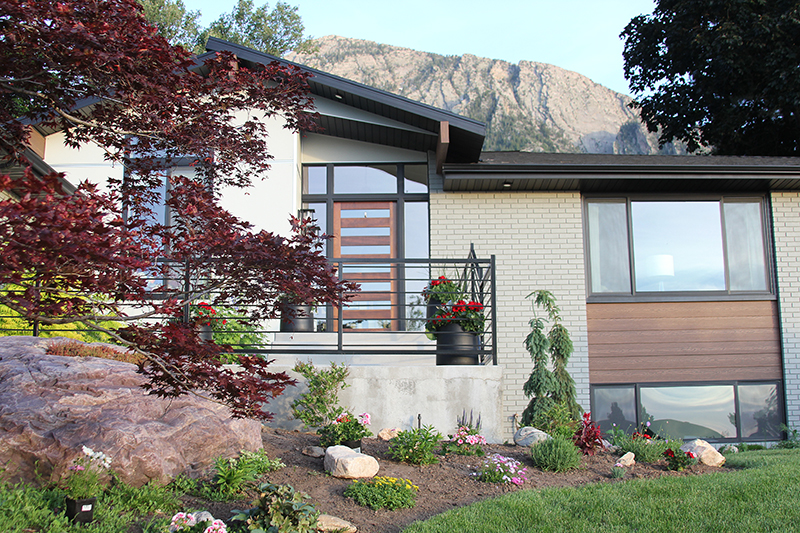
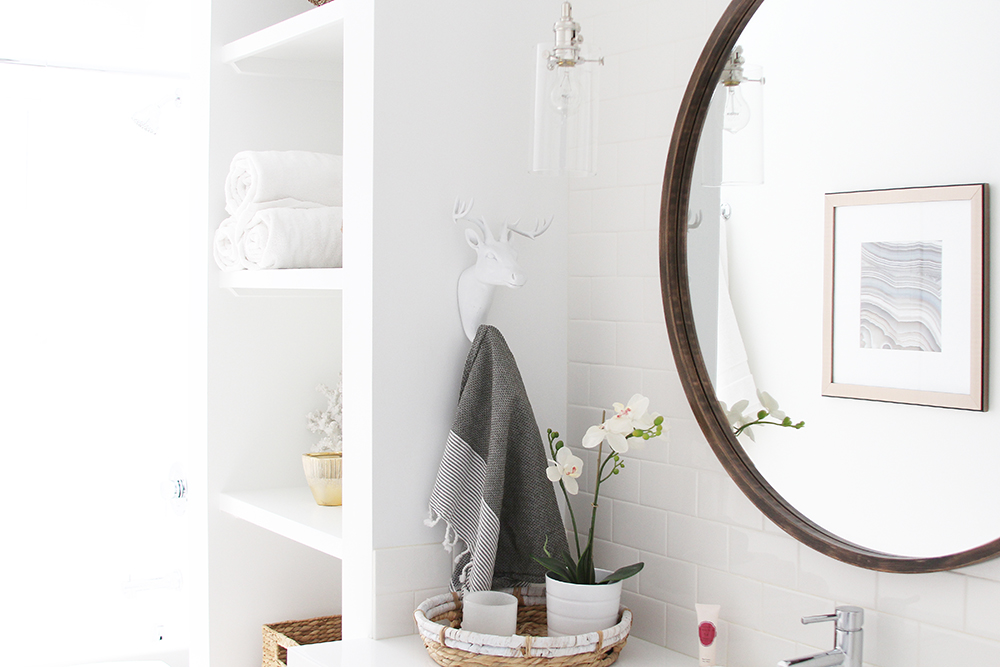
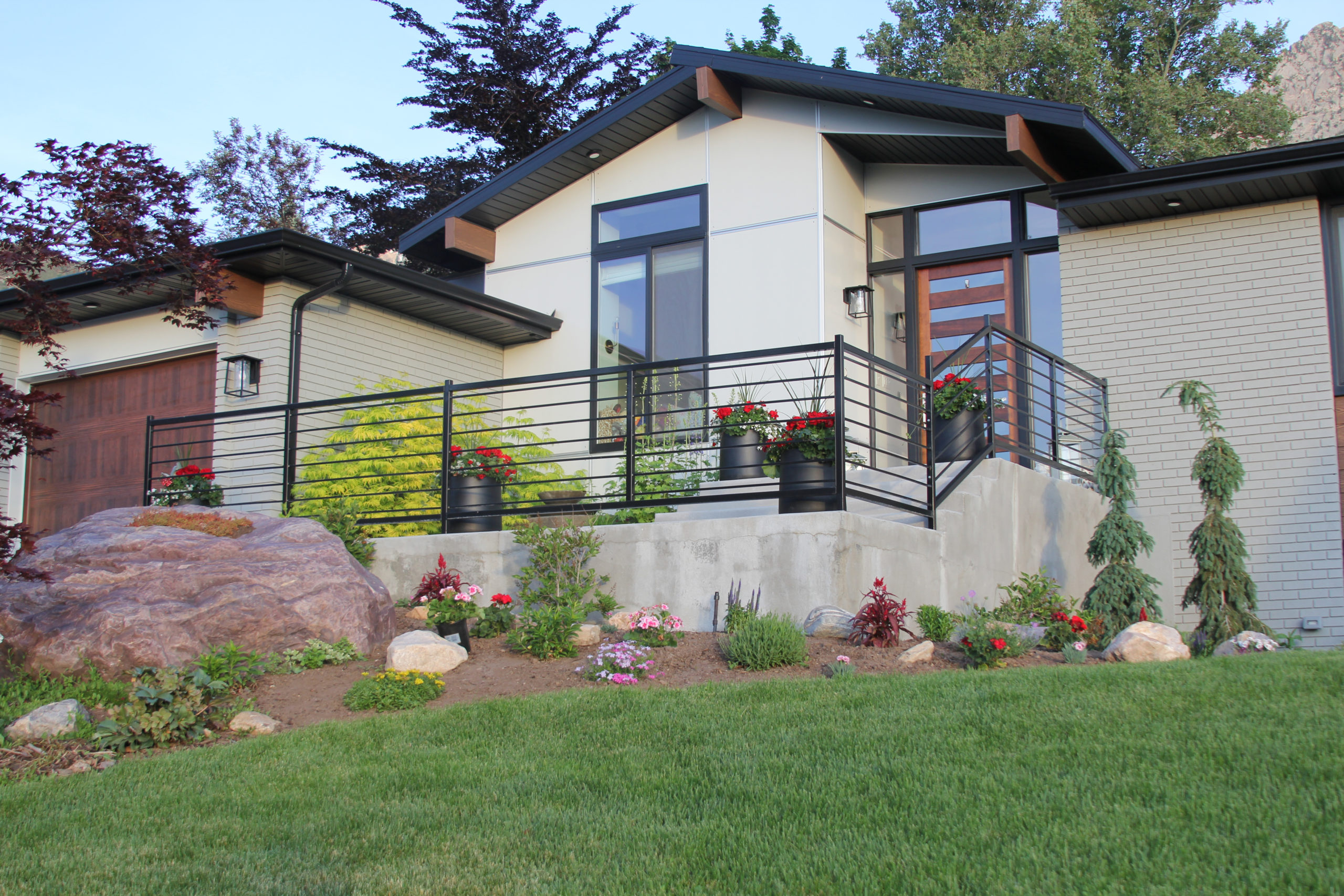
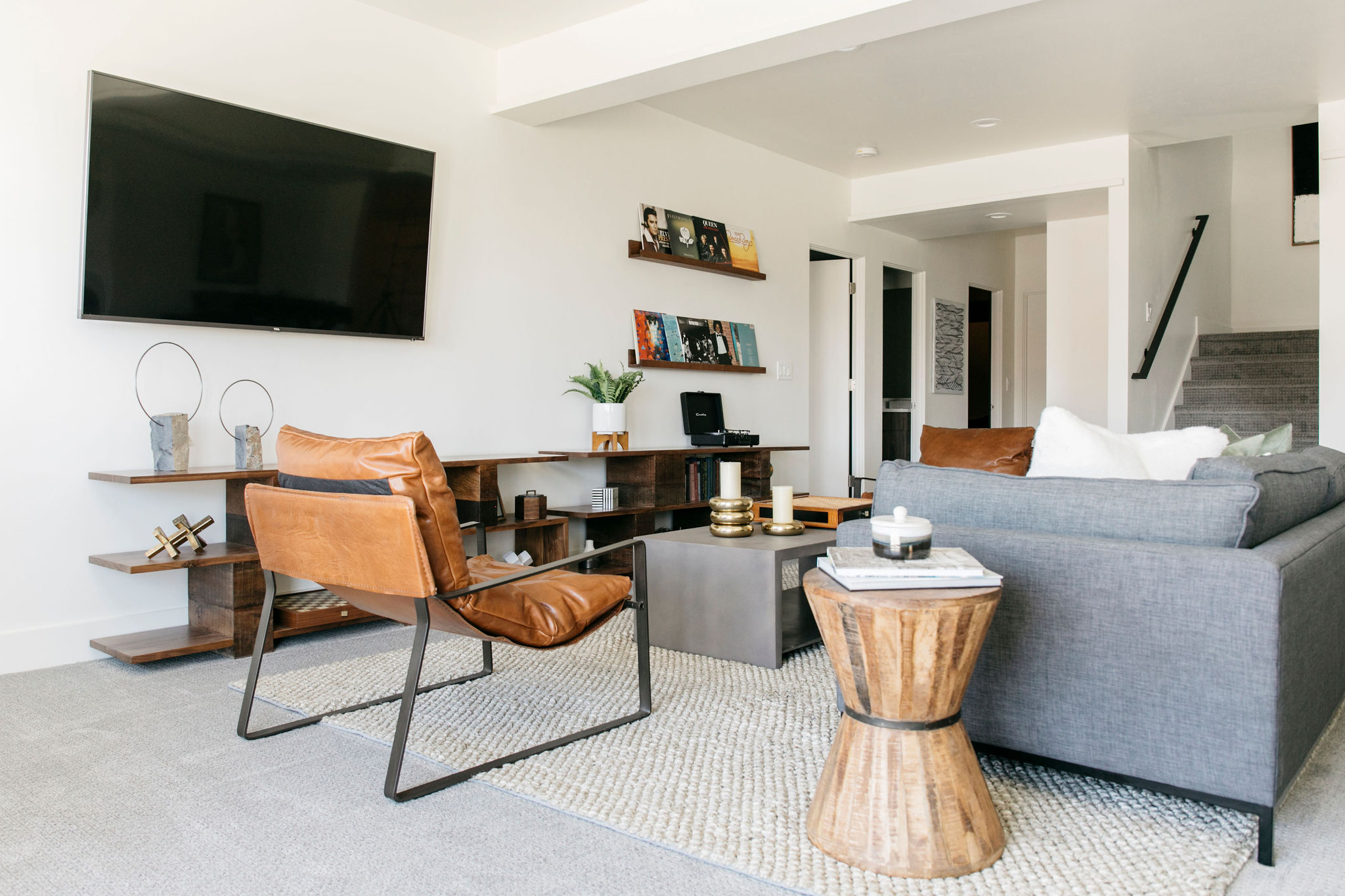
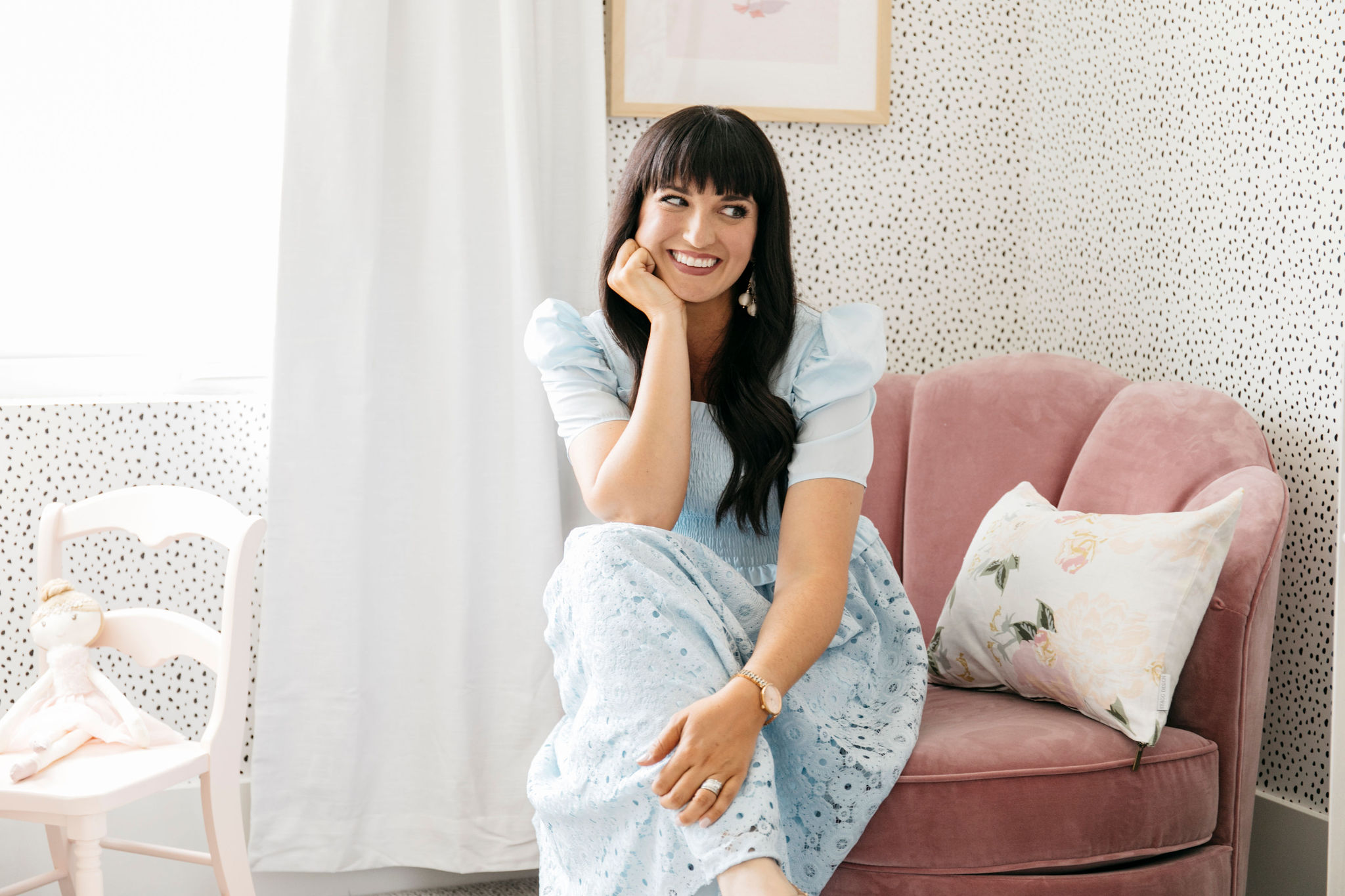
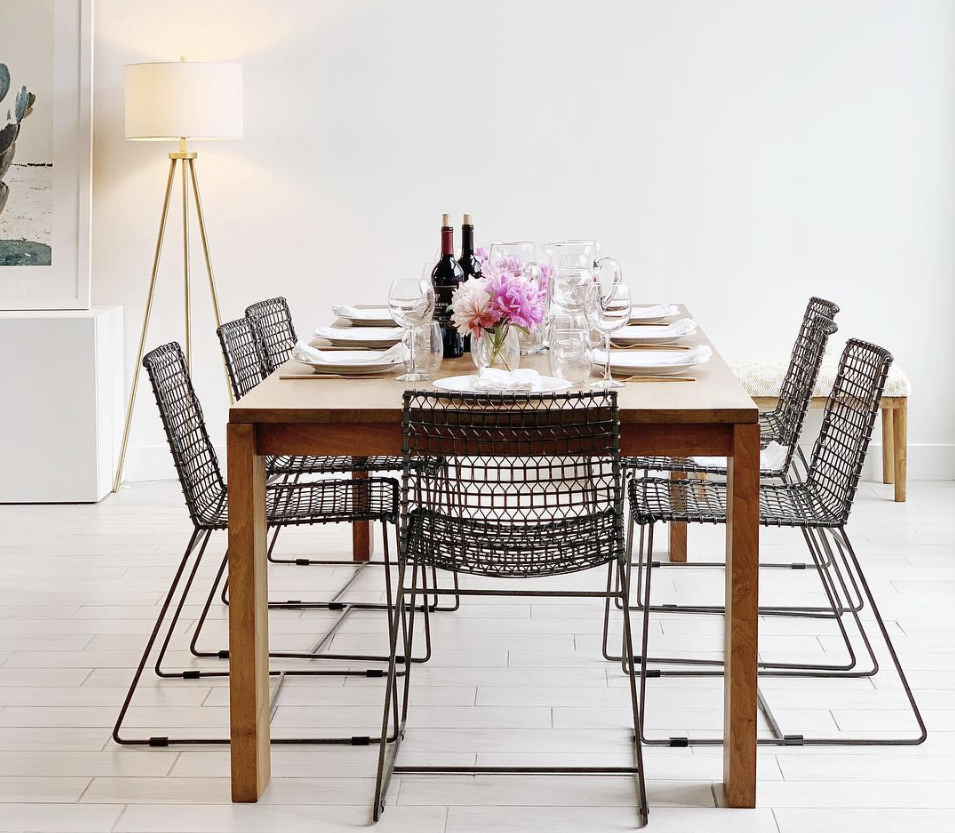
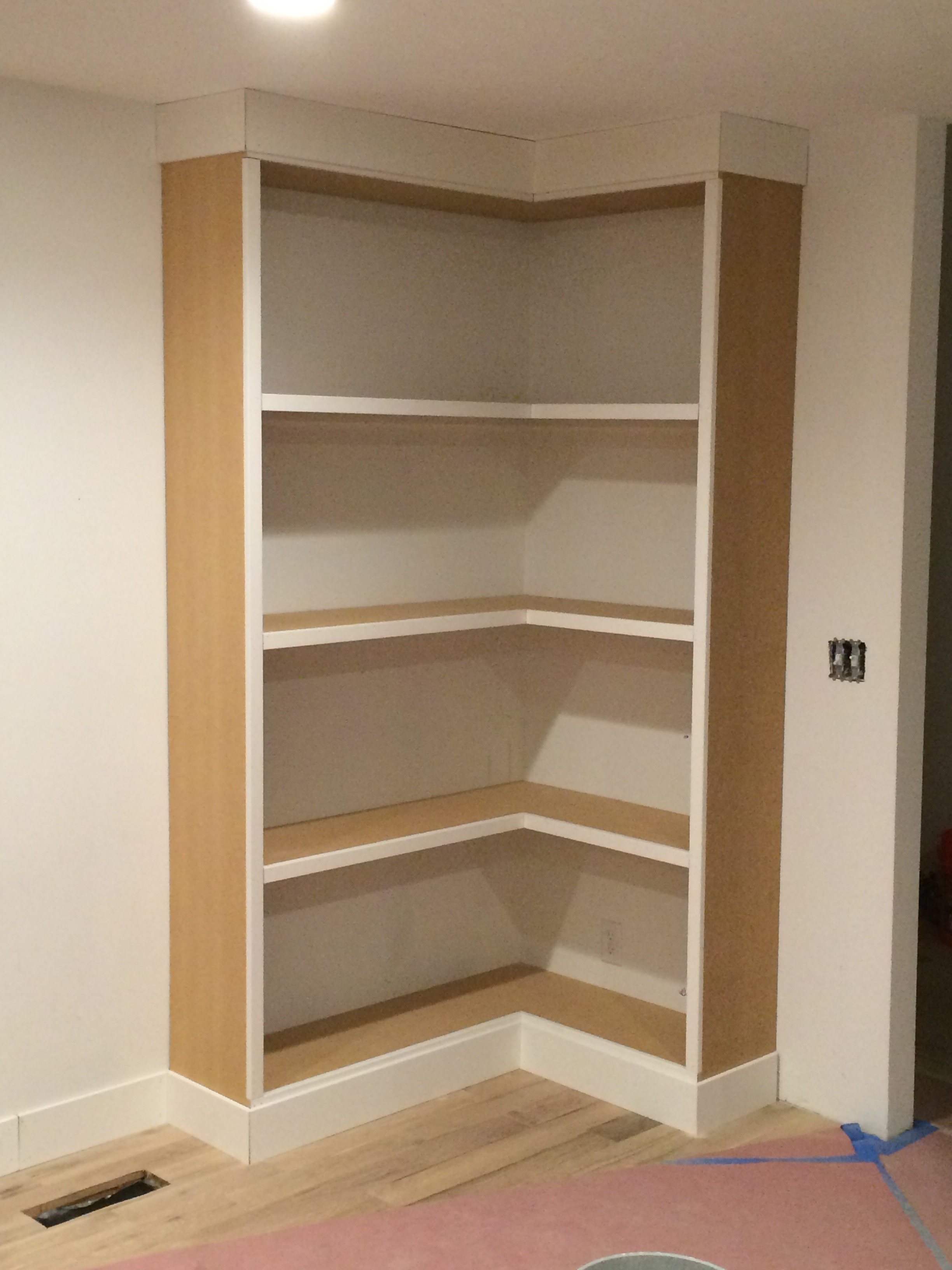
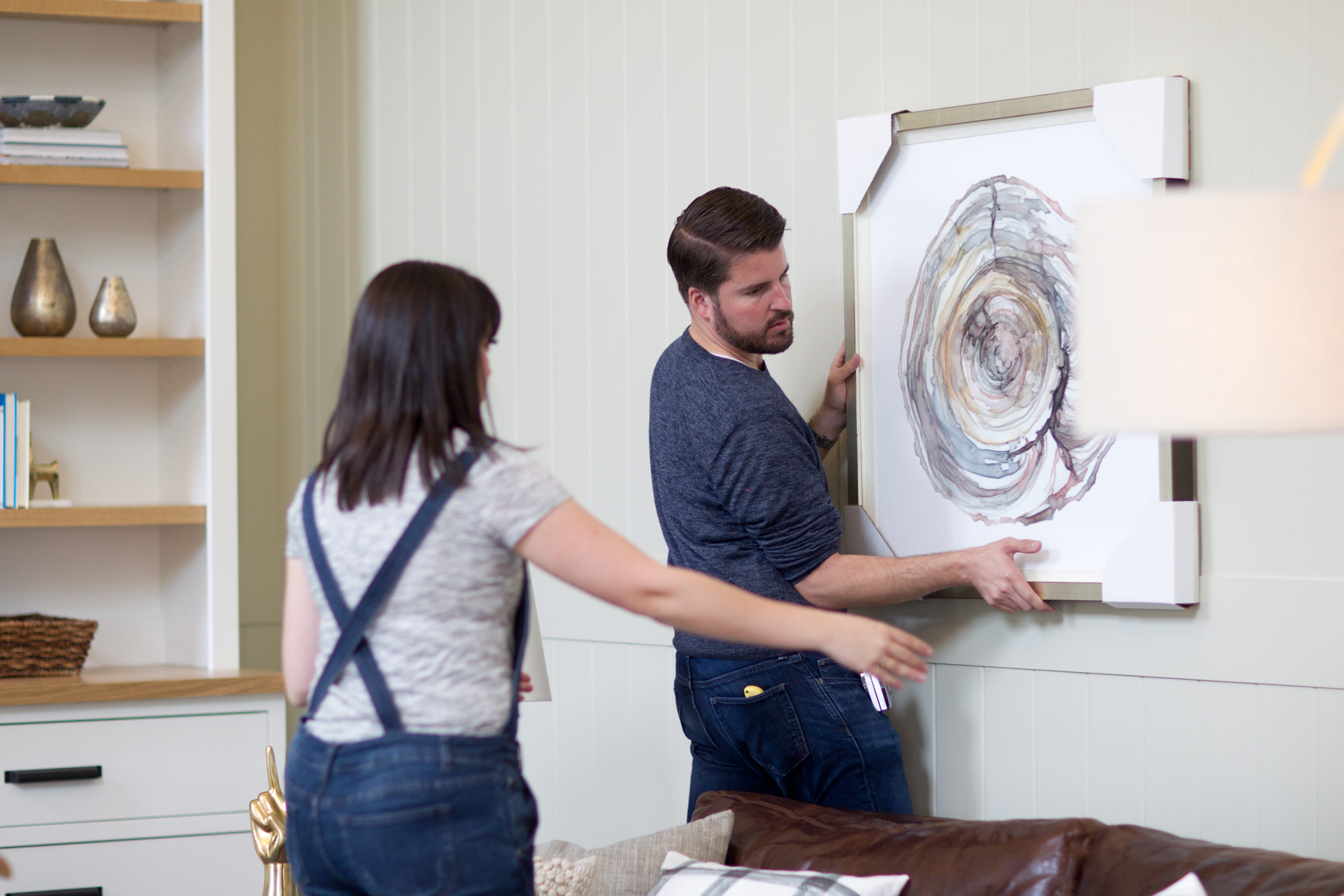
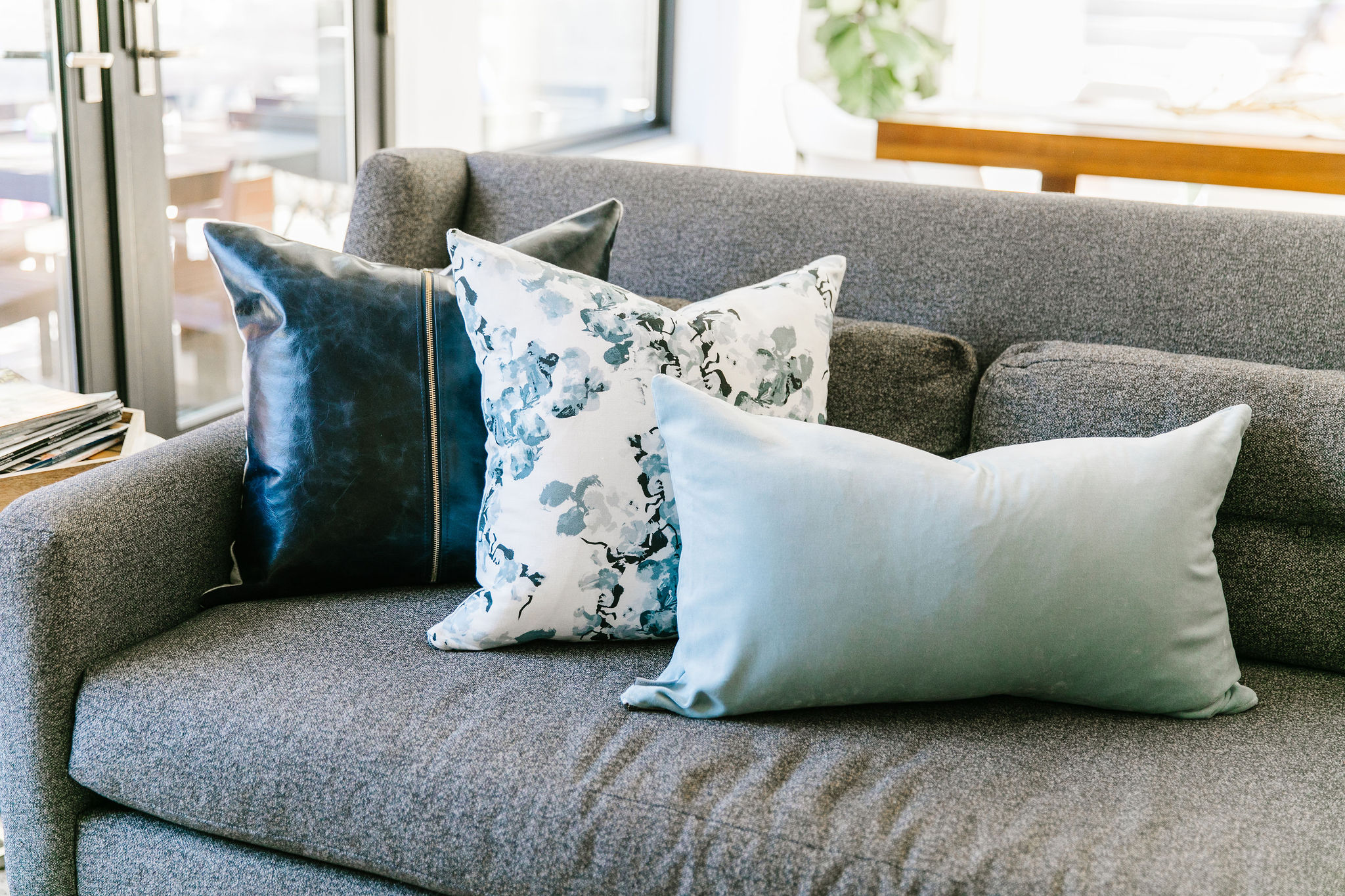
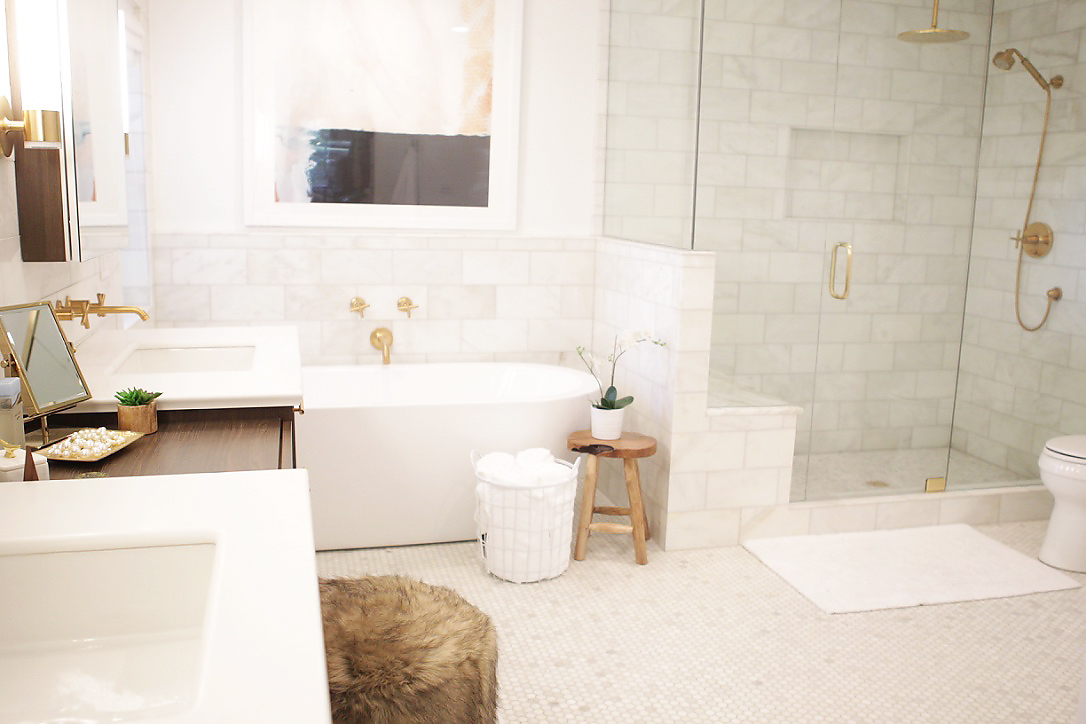
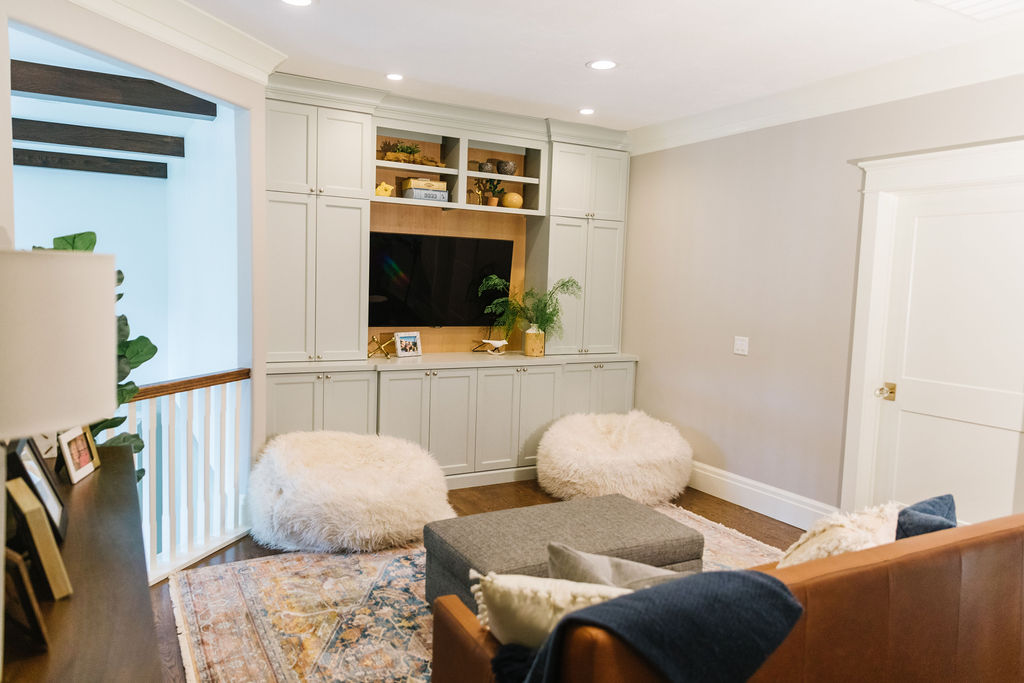

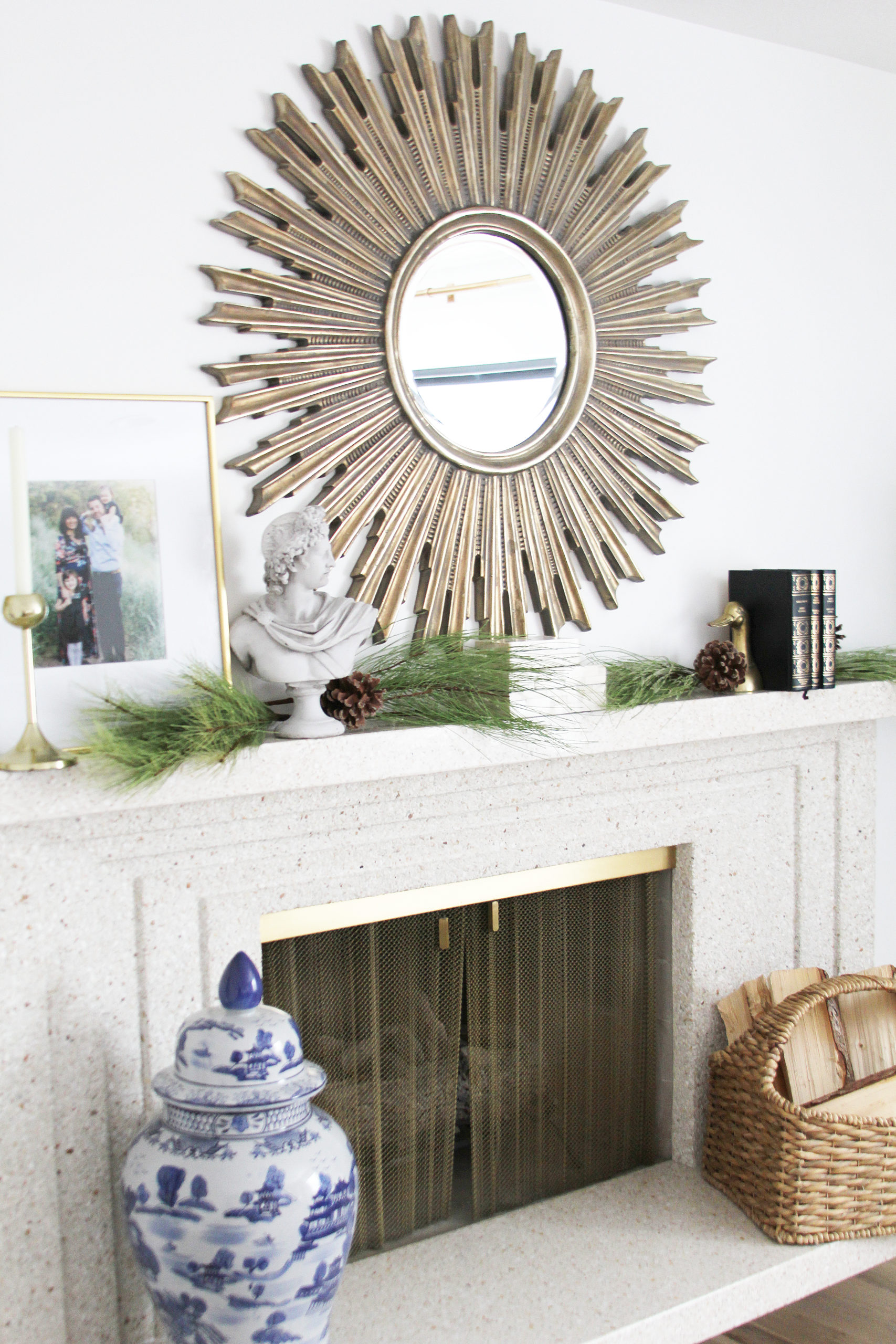
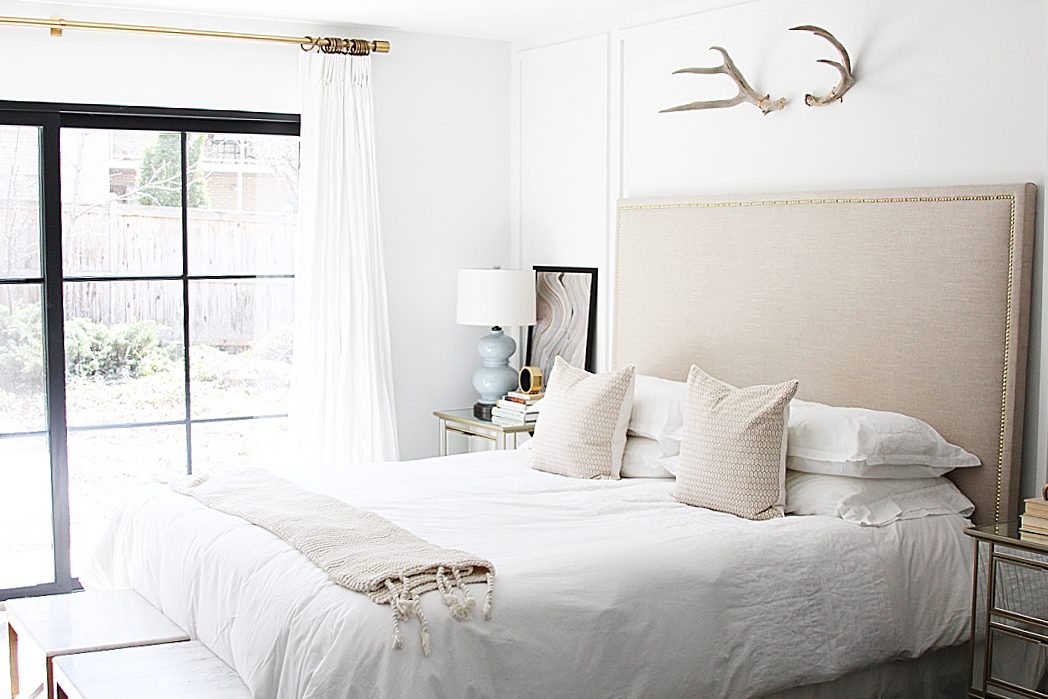
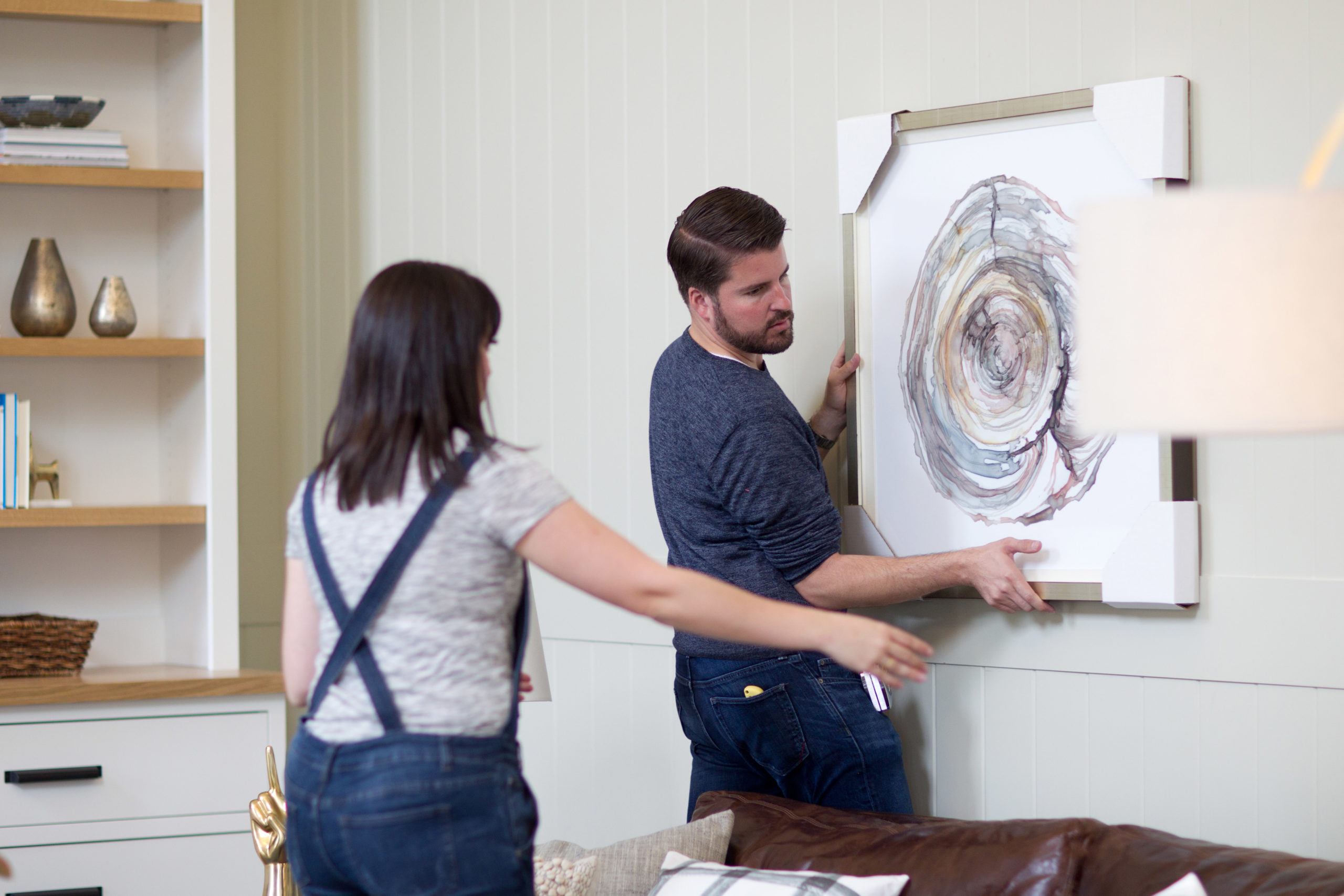
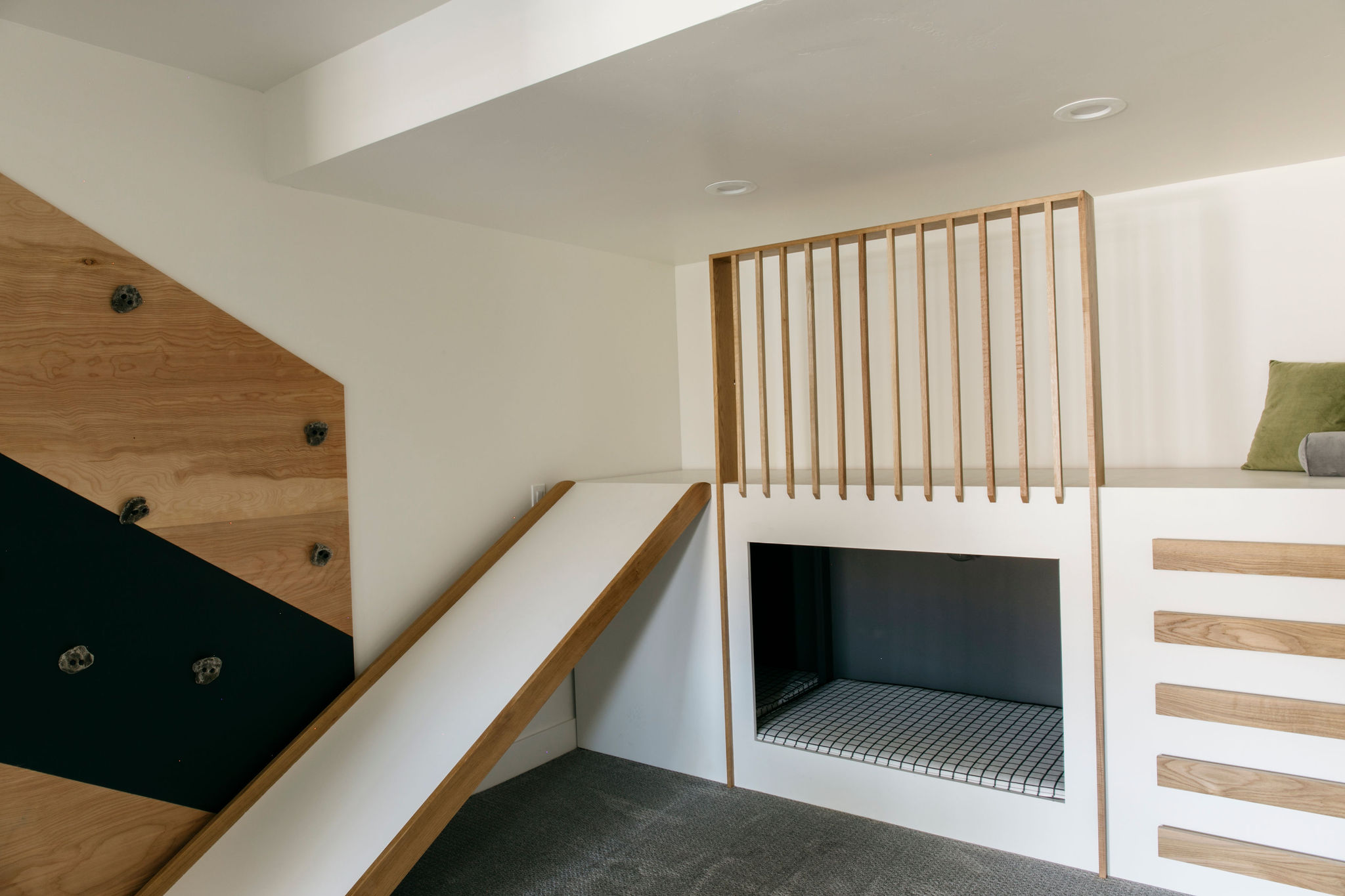
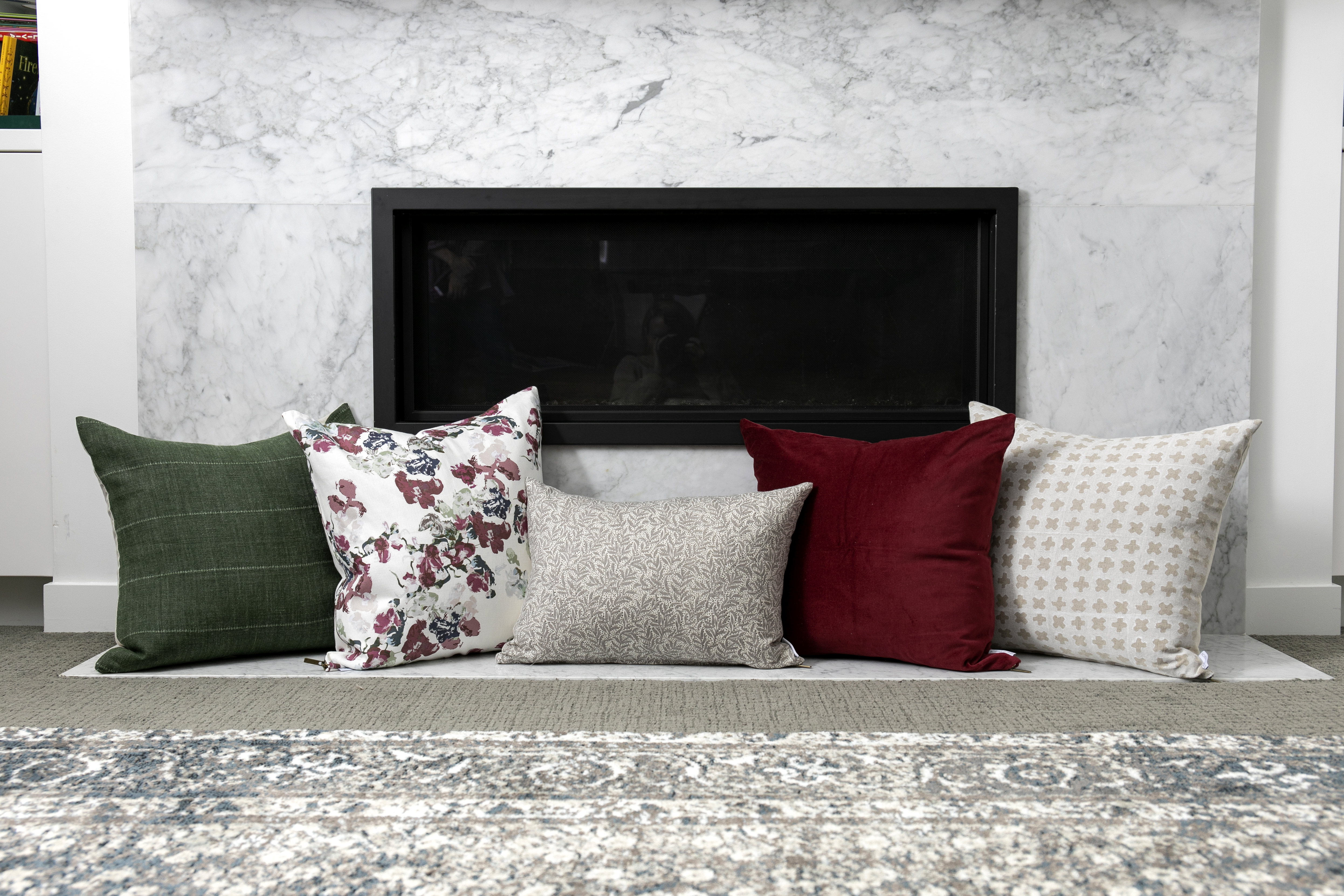
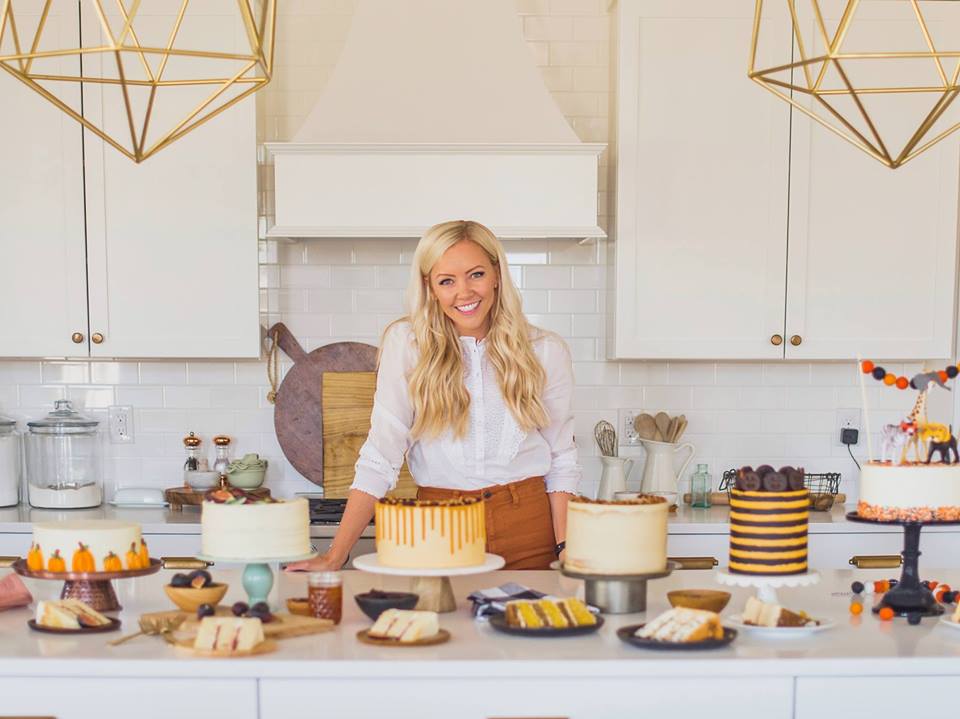
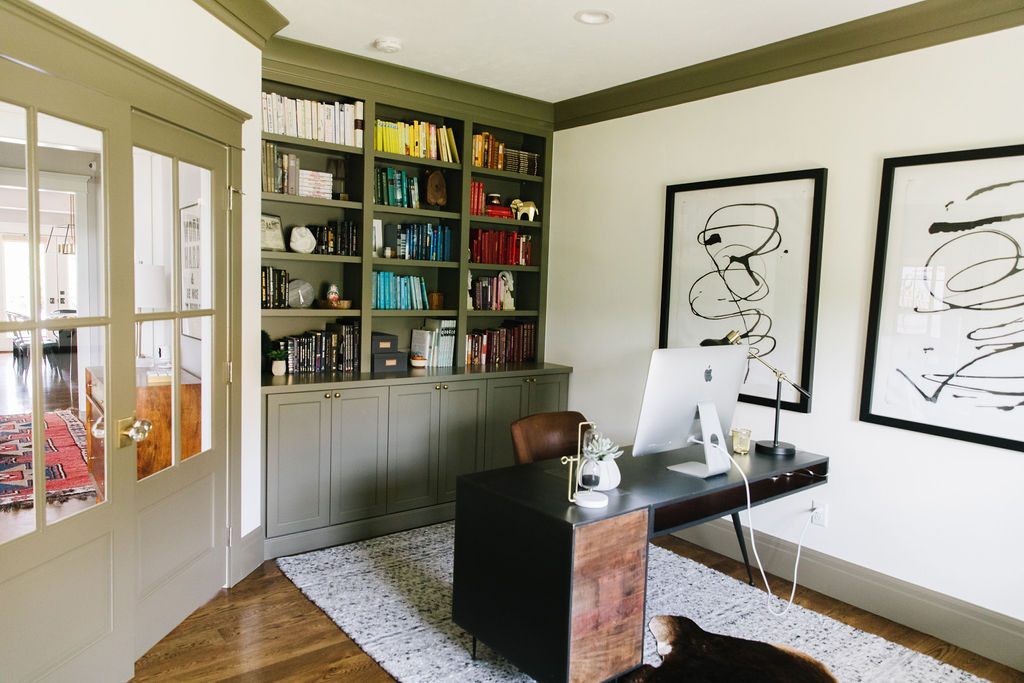

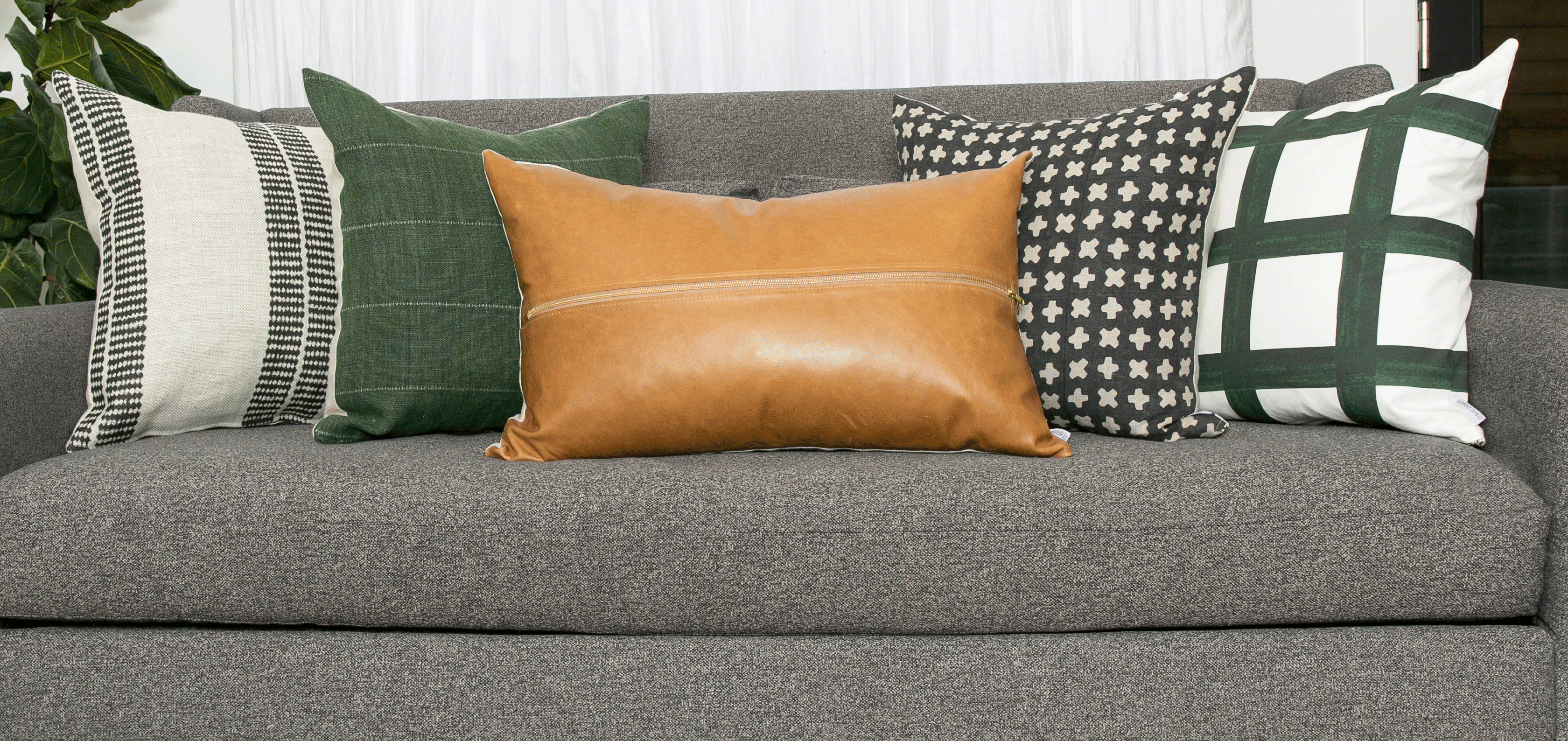
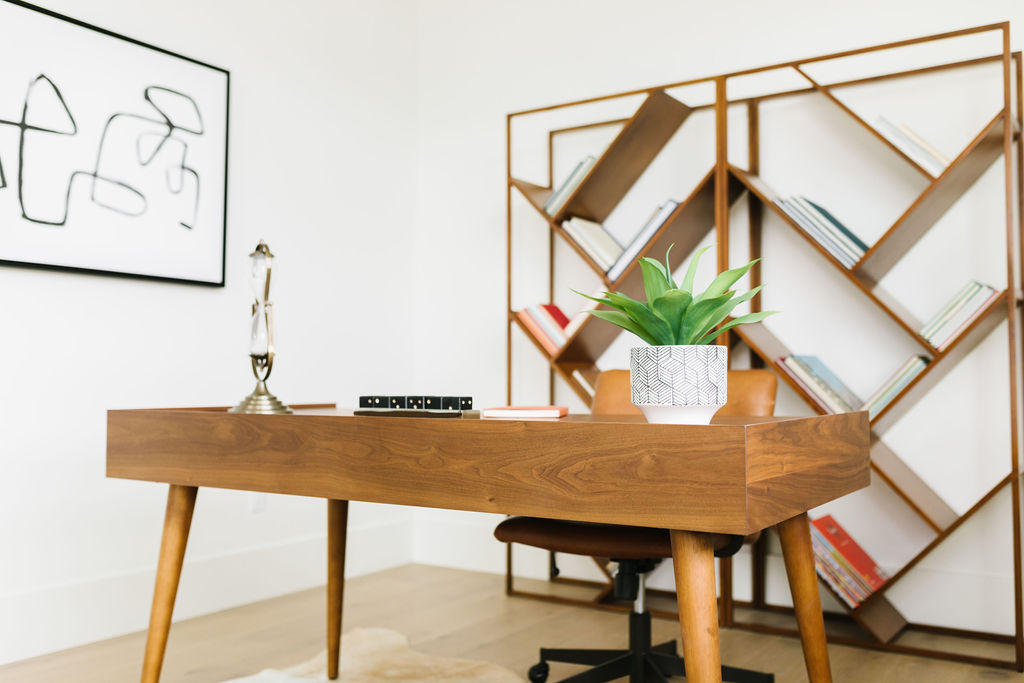

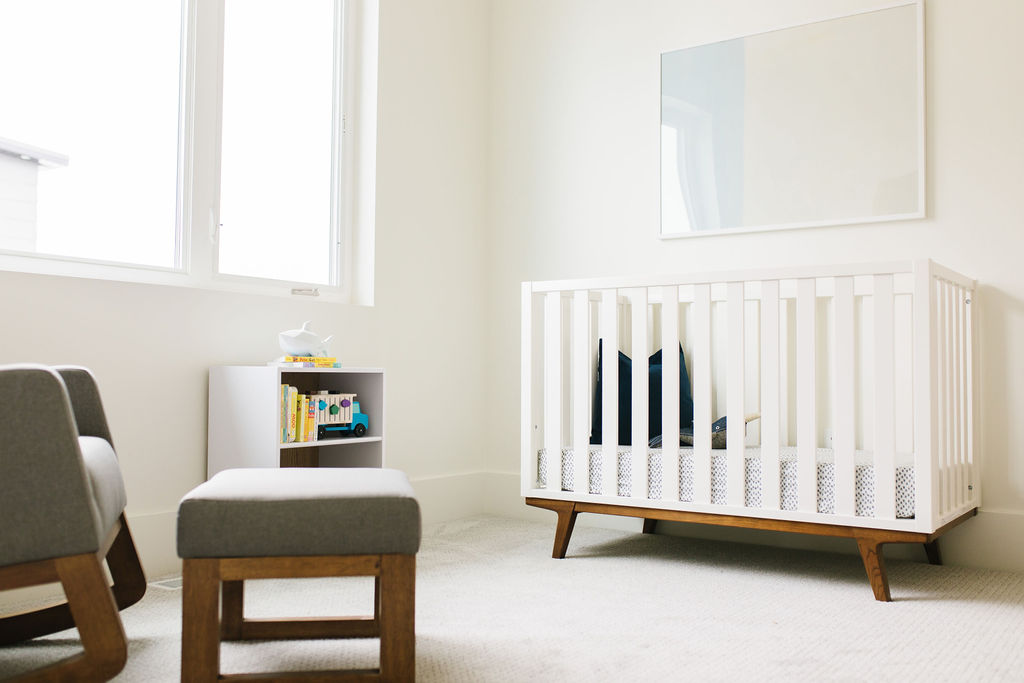
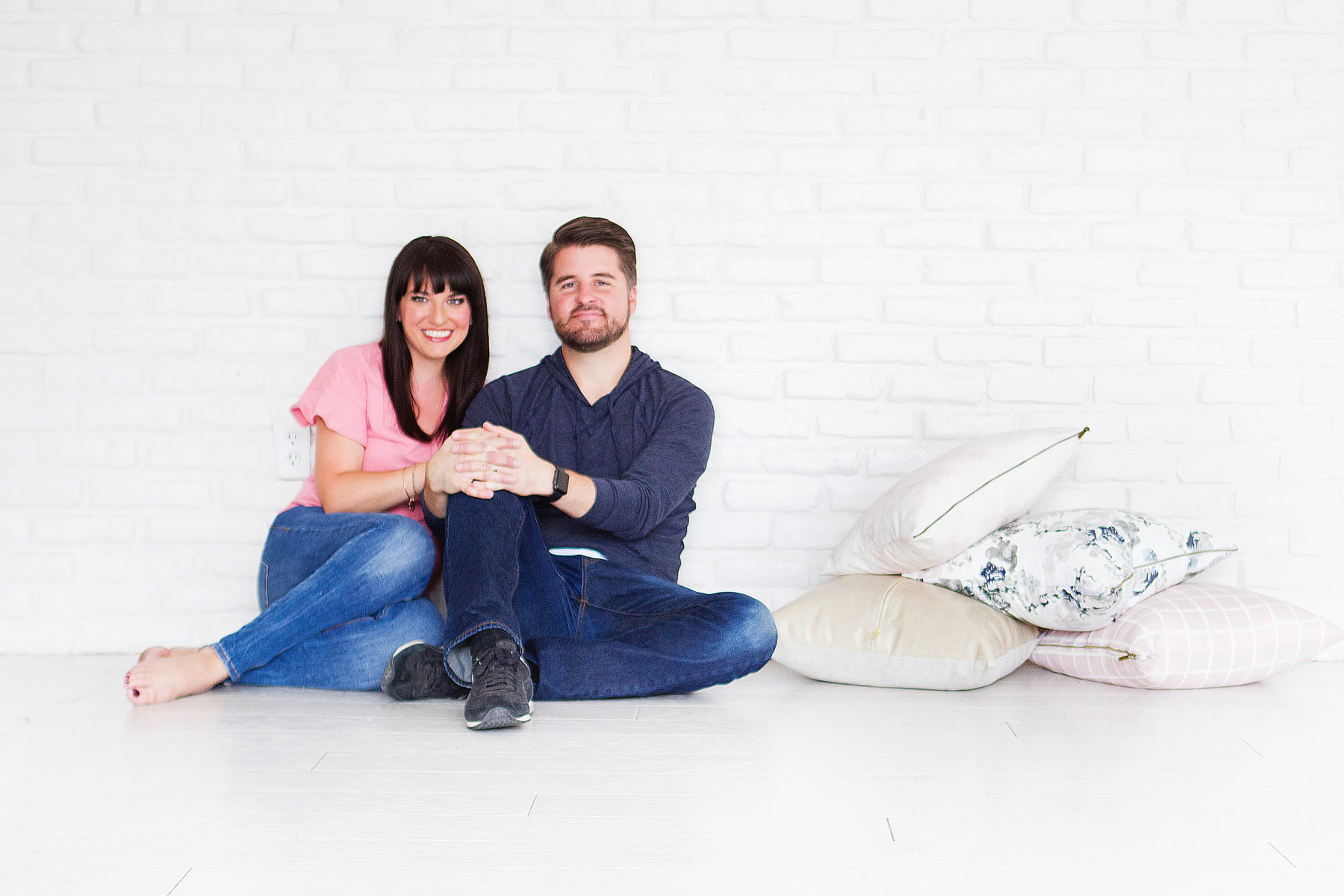
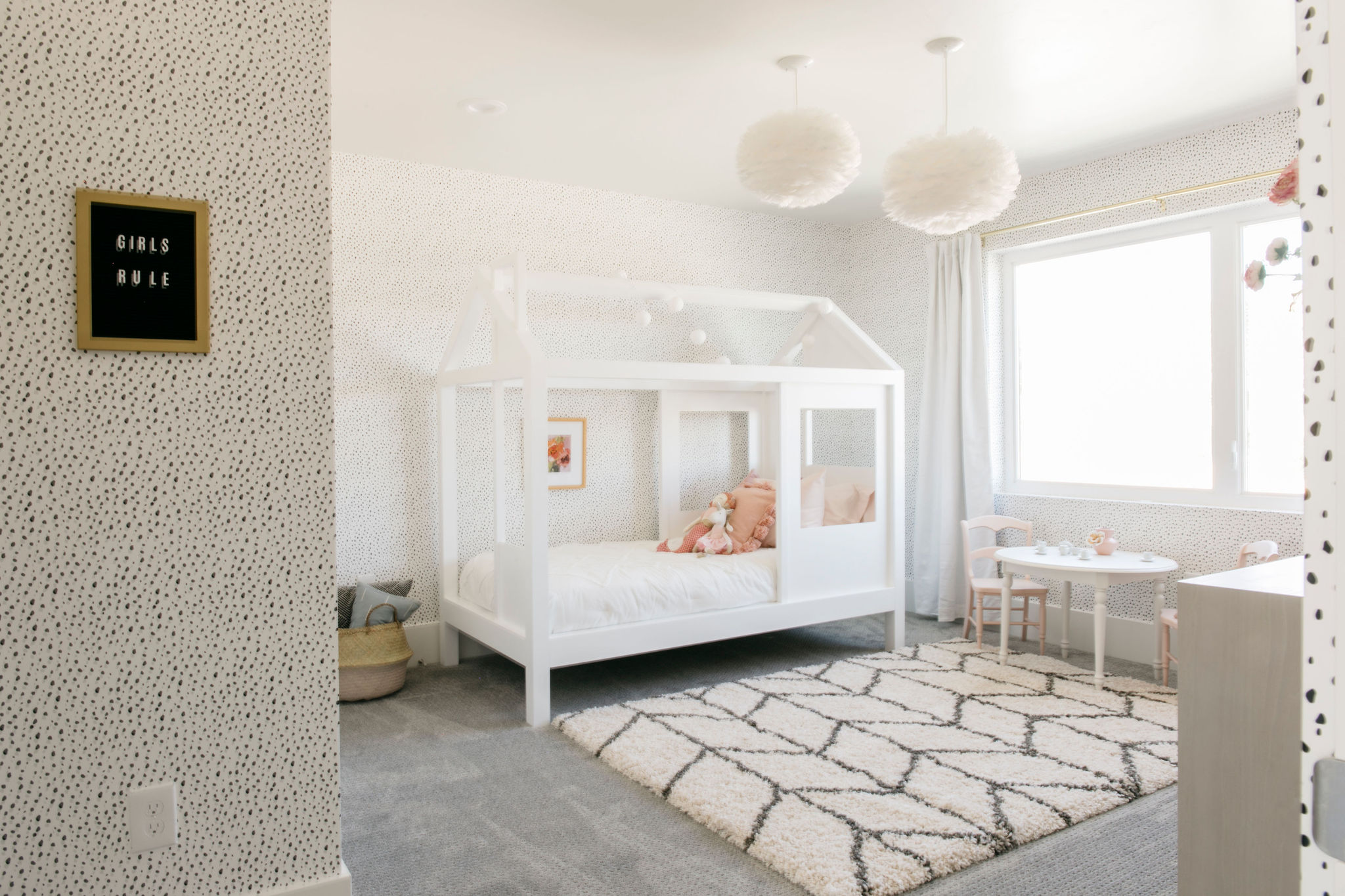
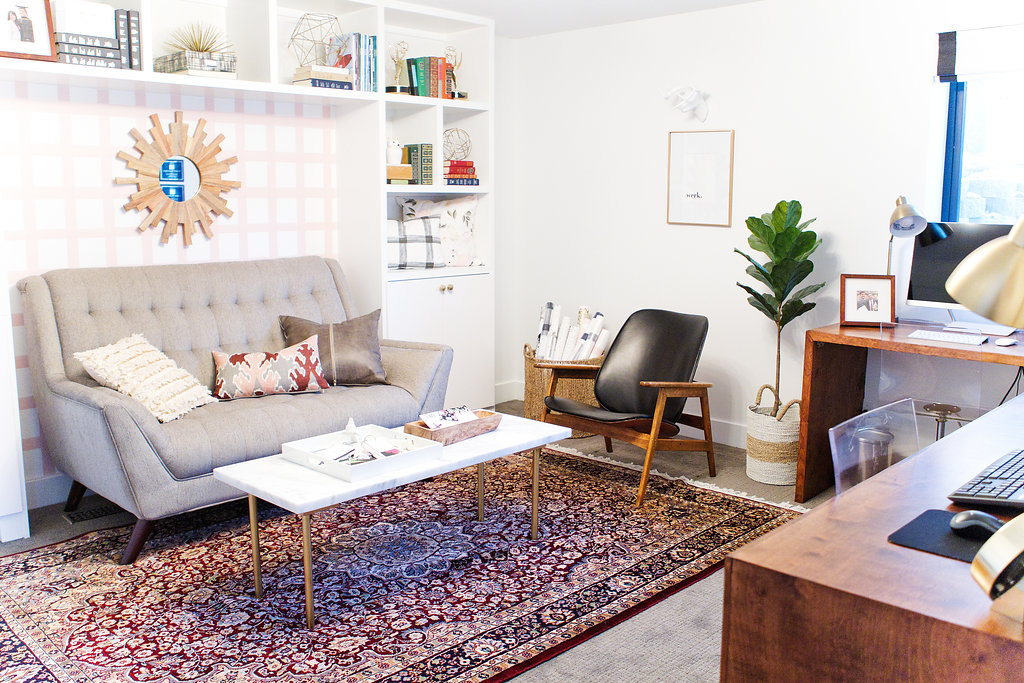
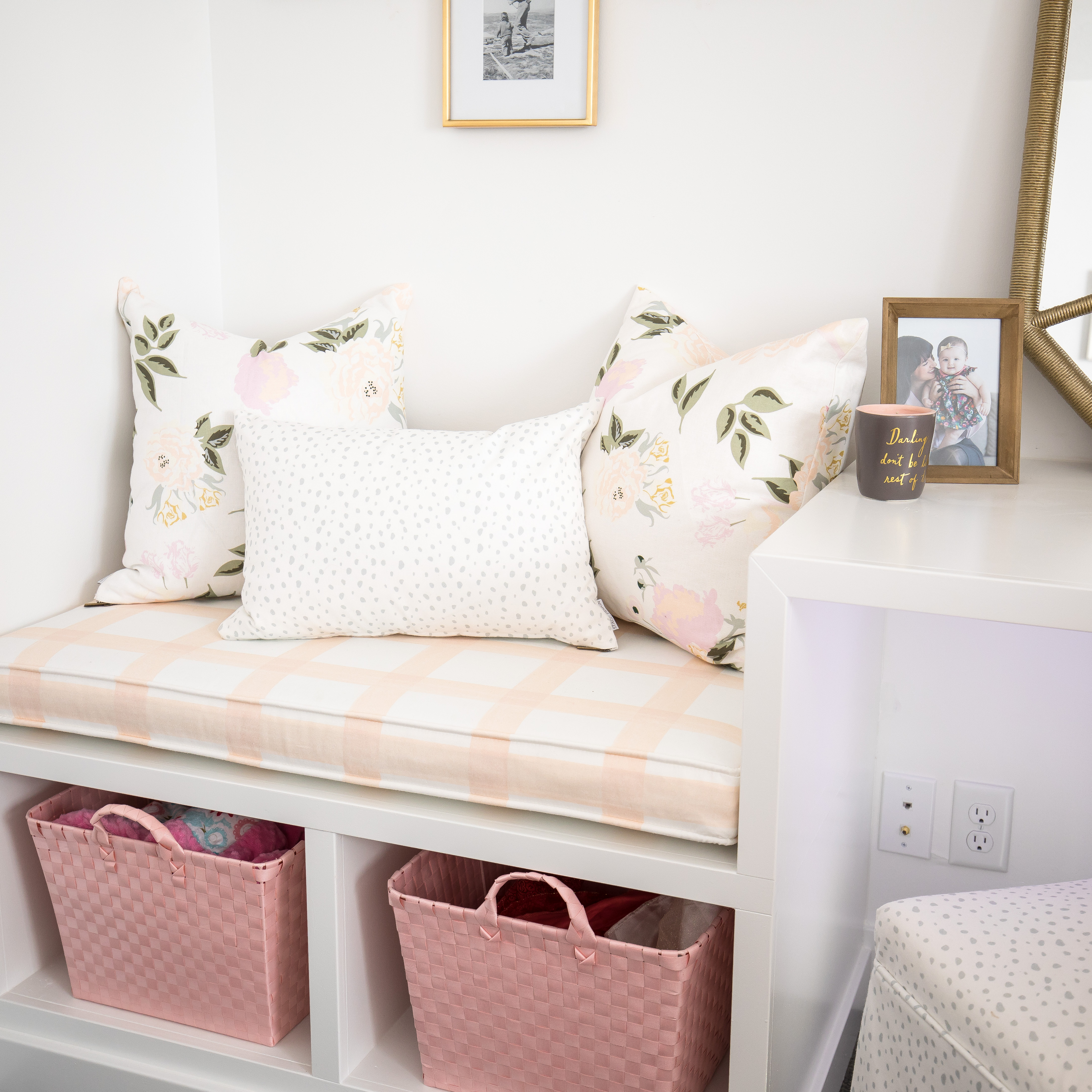
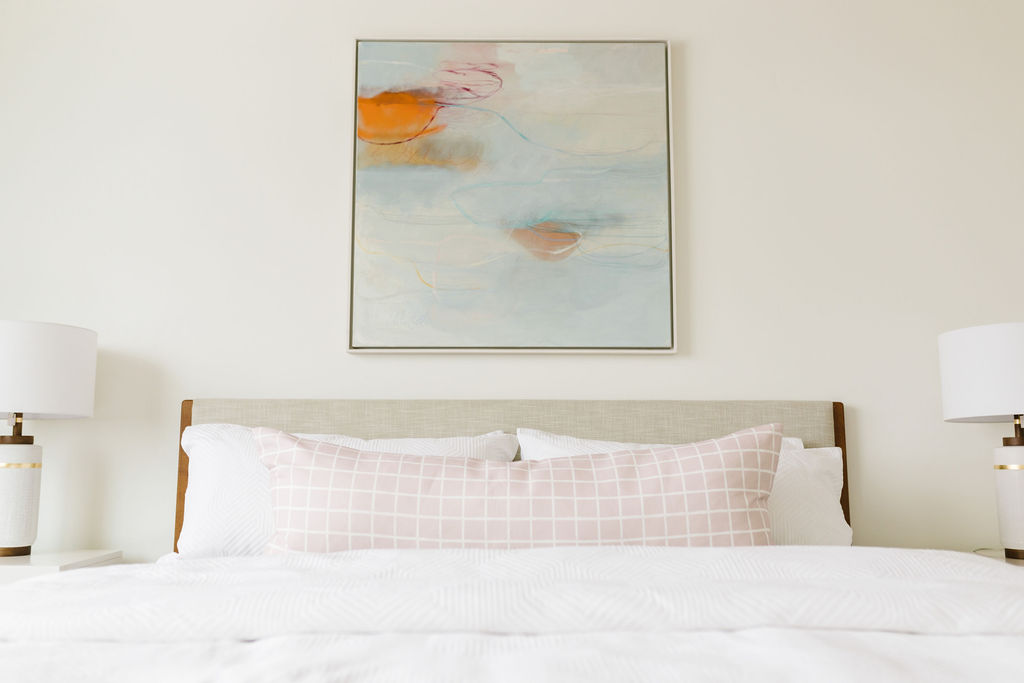
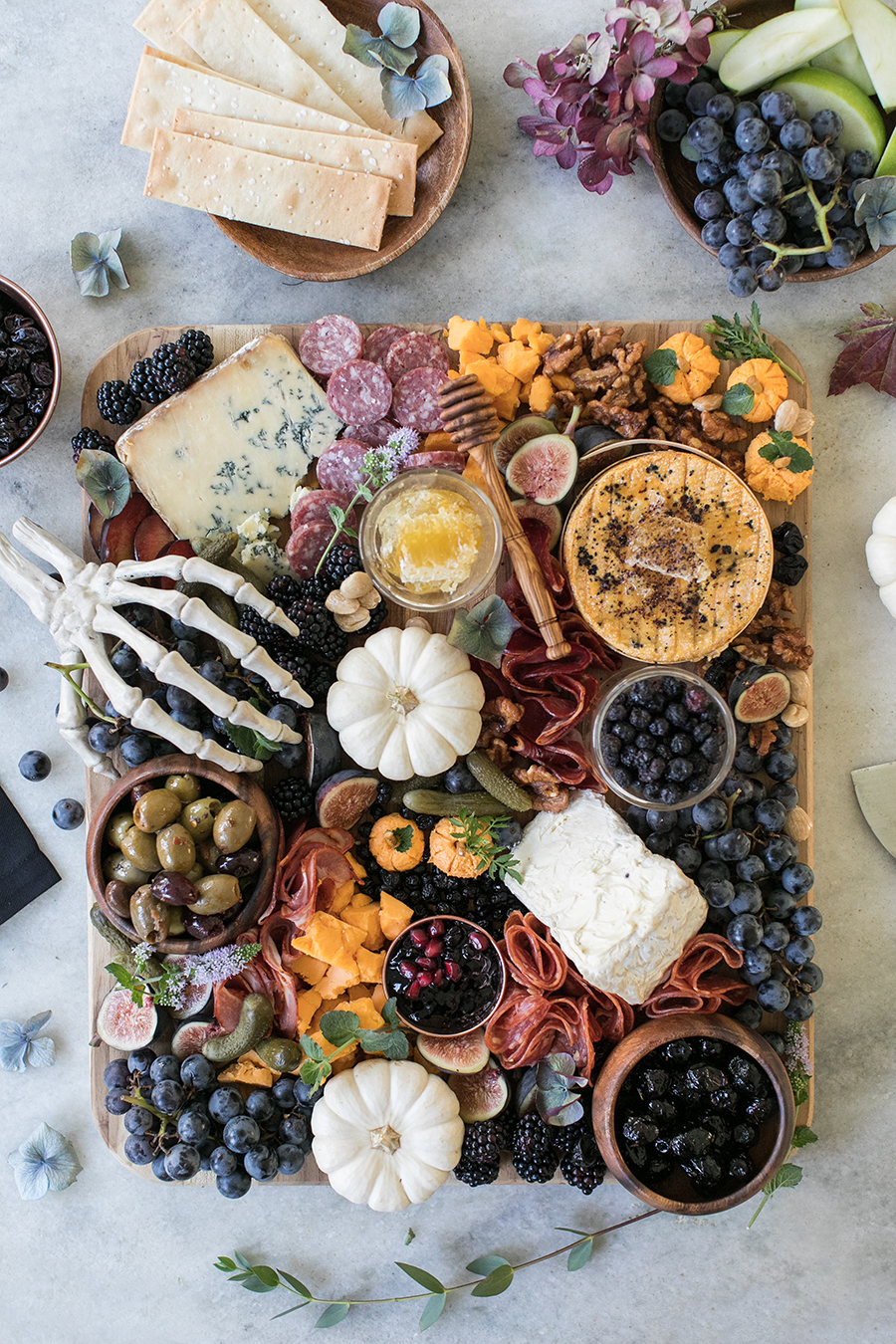
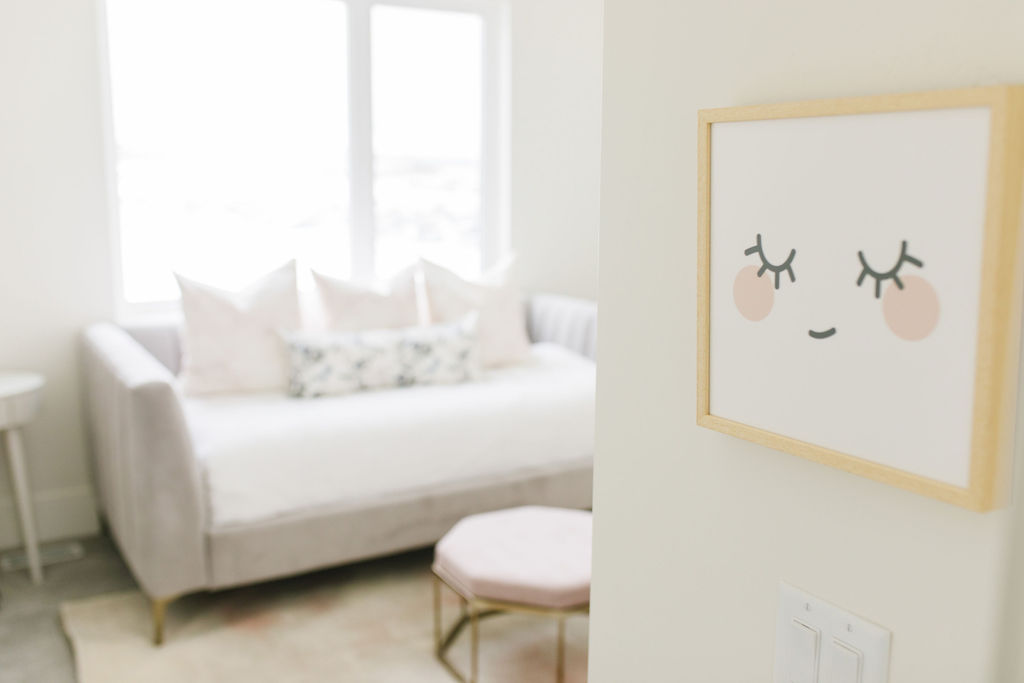
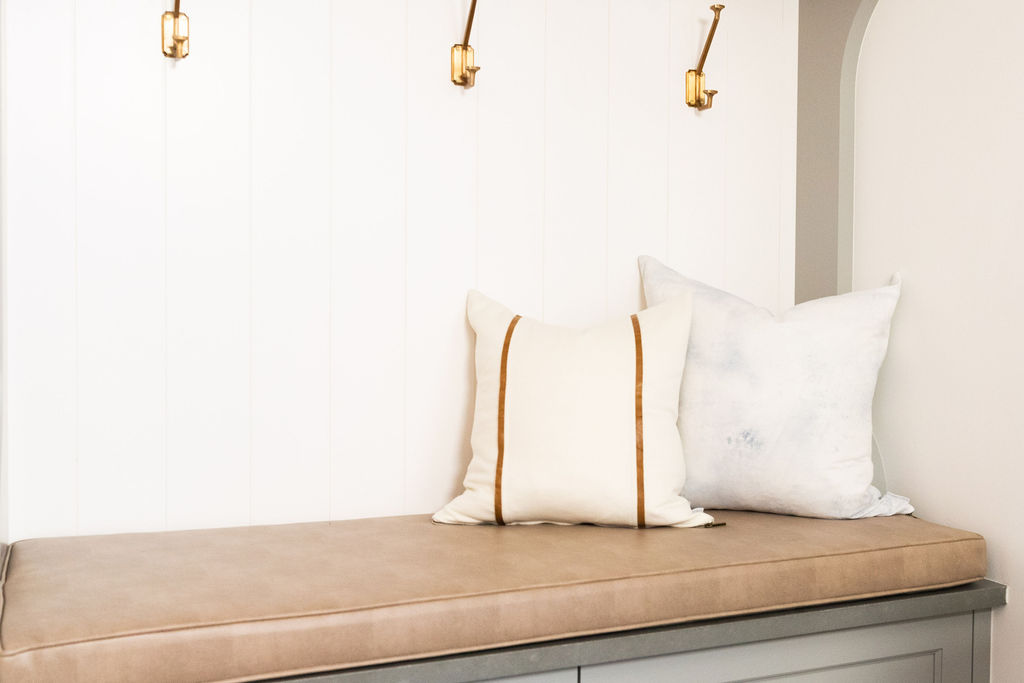
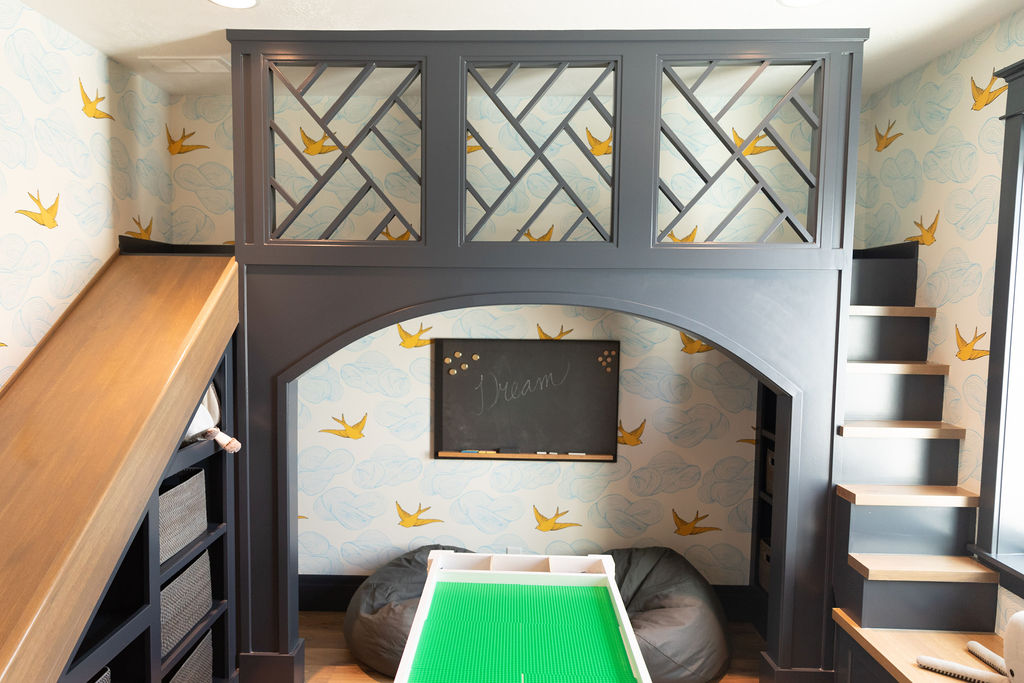
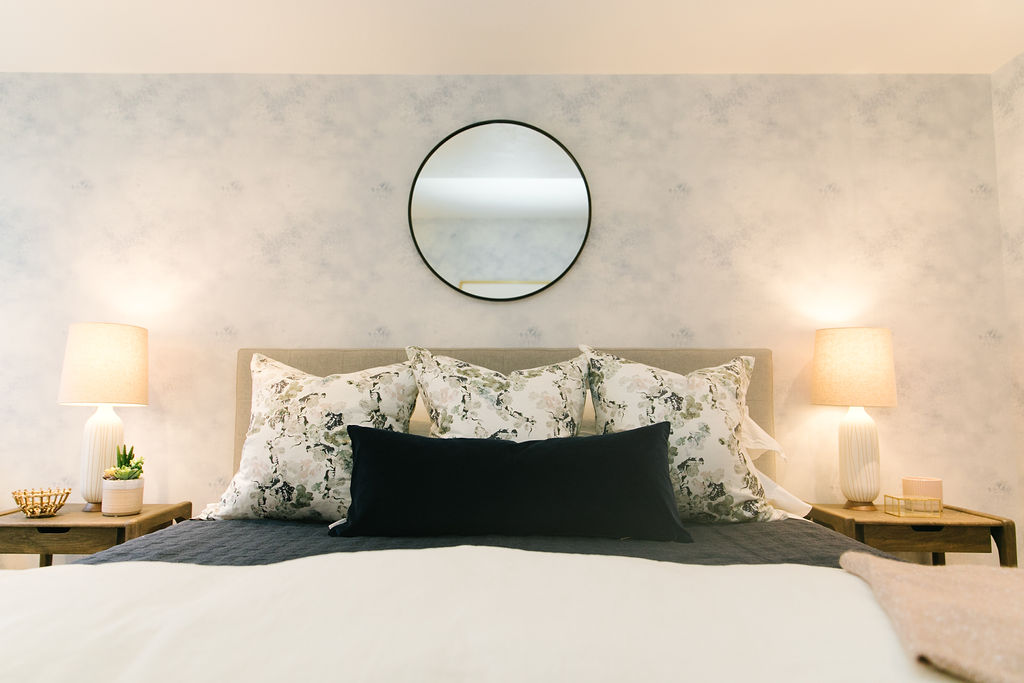
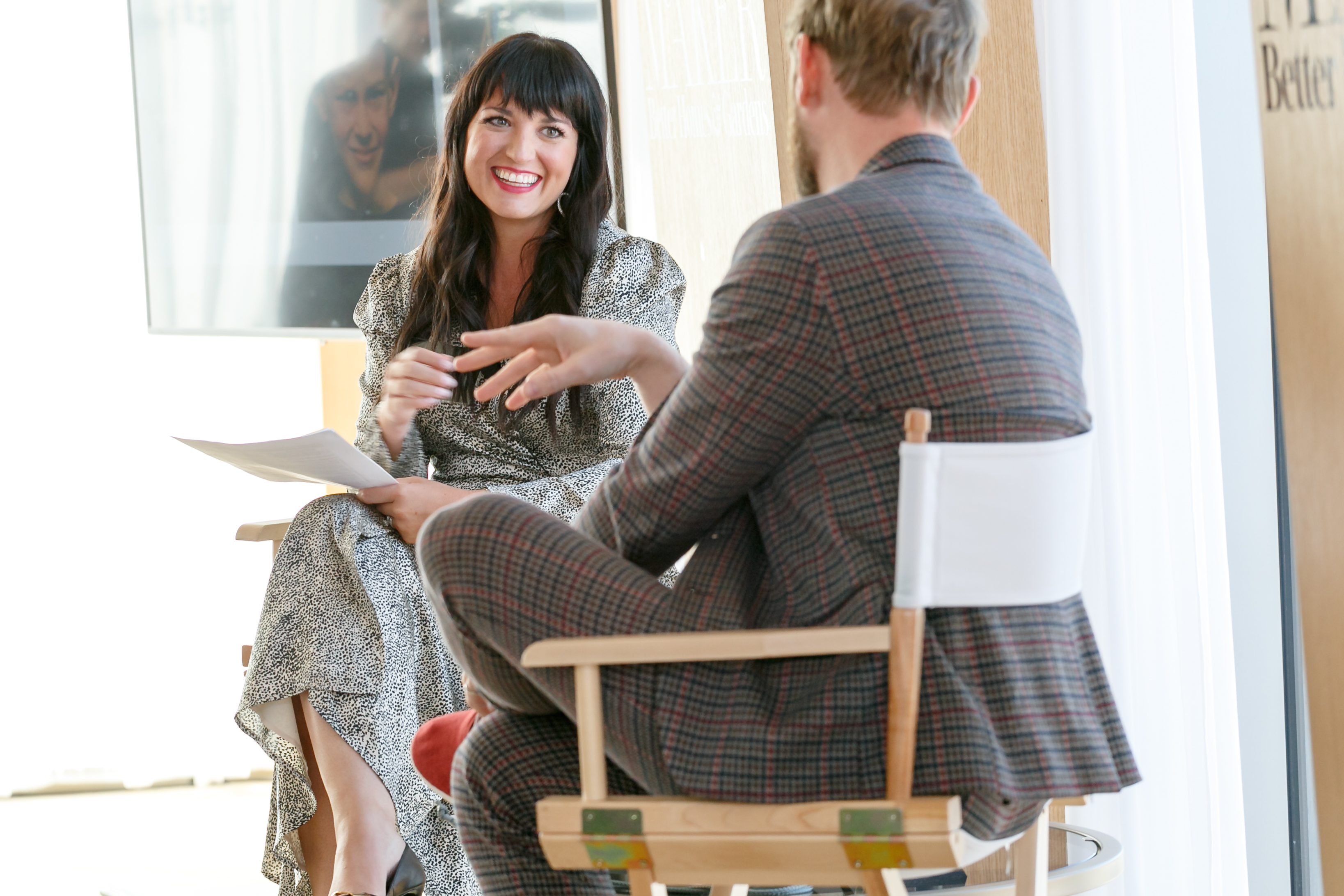
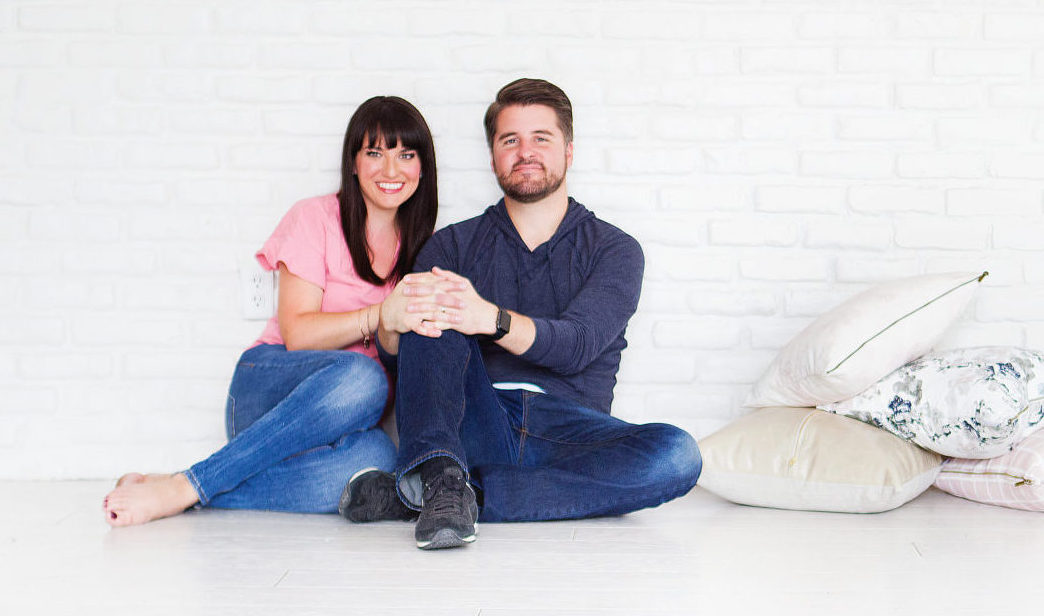
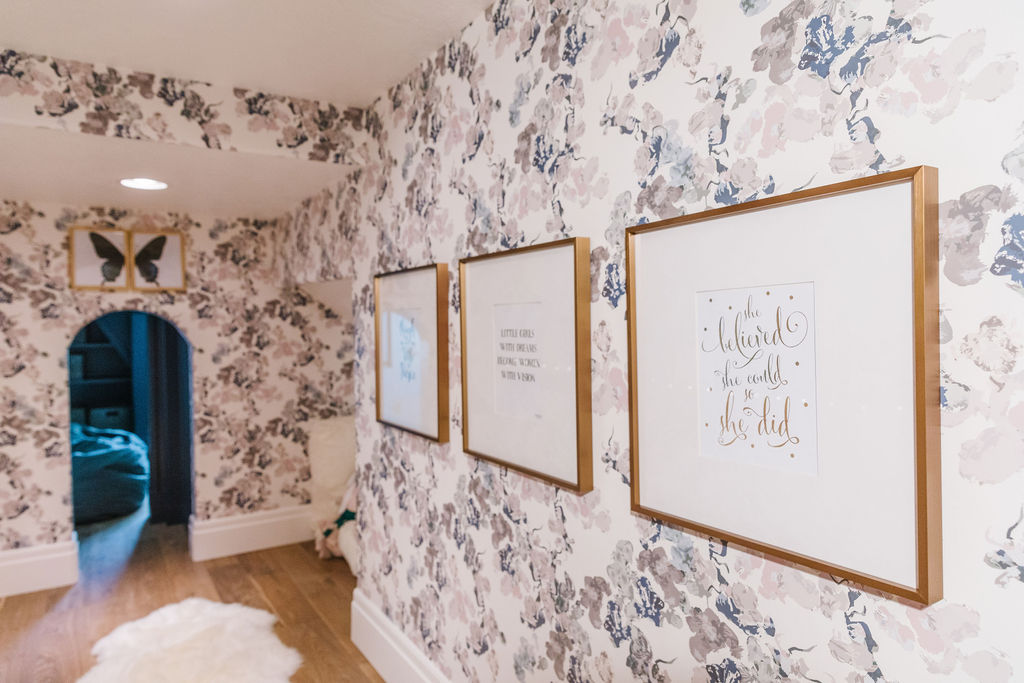
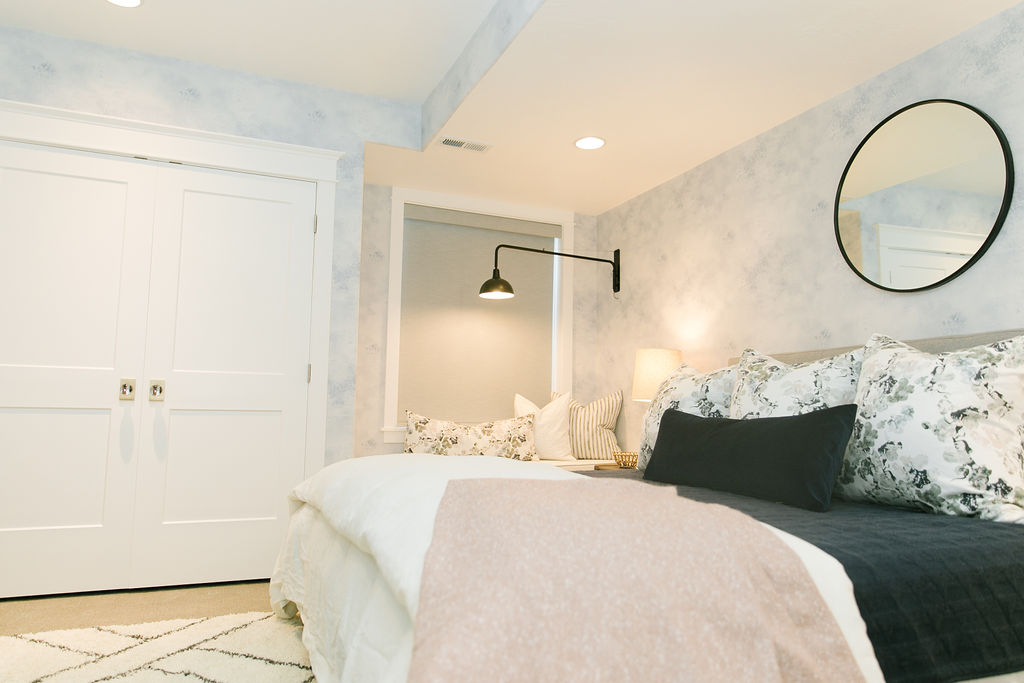
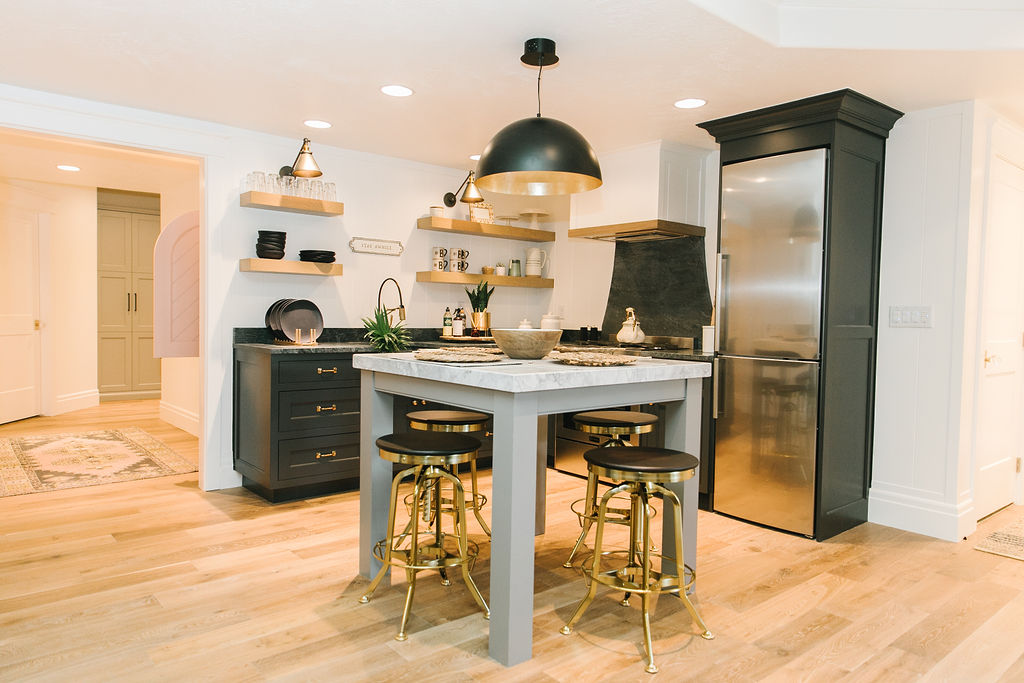
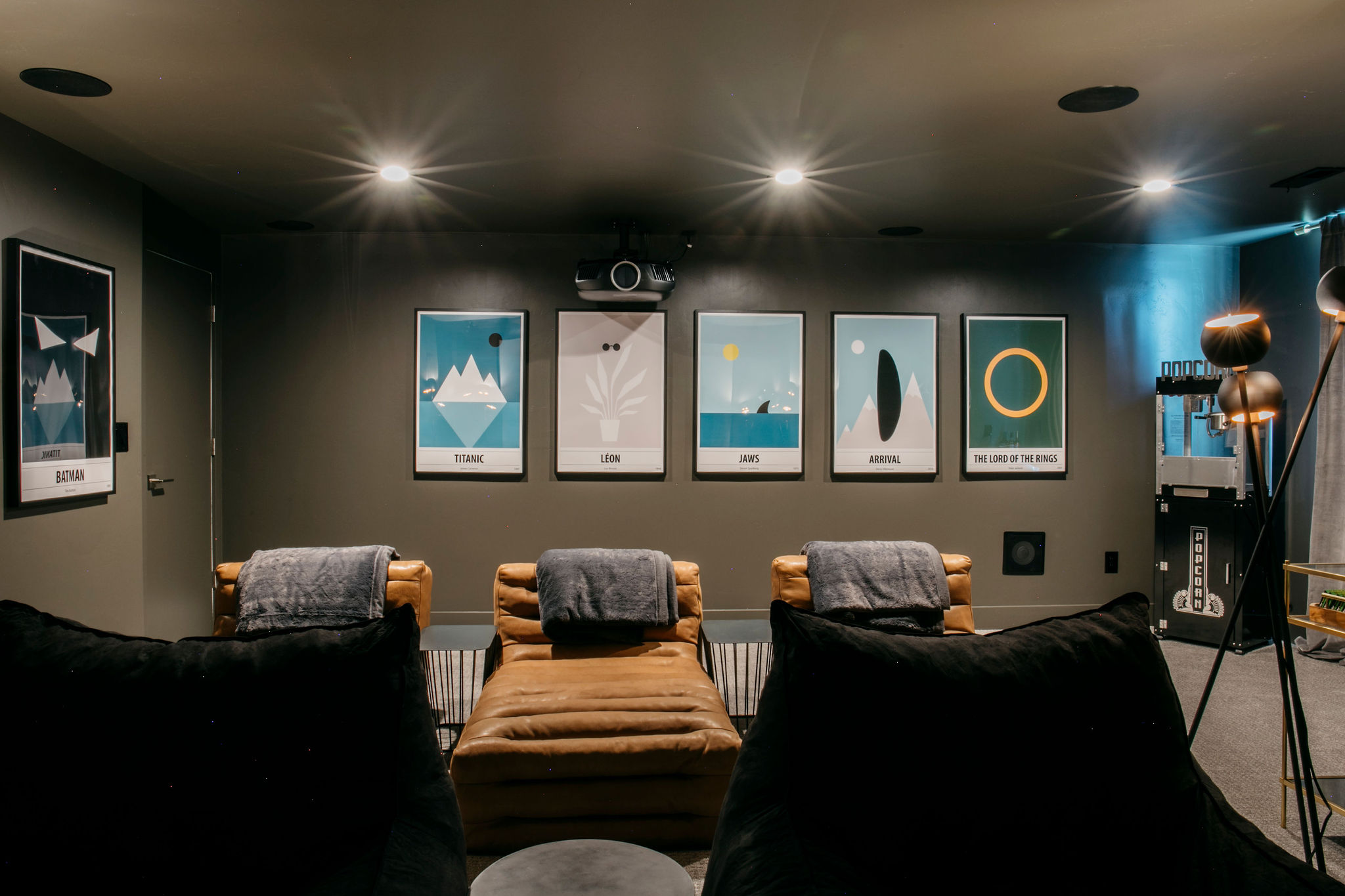
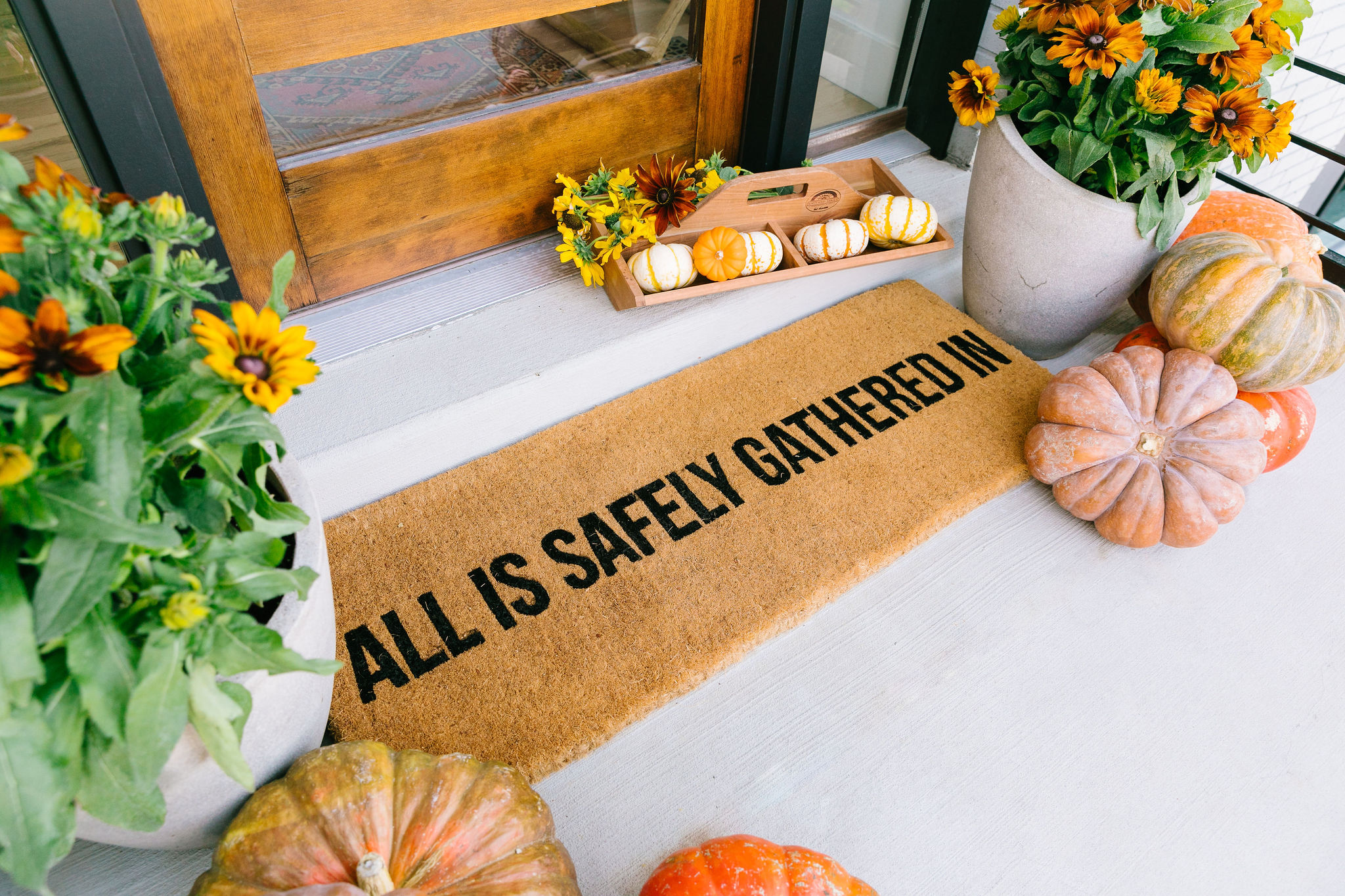
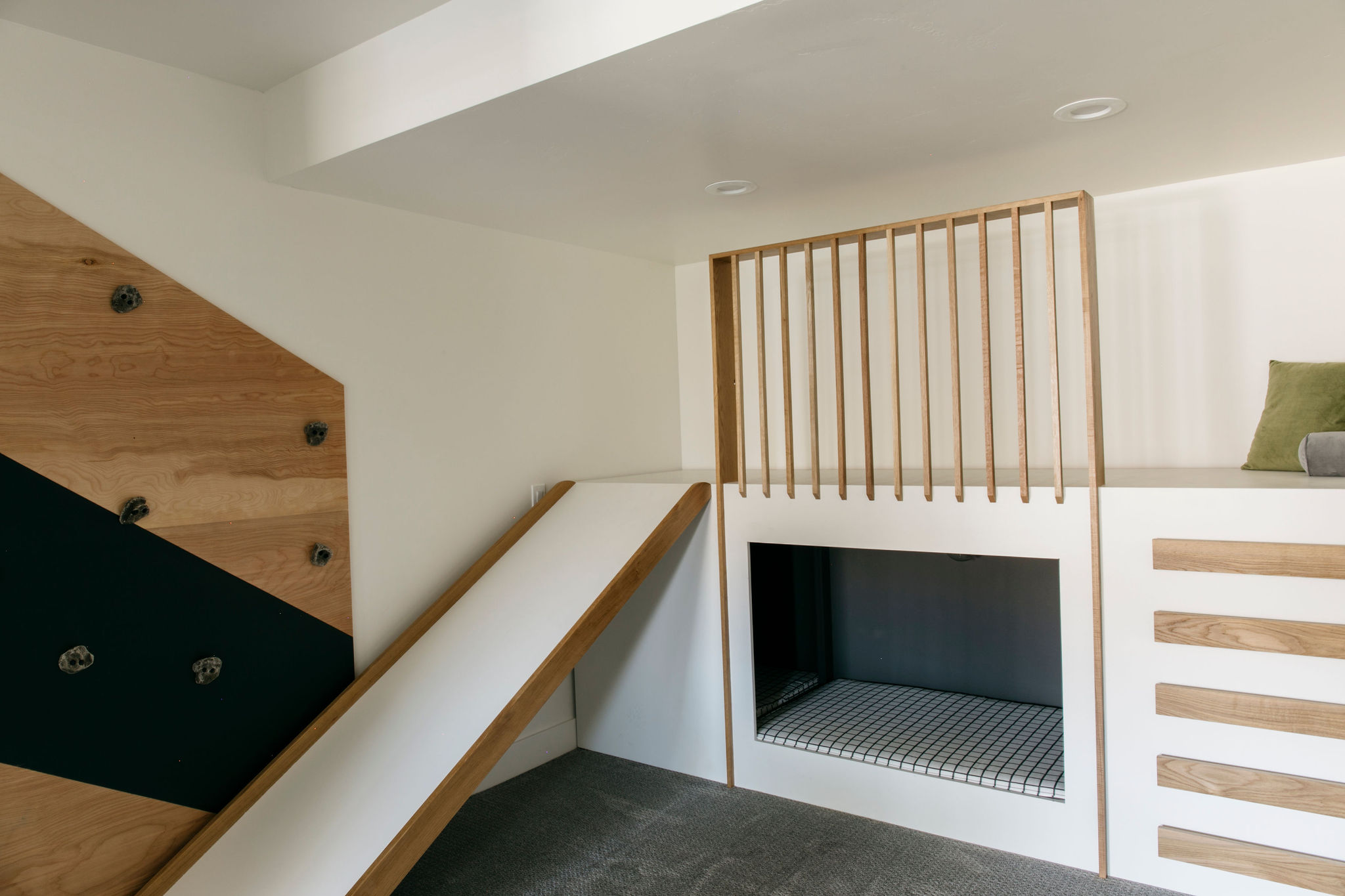
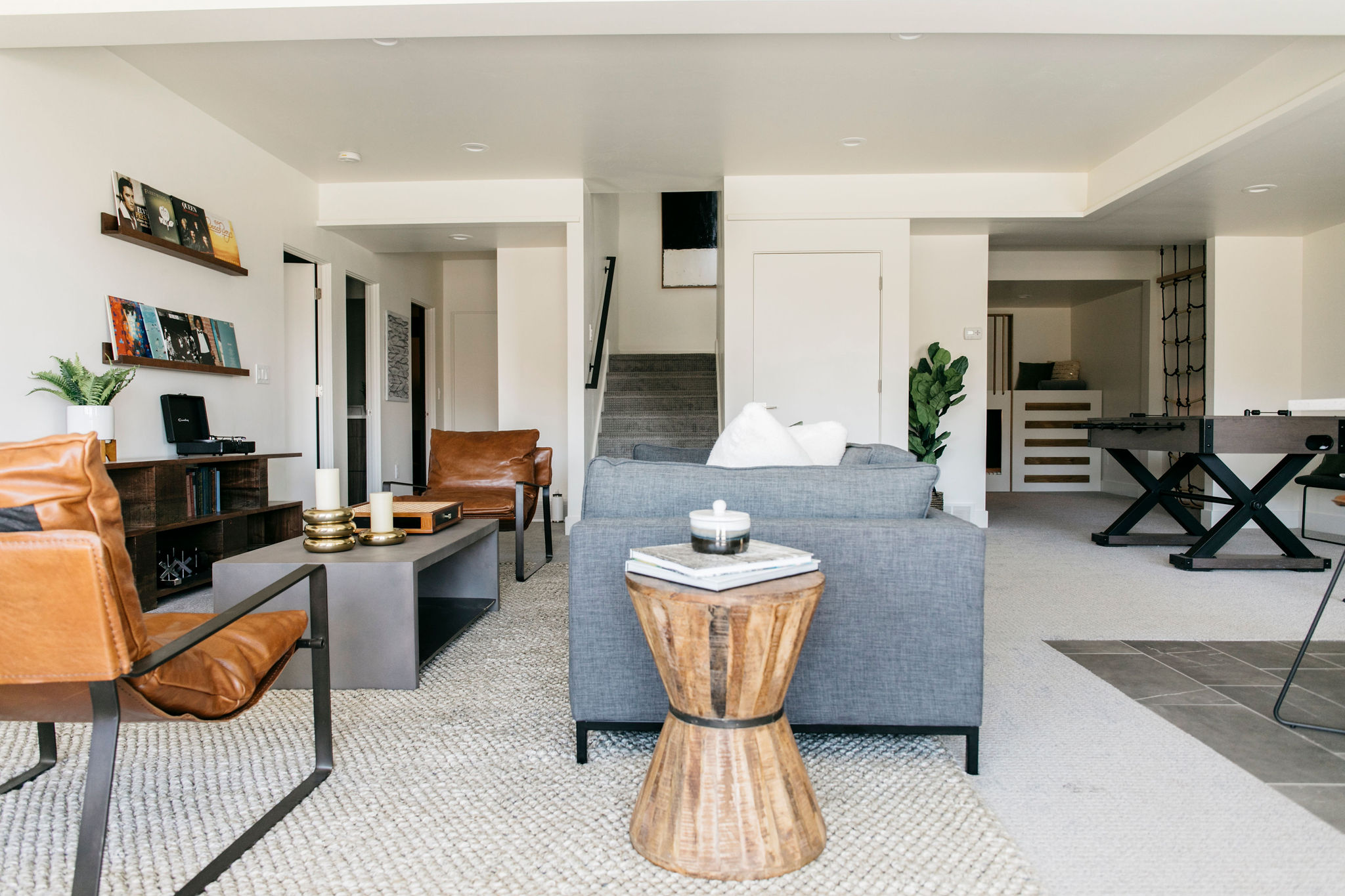

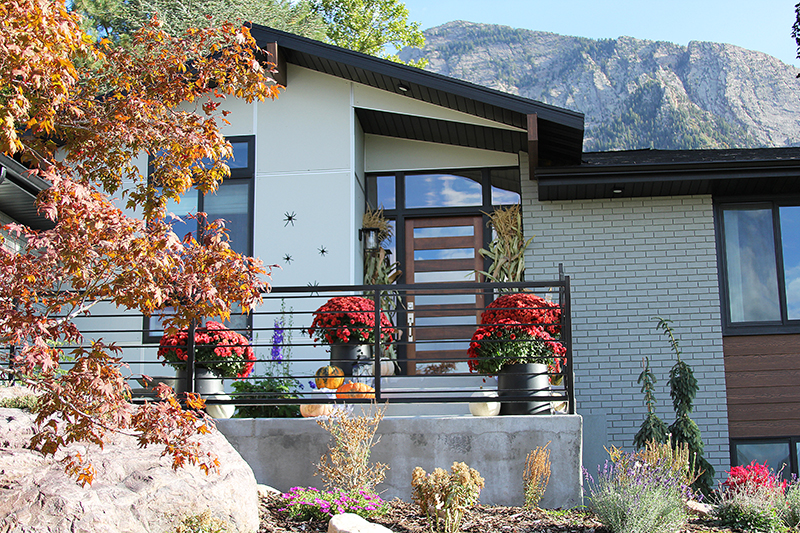
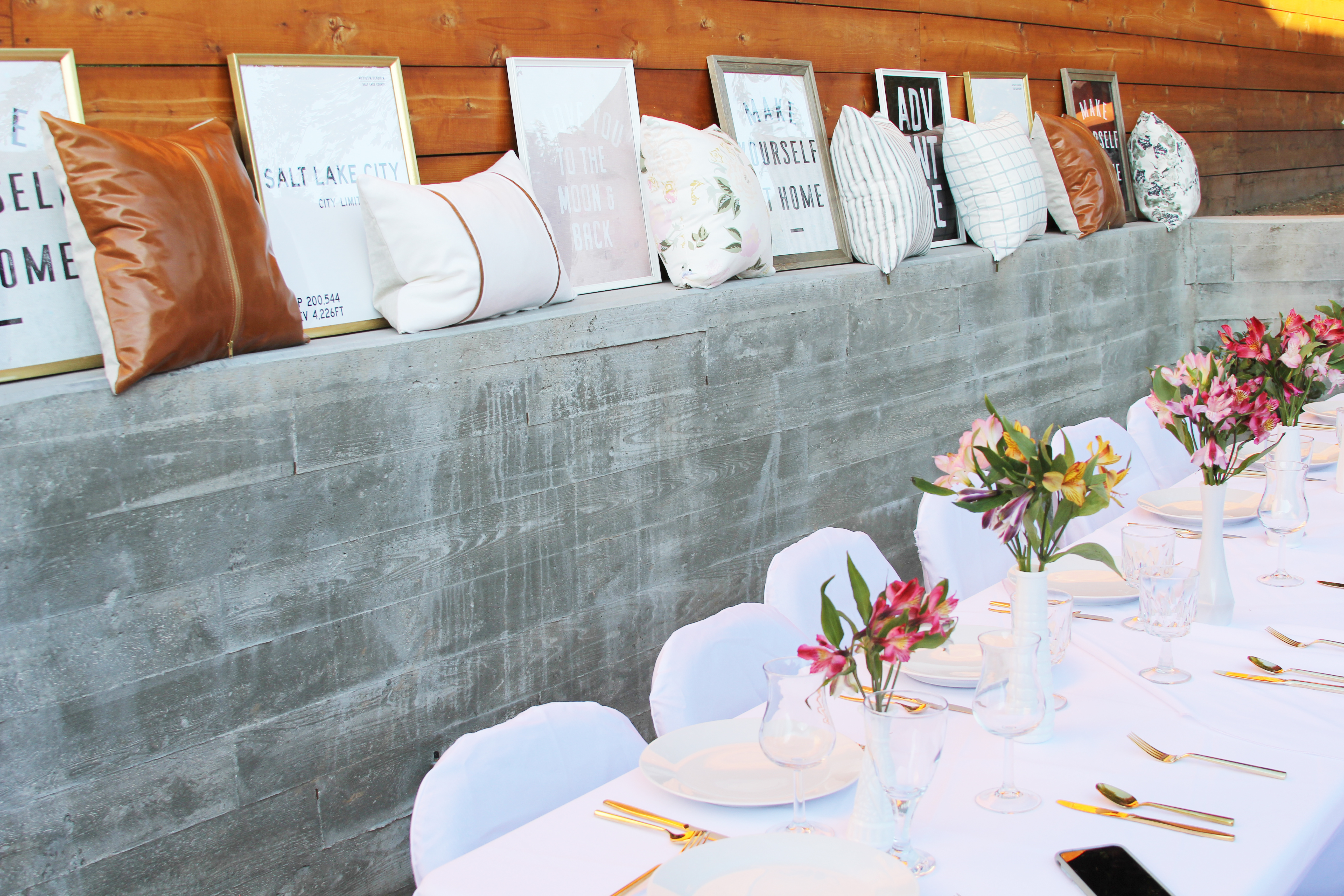
Hi Jen,
I am such a fan!! I just wanted to say thank you for writing such a great article. I was able to share this with my 7th grade class because we are reading a novel about women who make the journey to gather water for their families in Ethiopia. My class wants to make the birth kits!
Thanks again!!